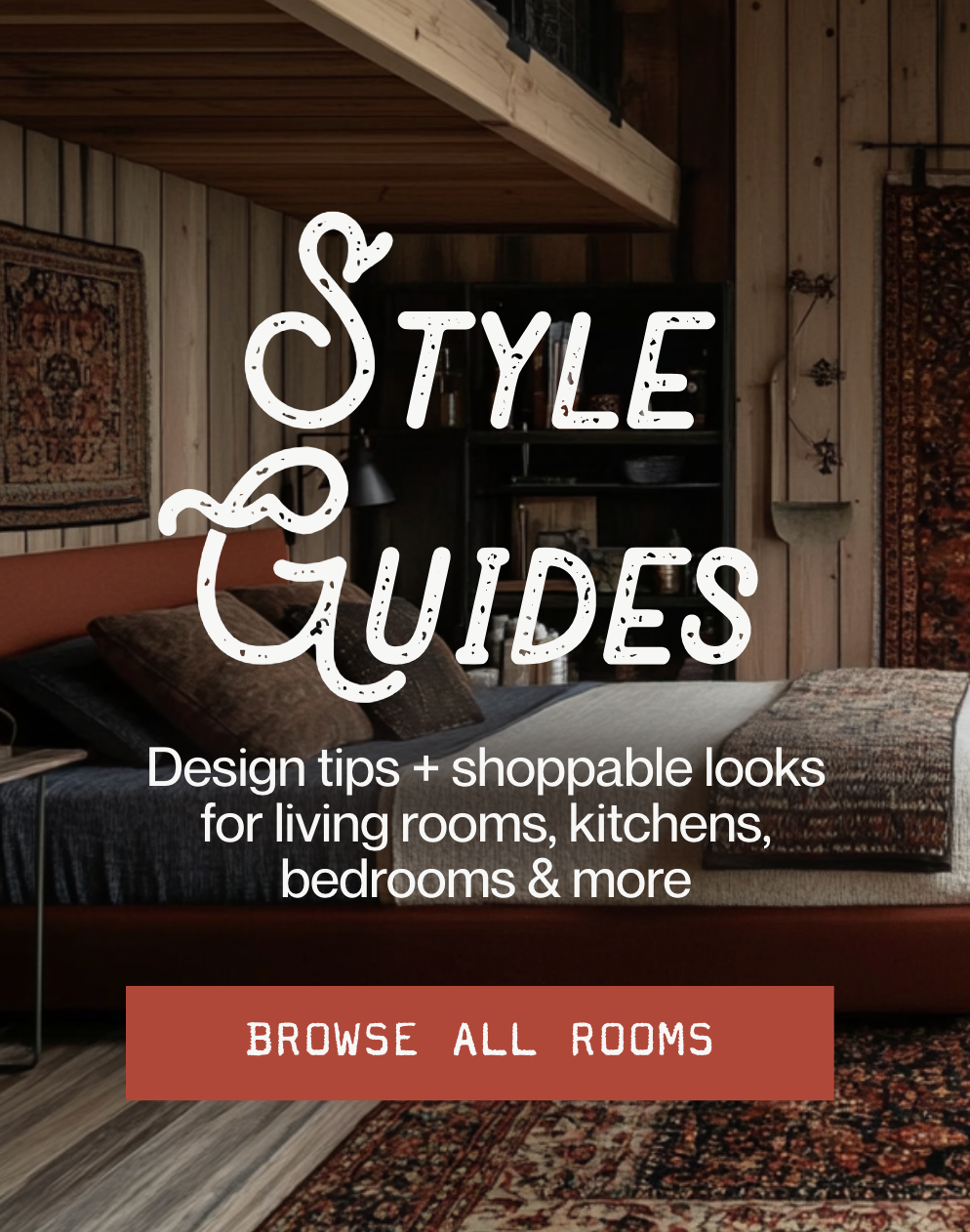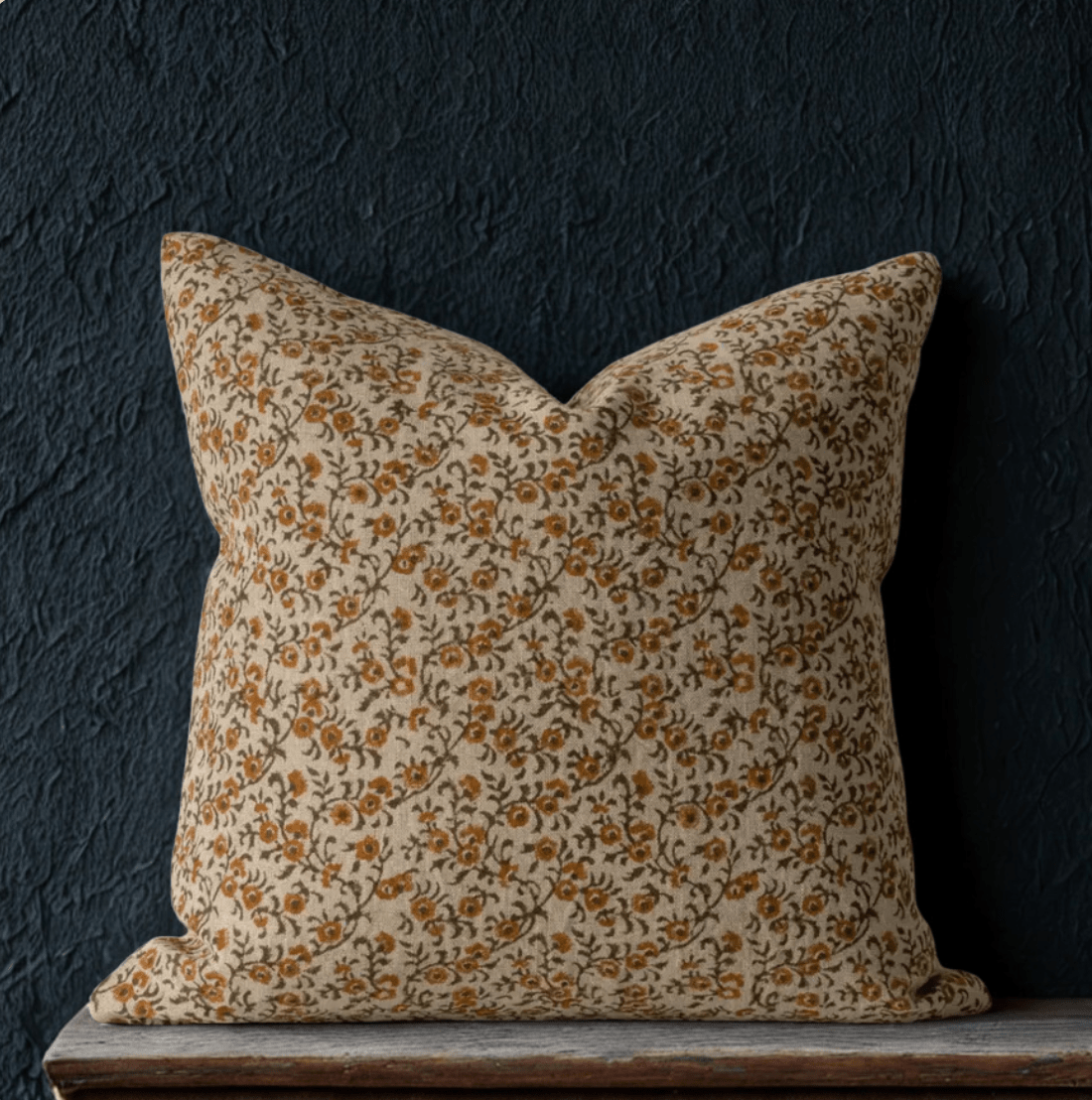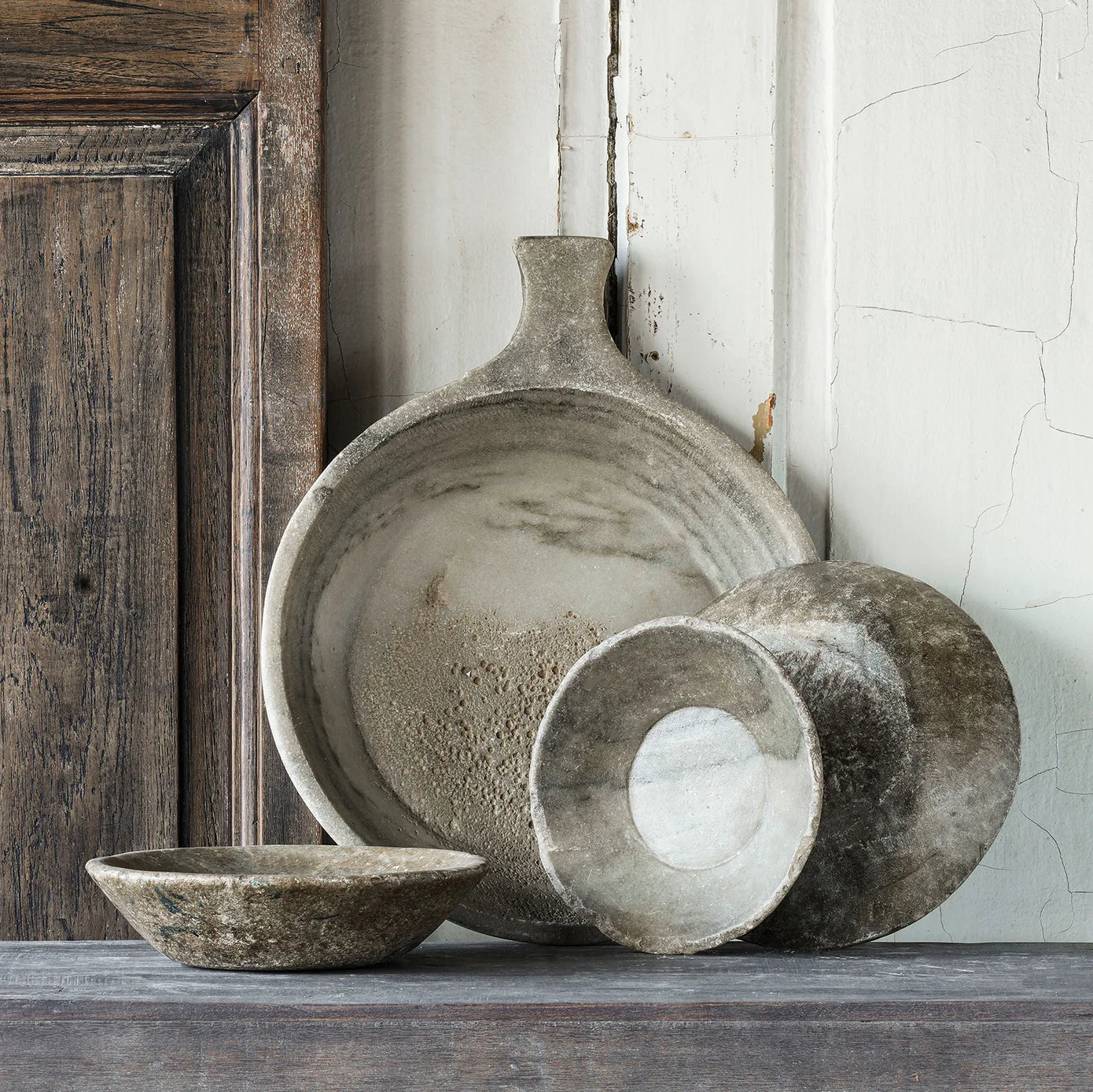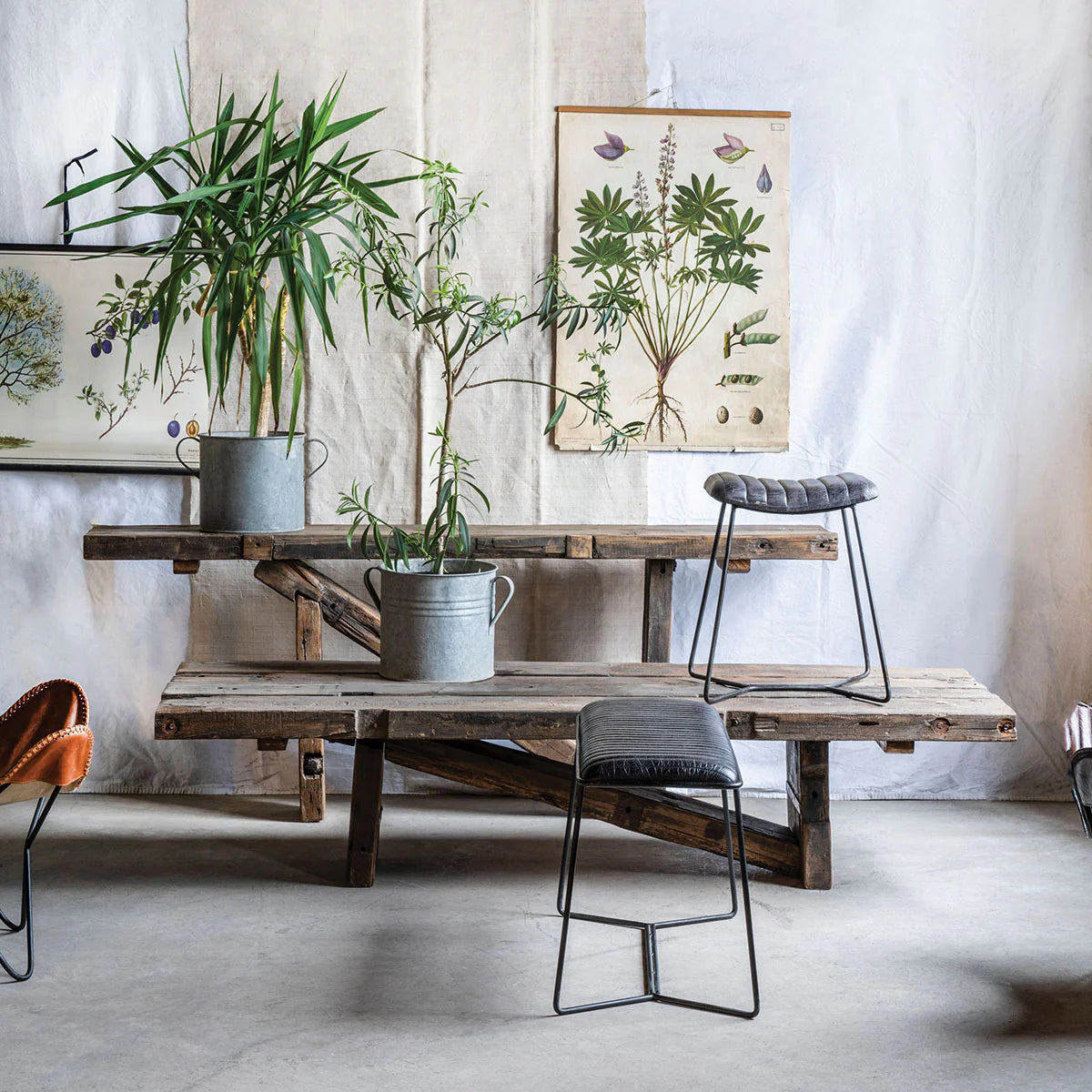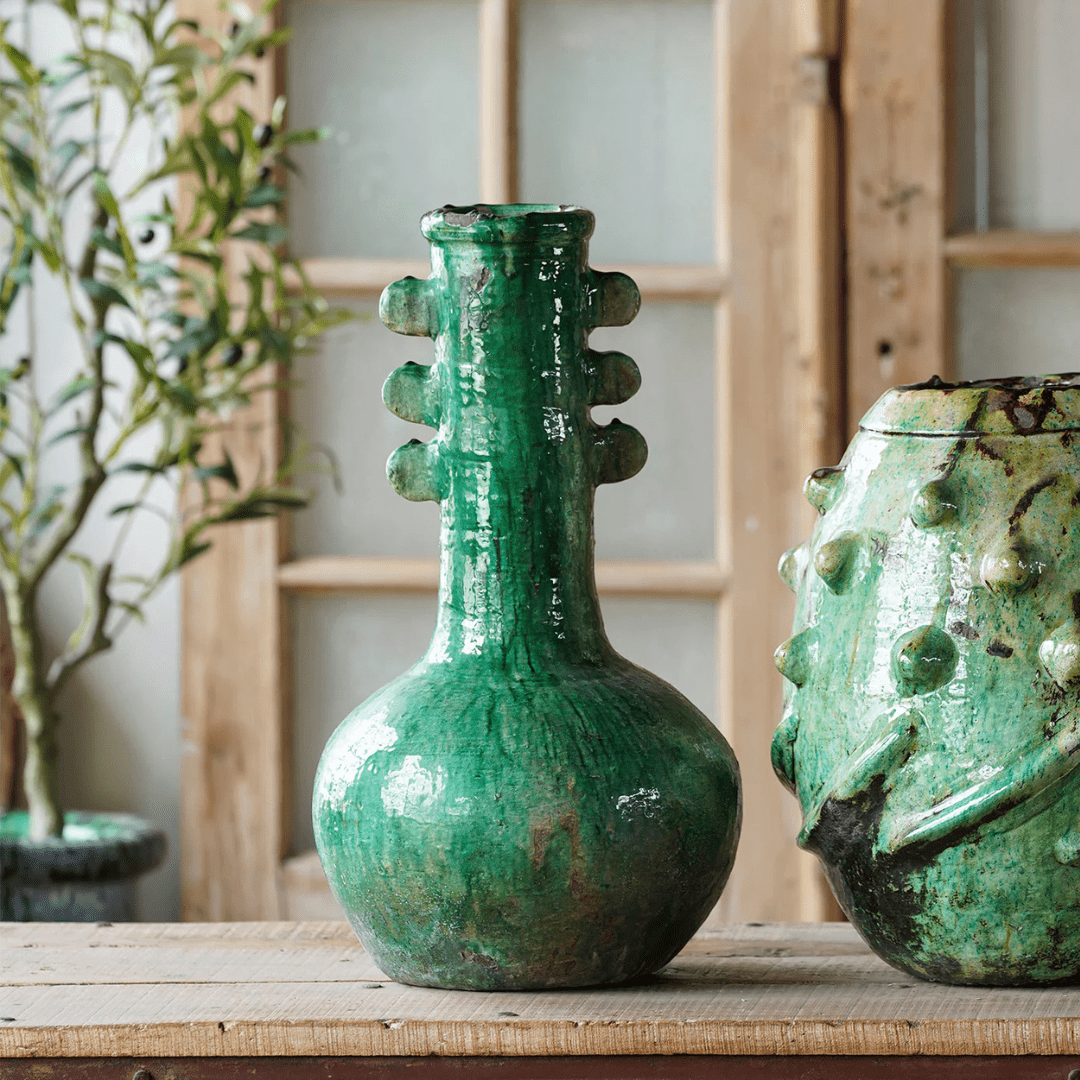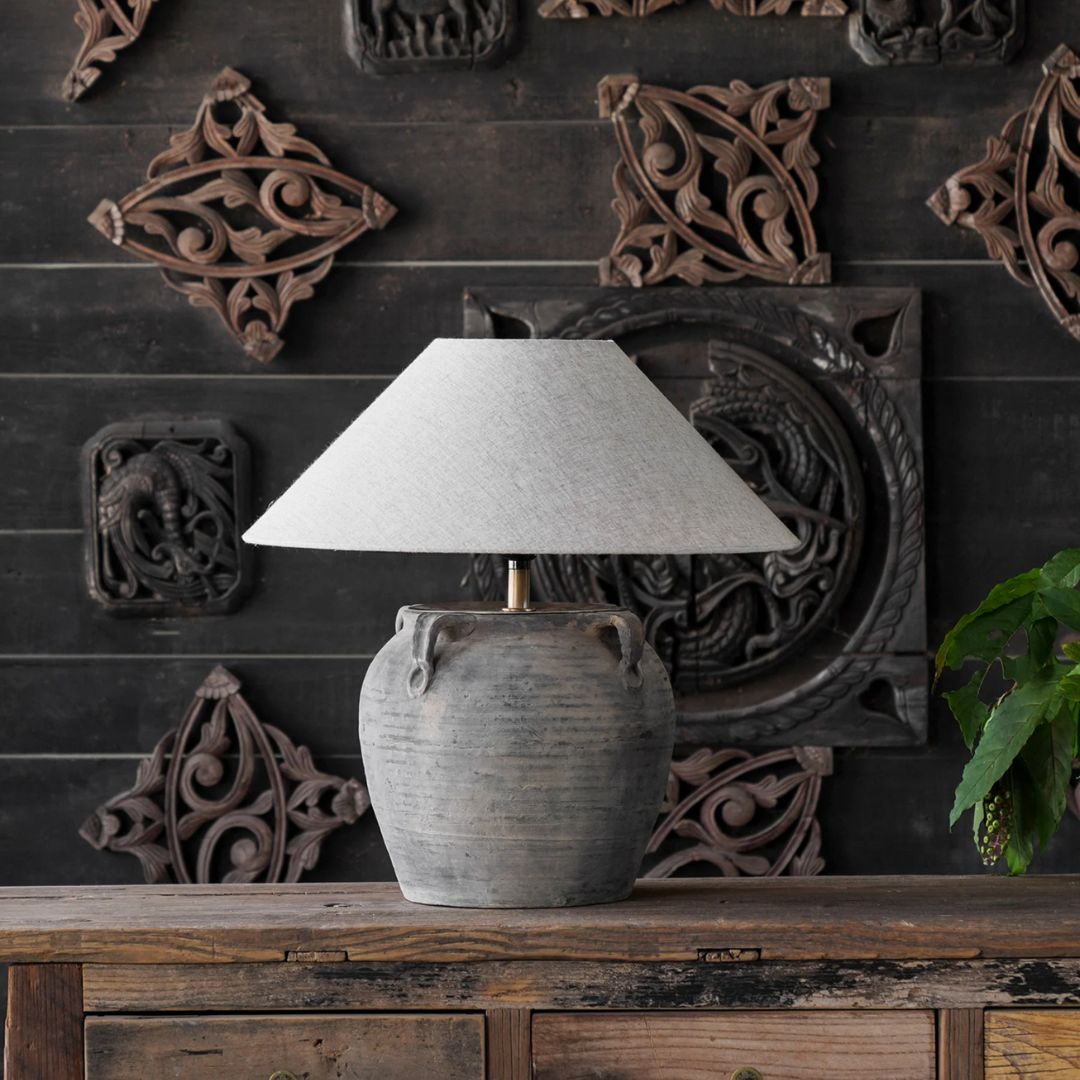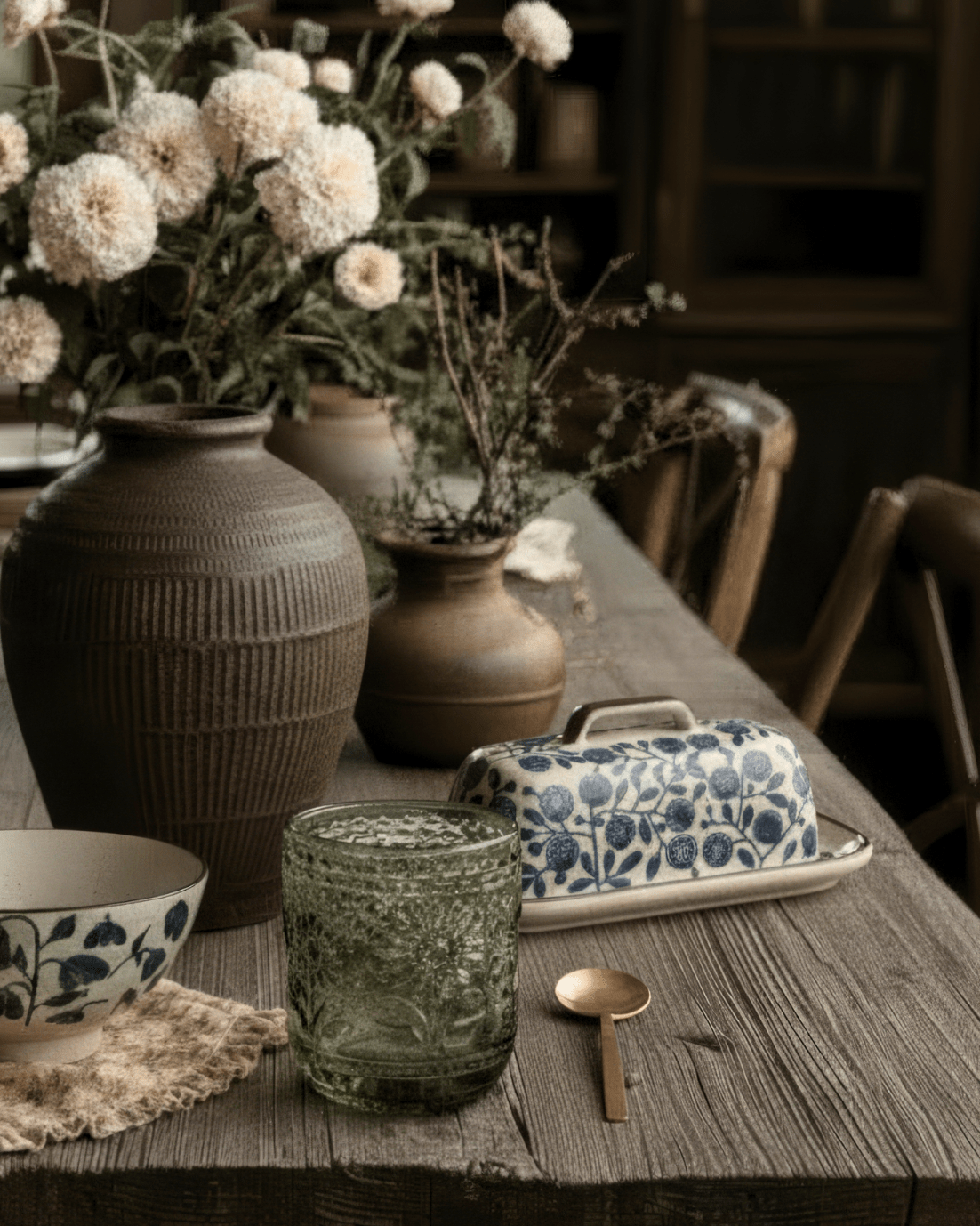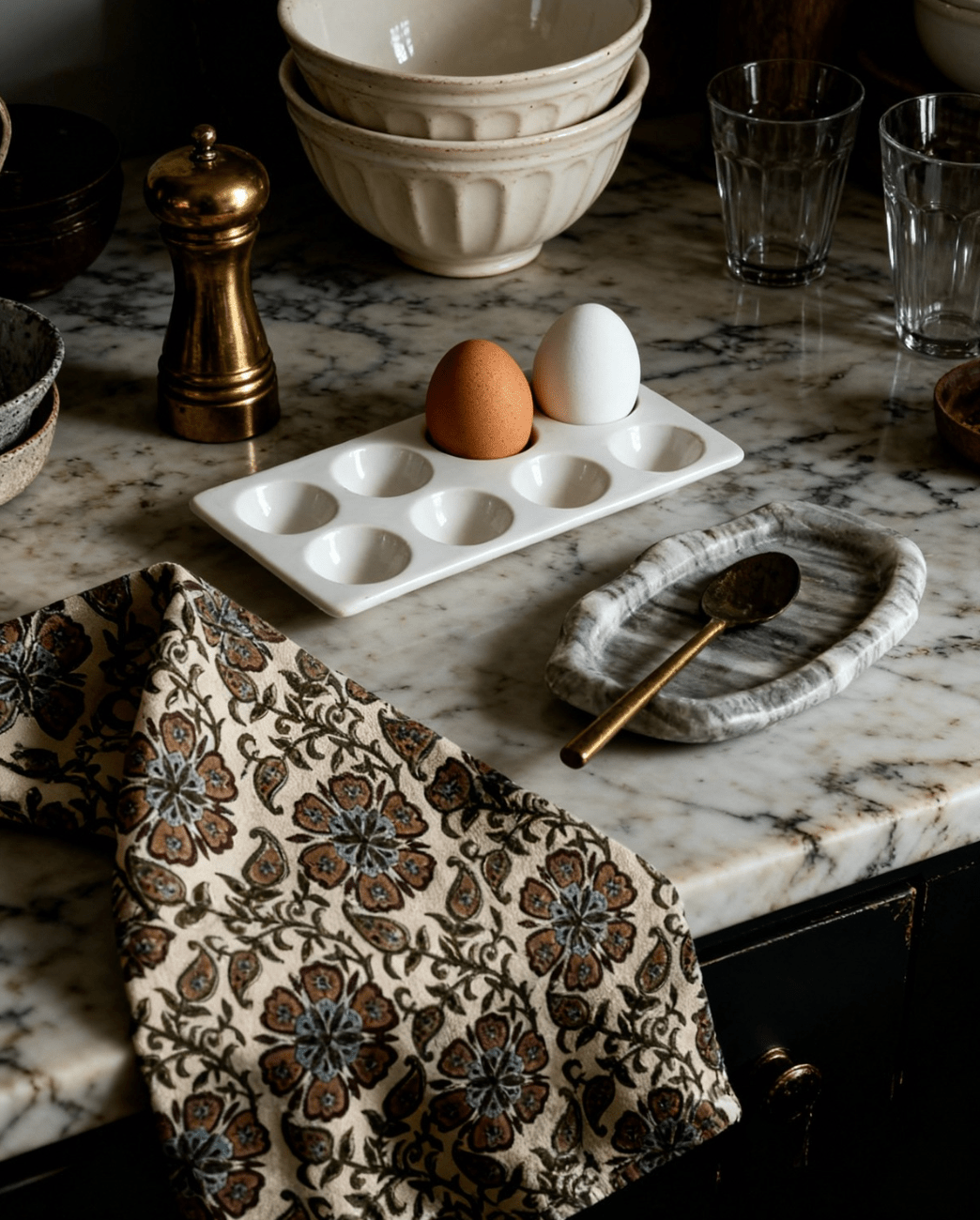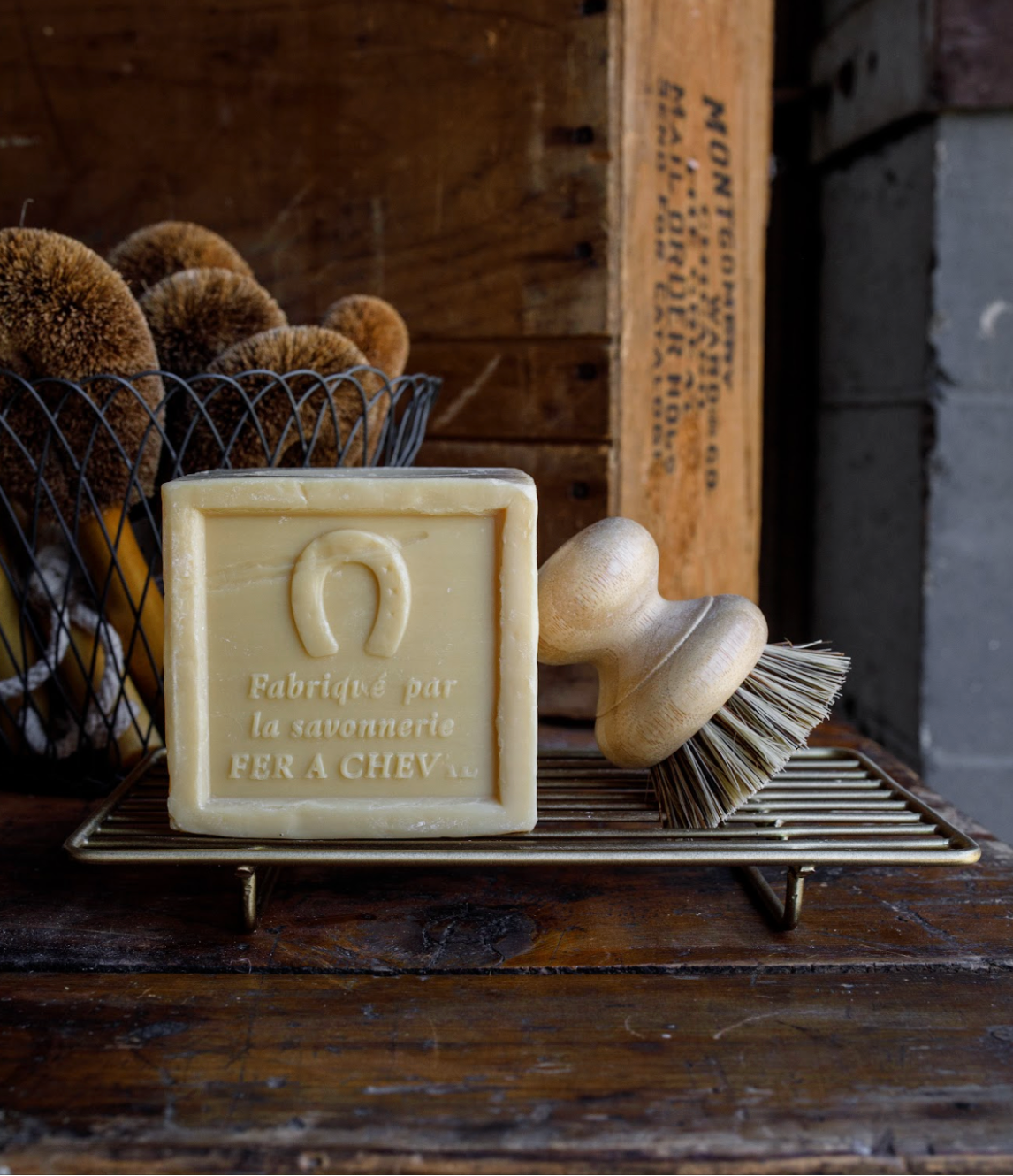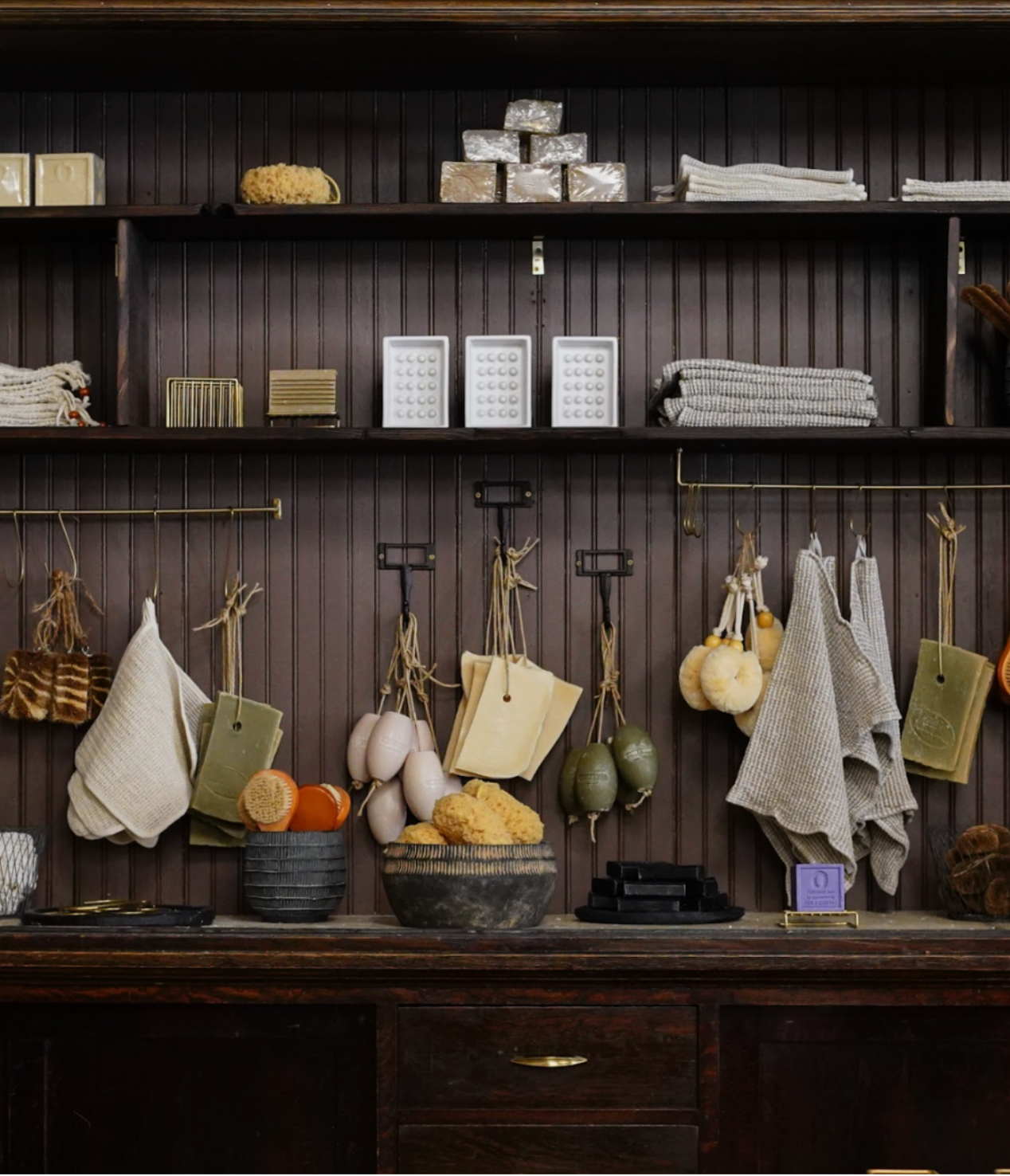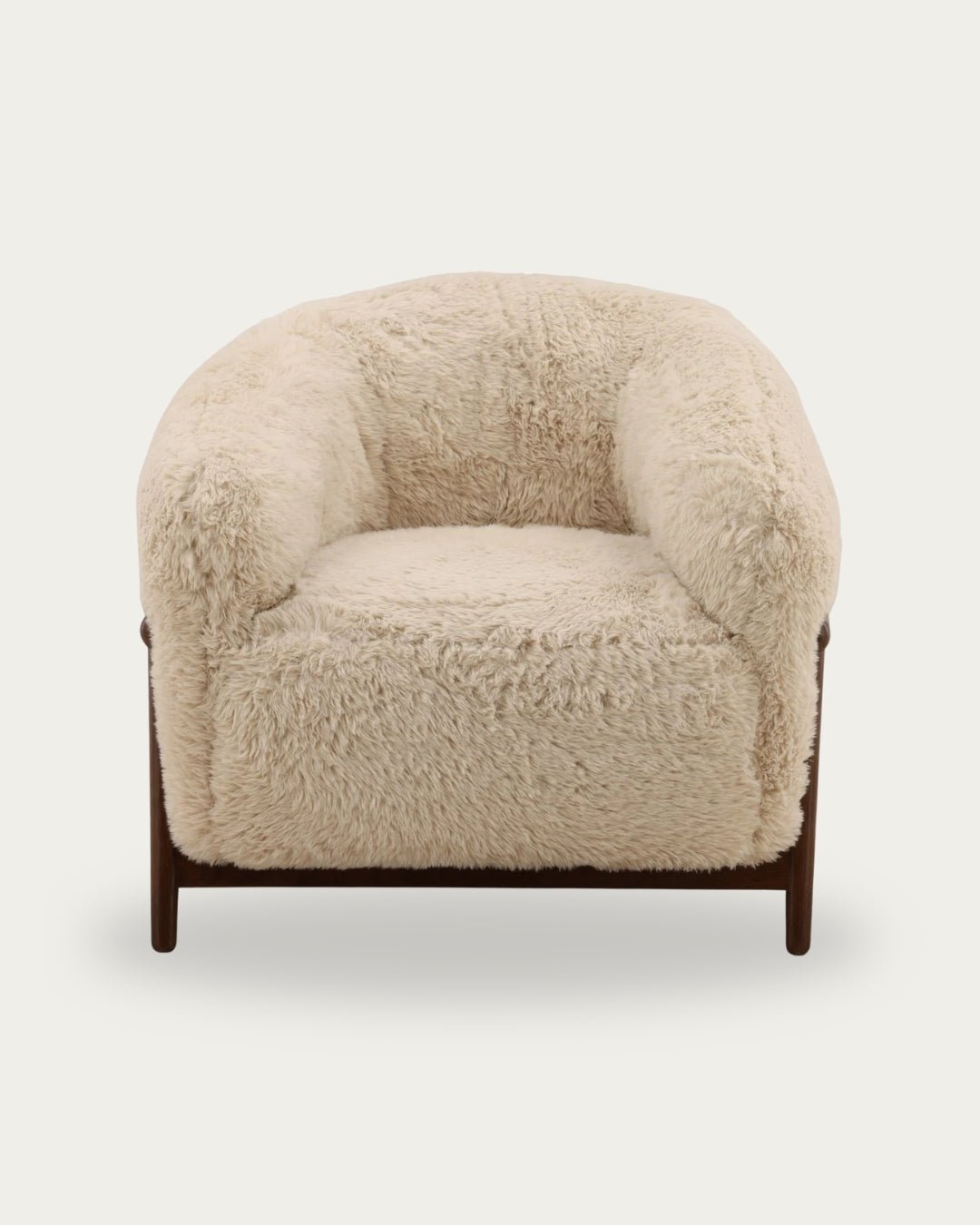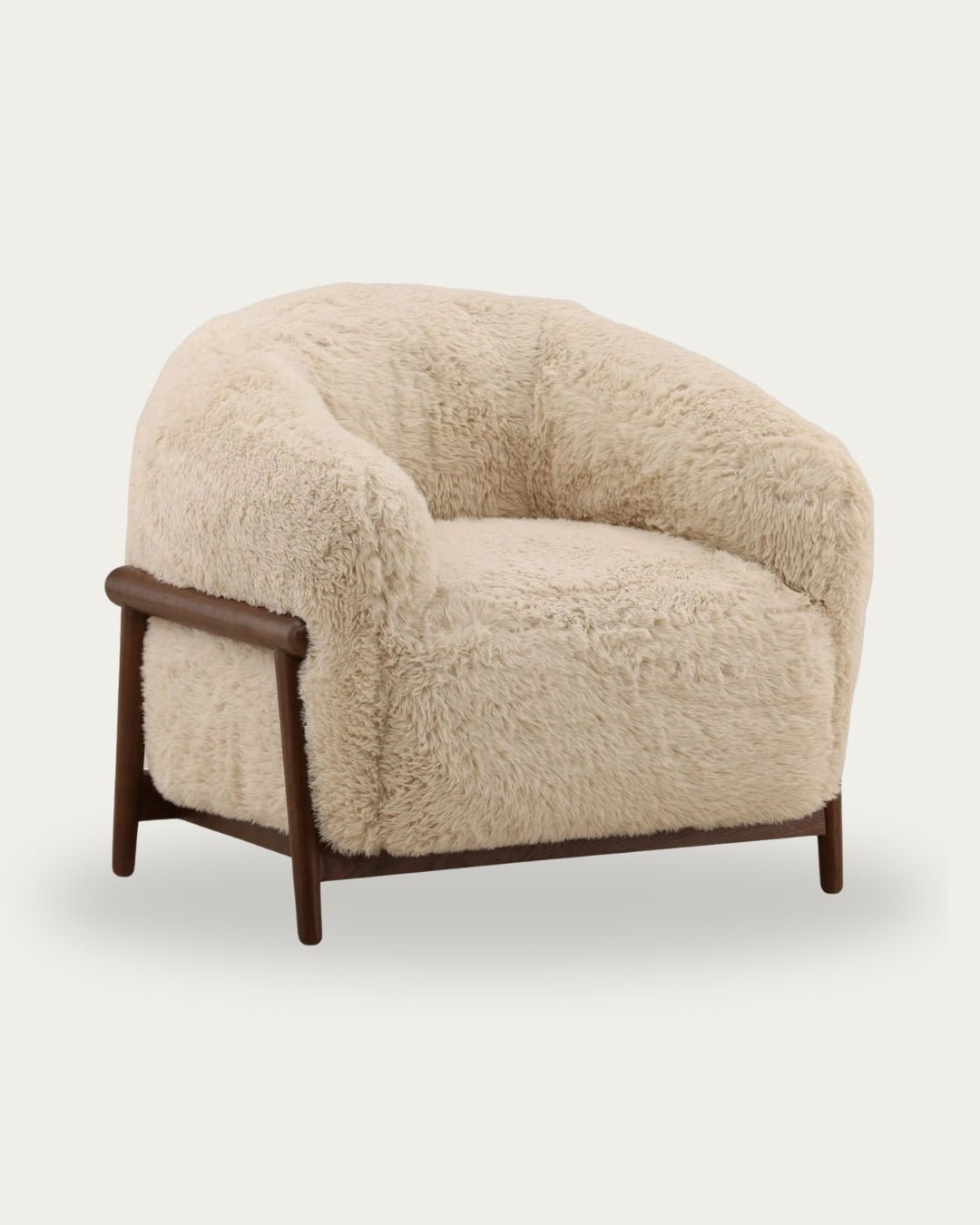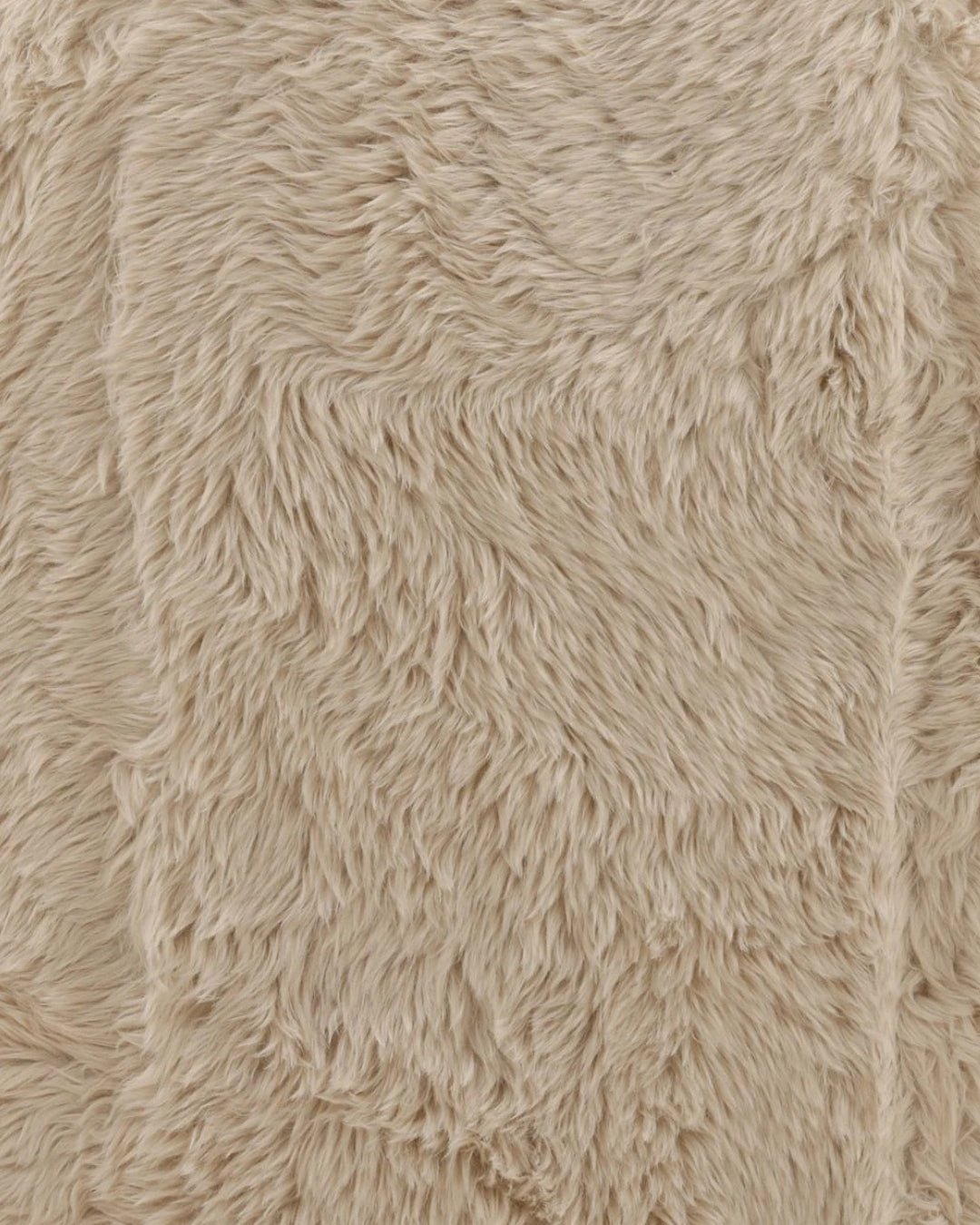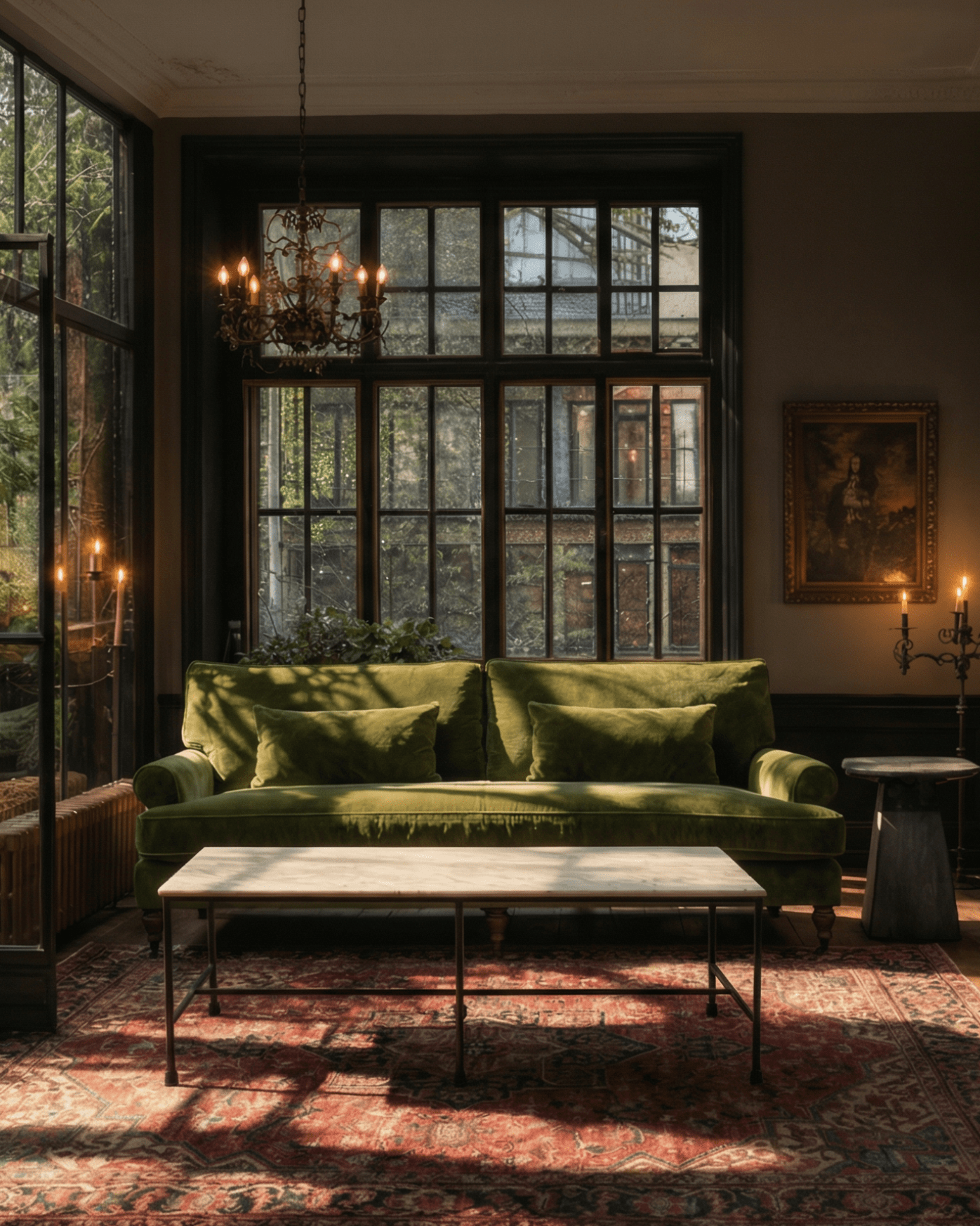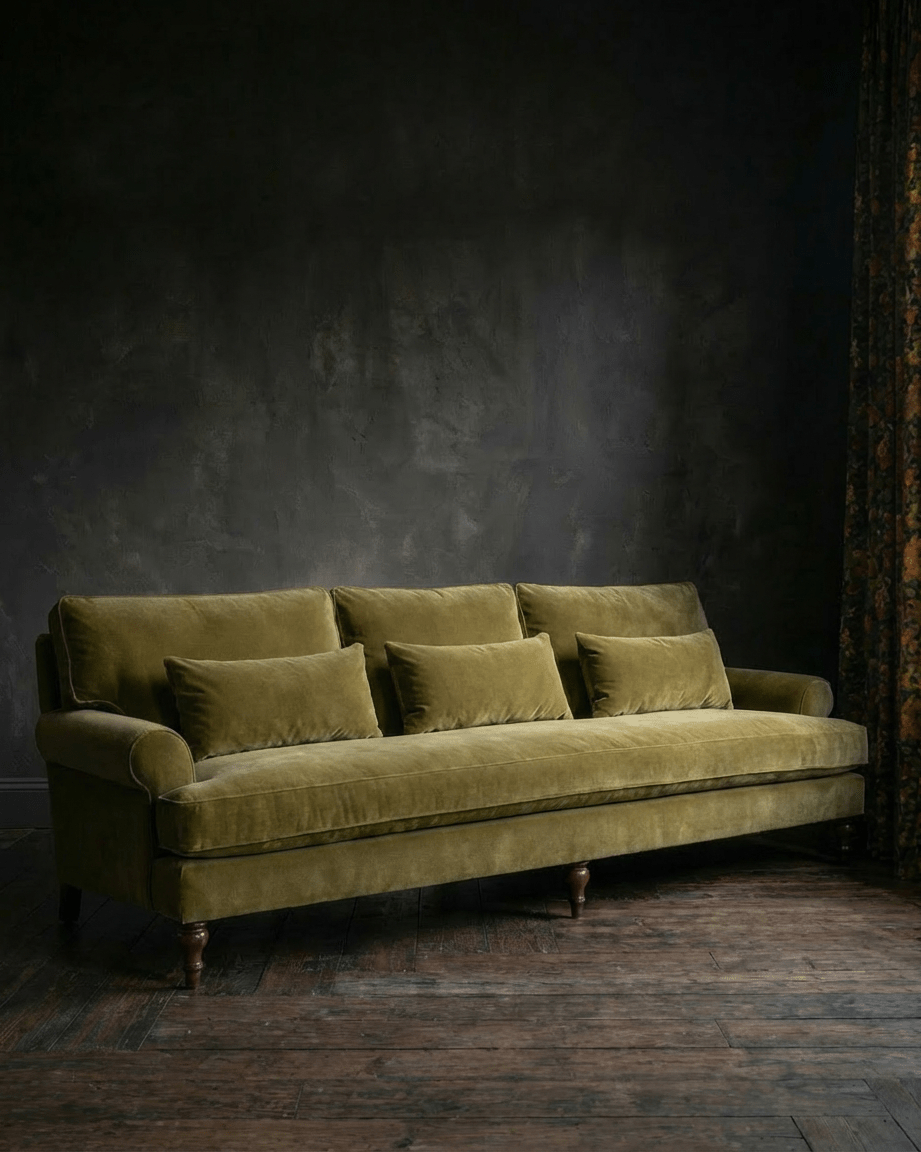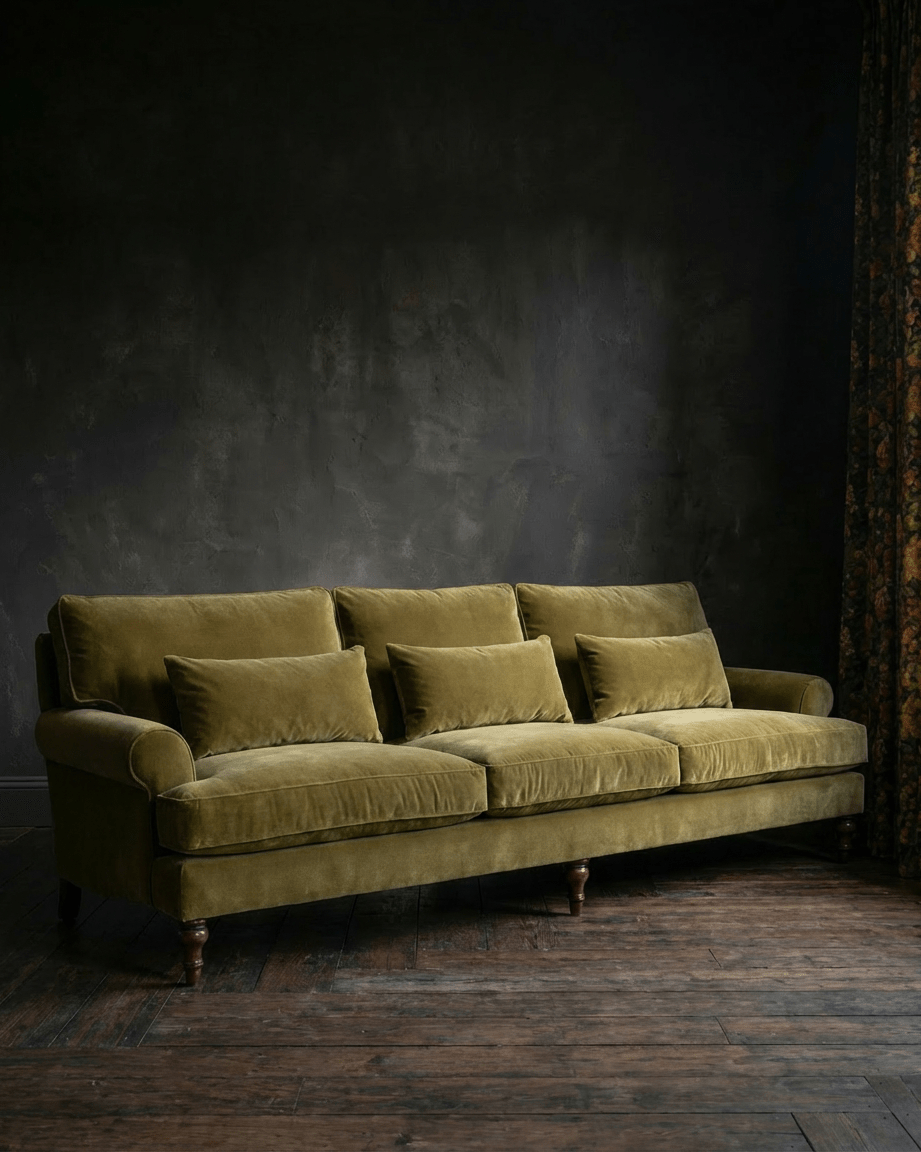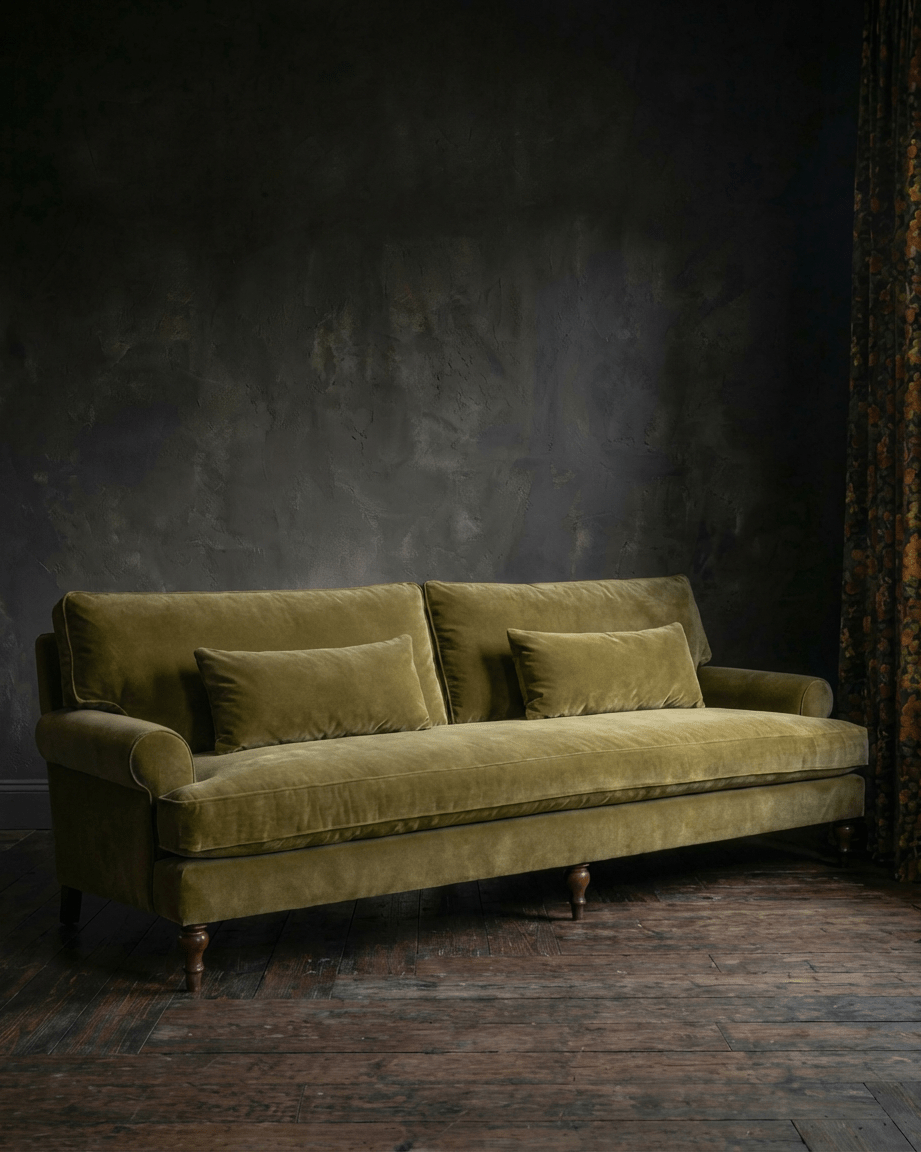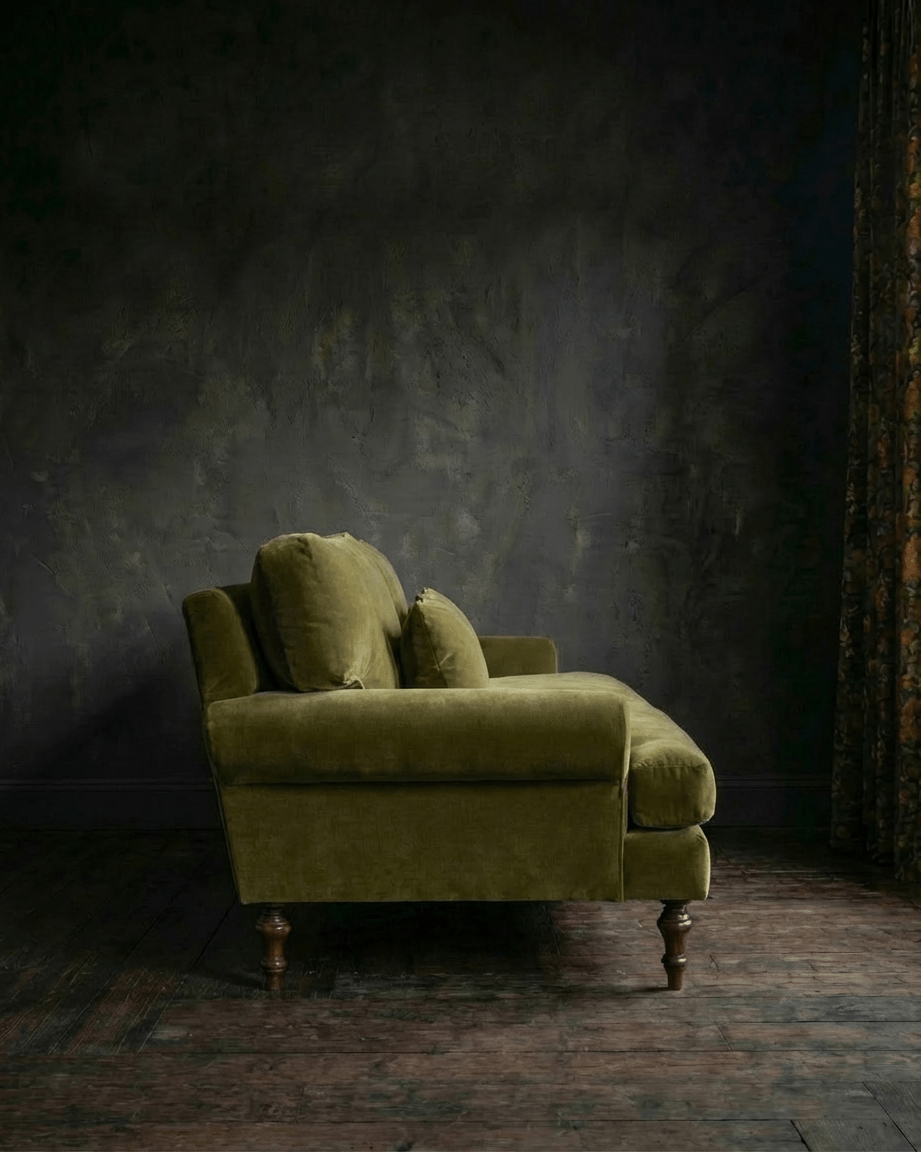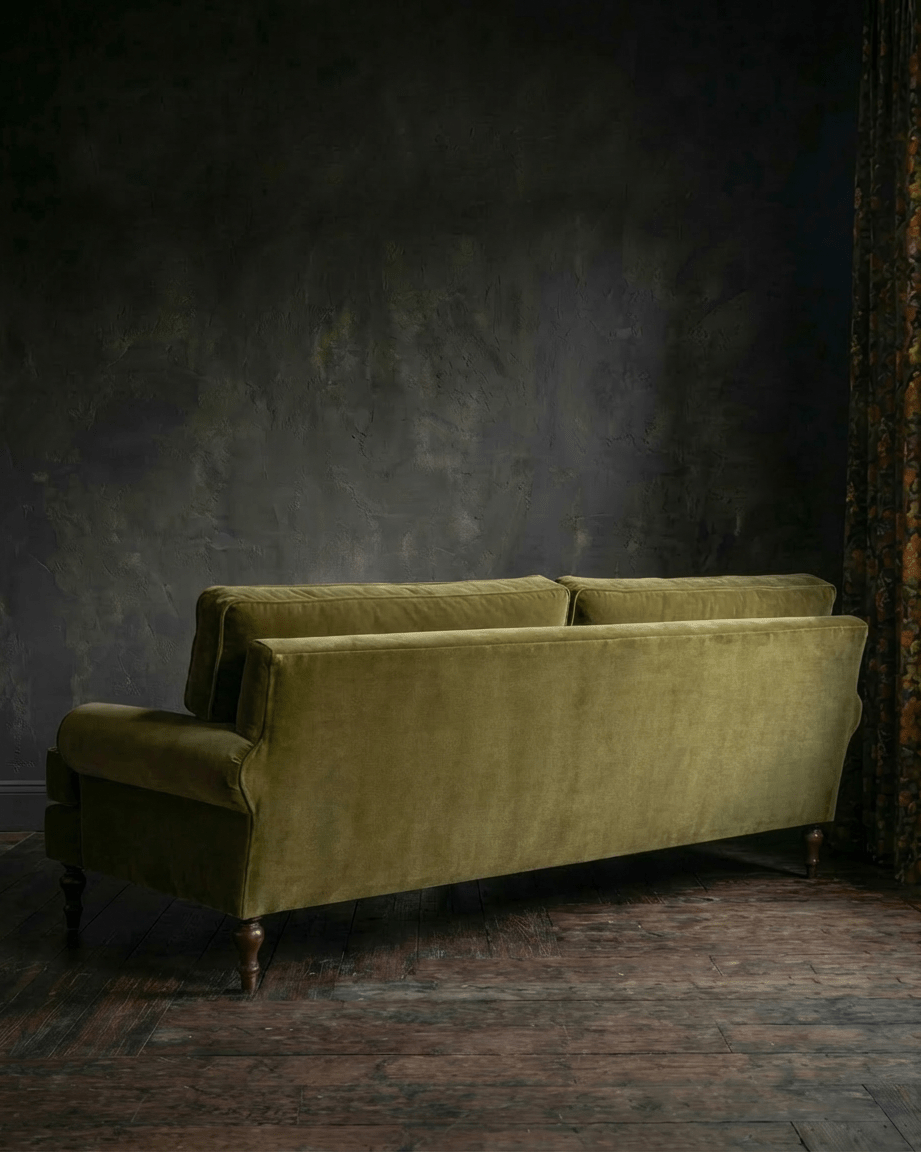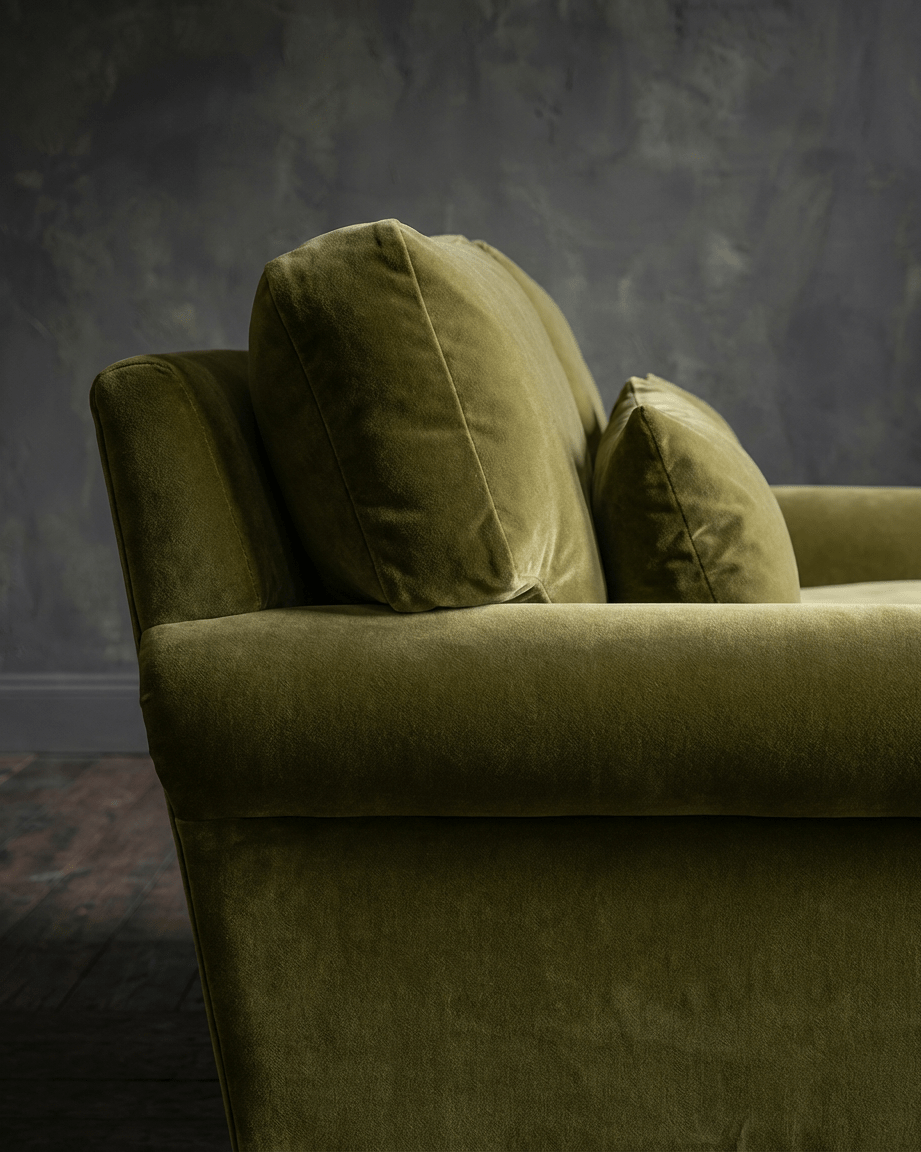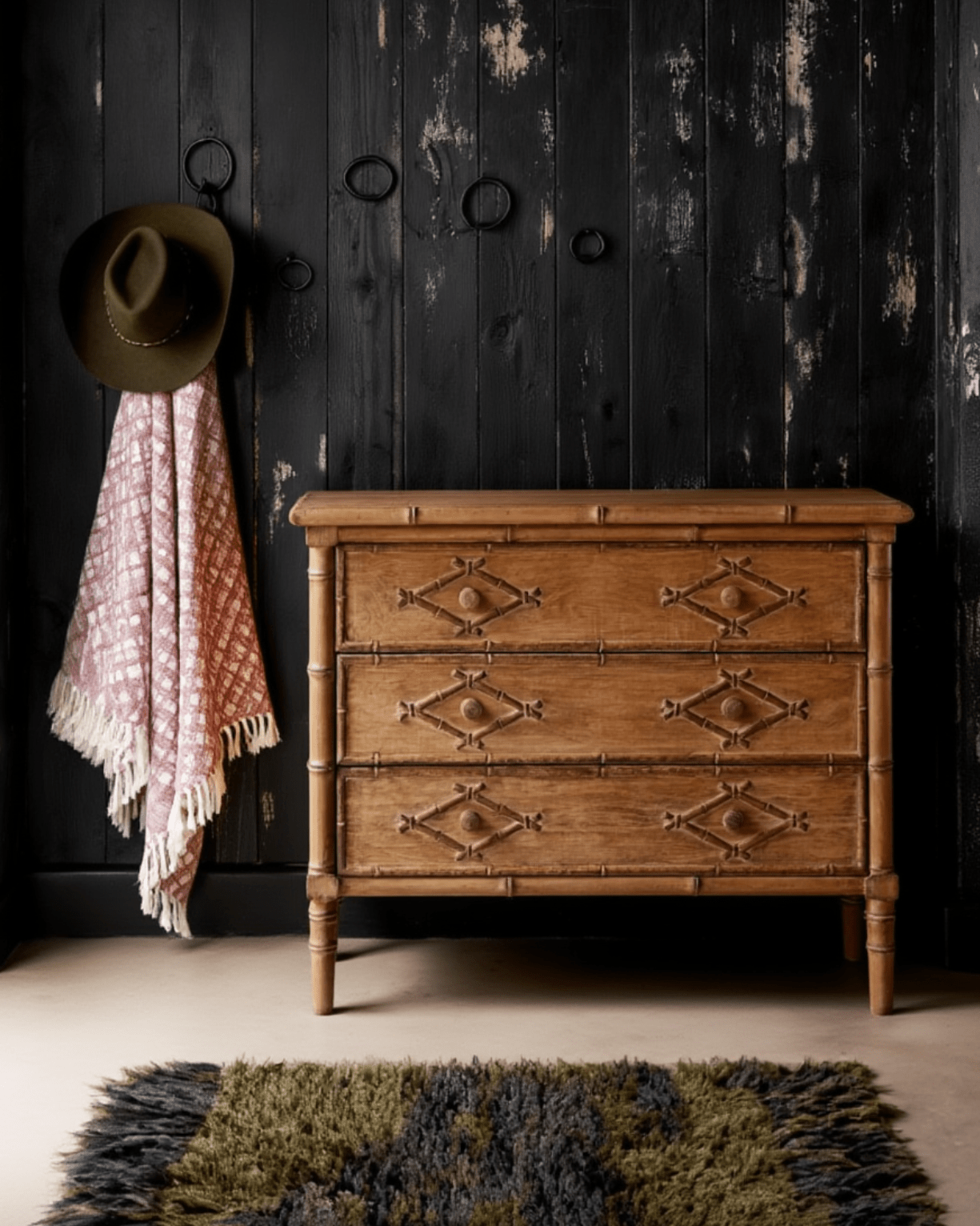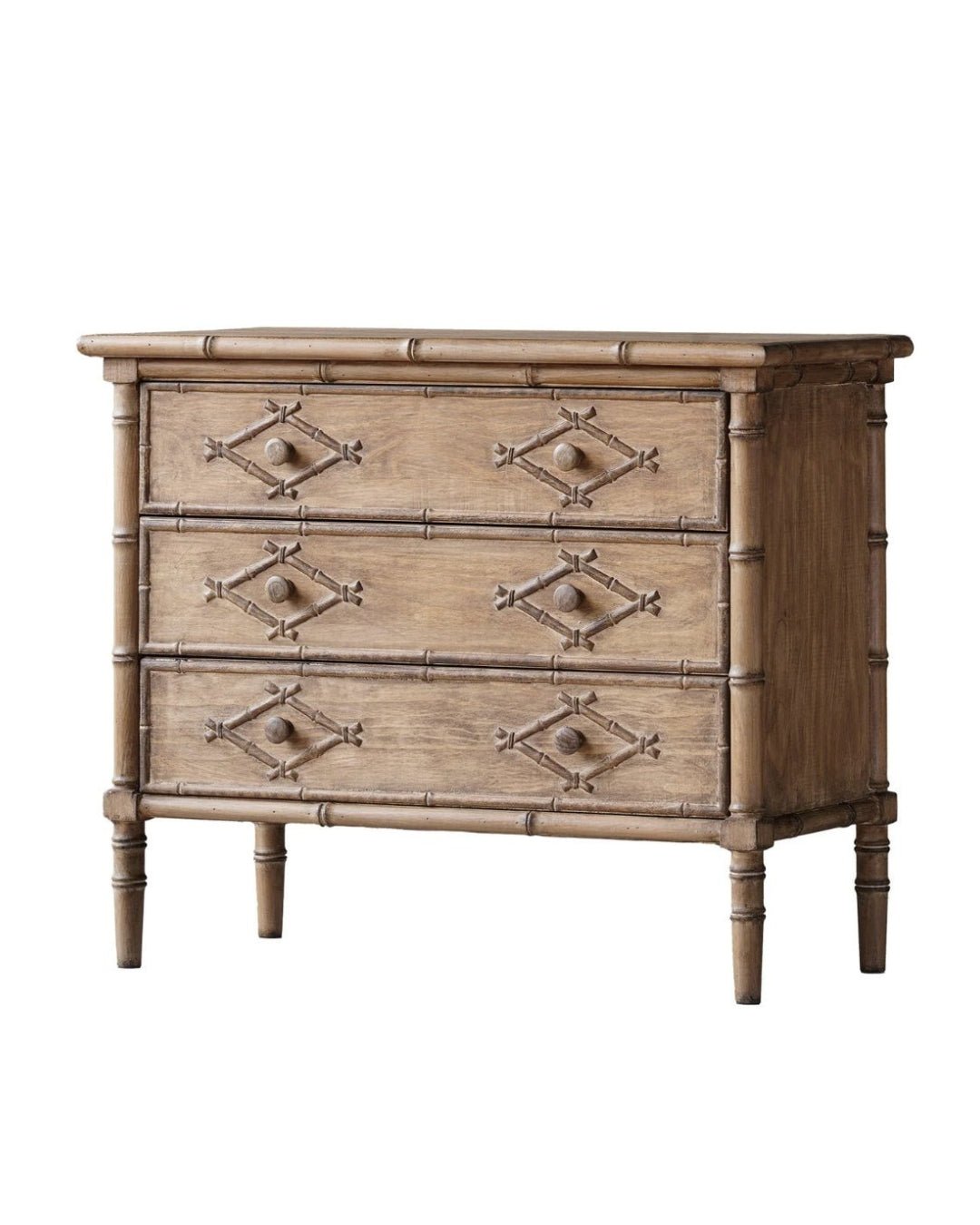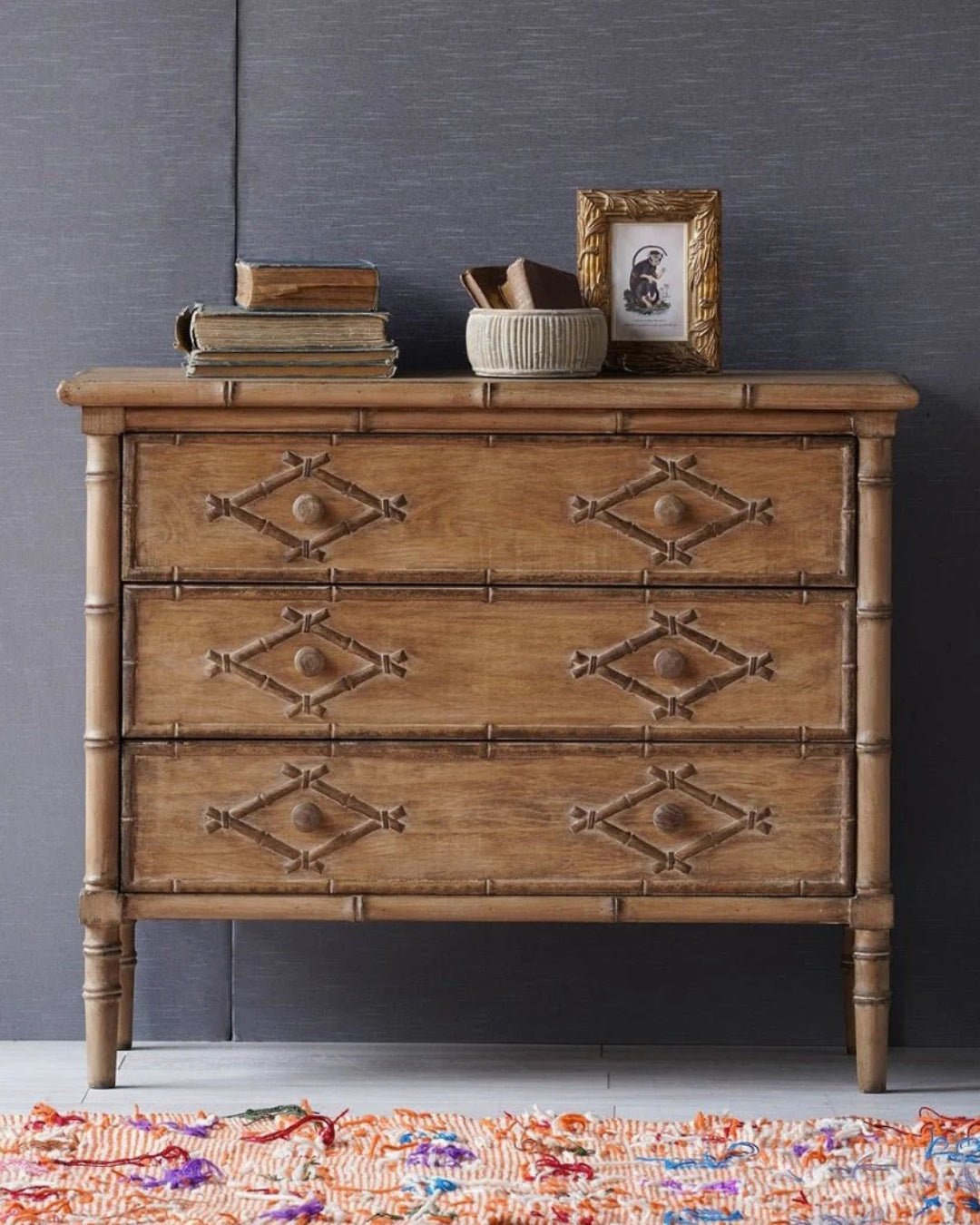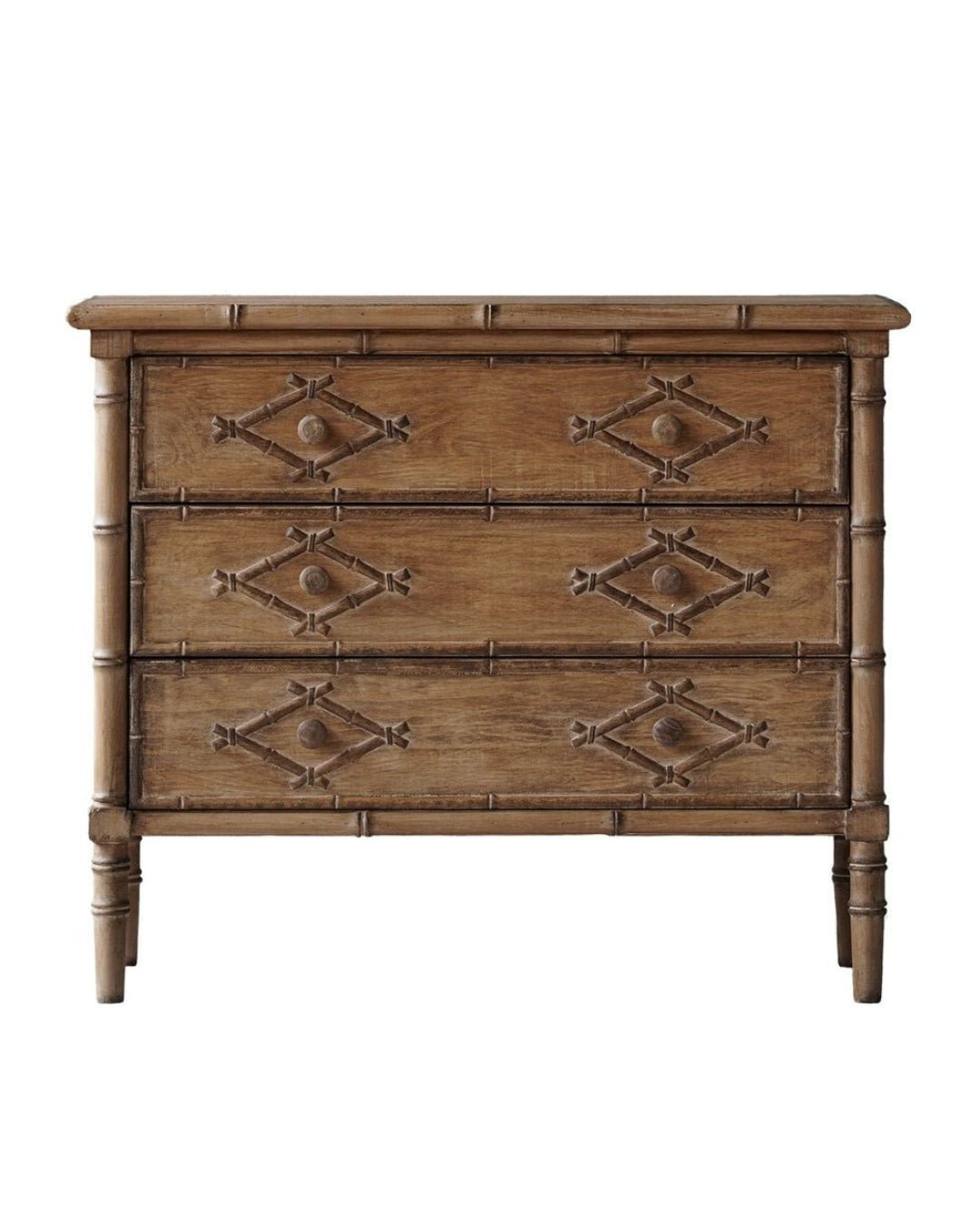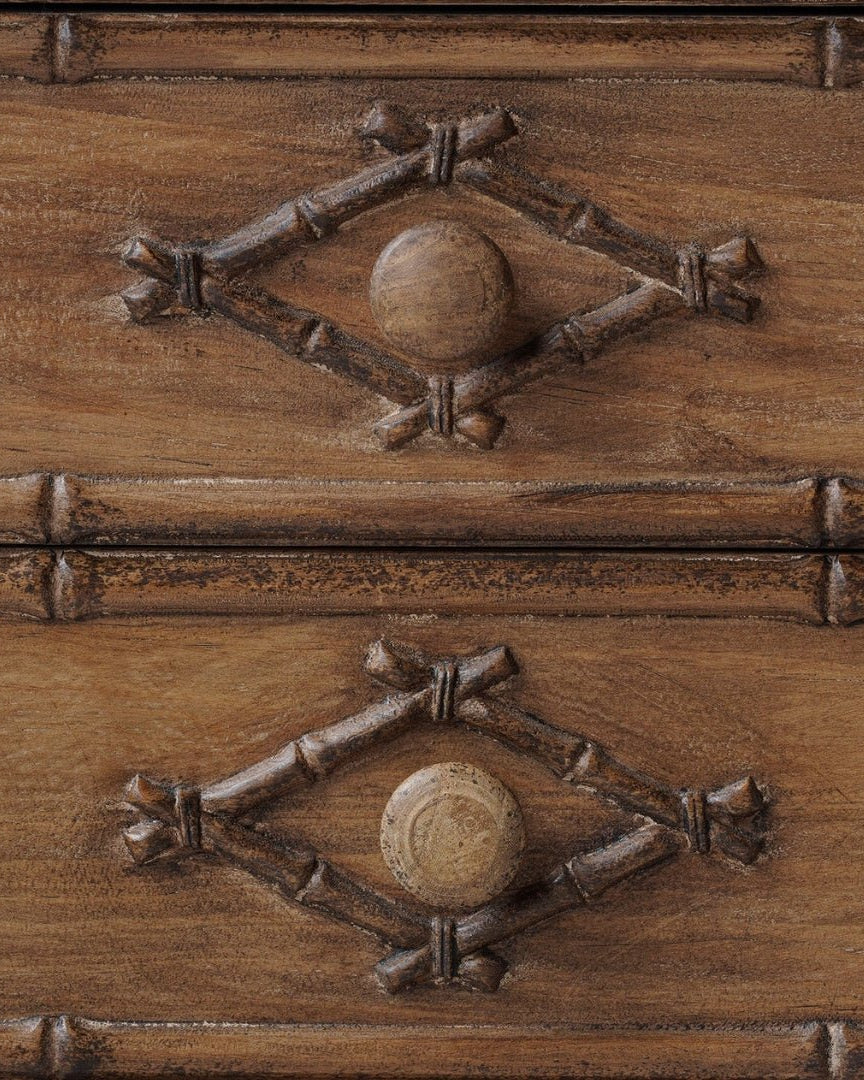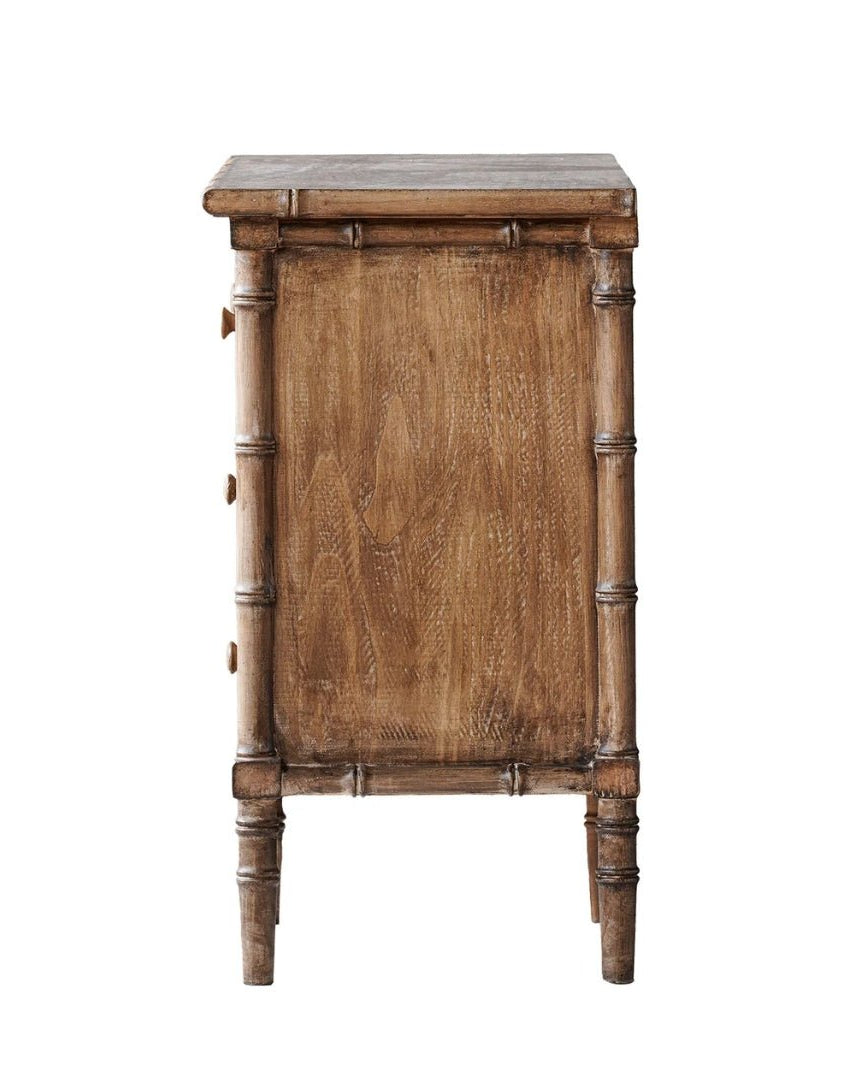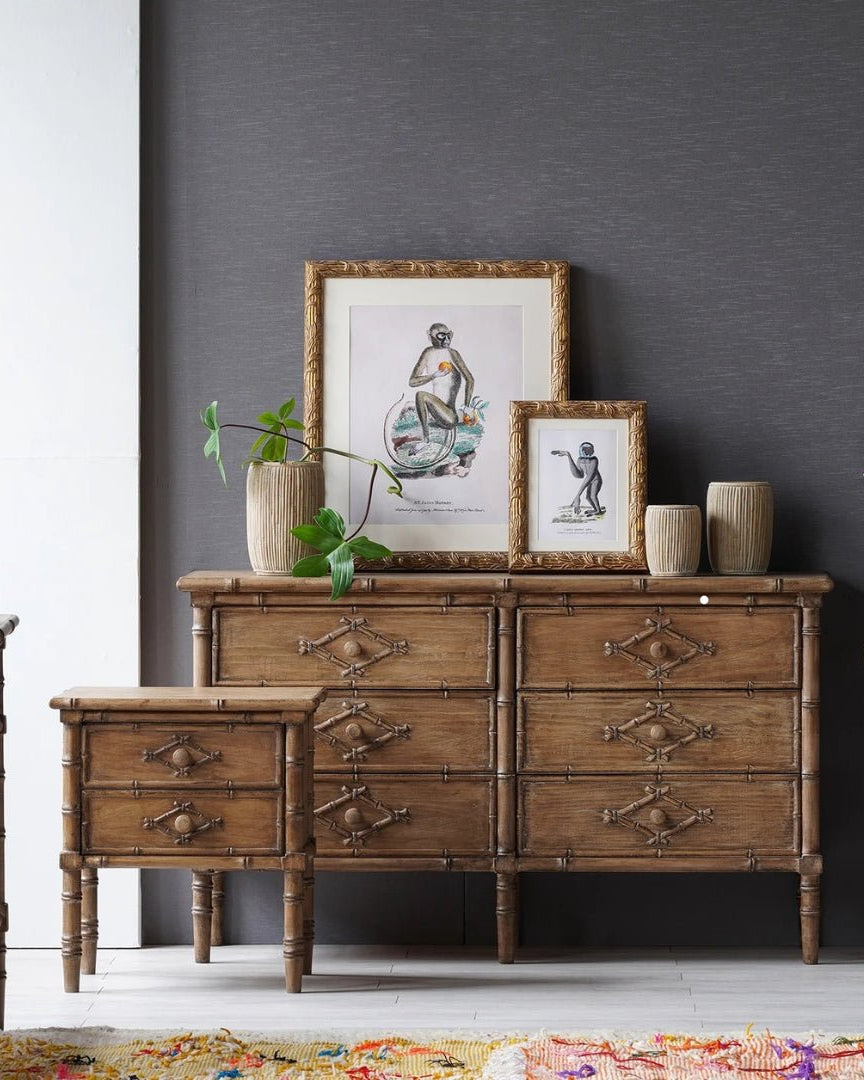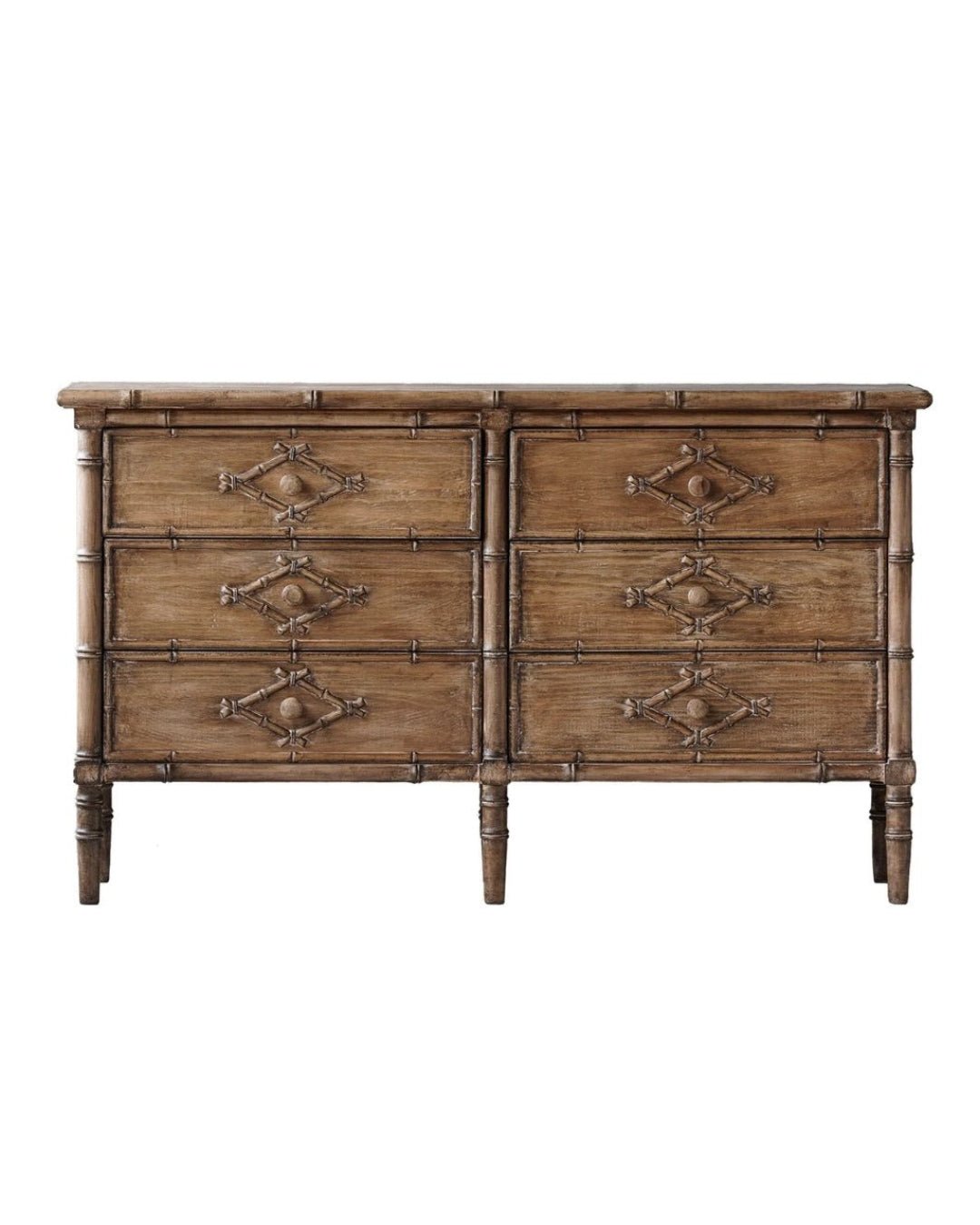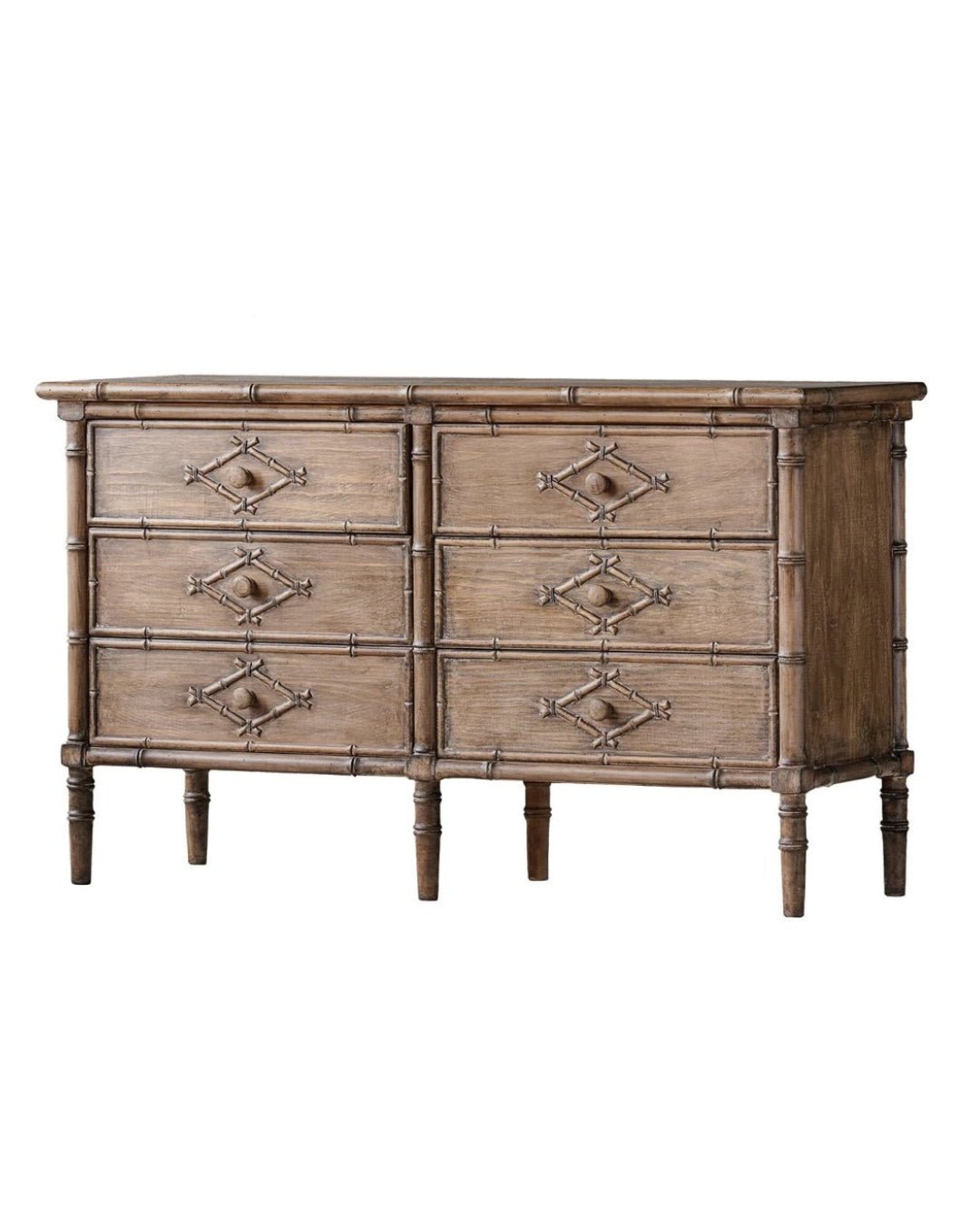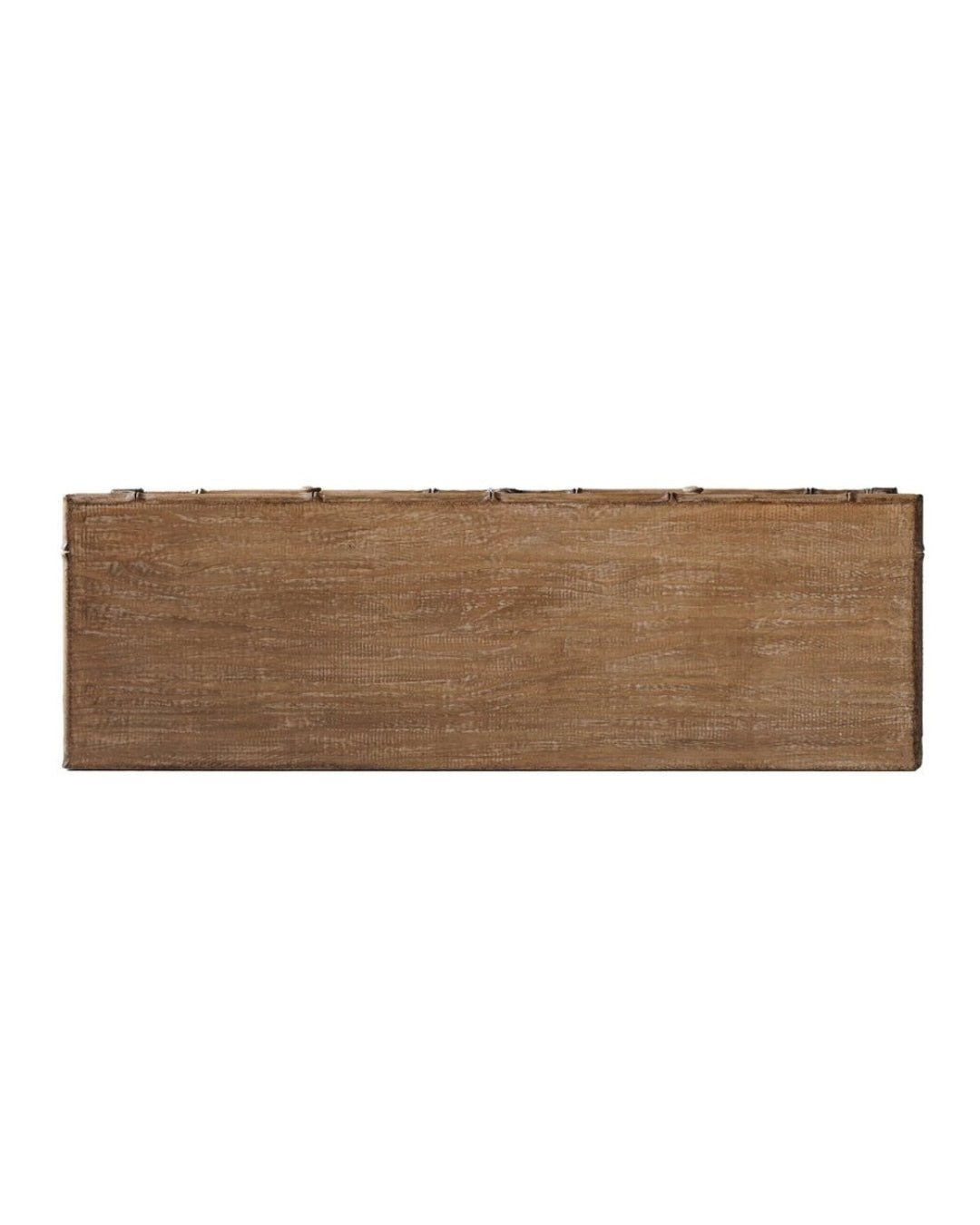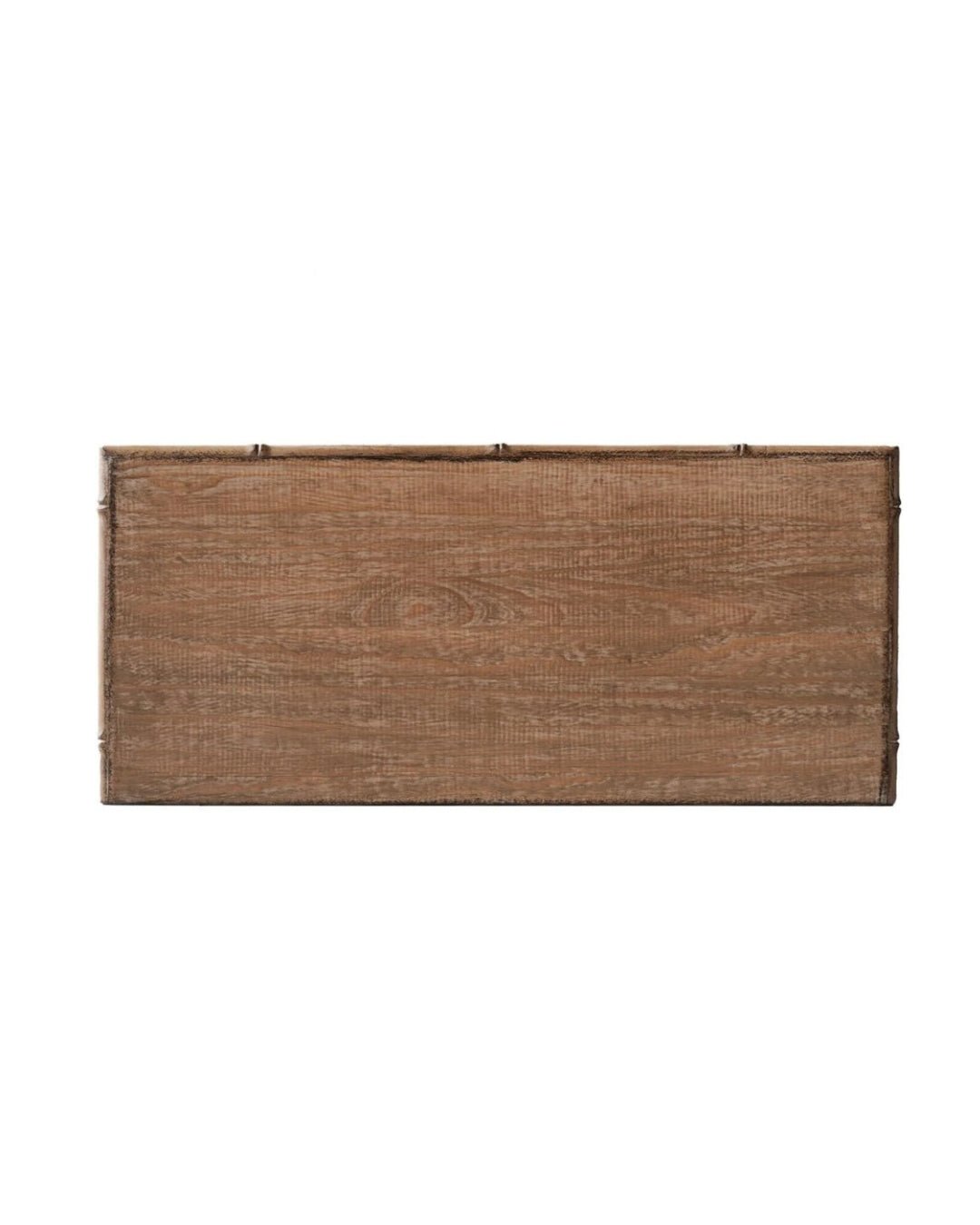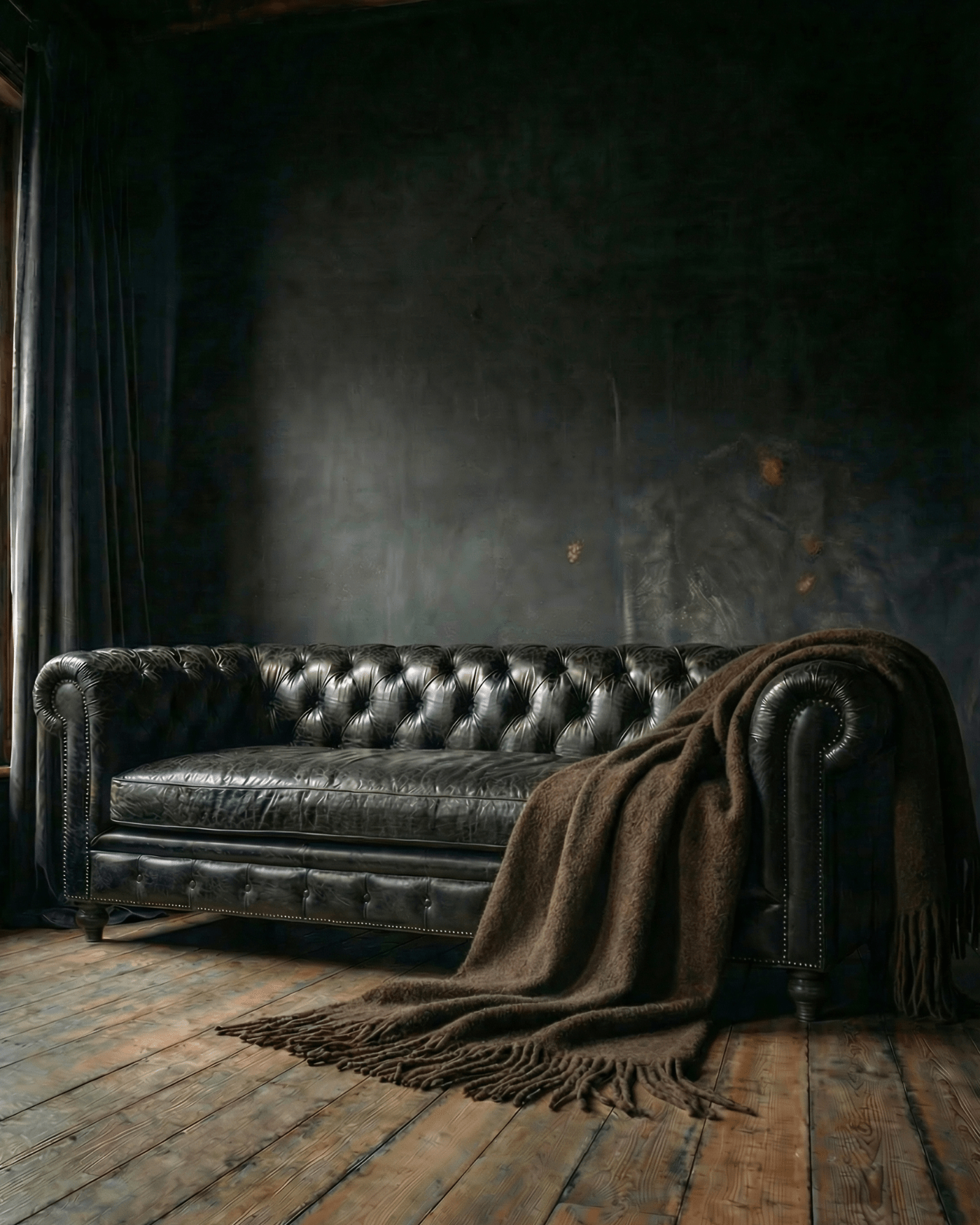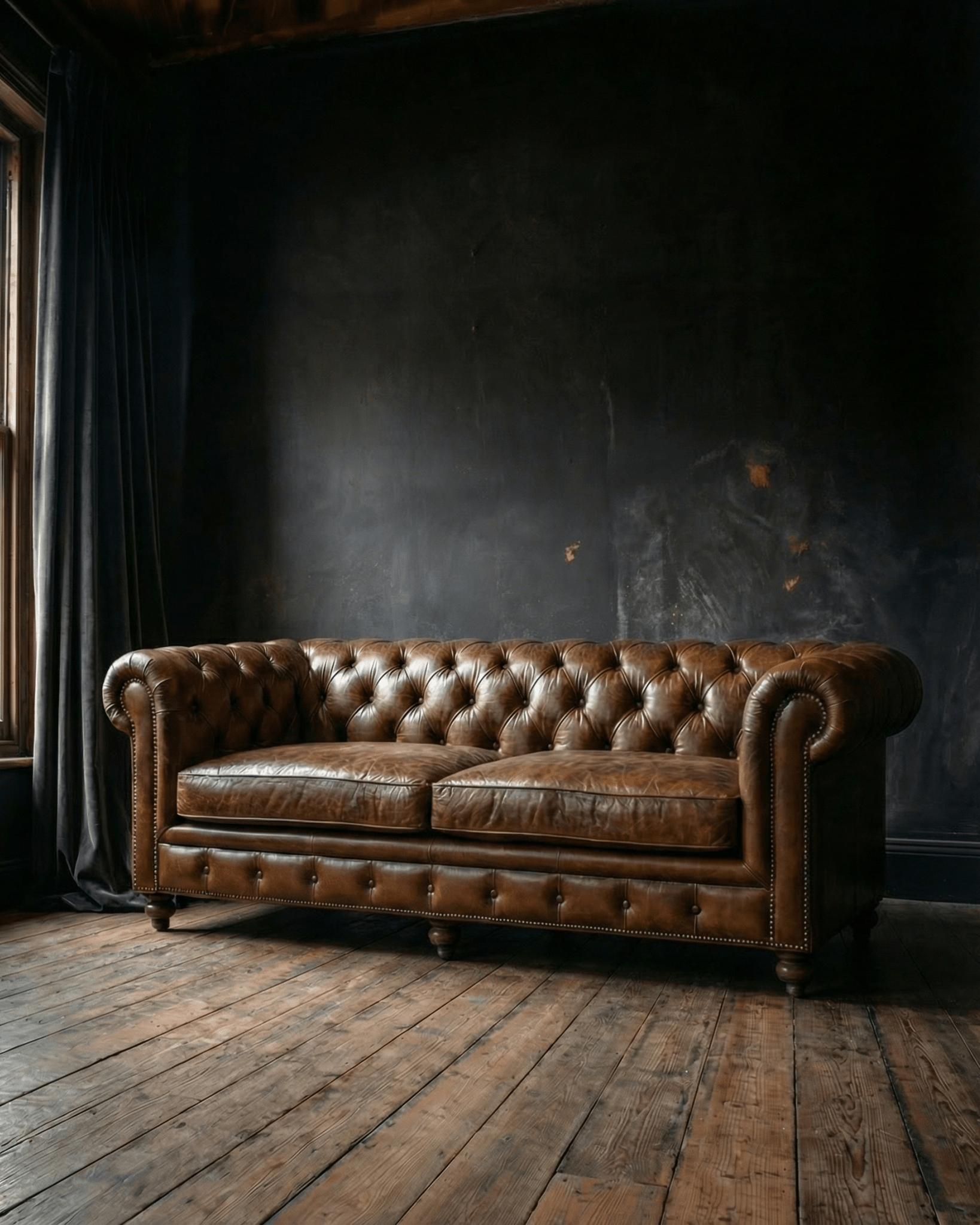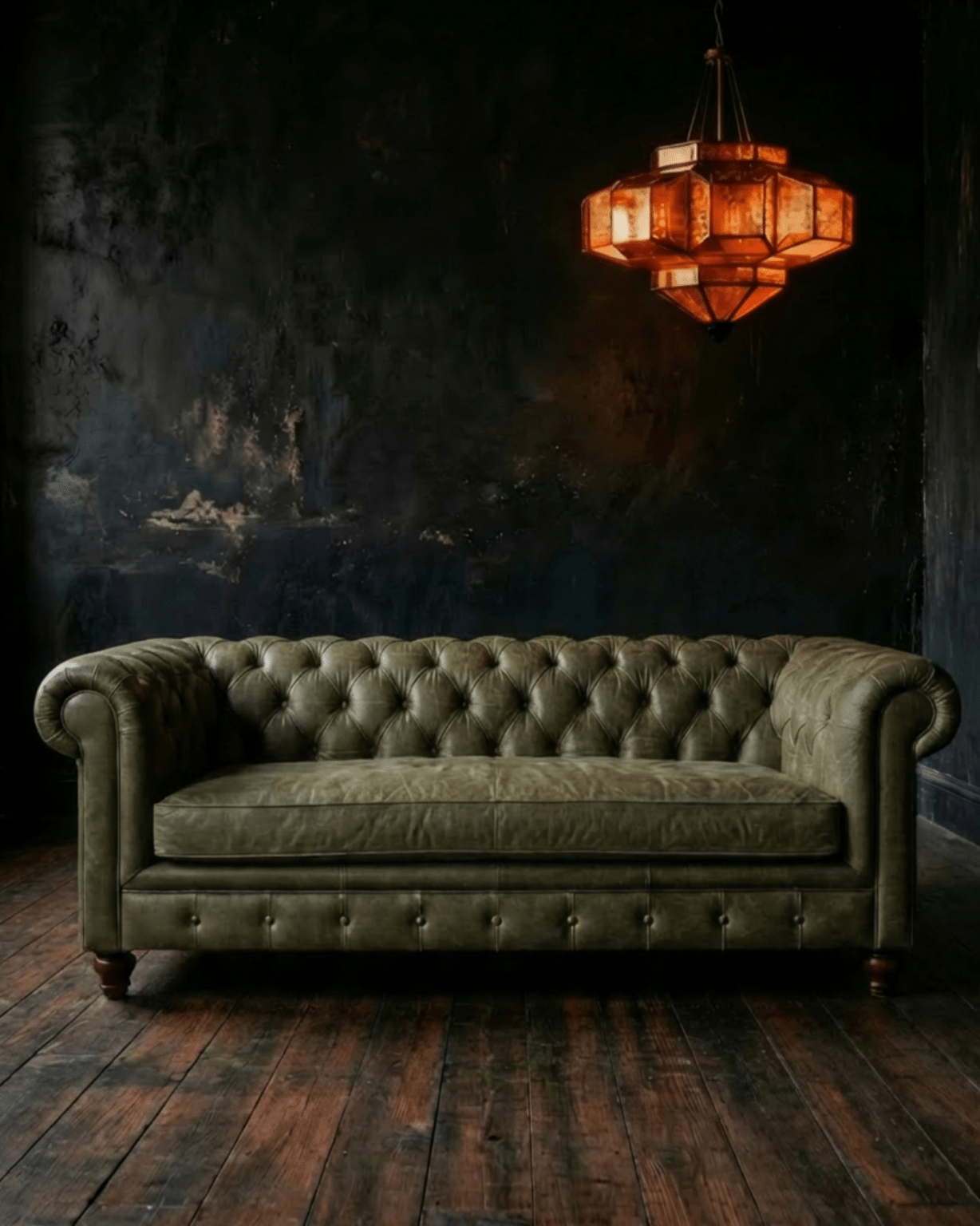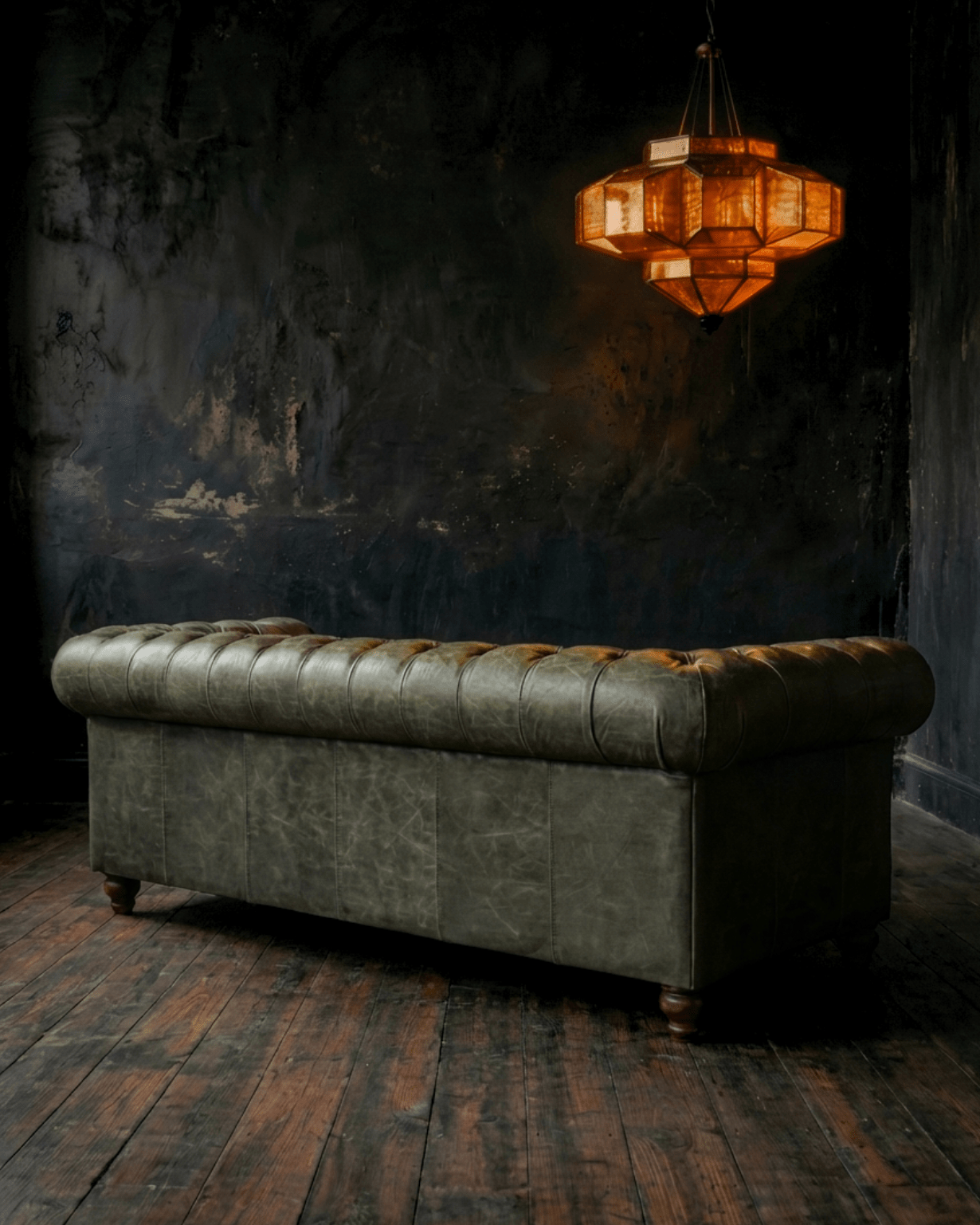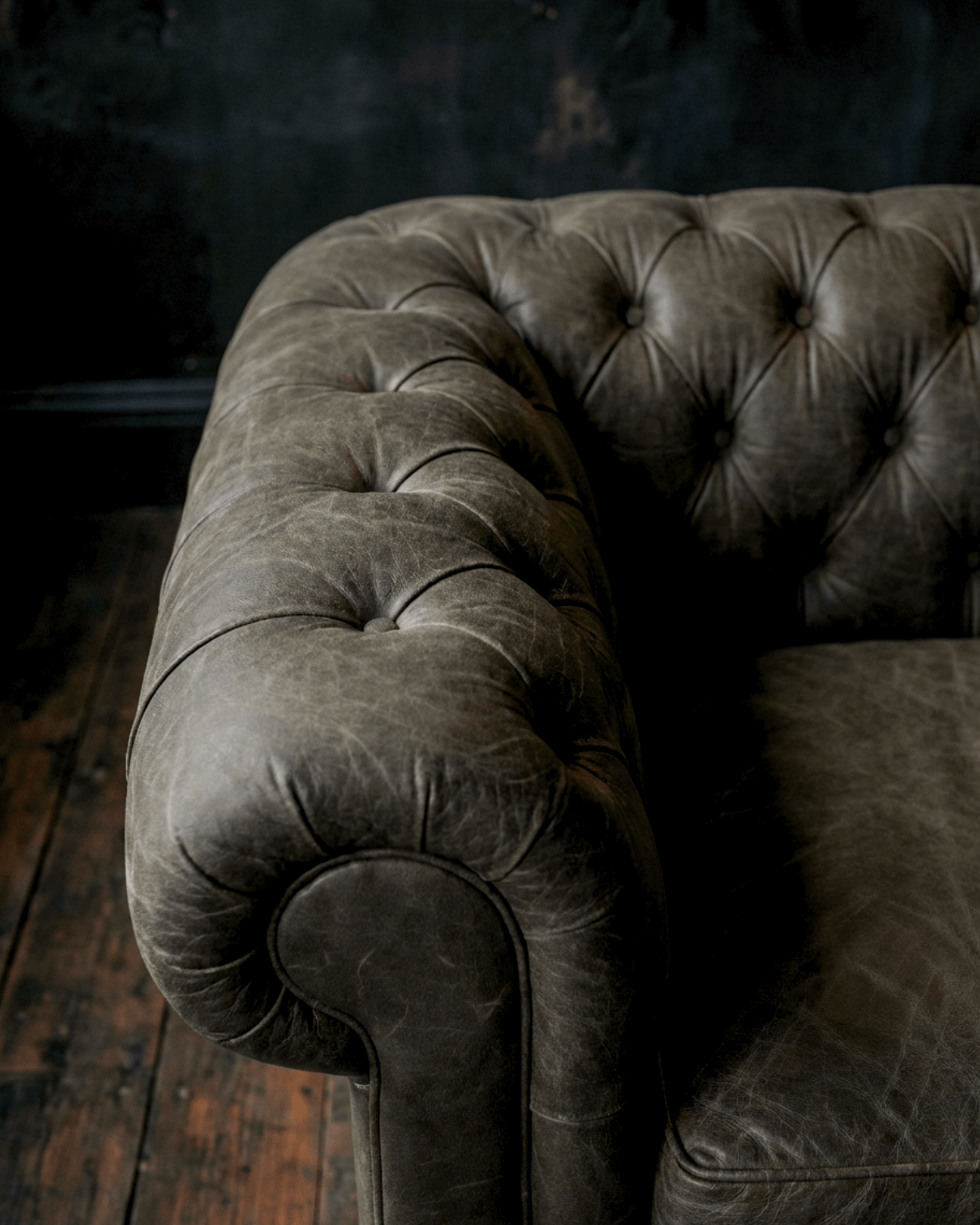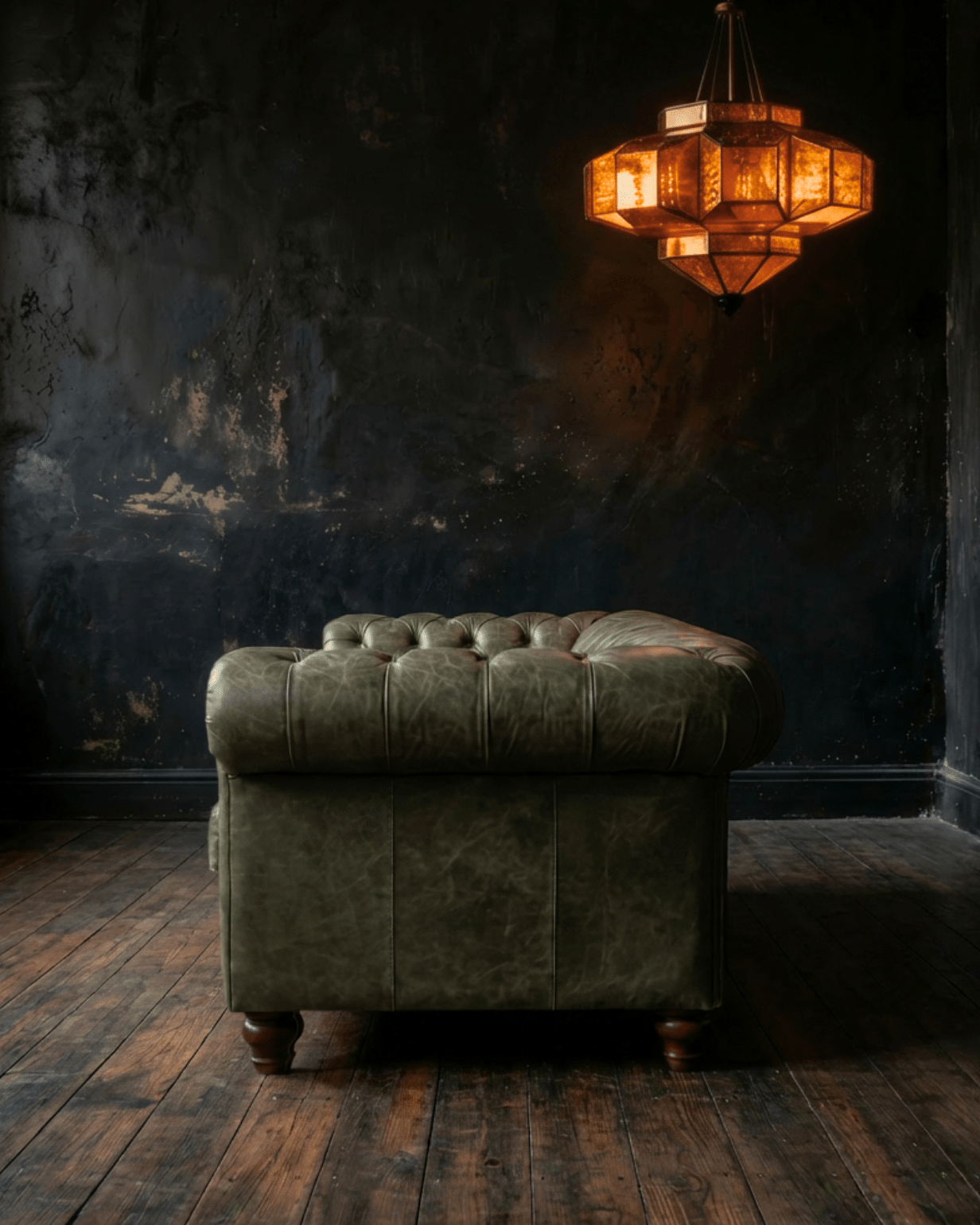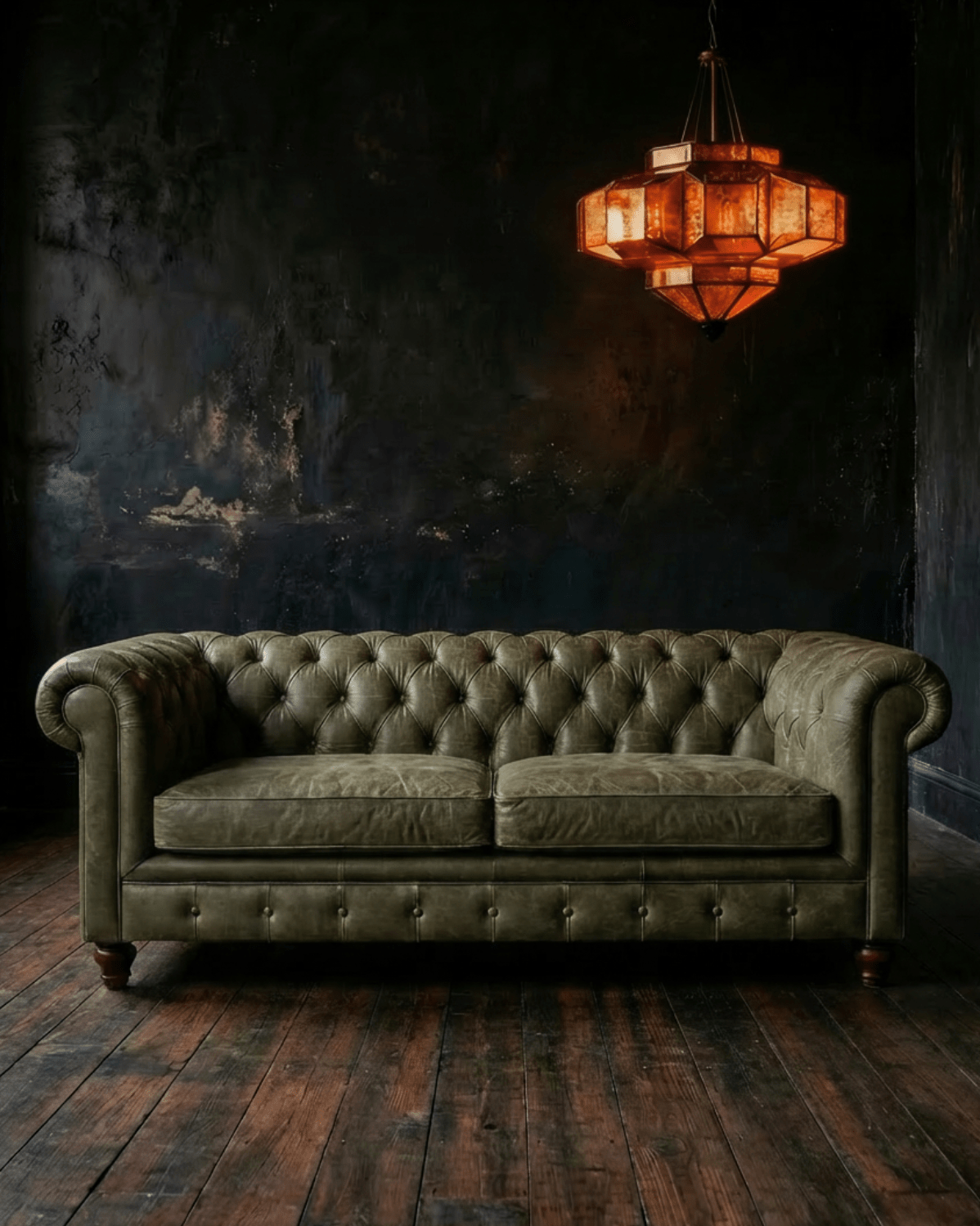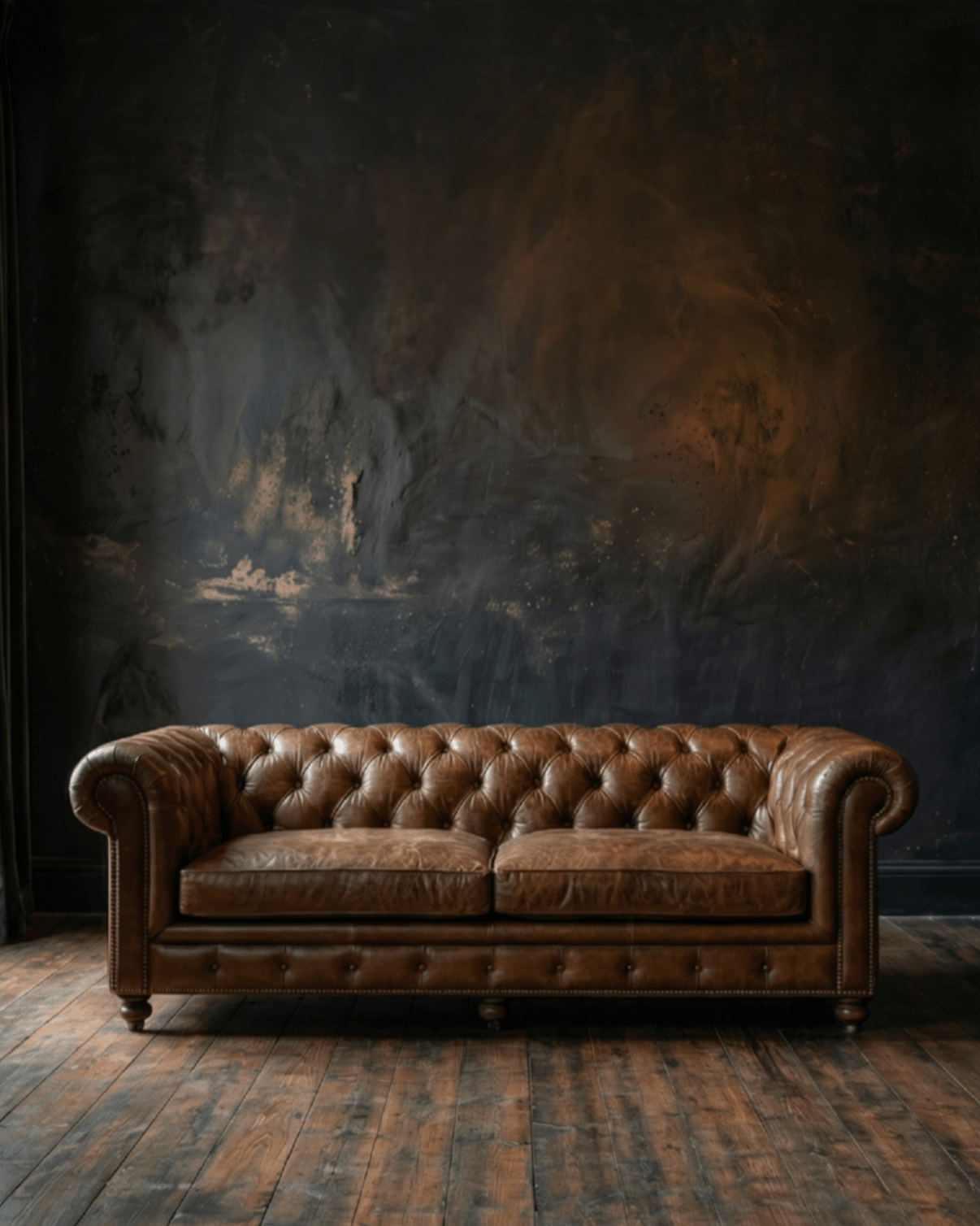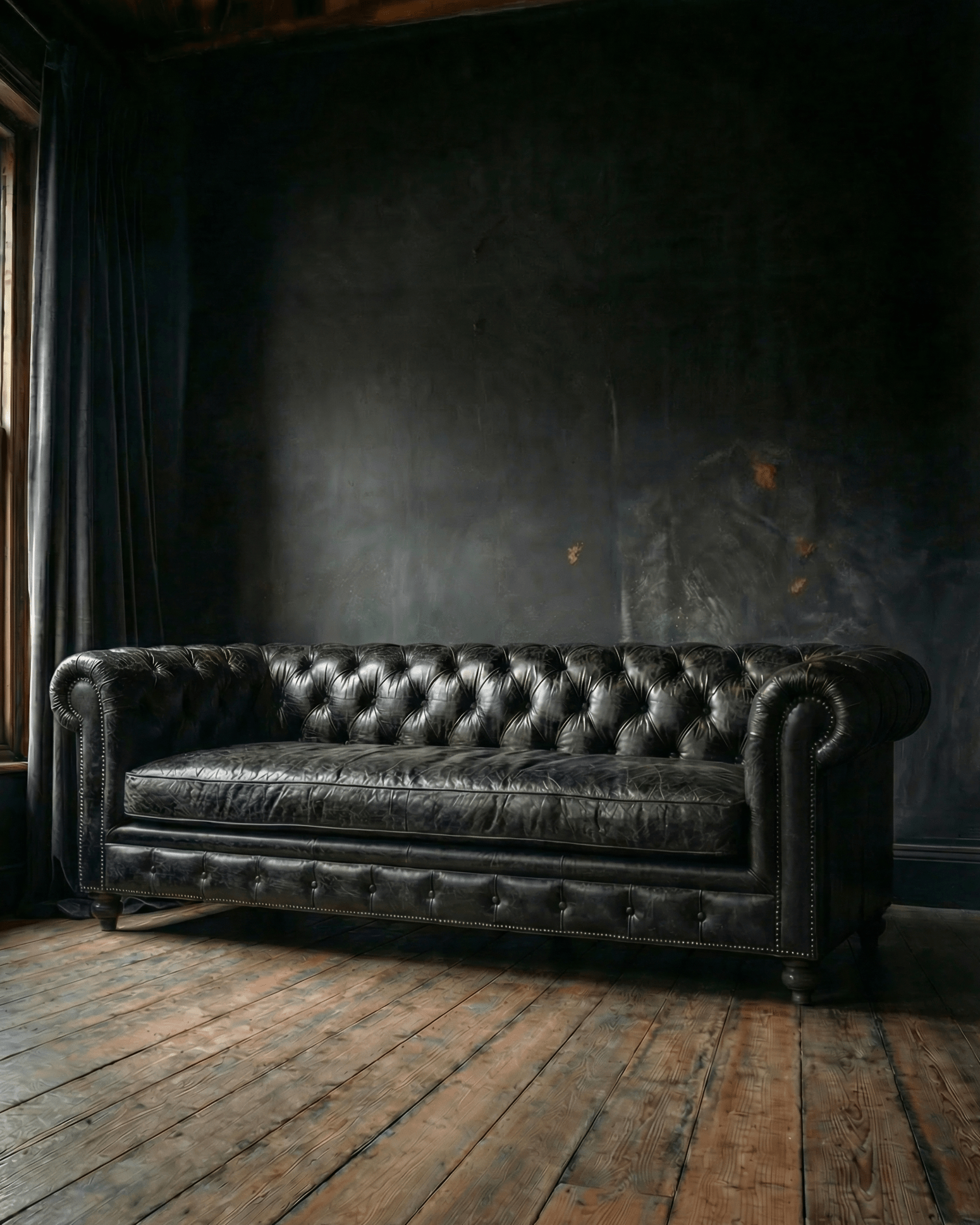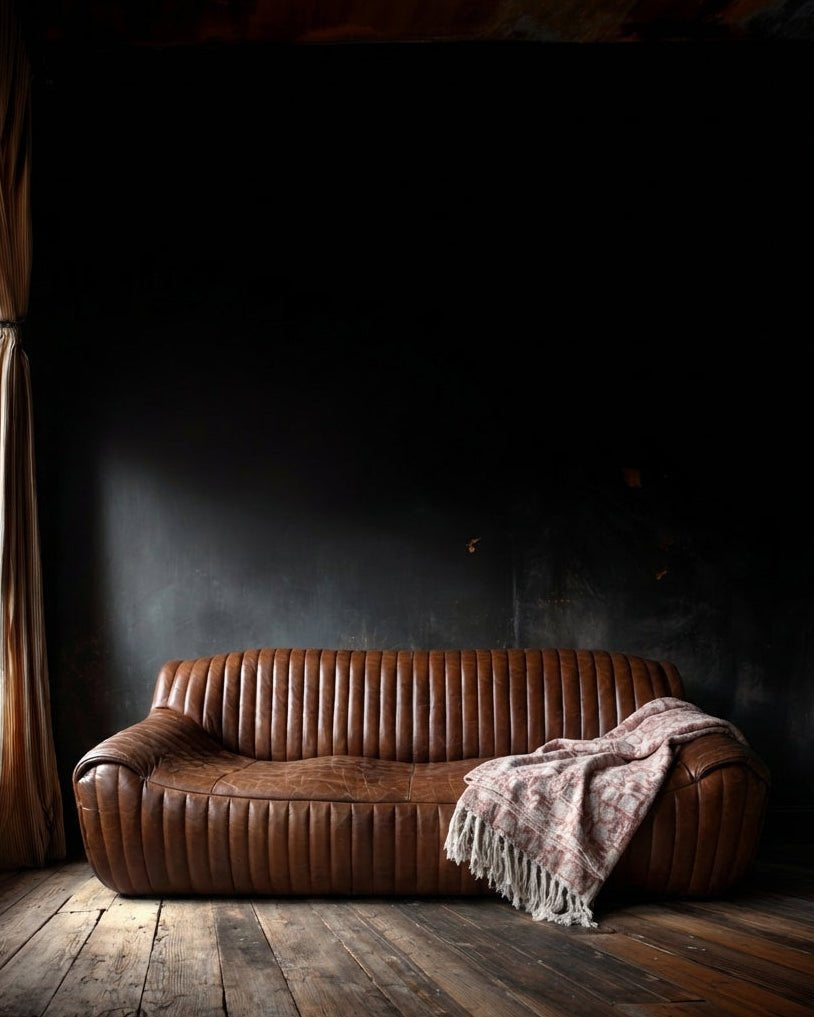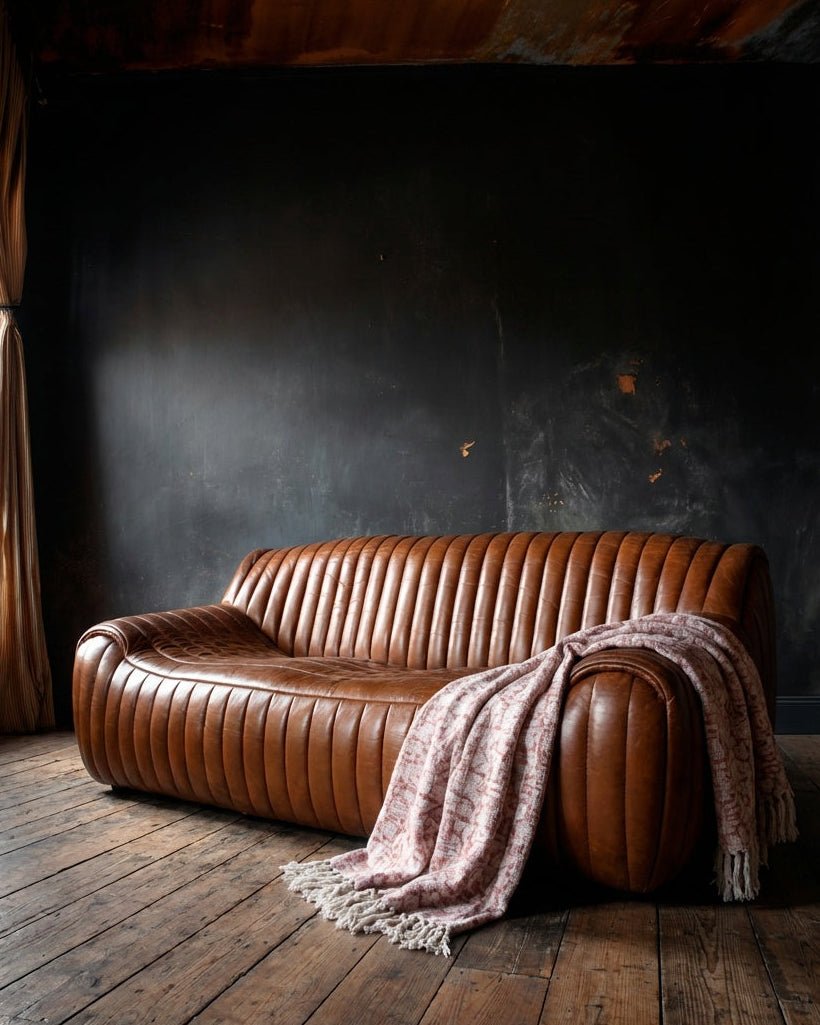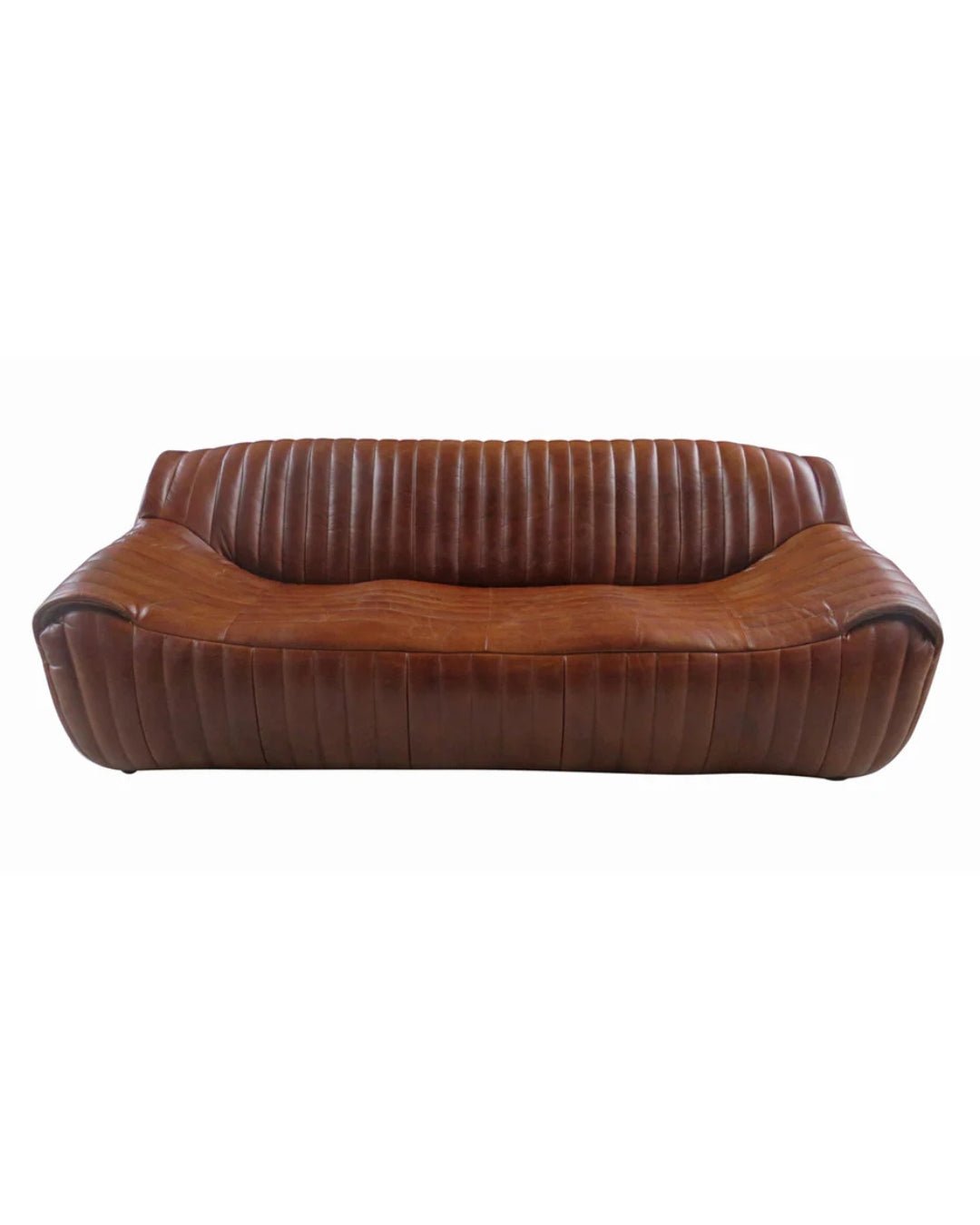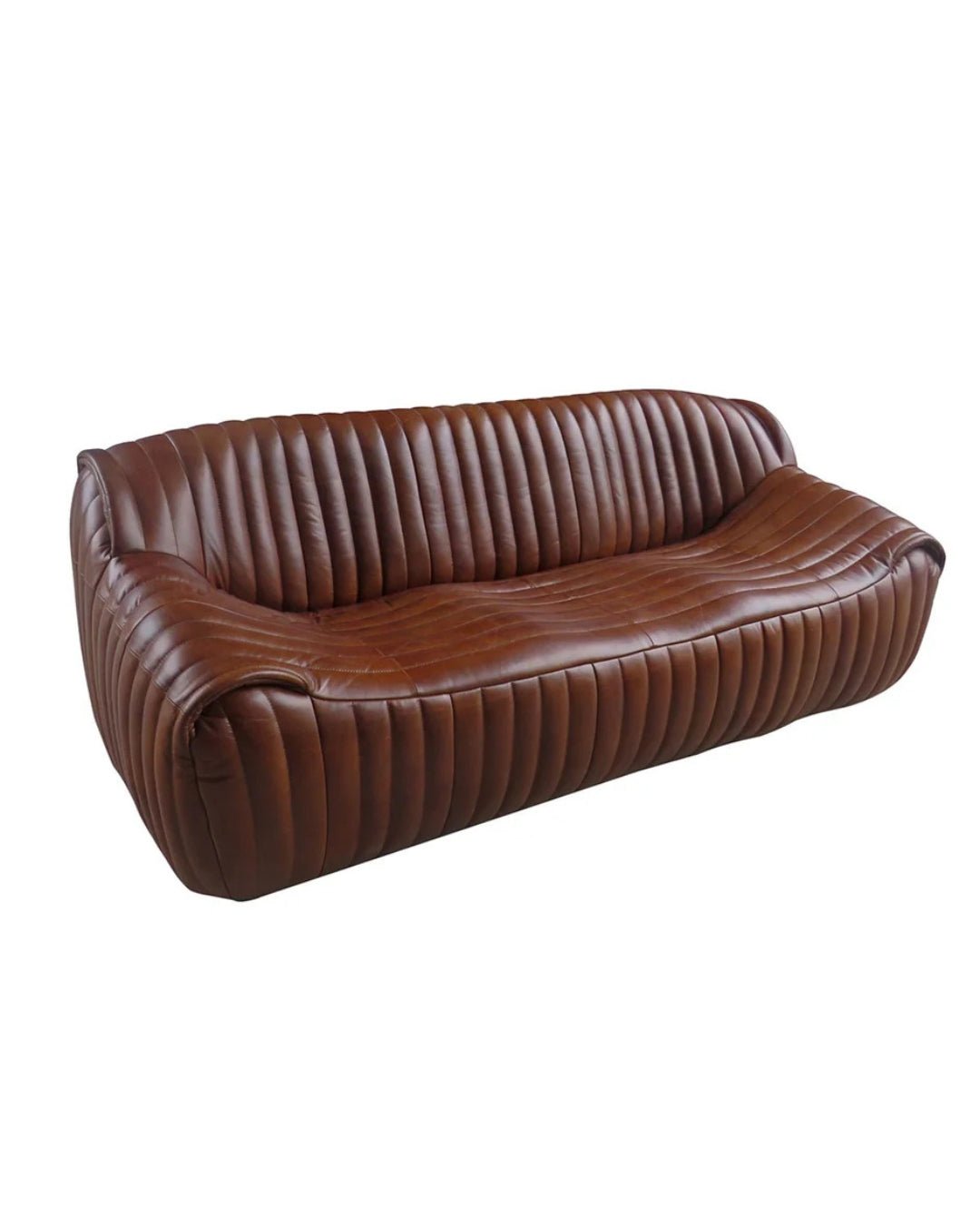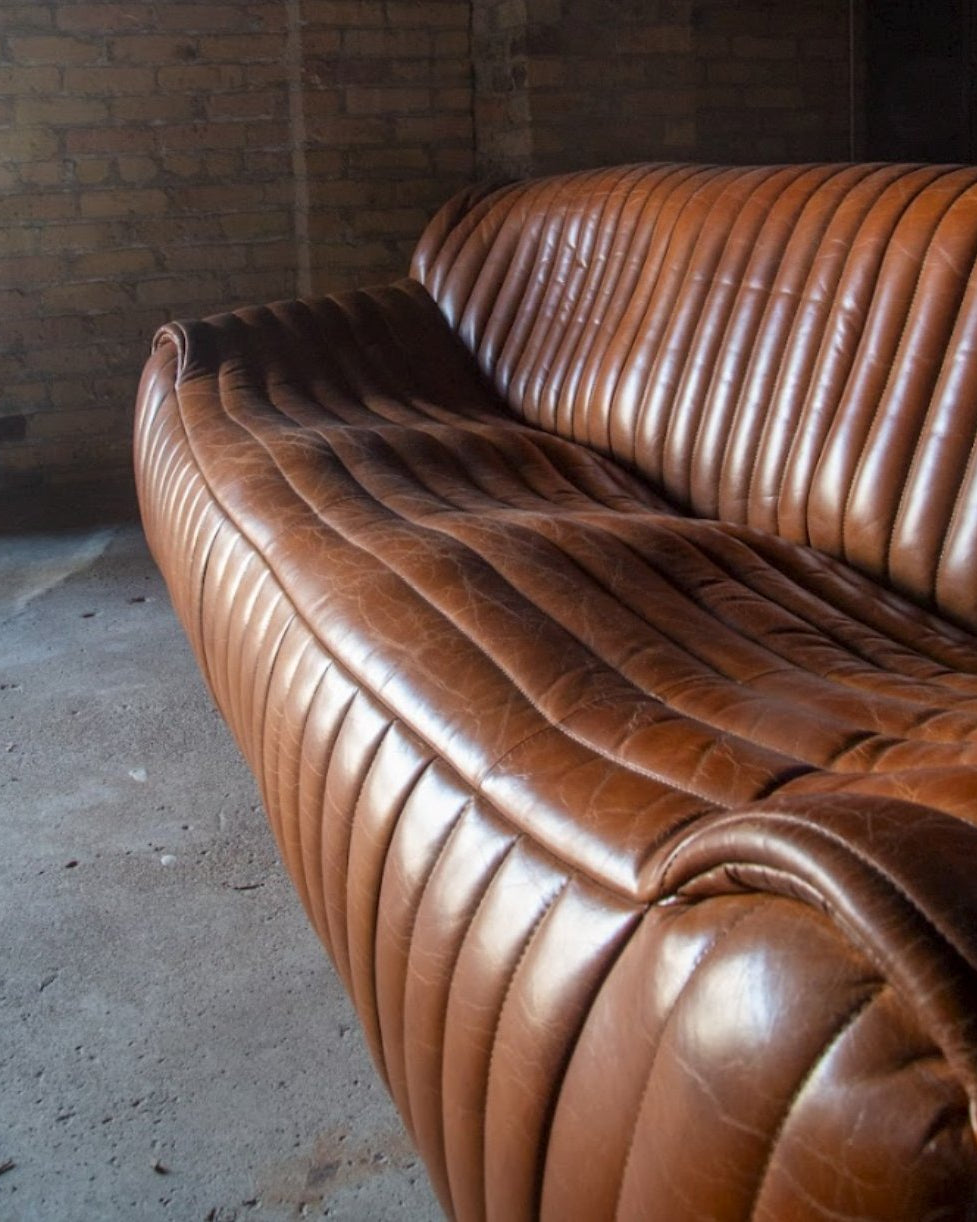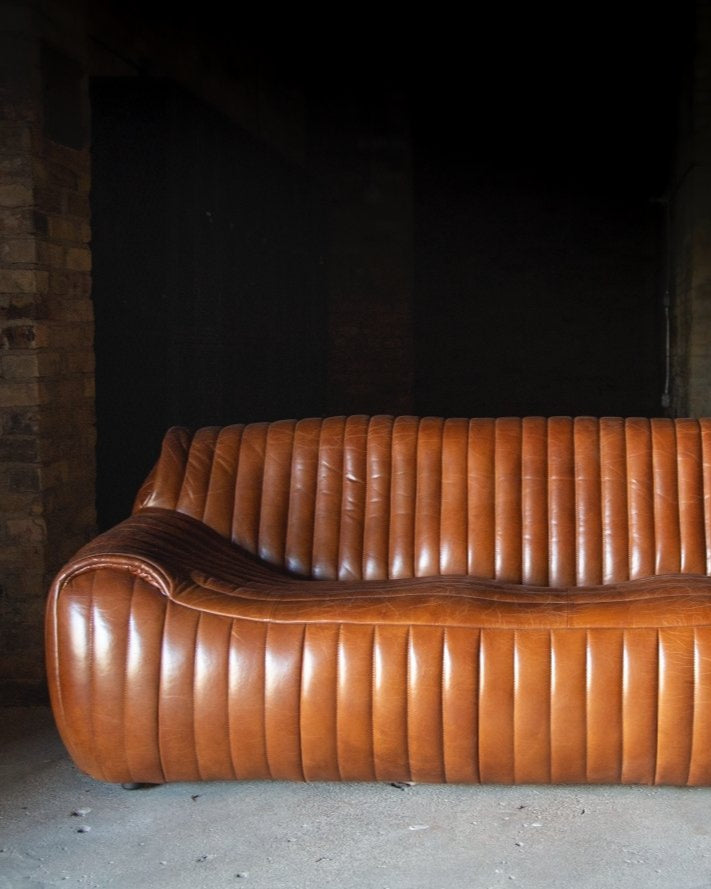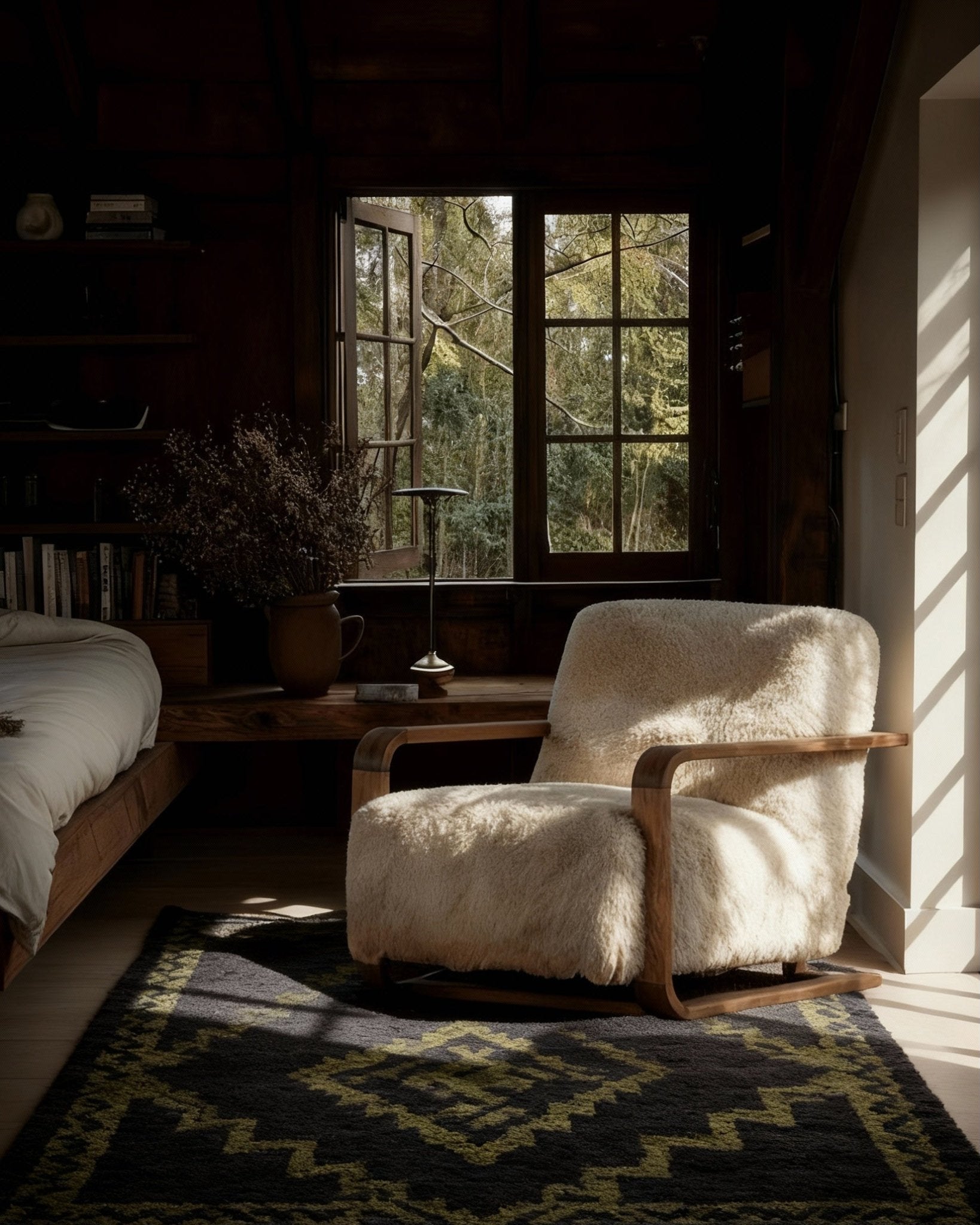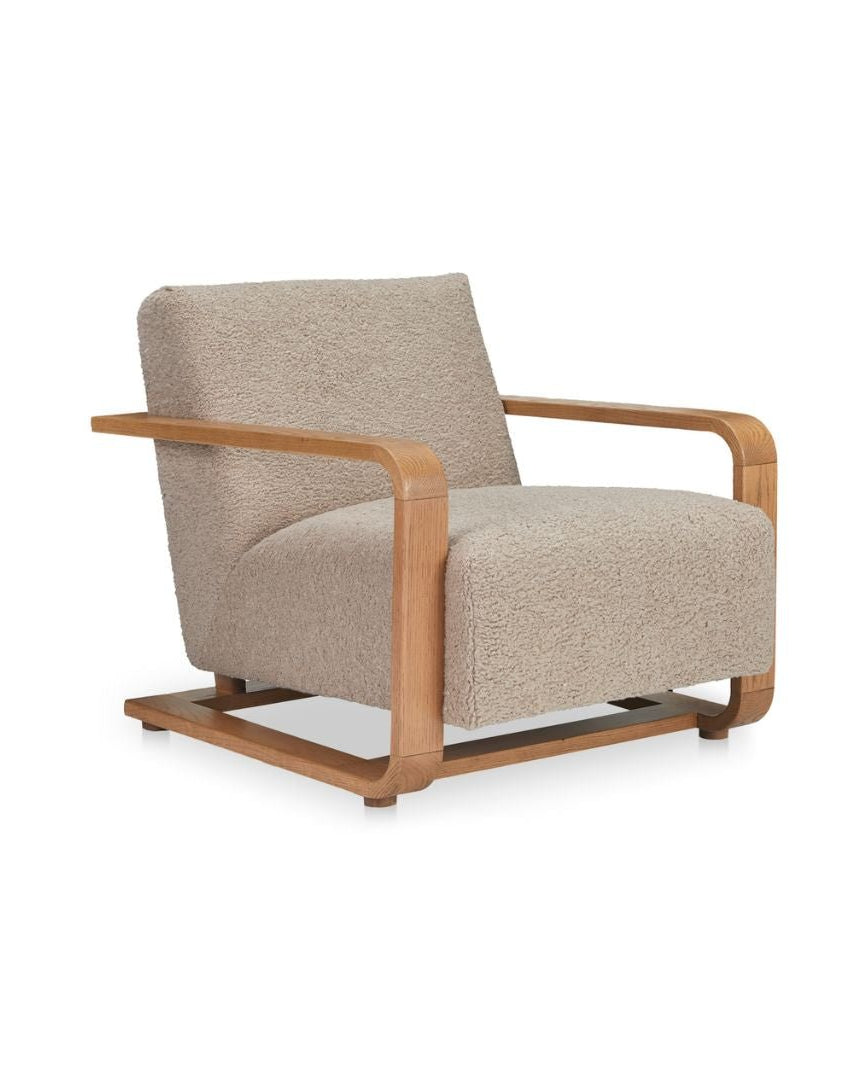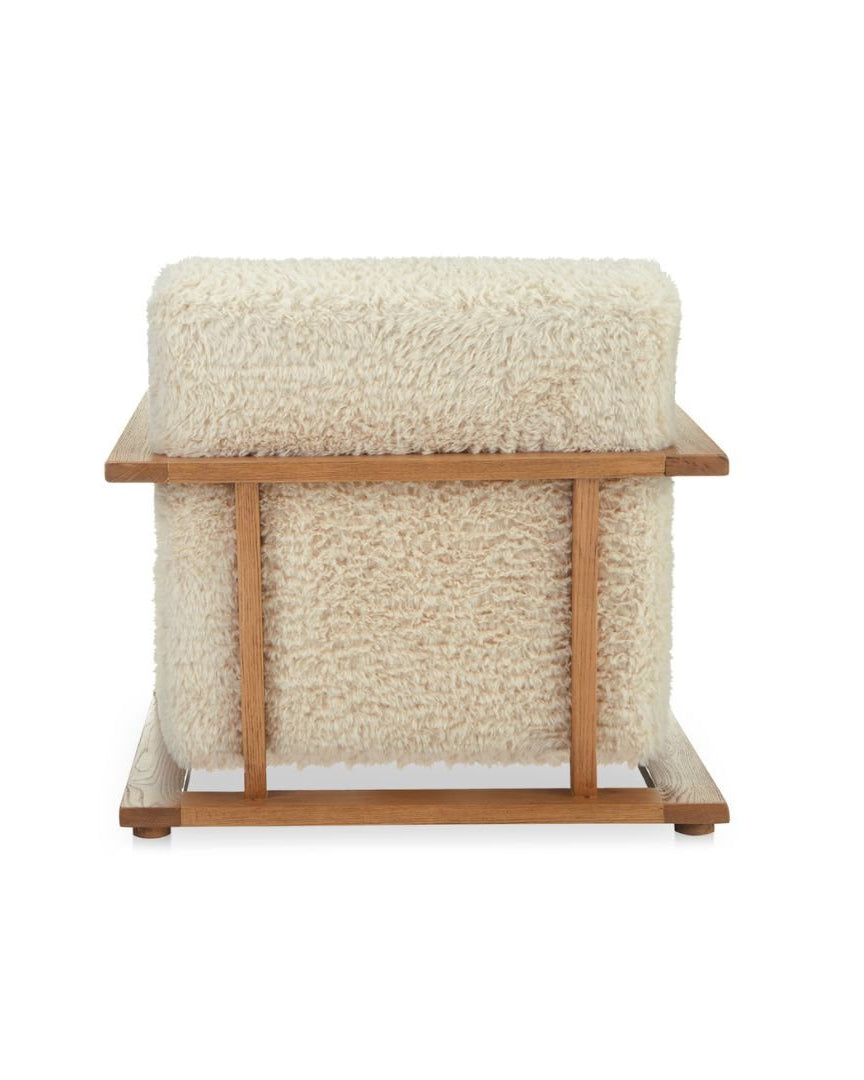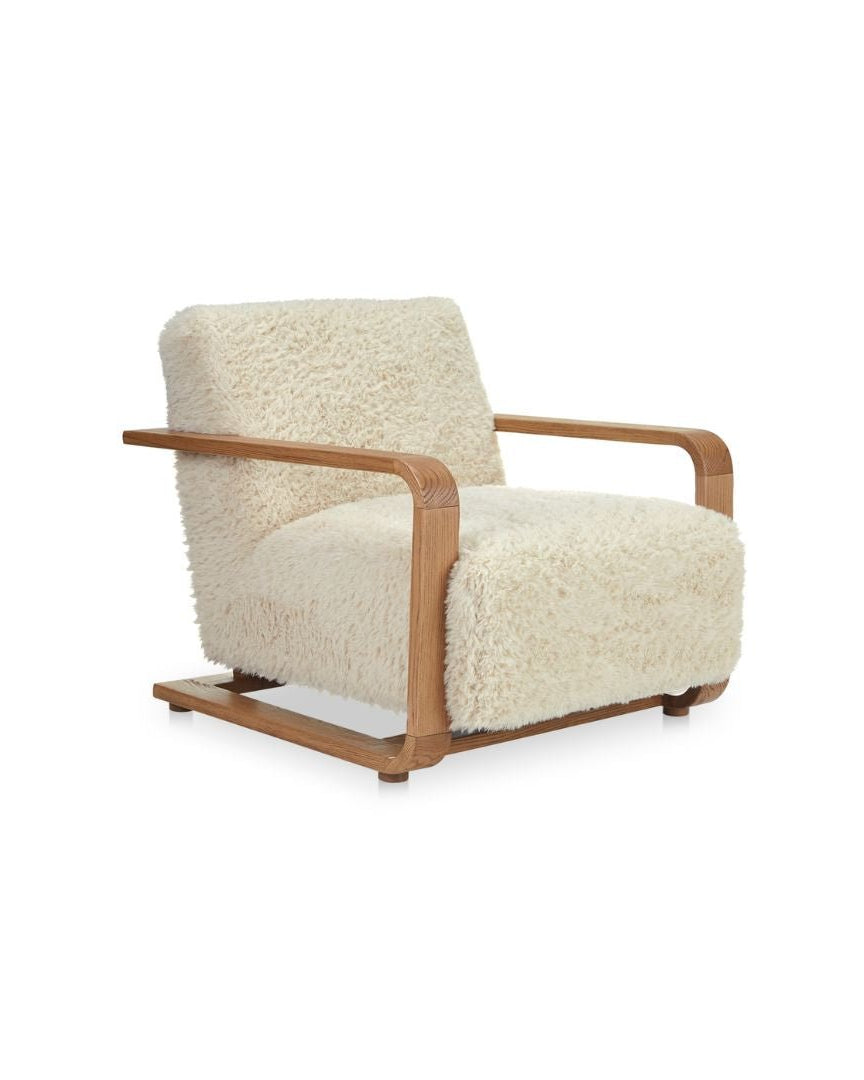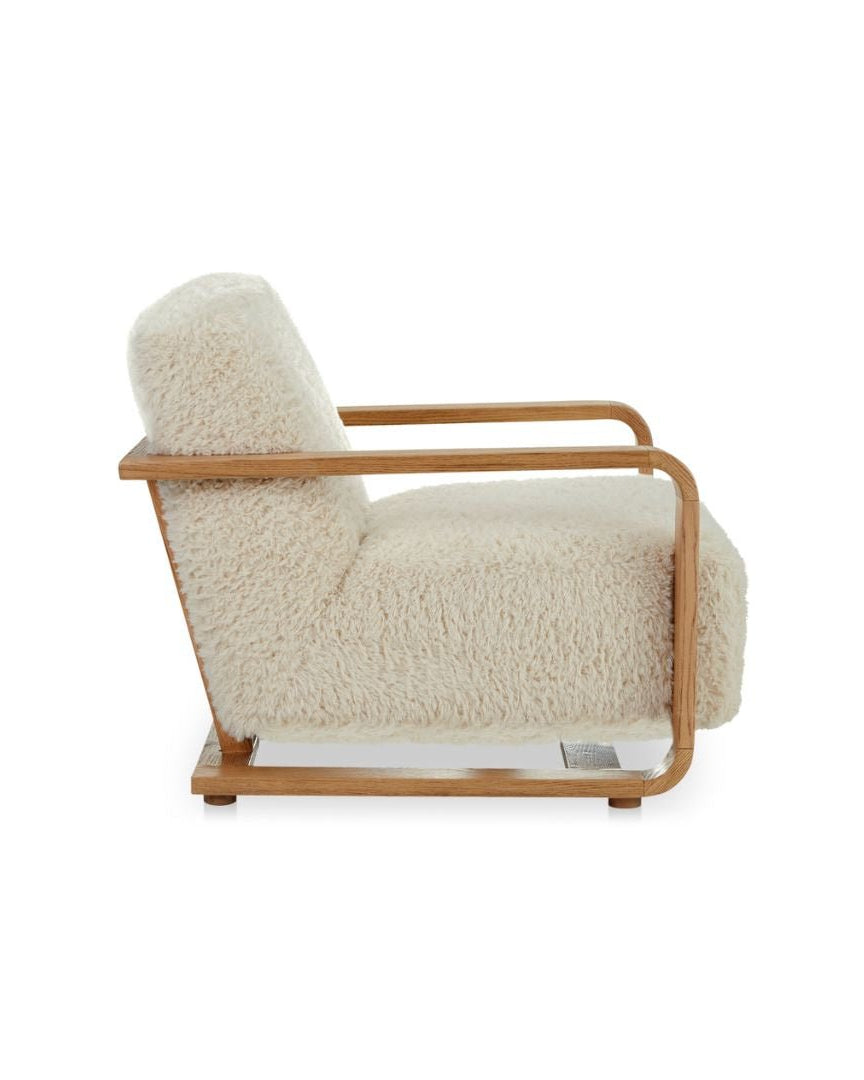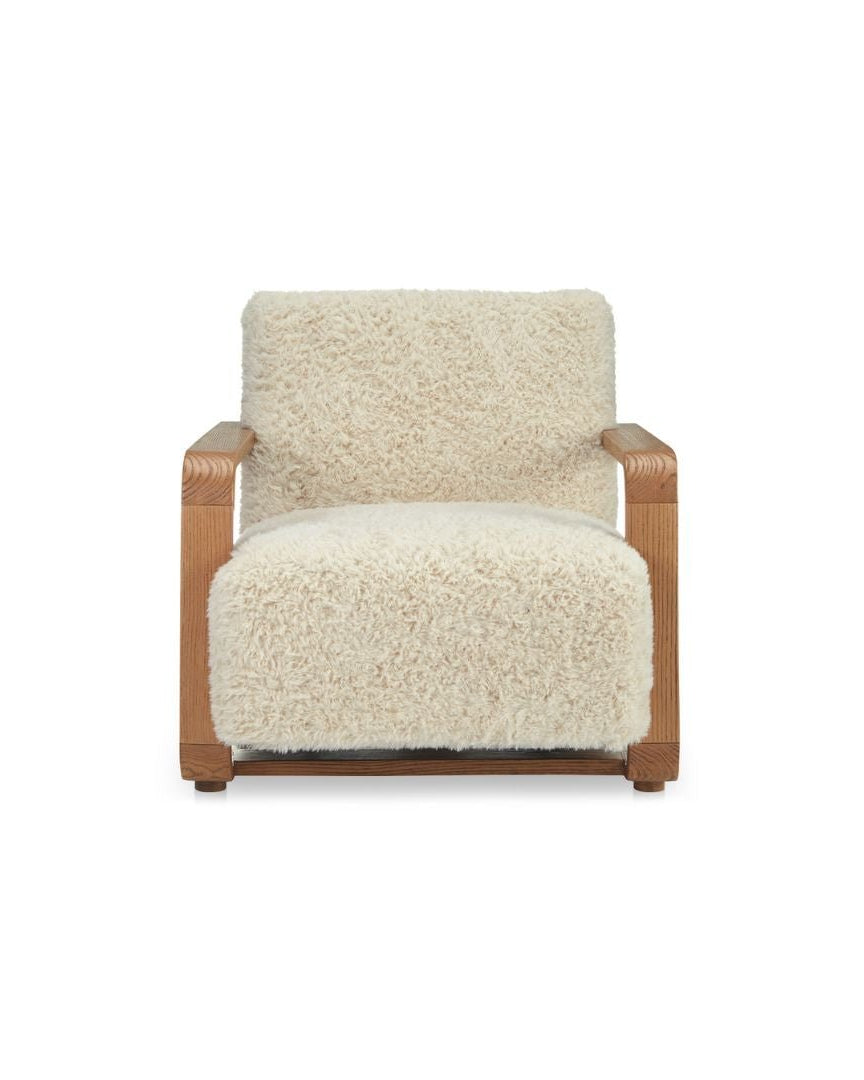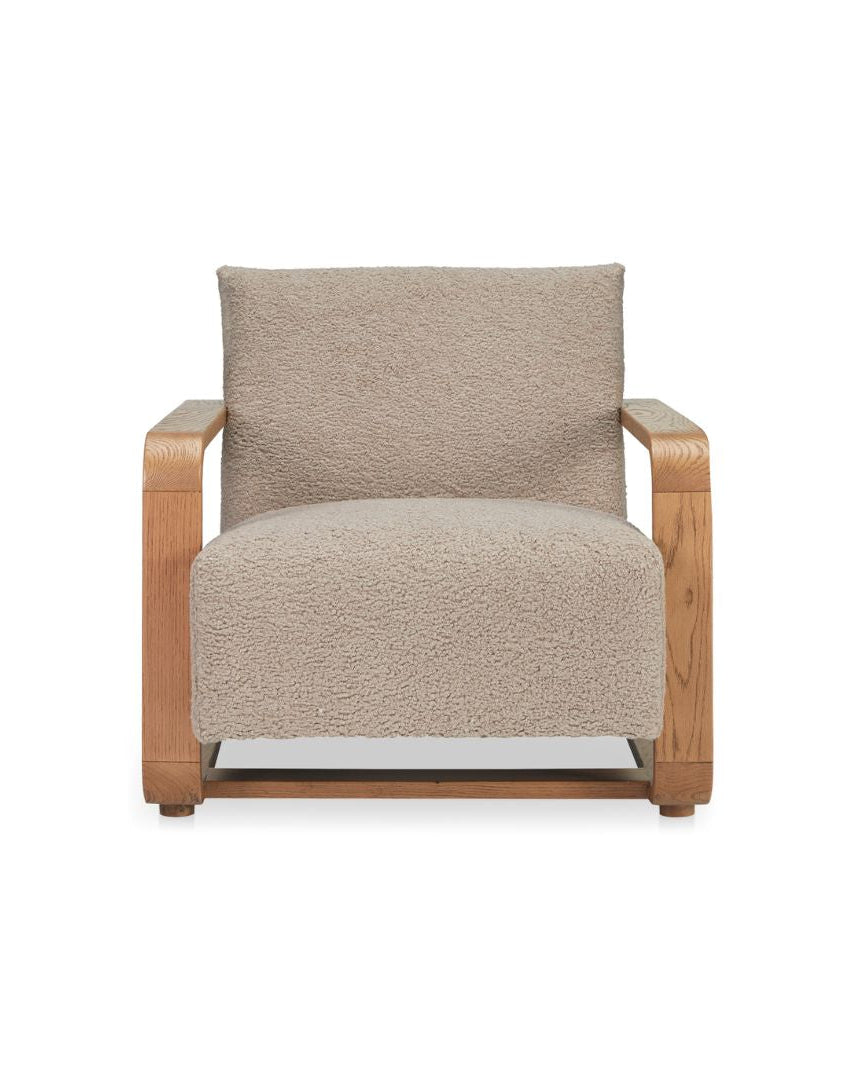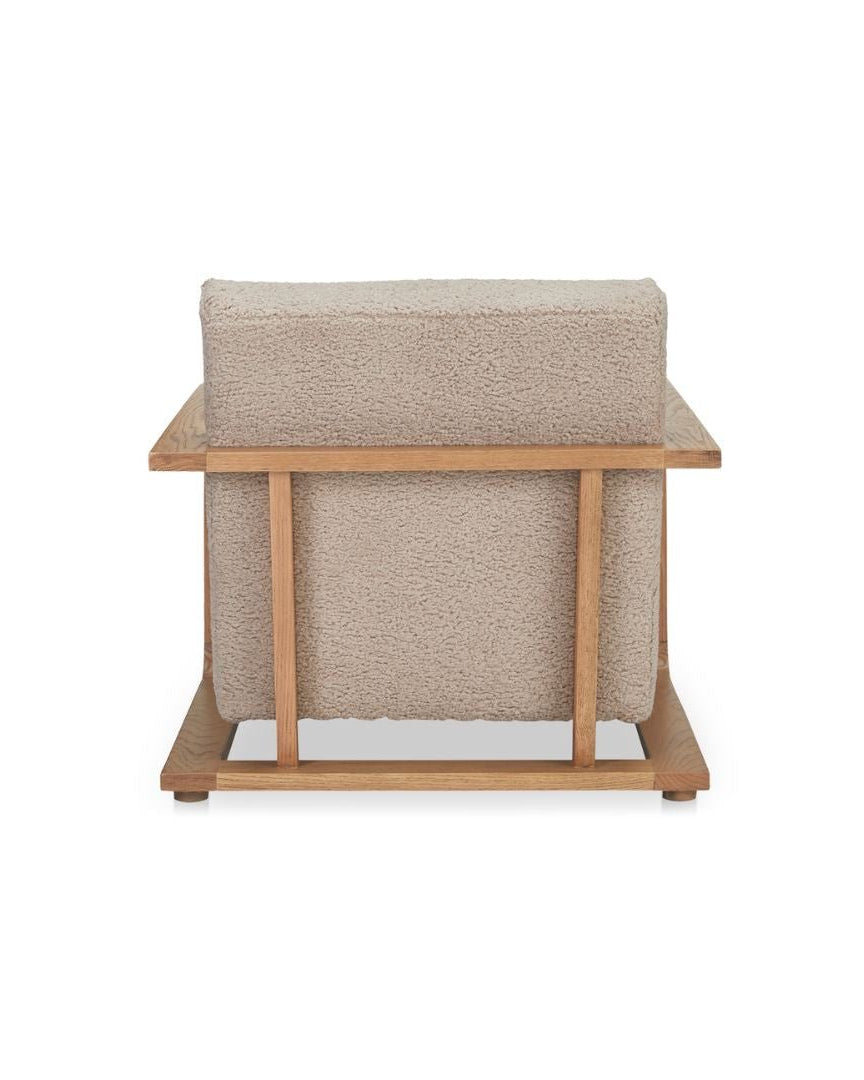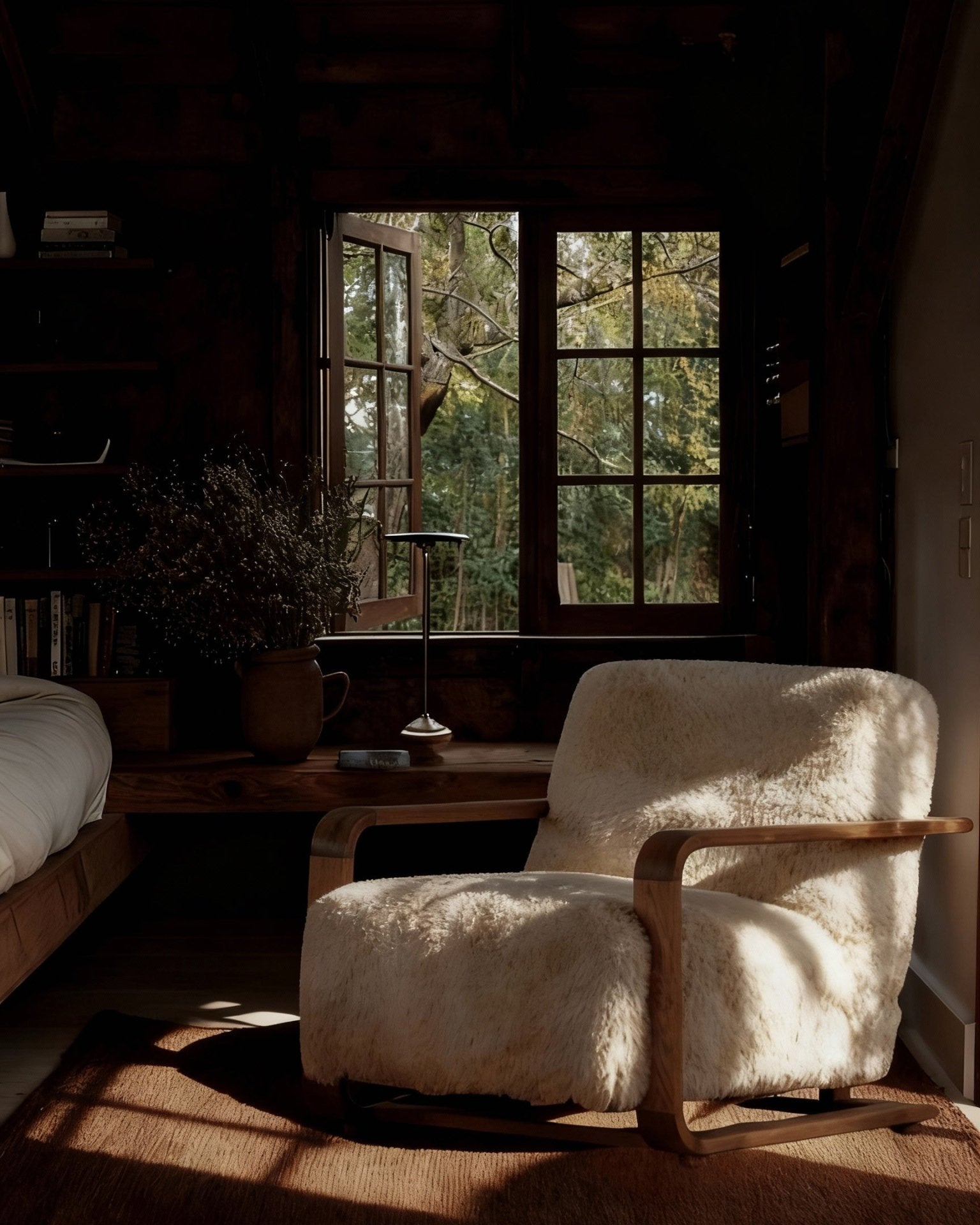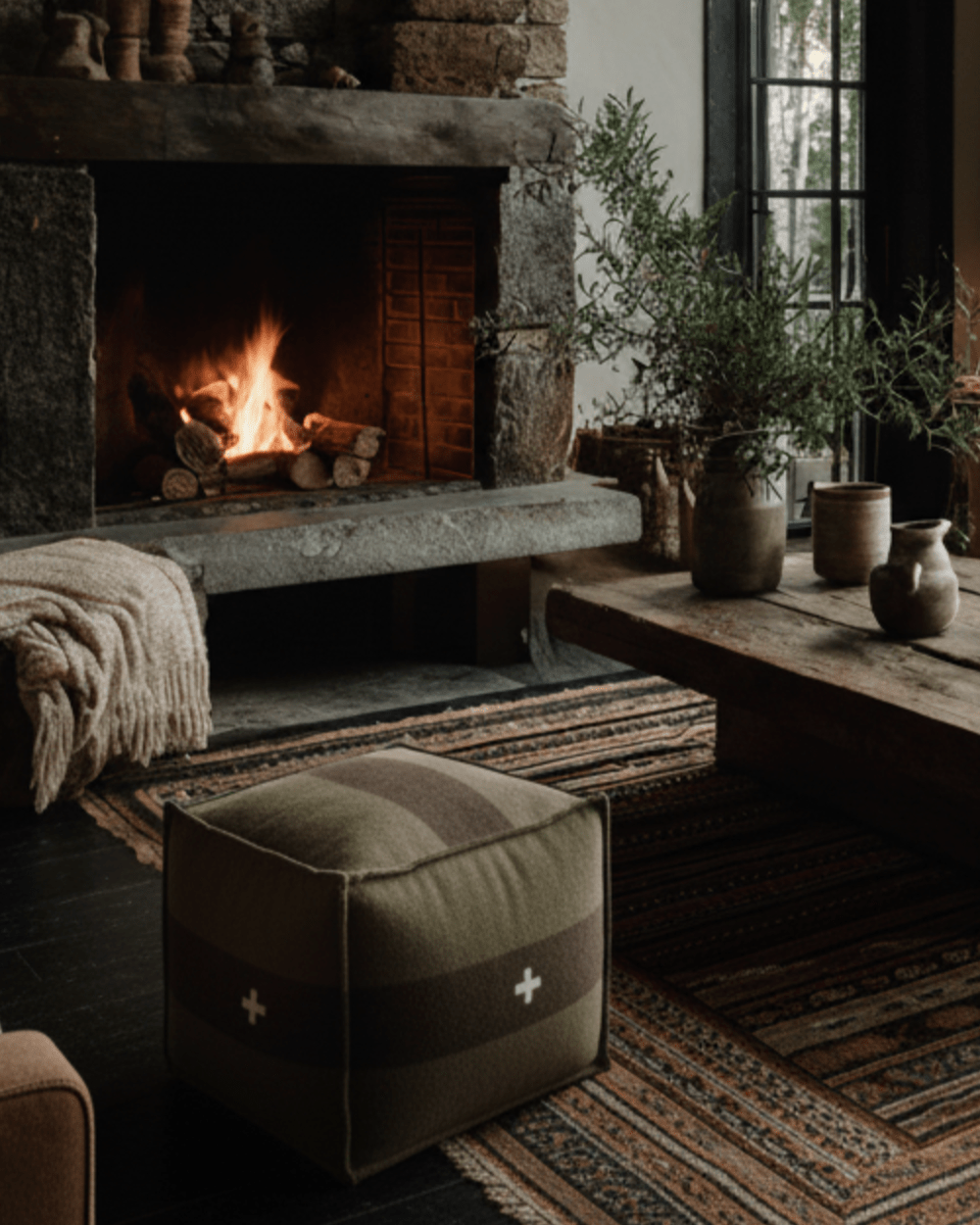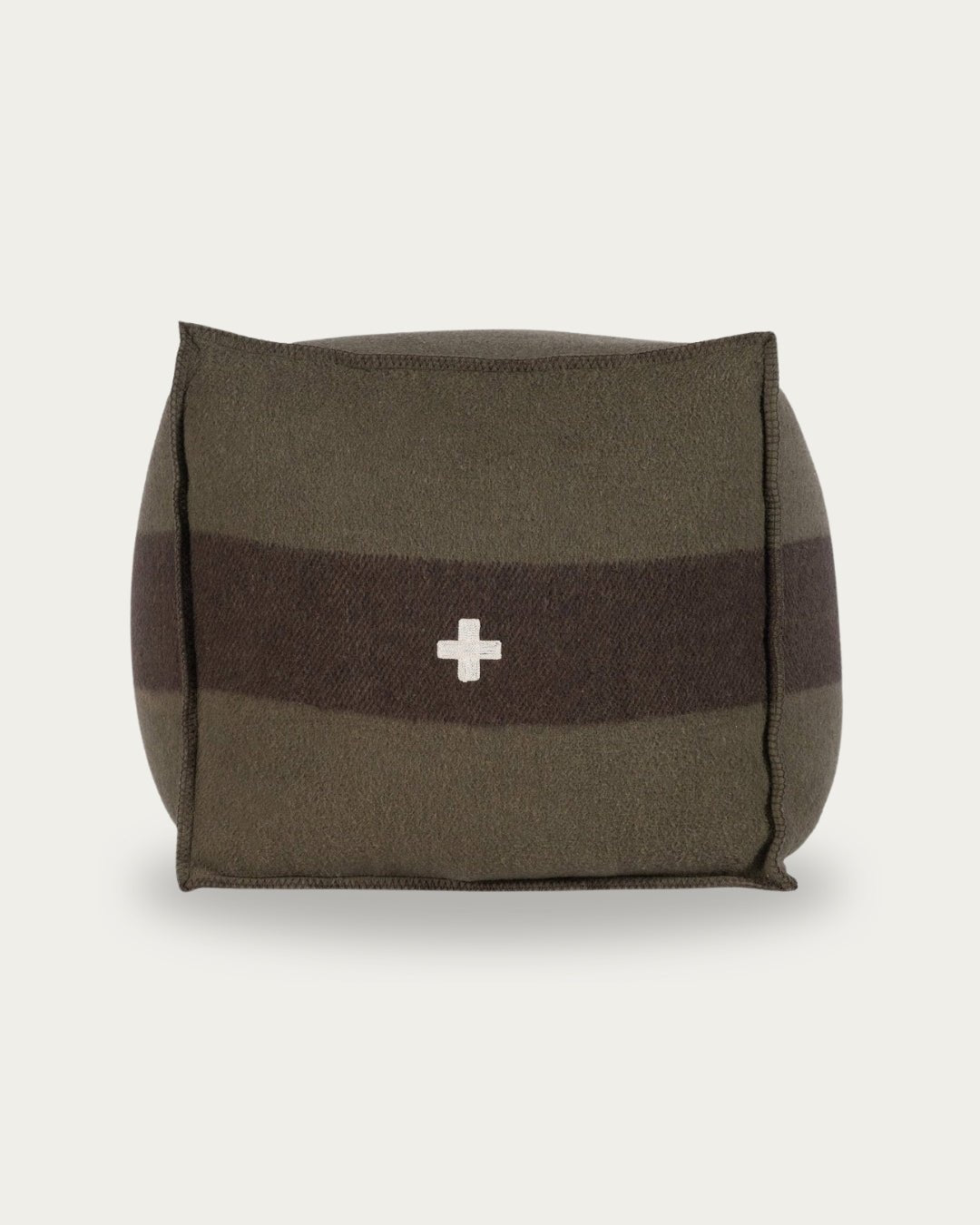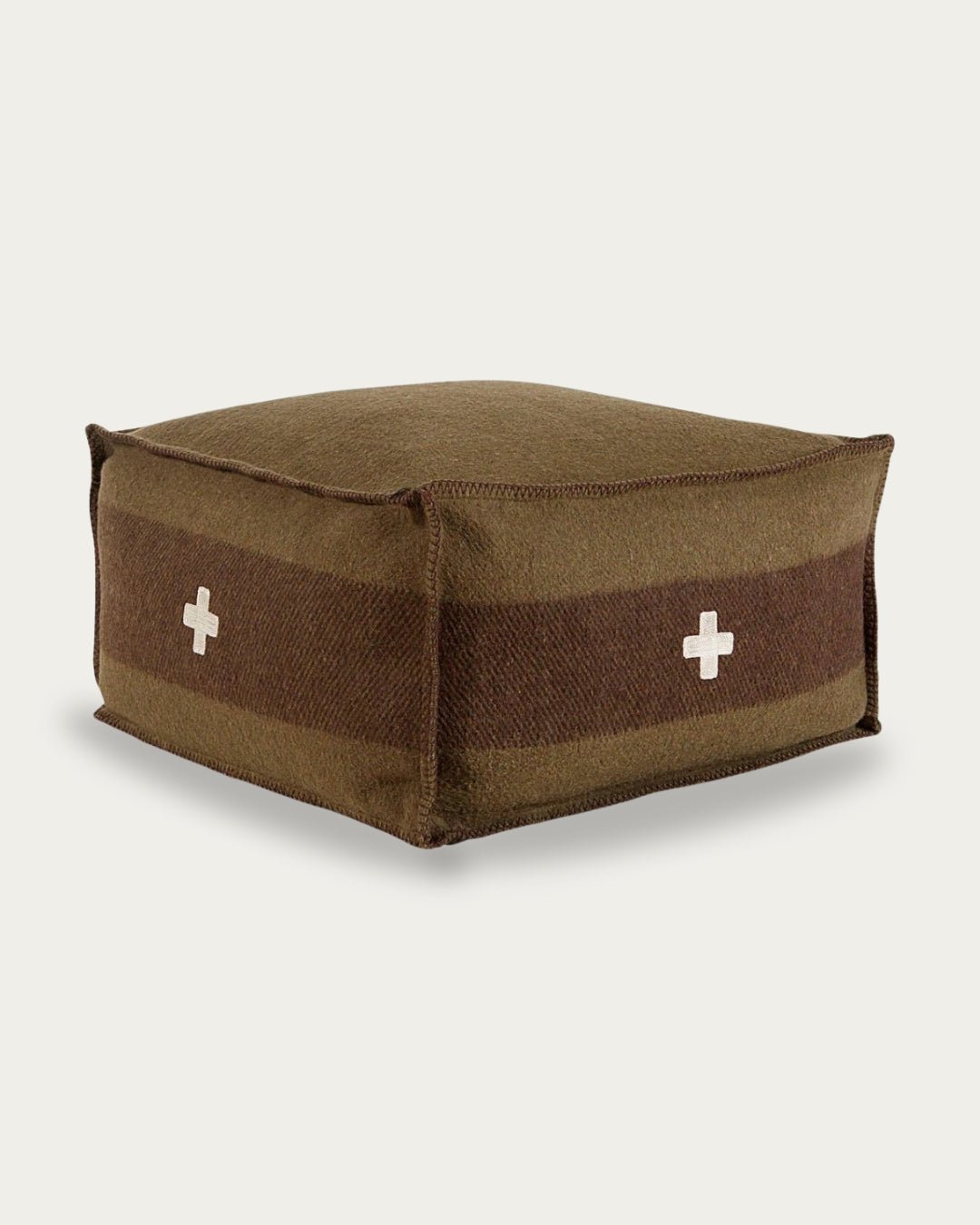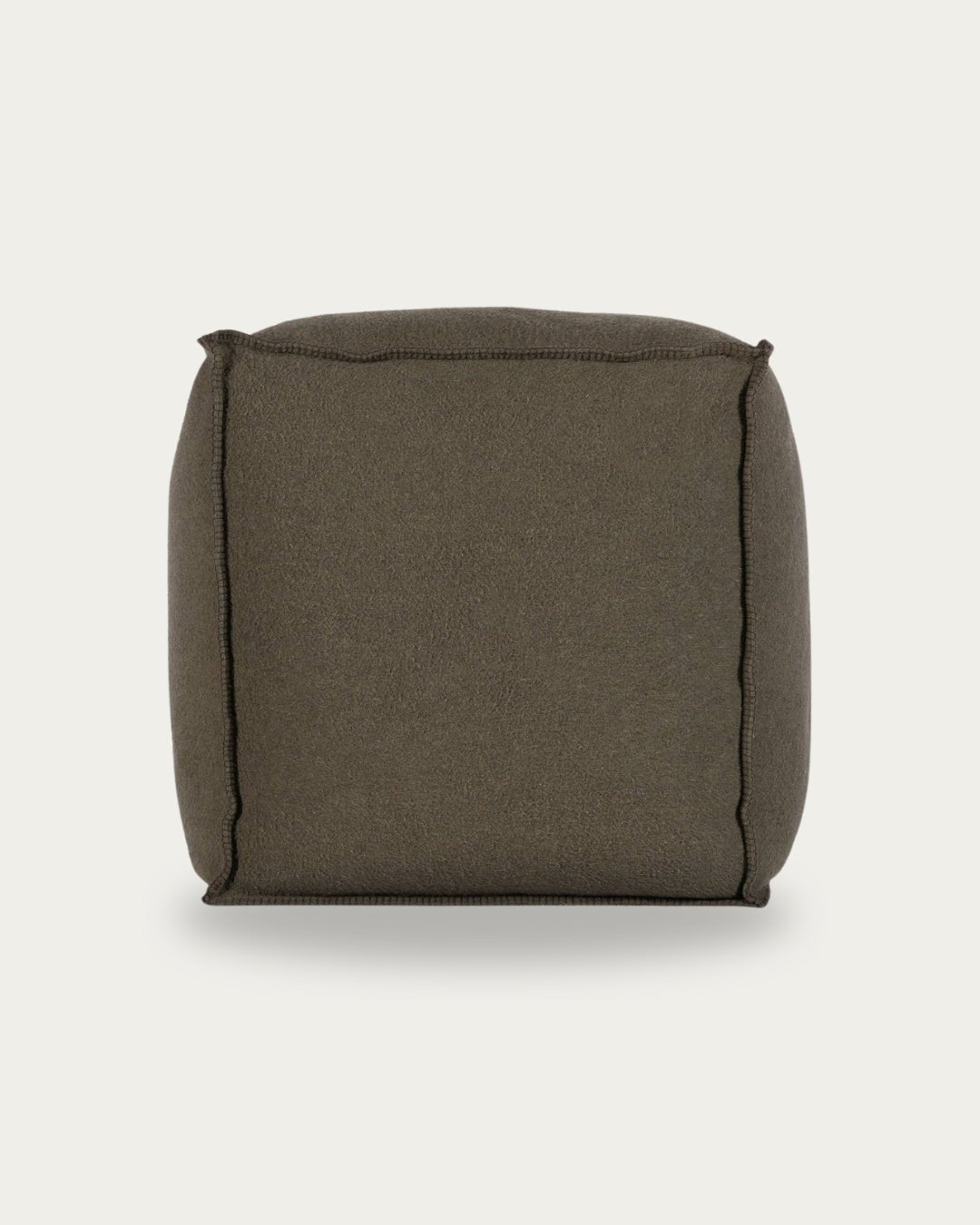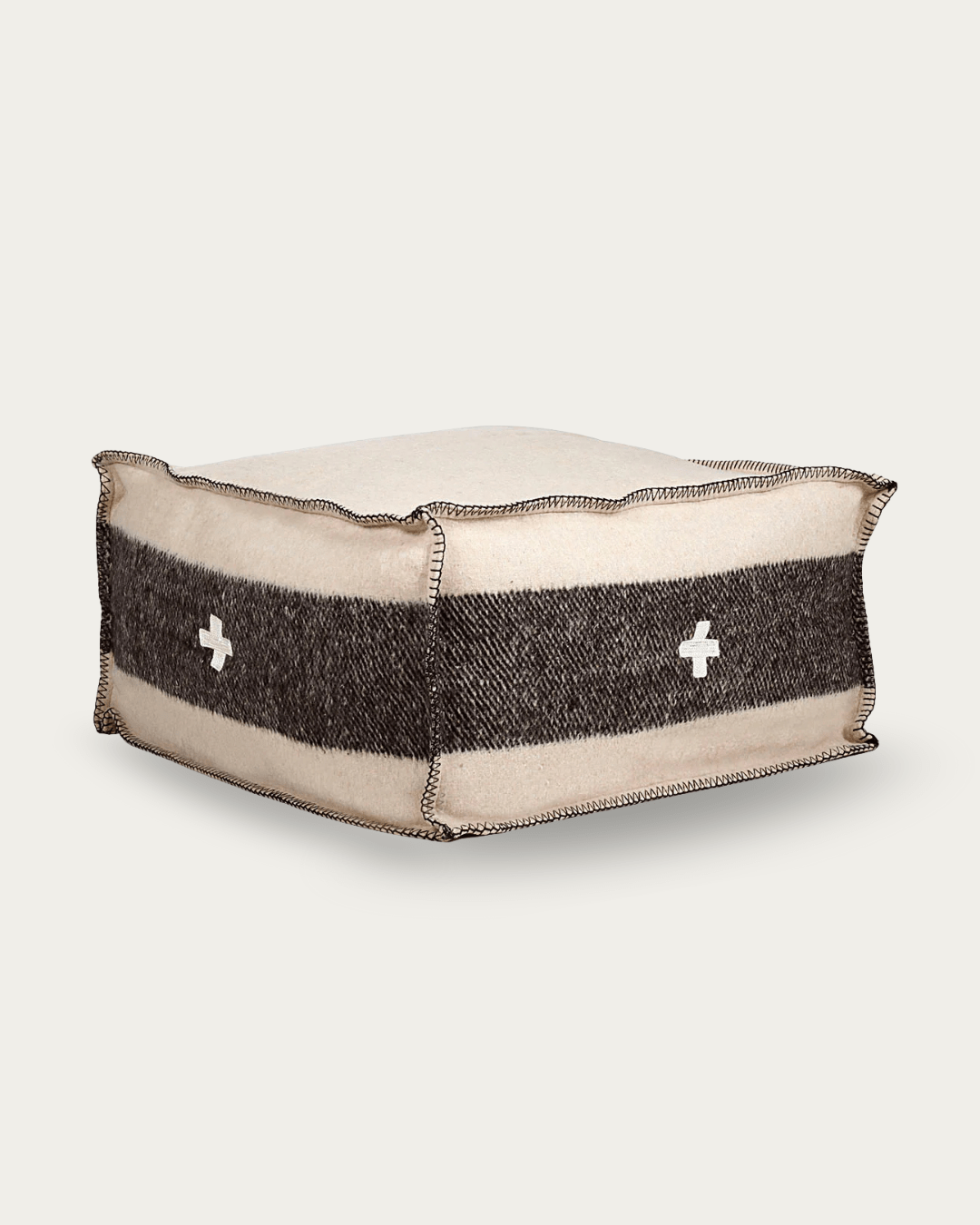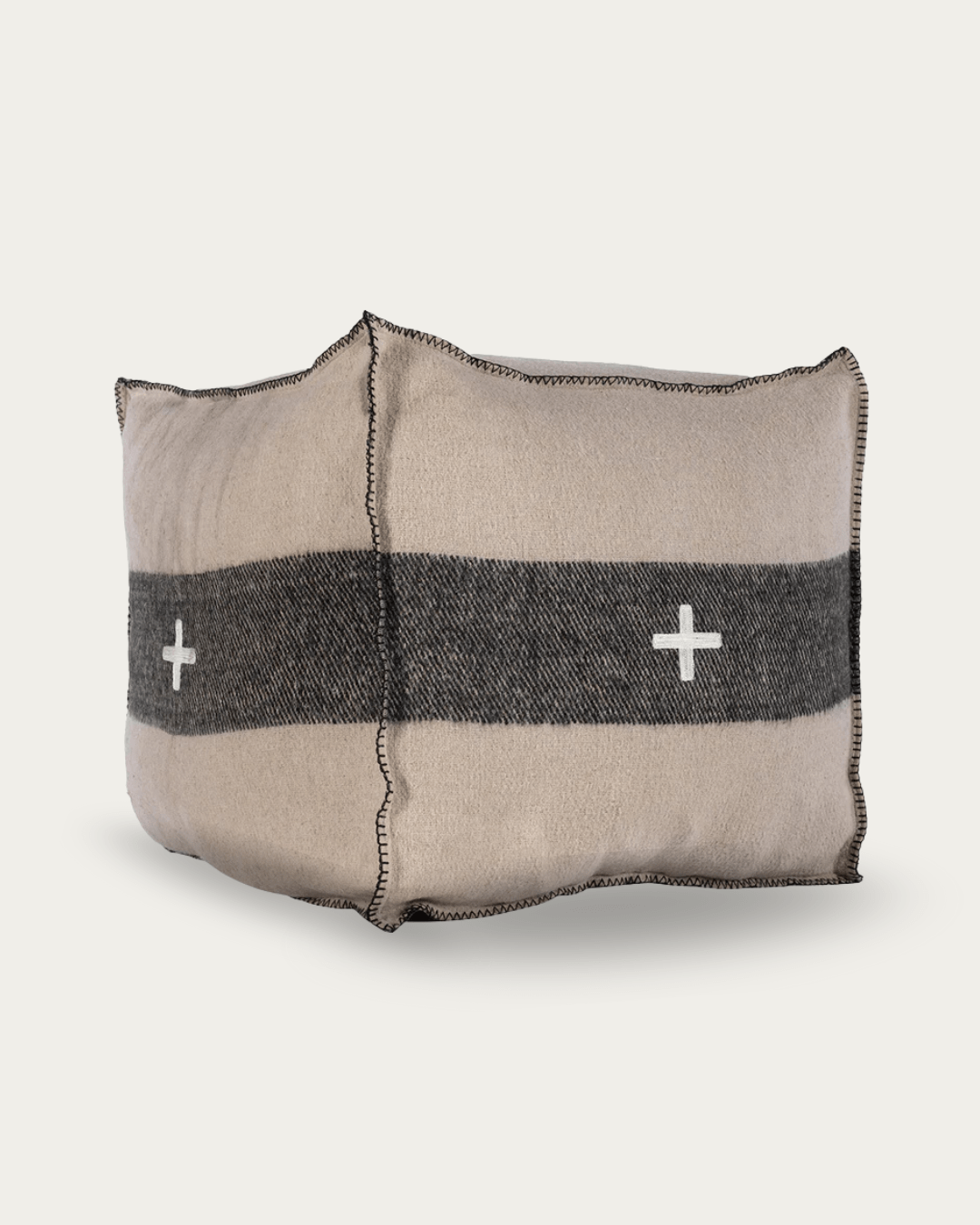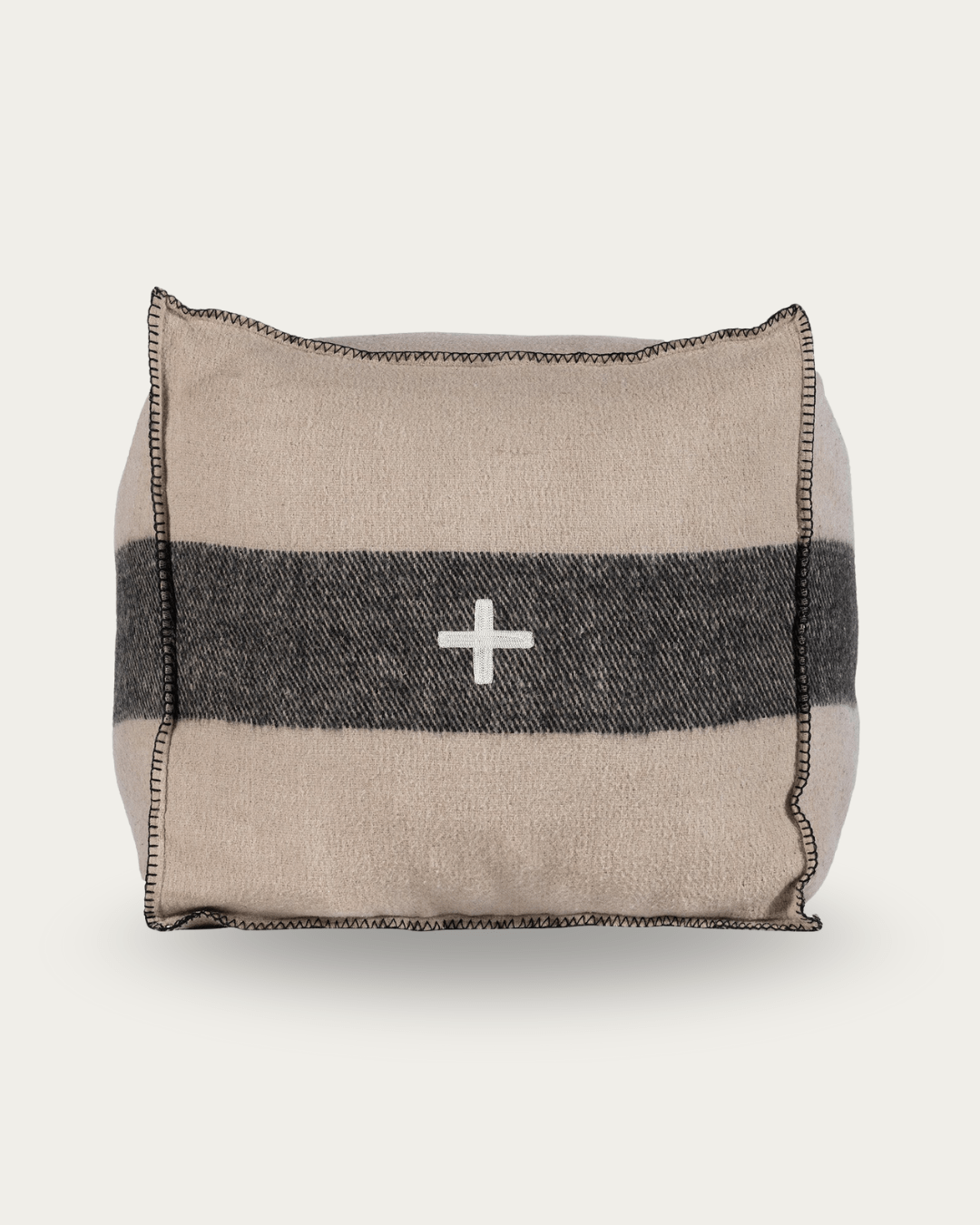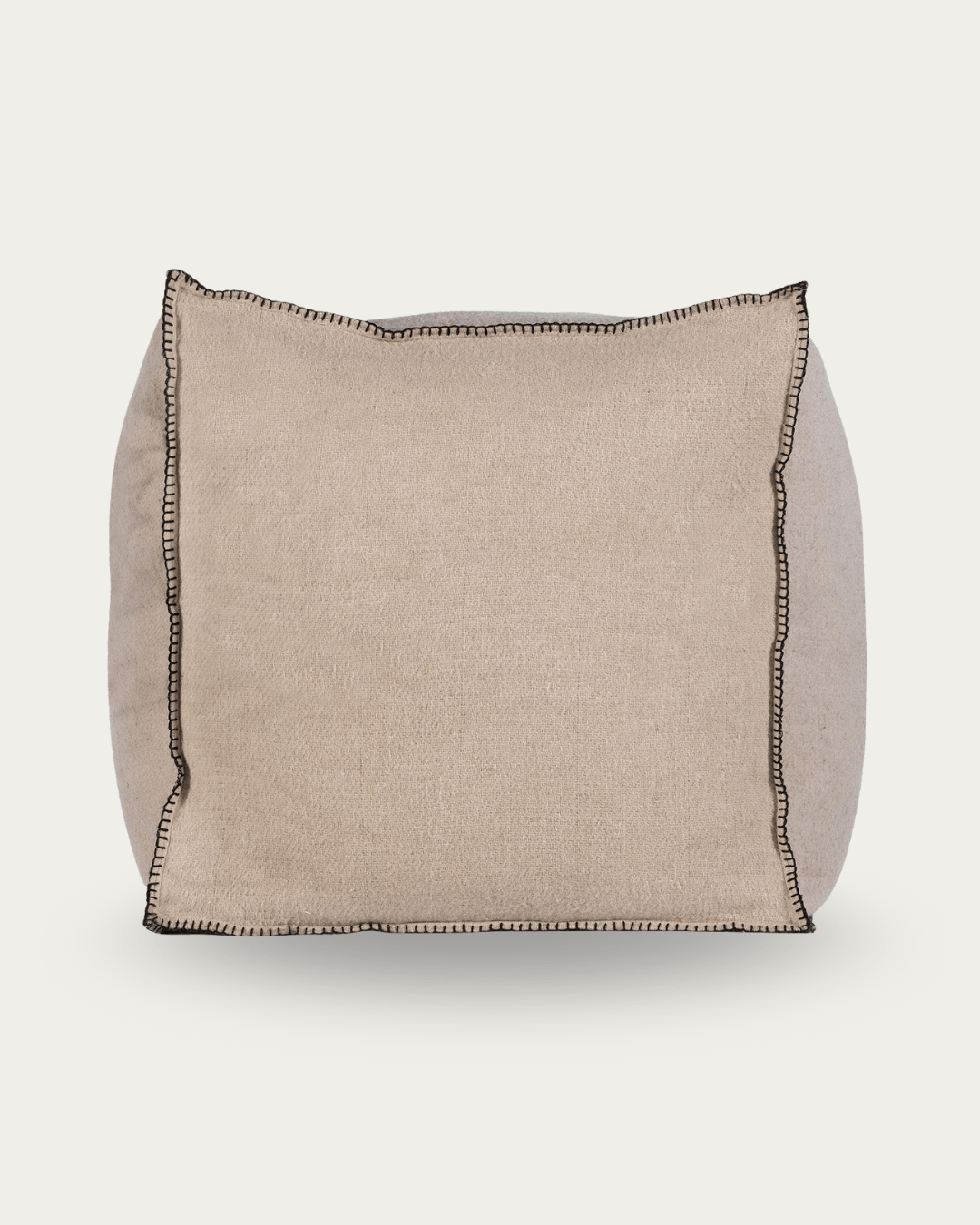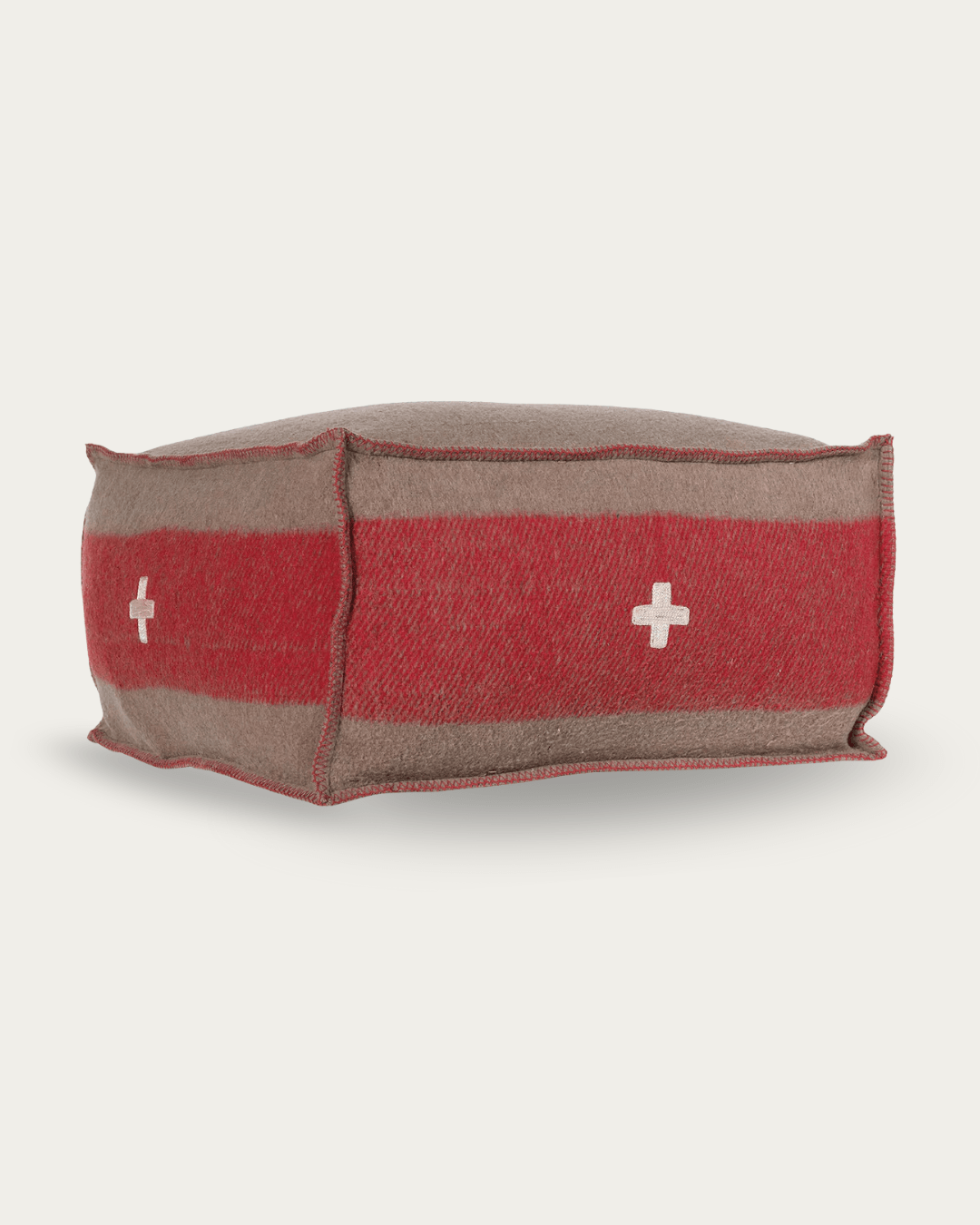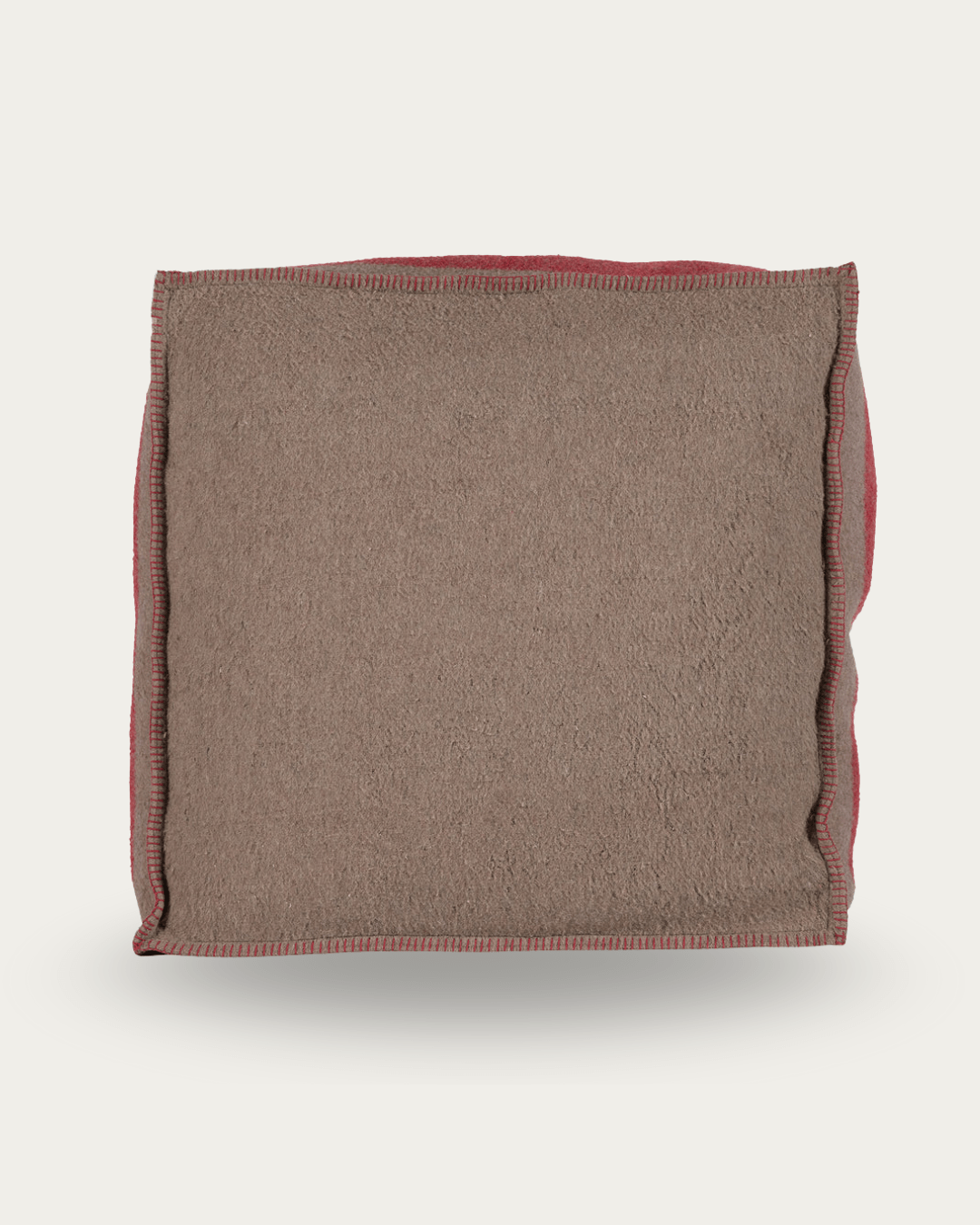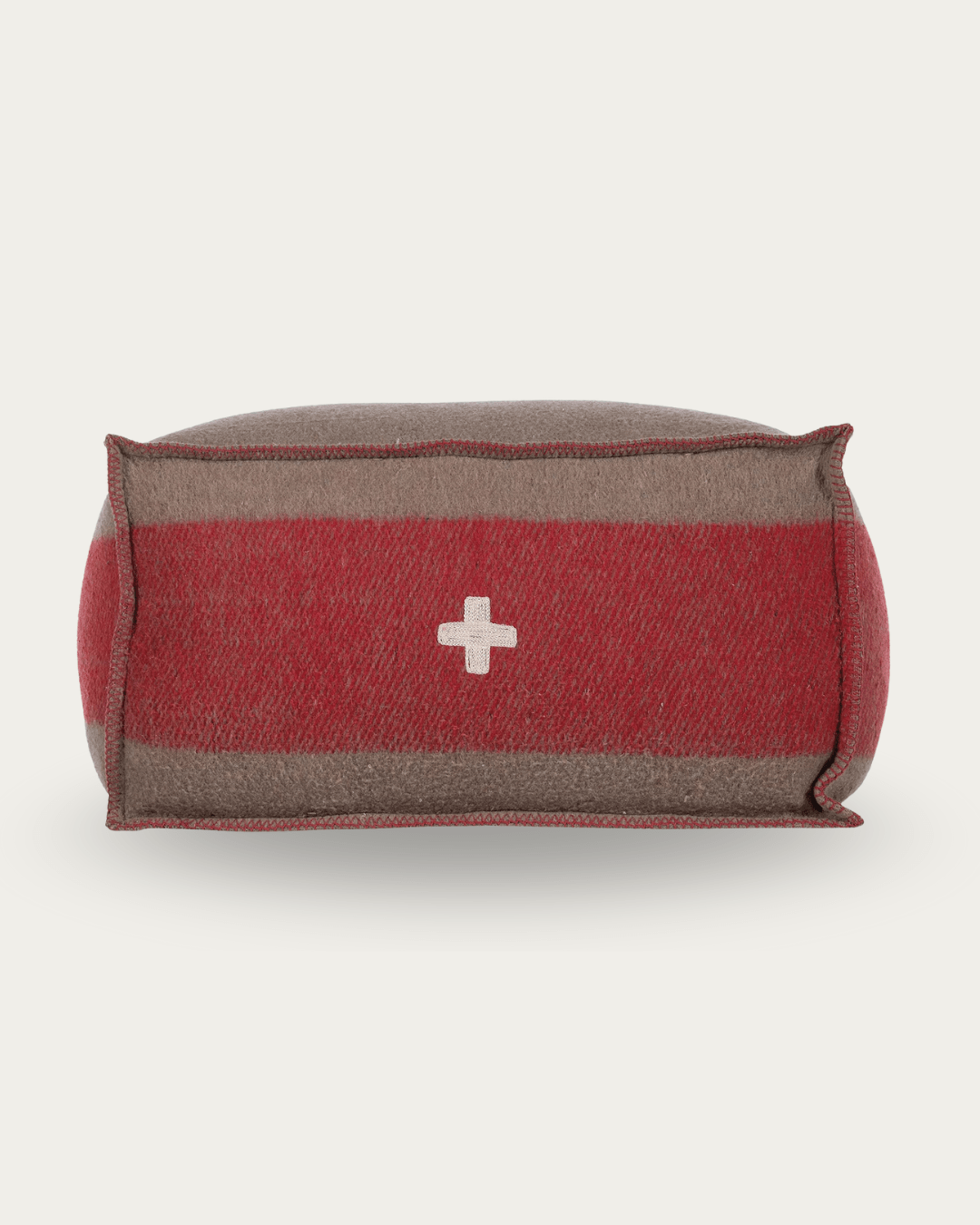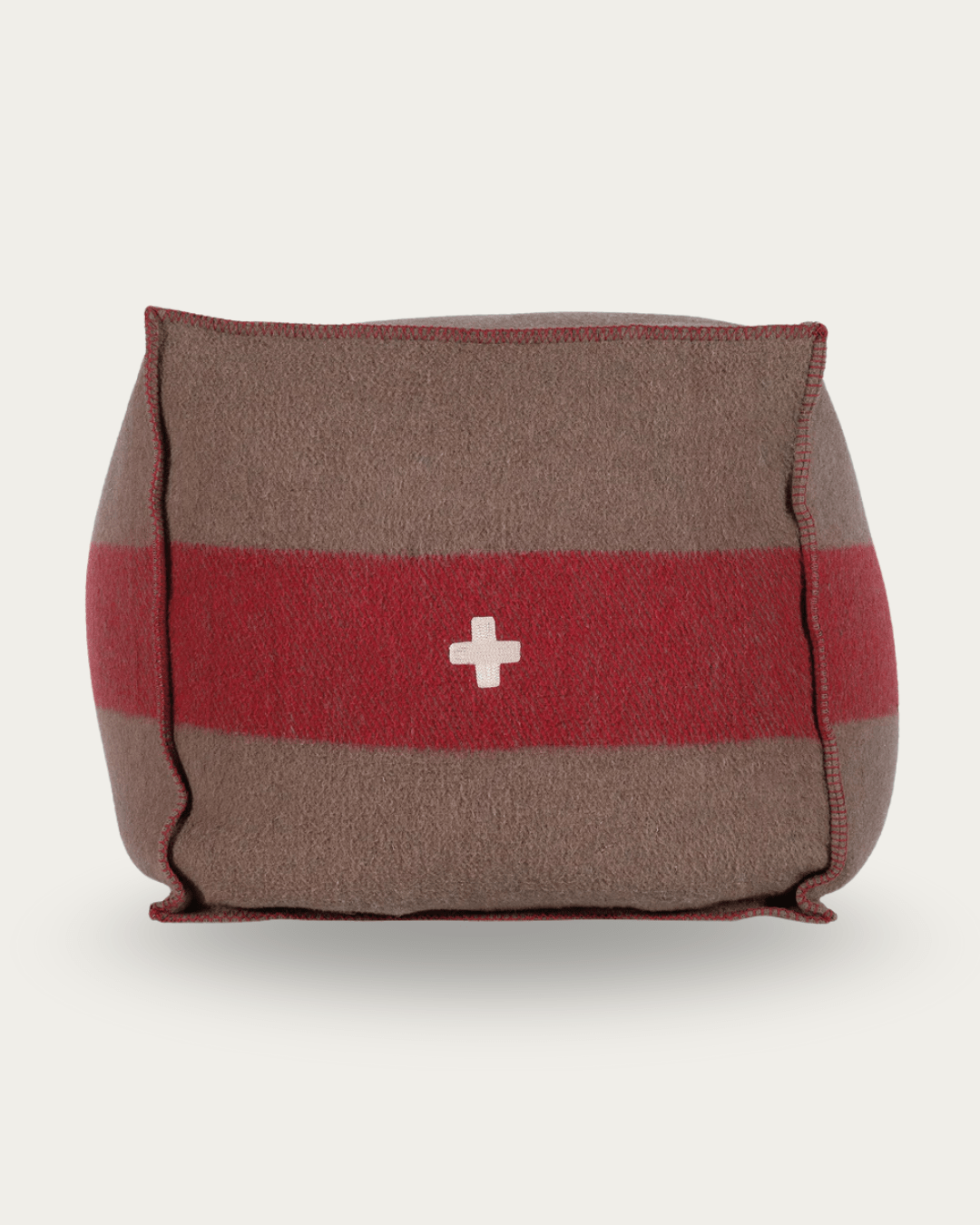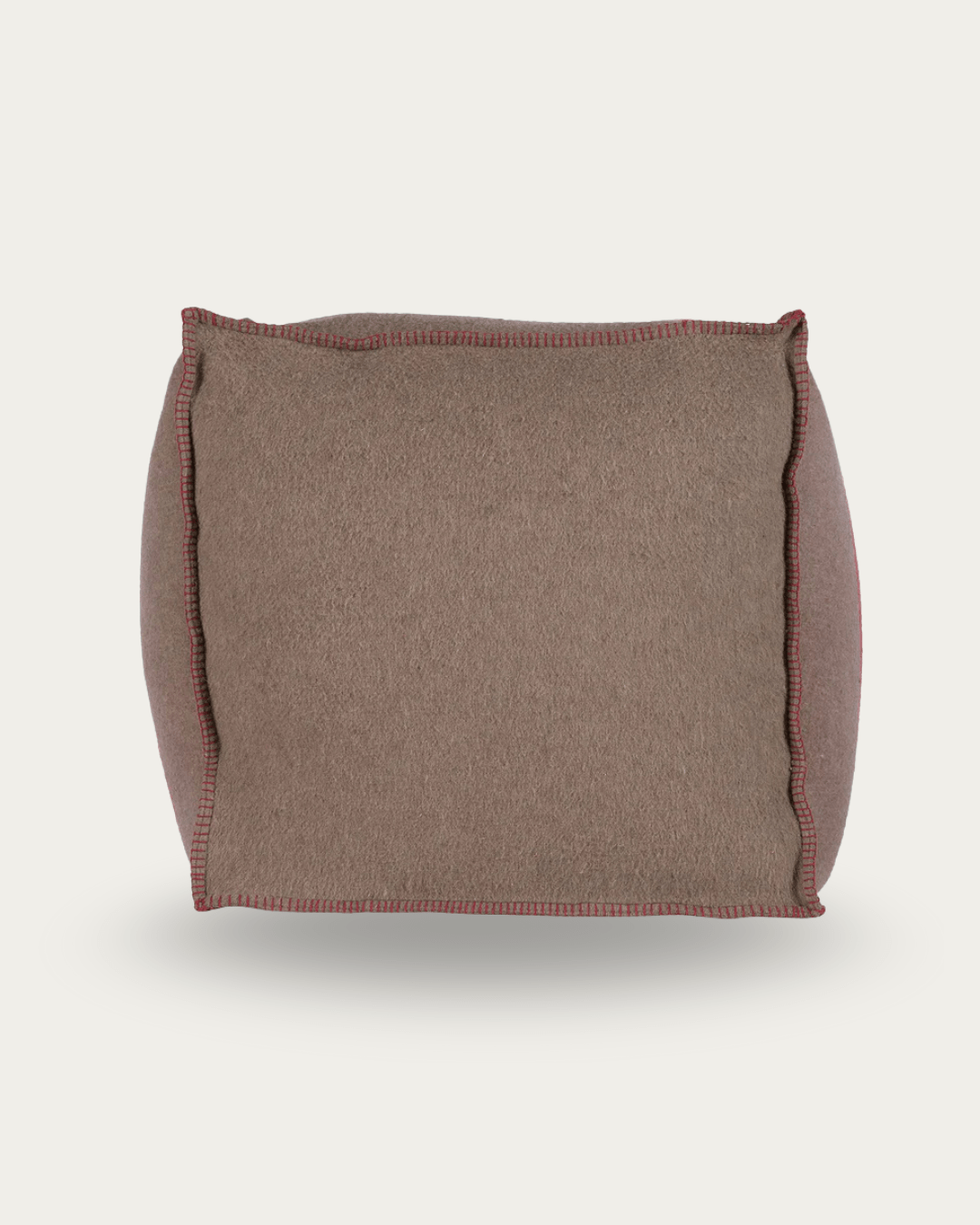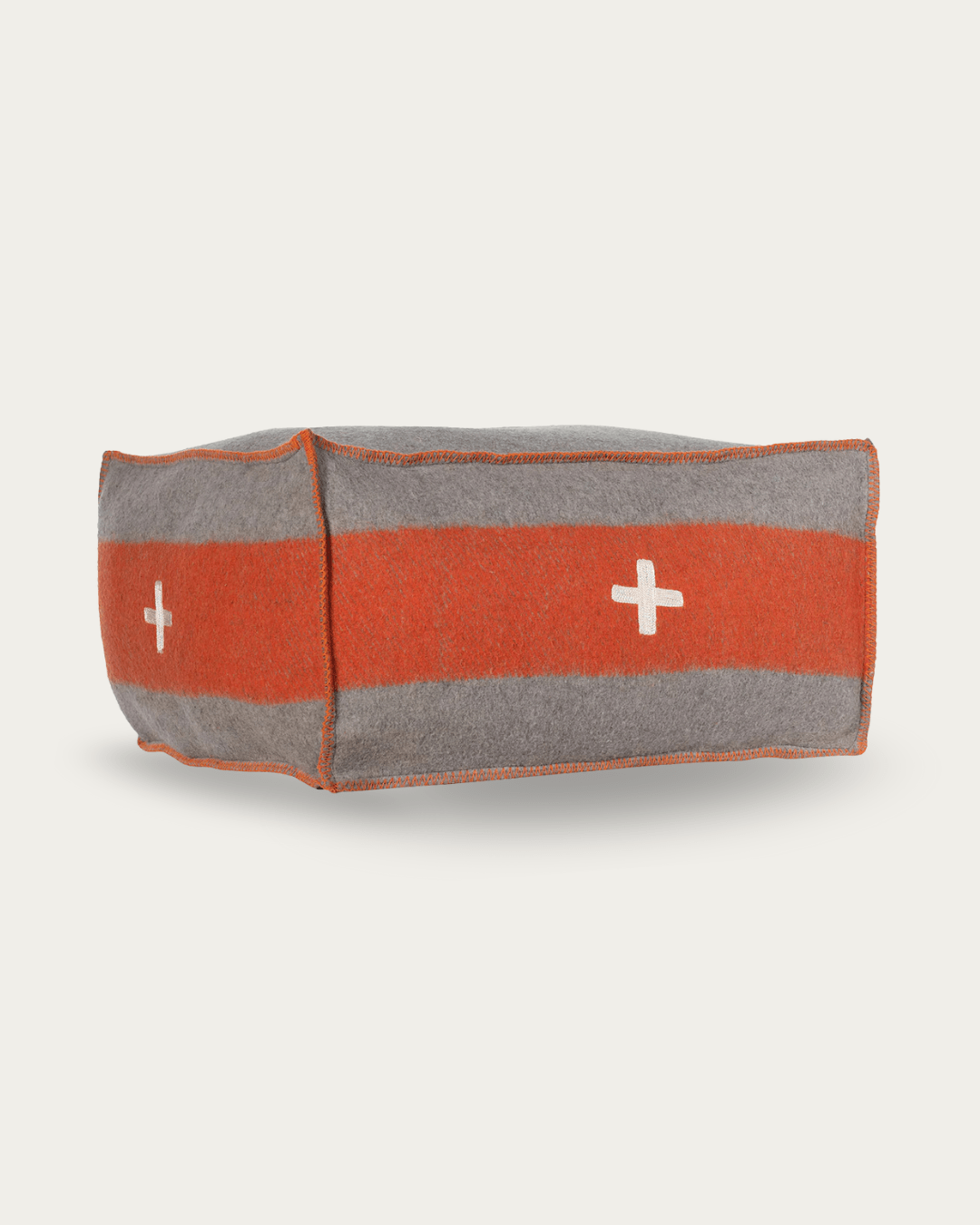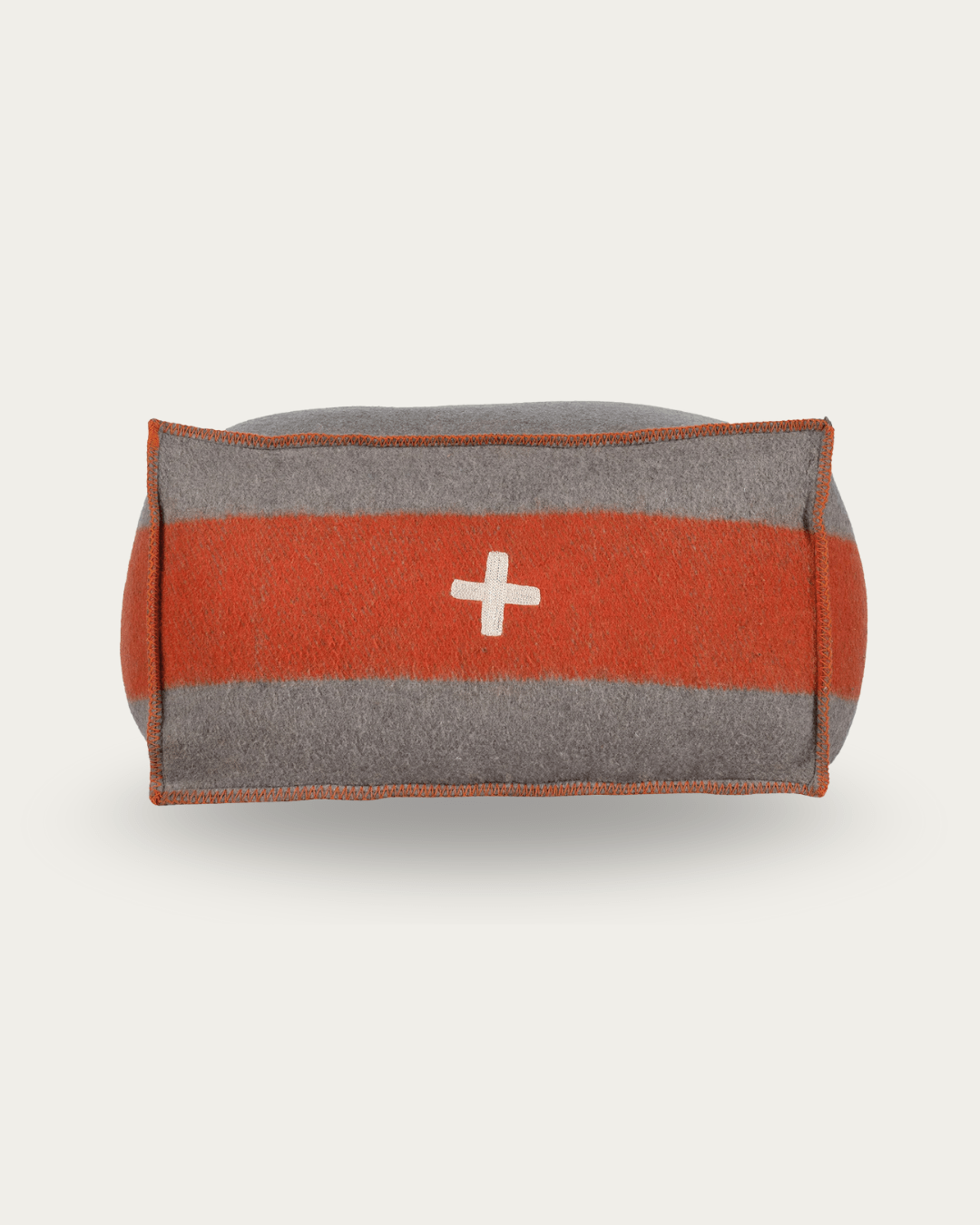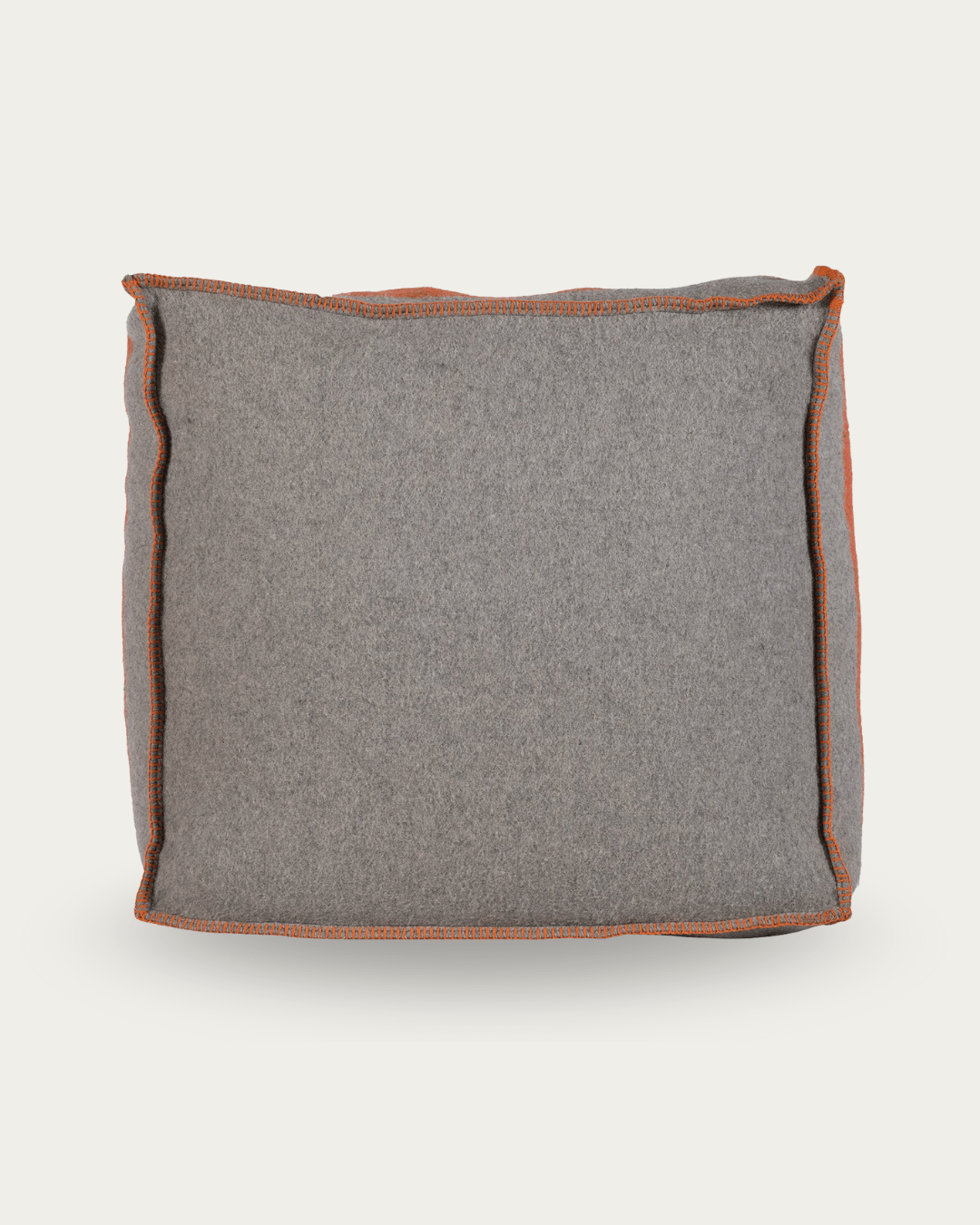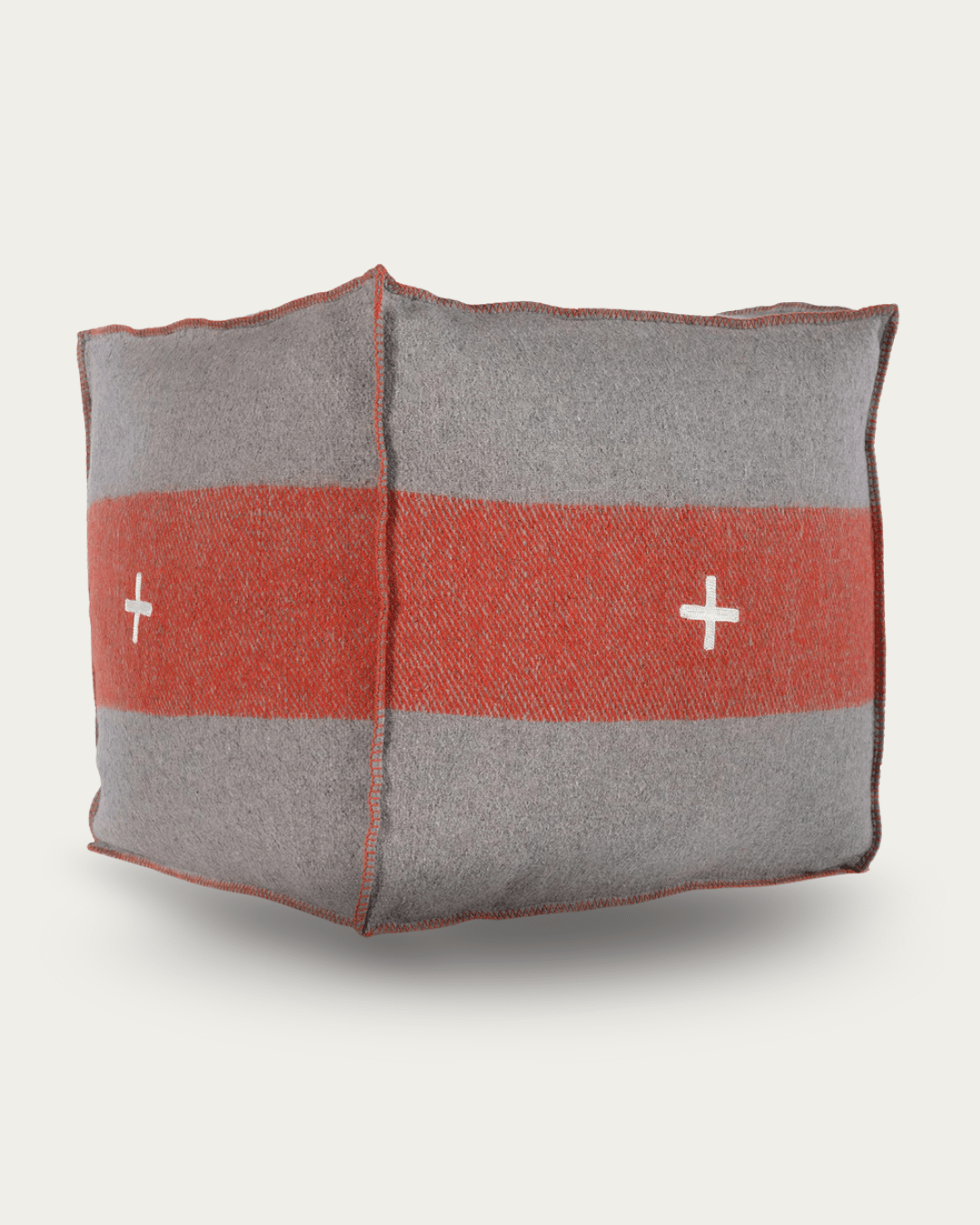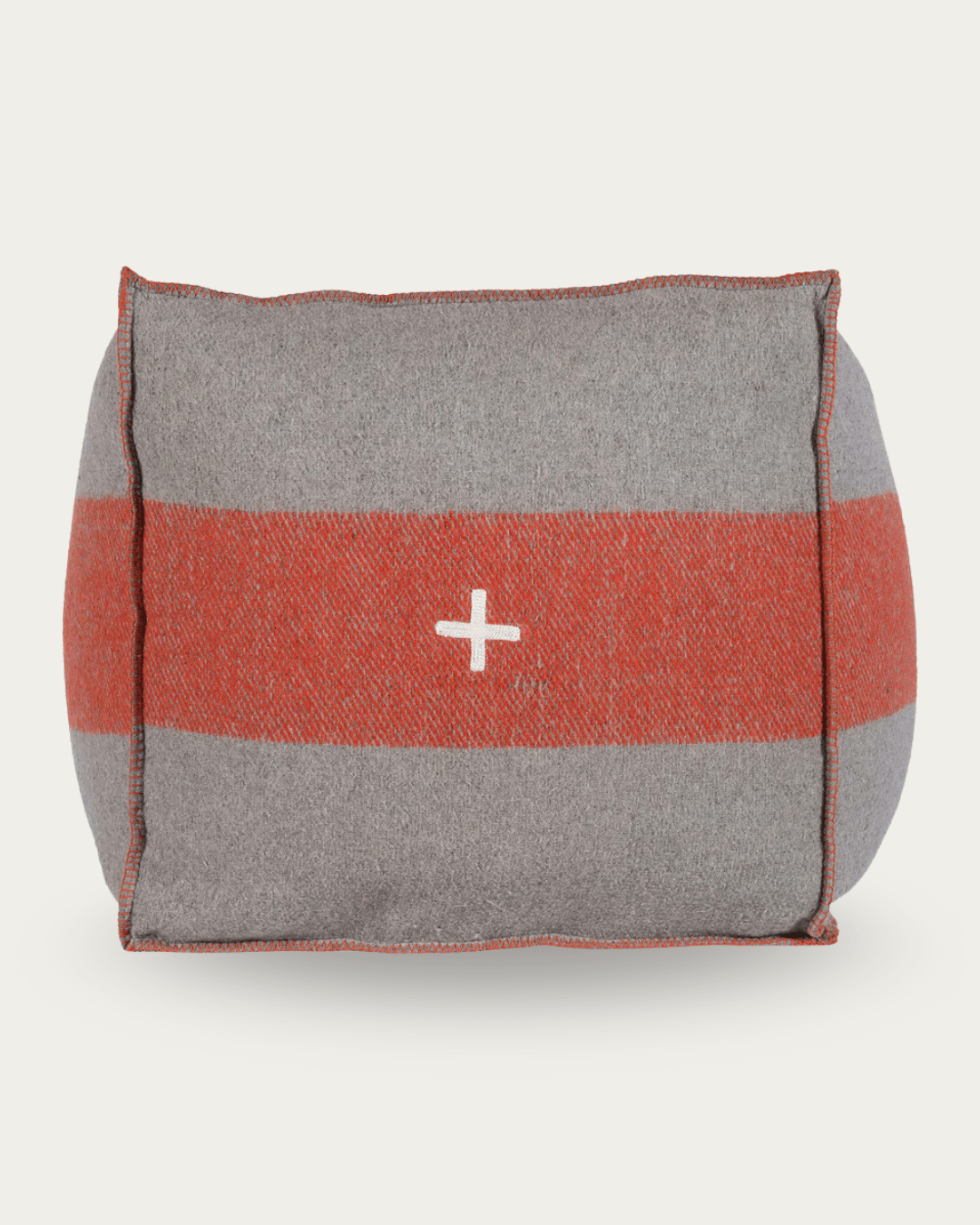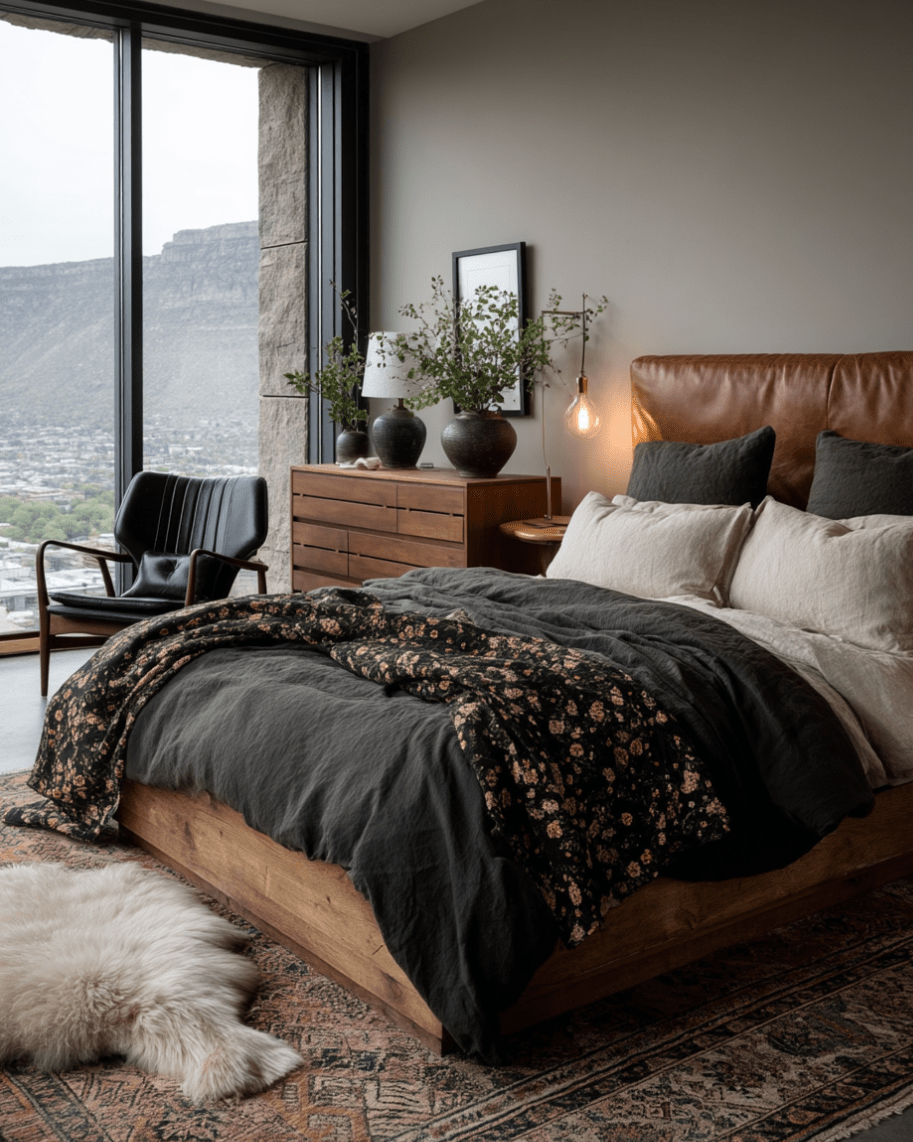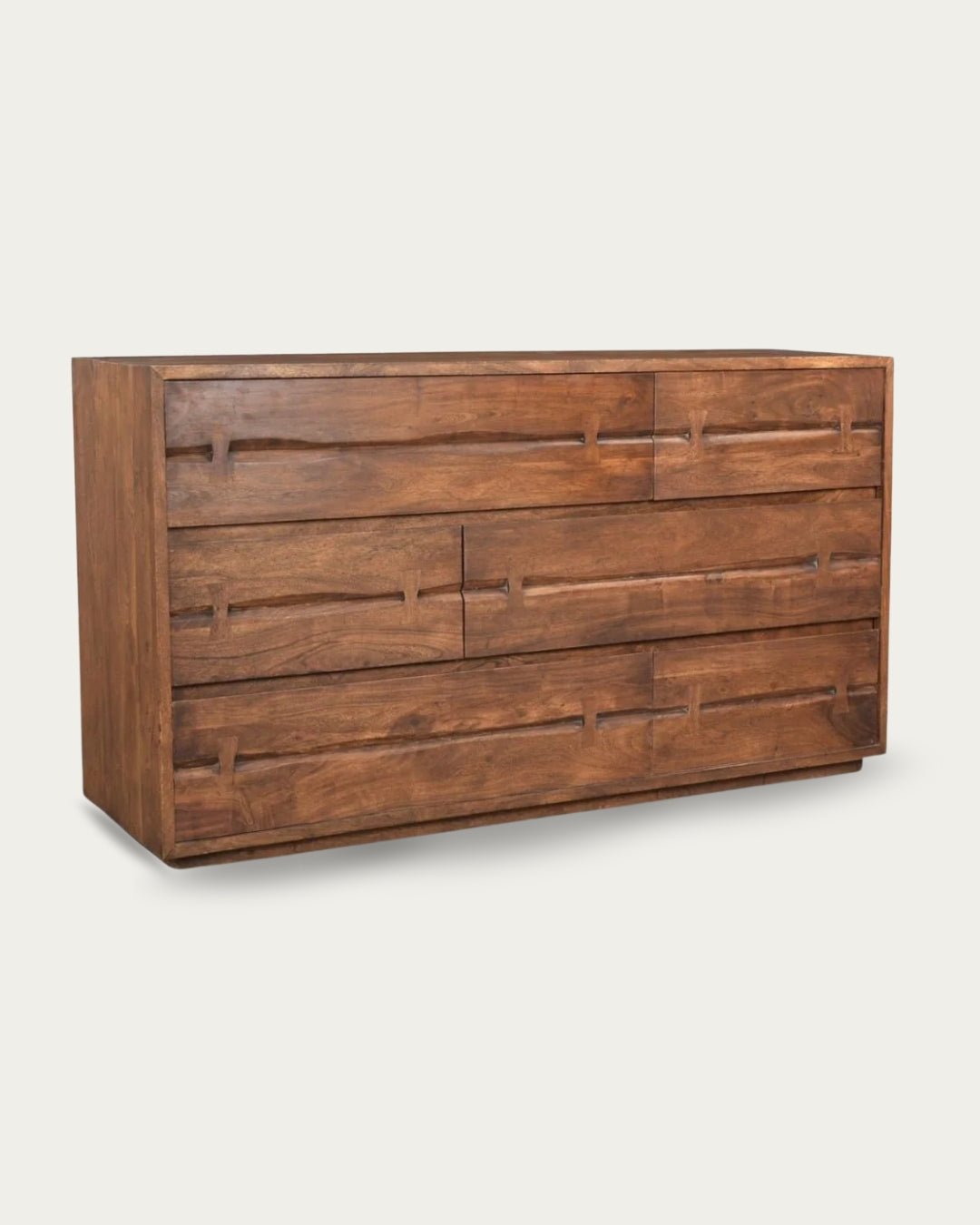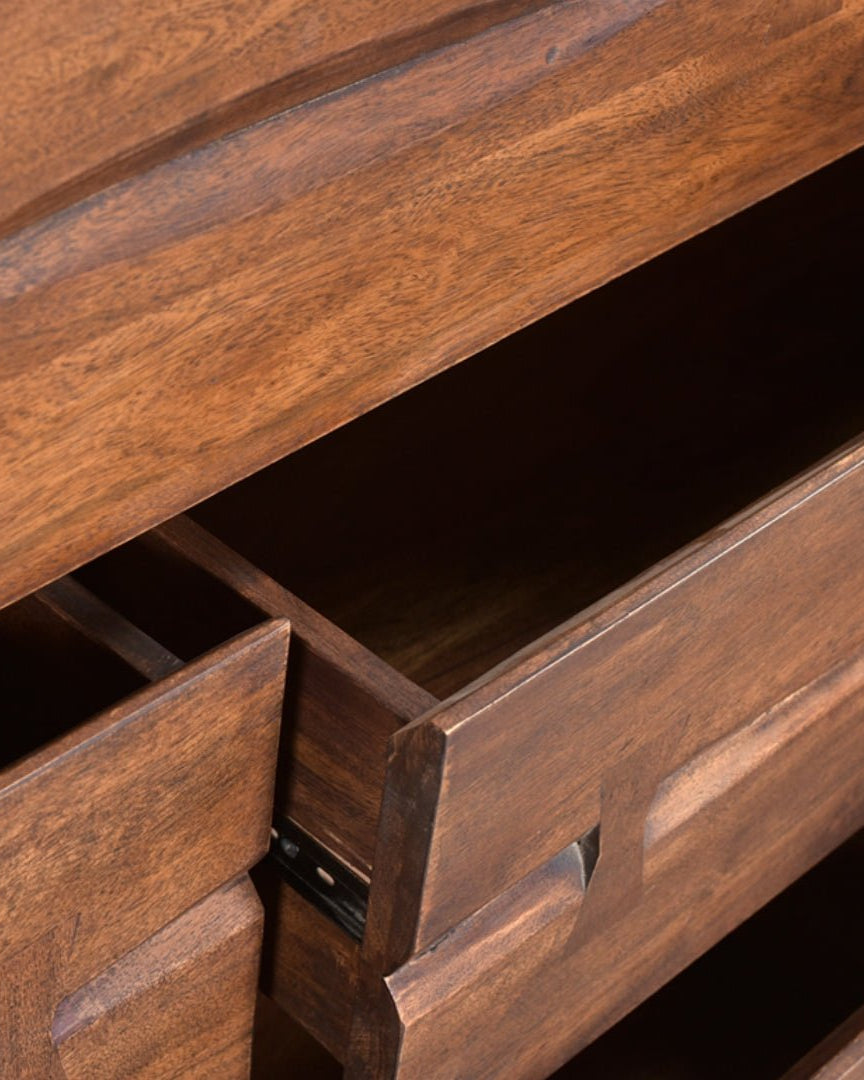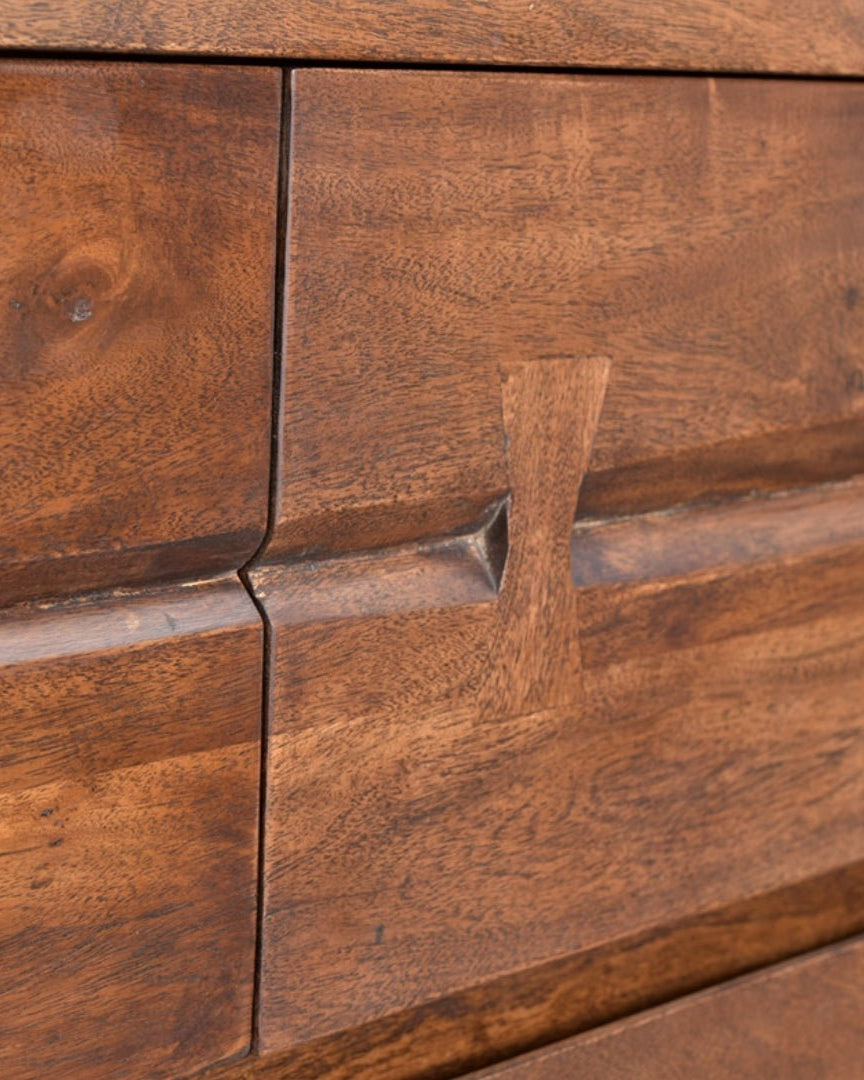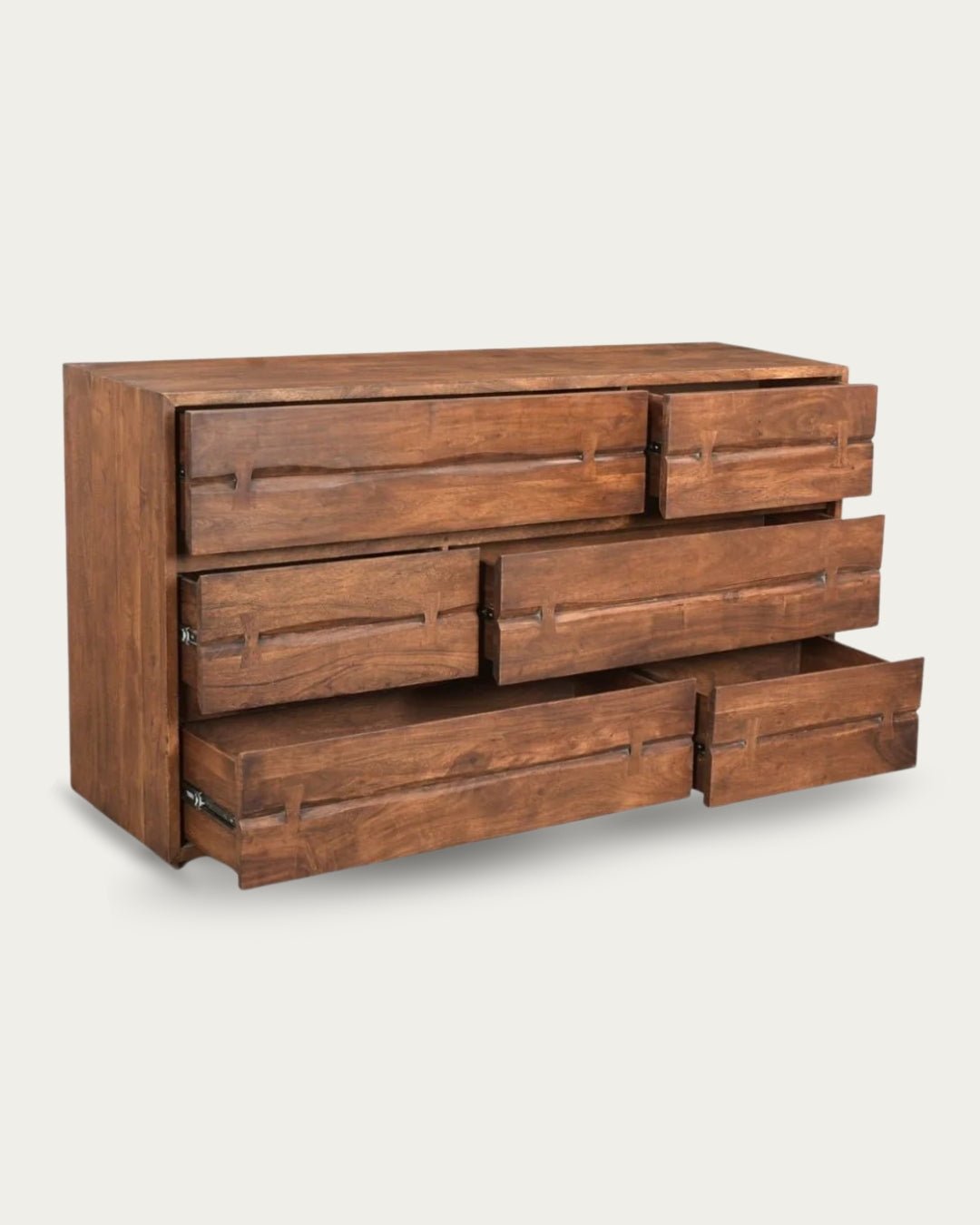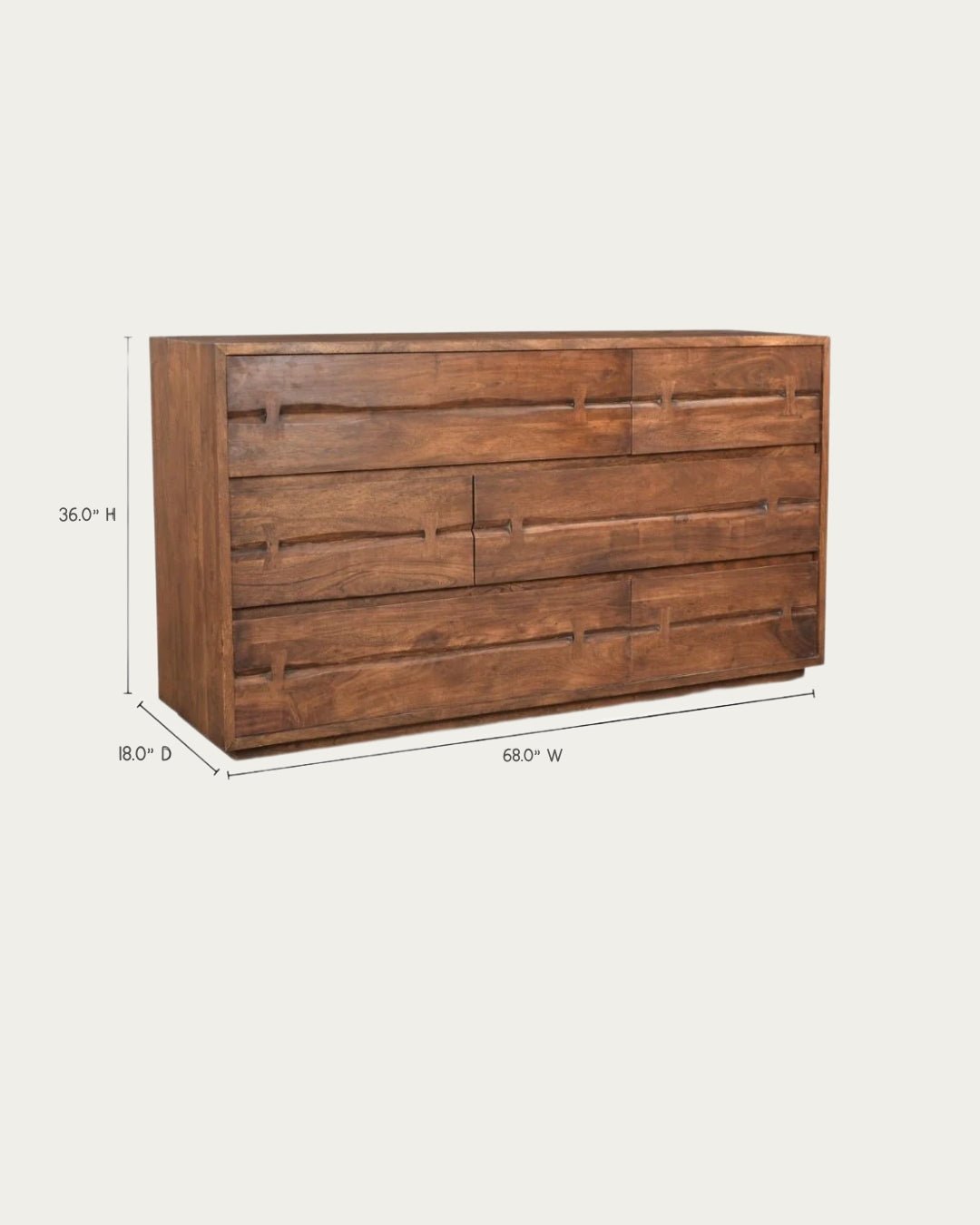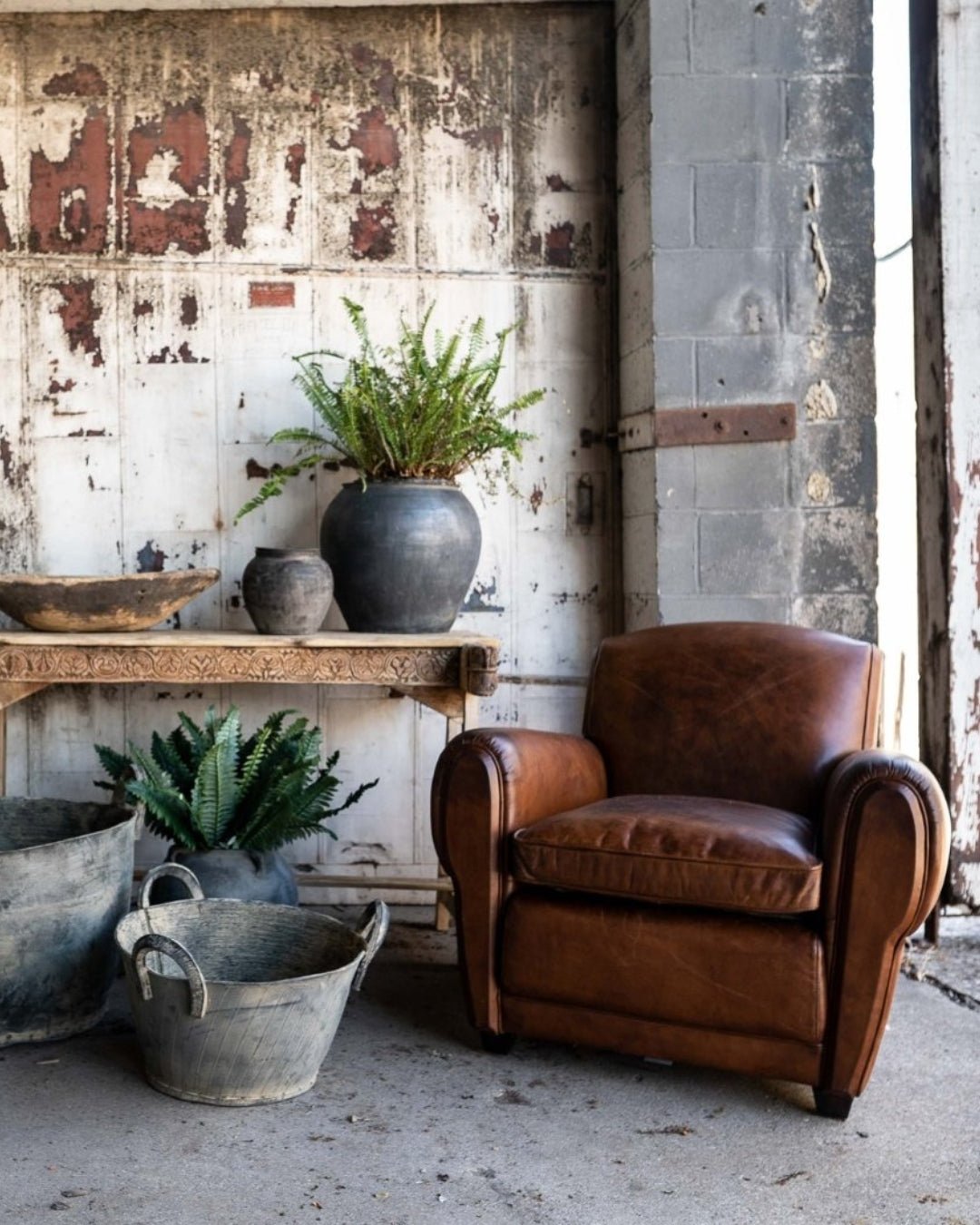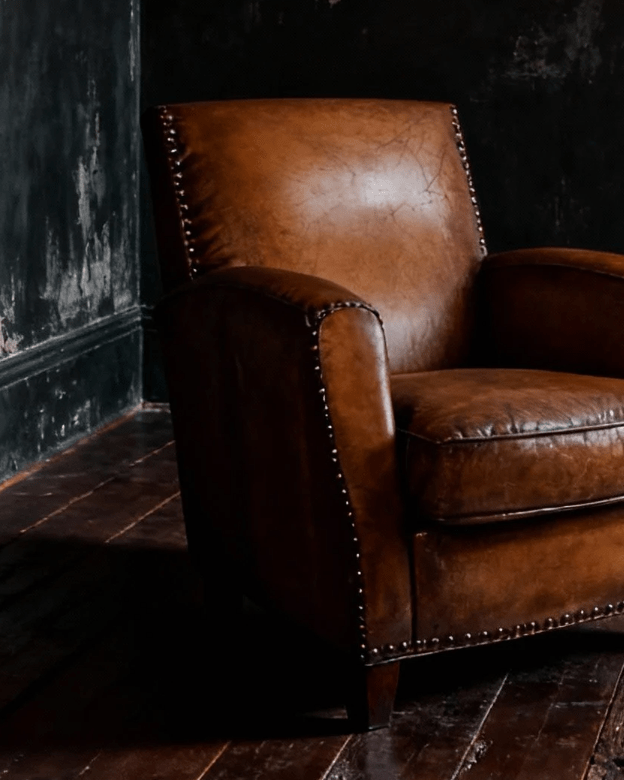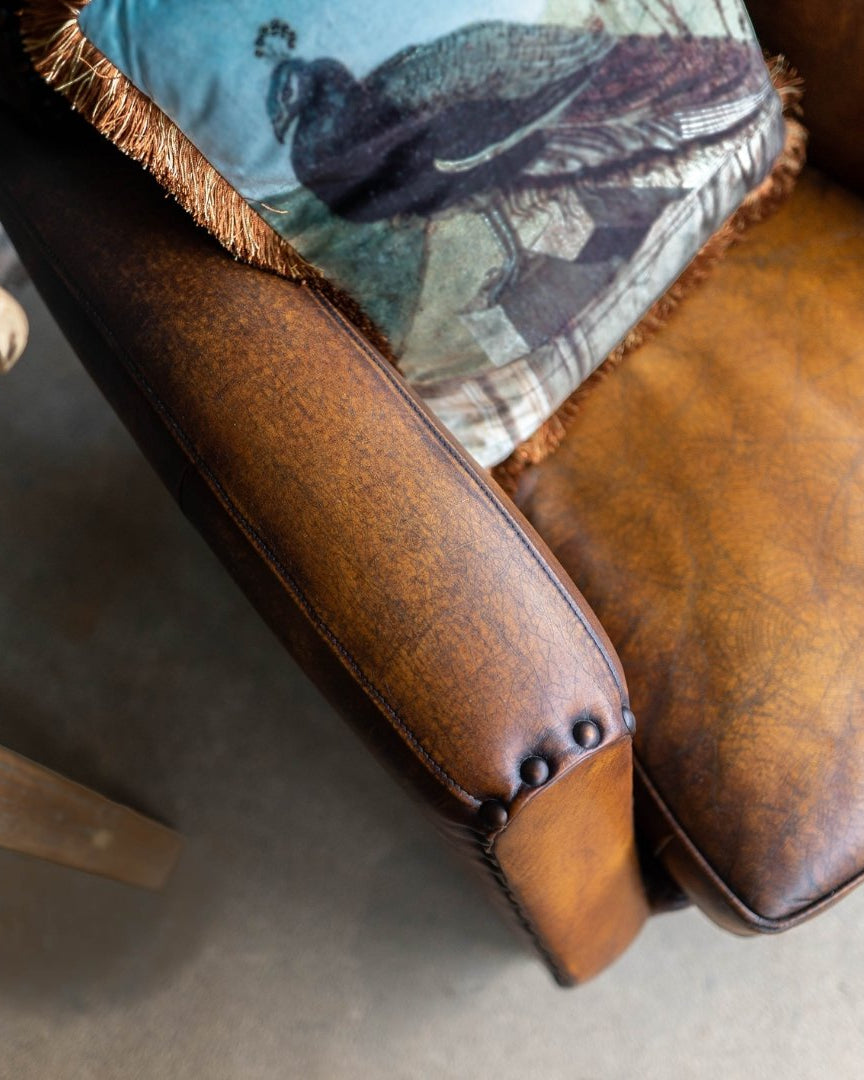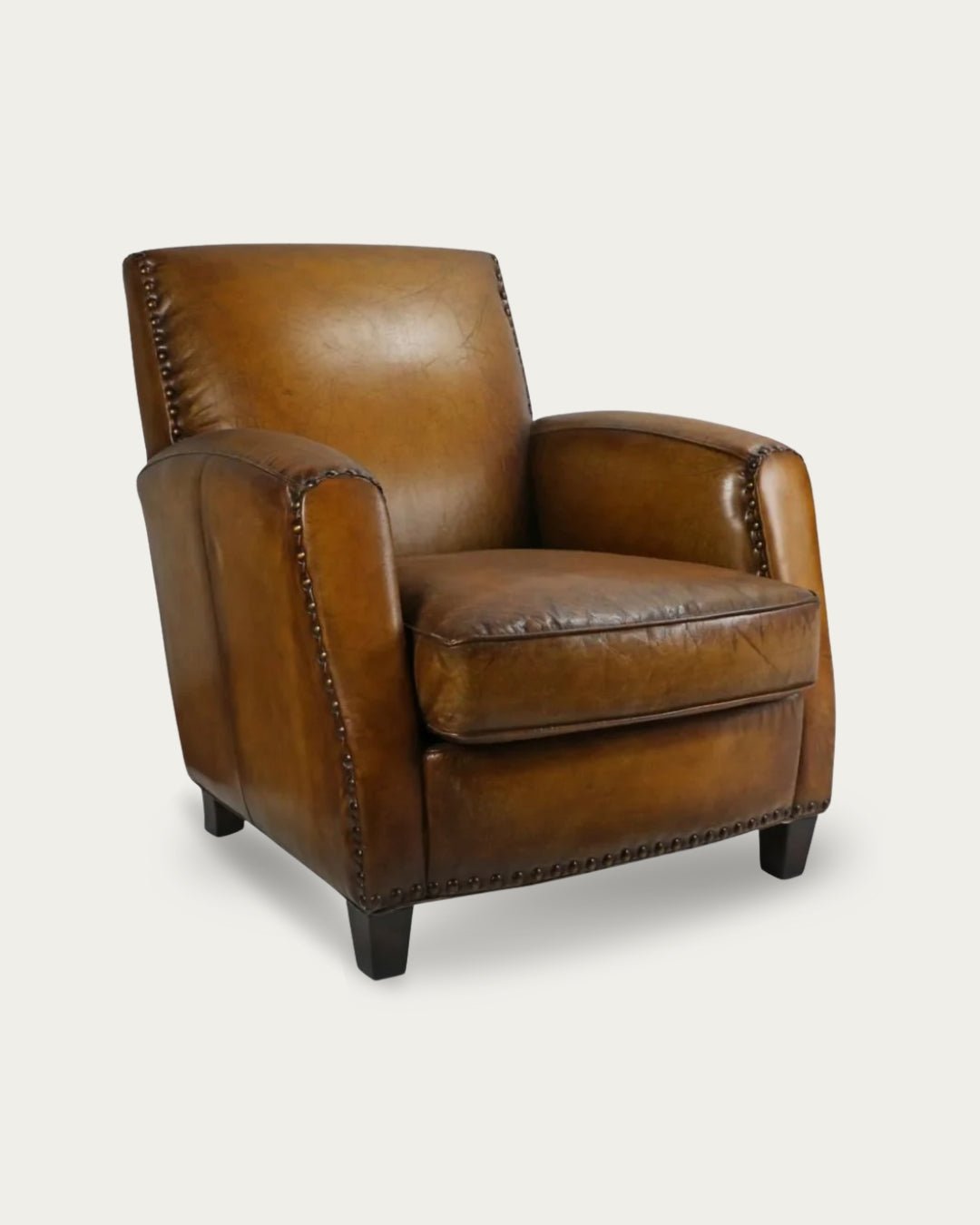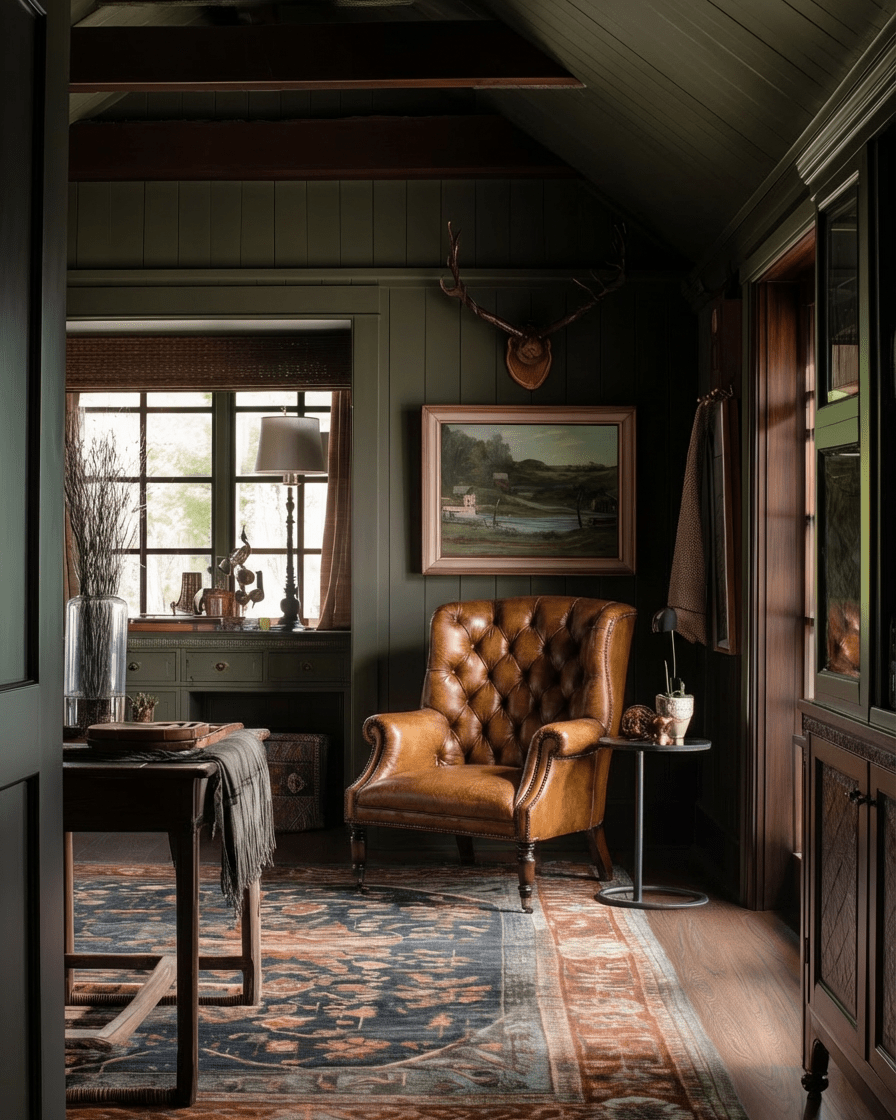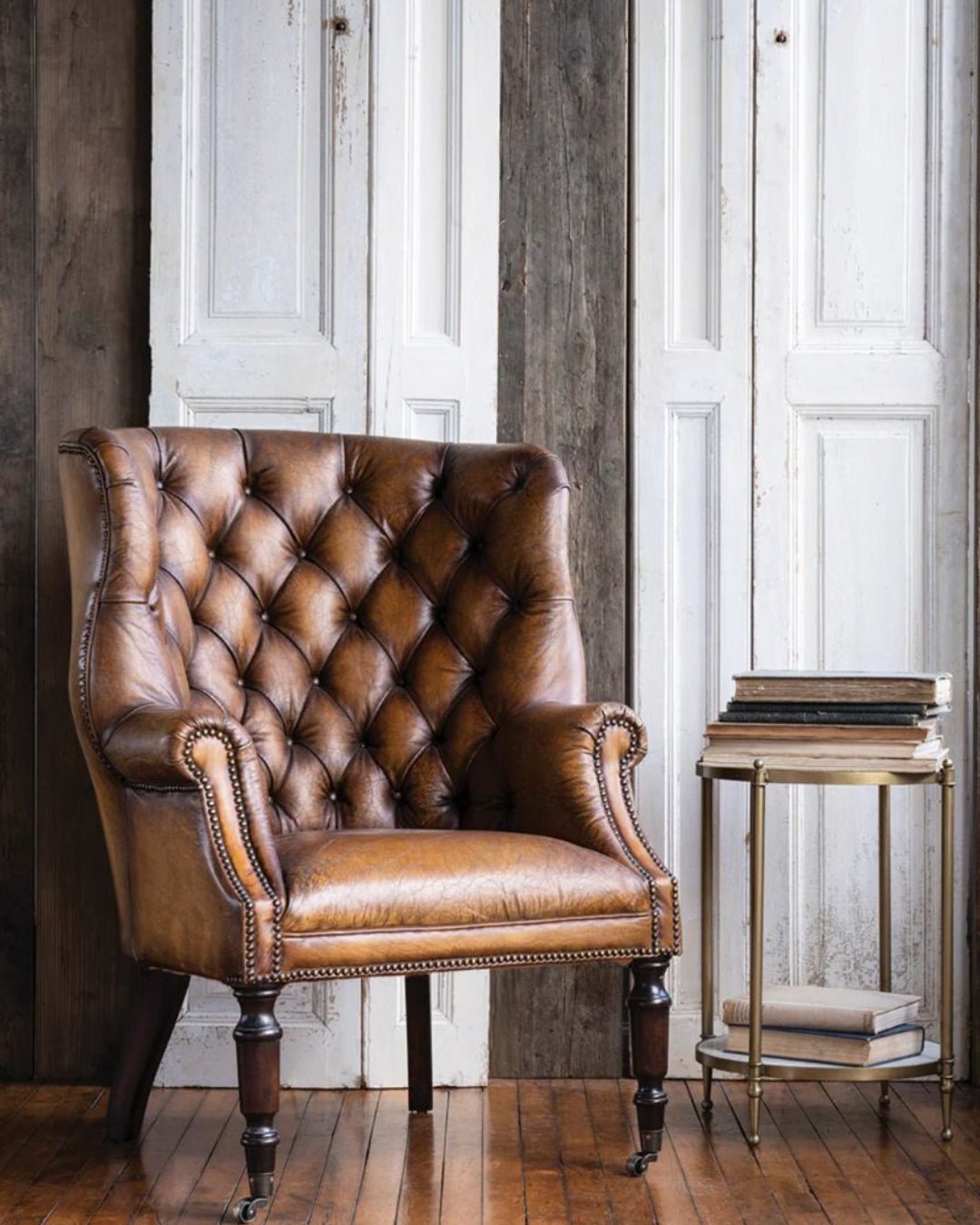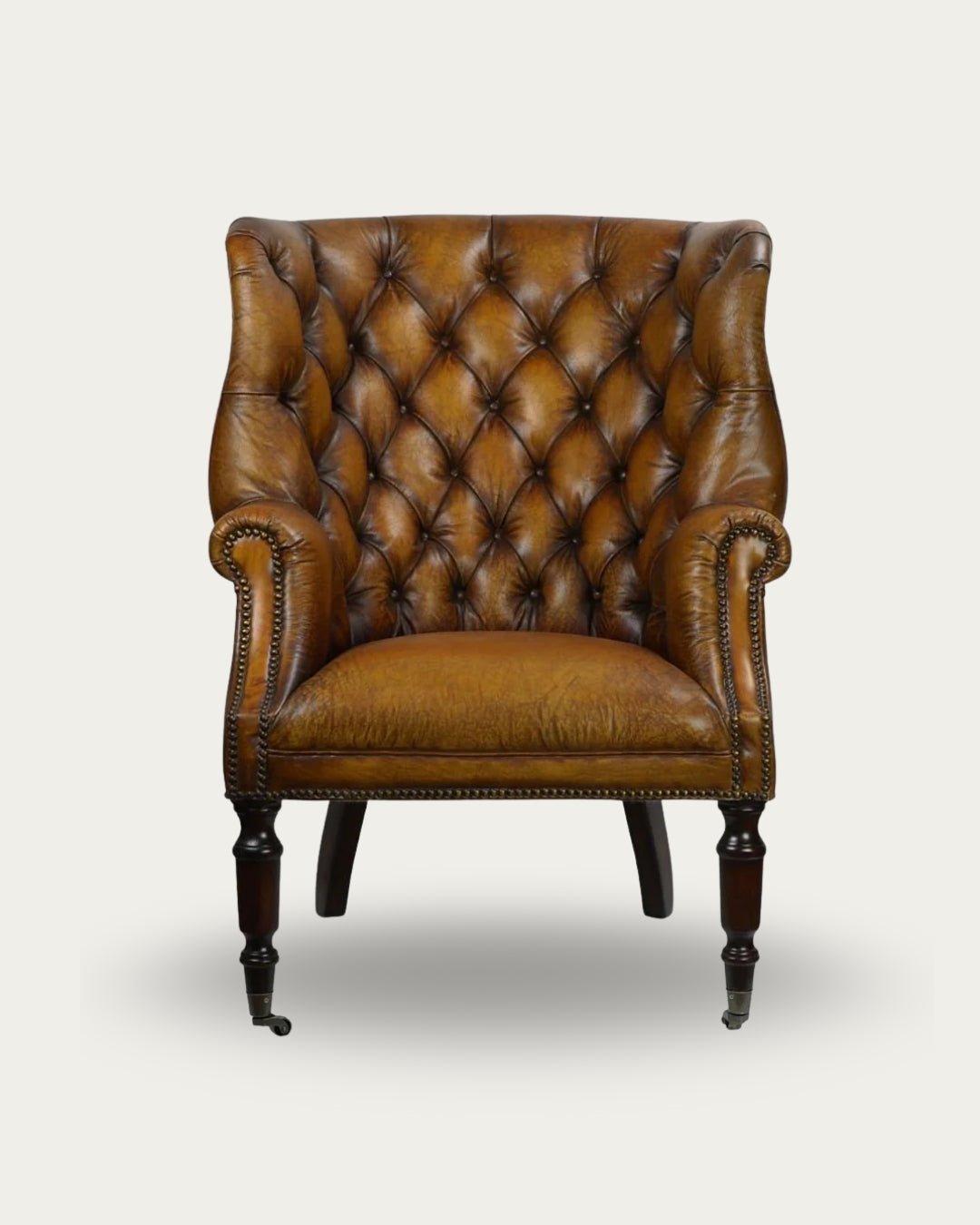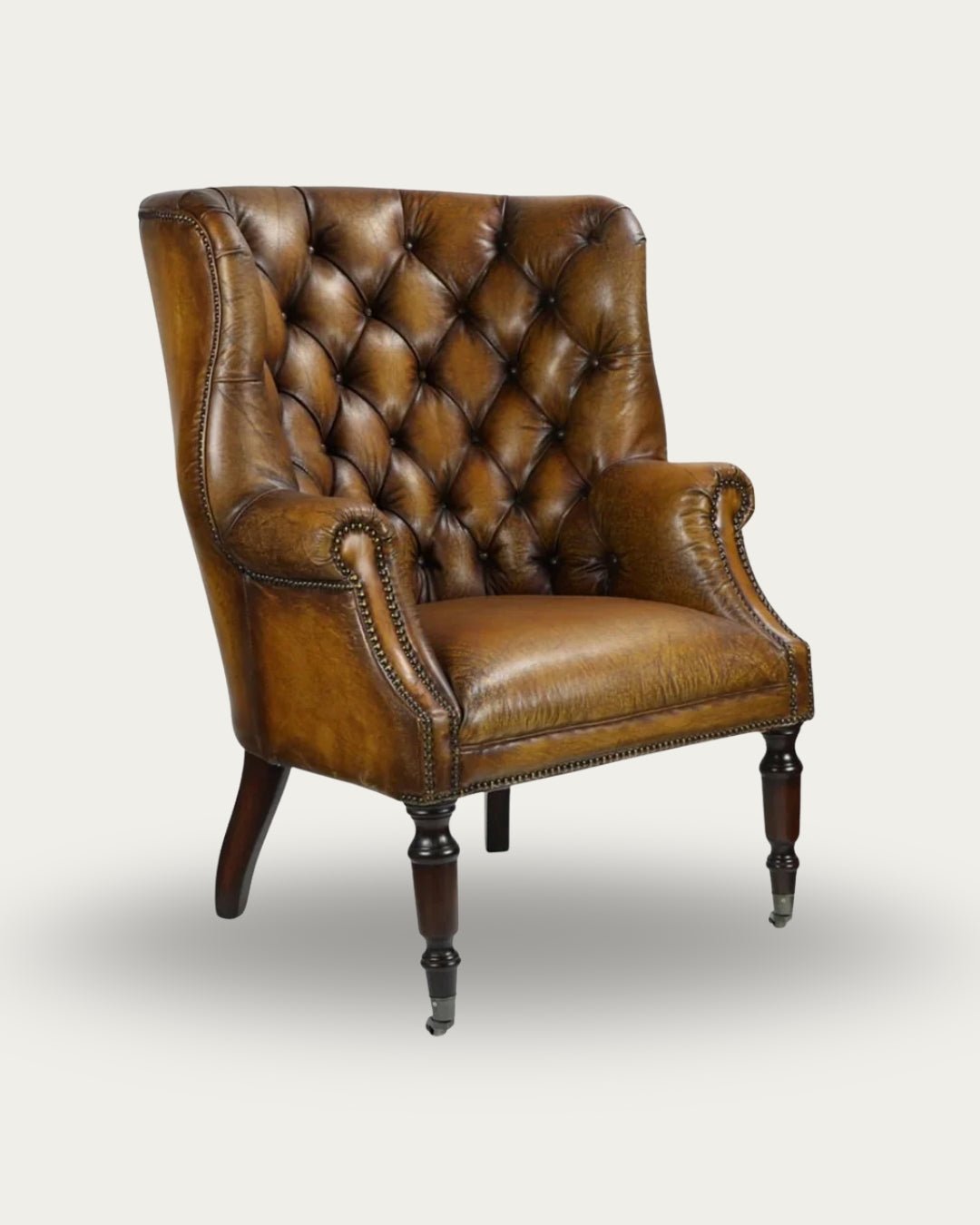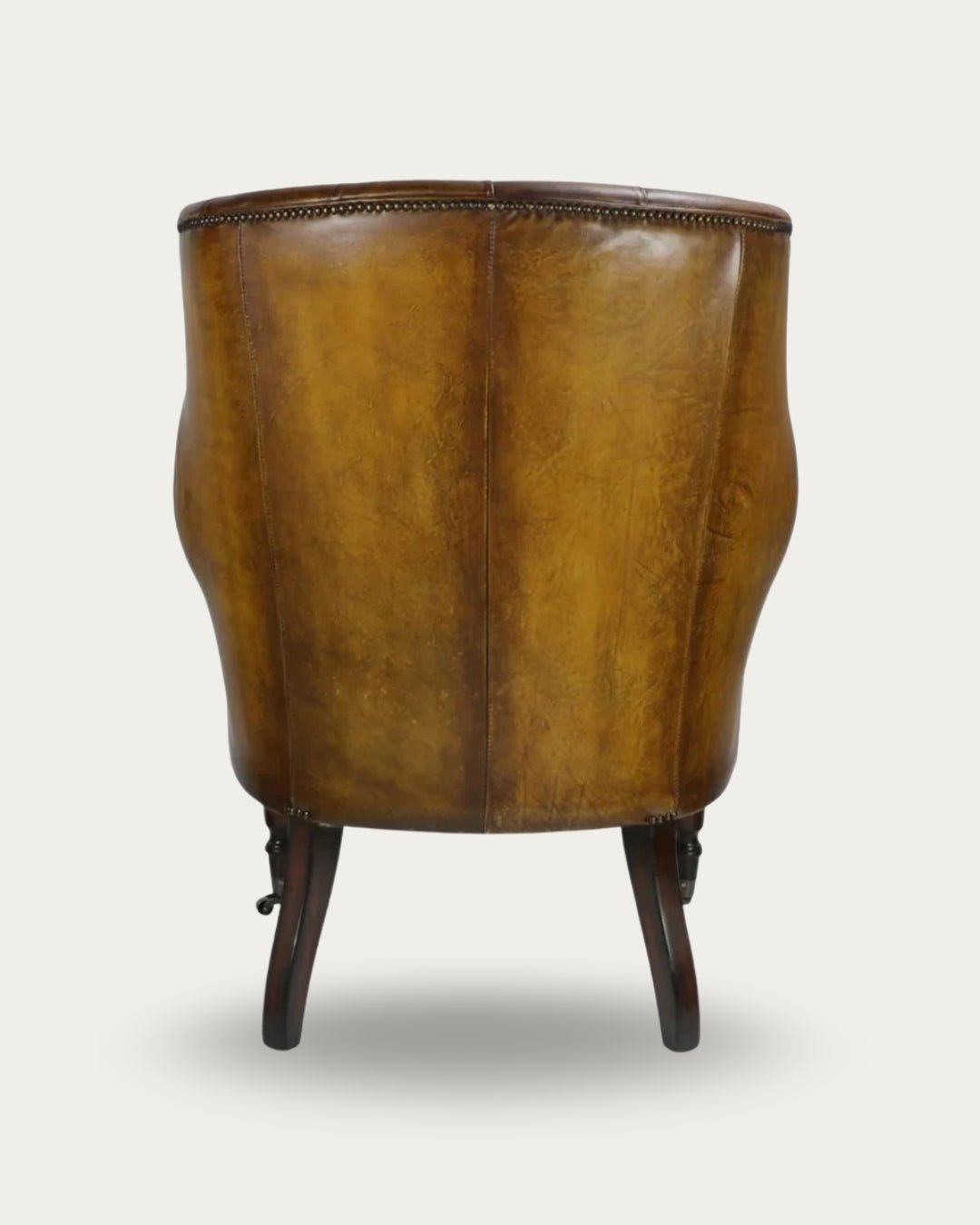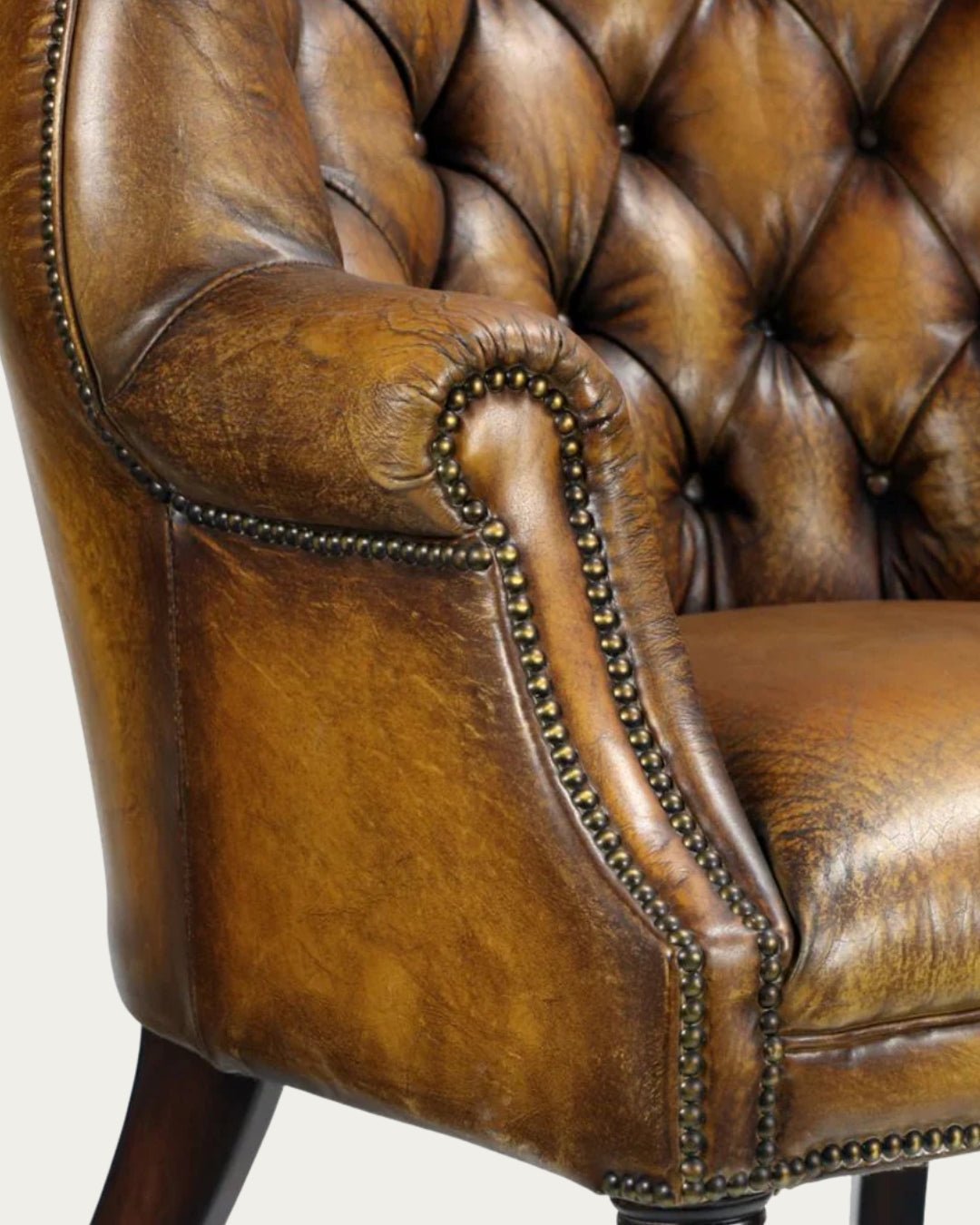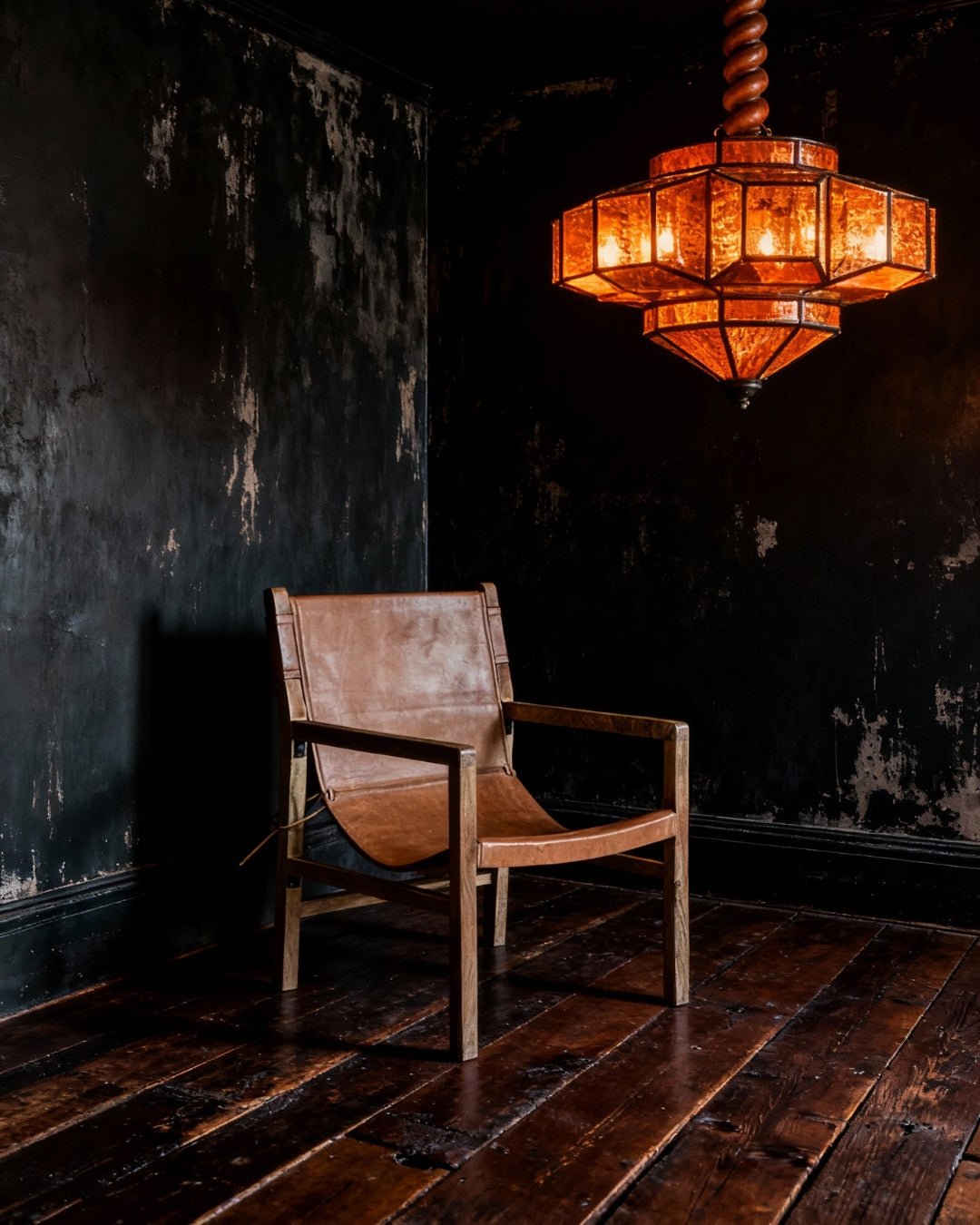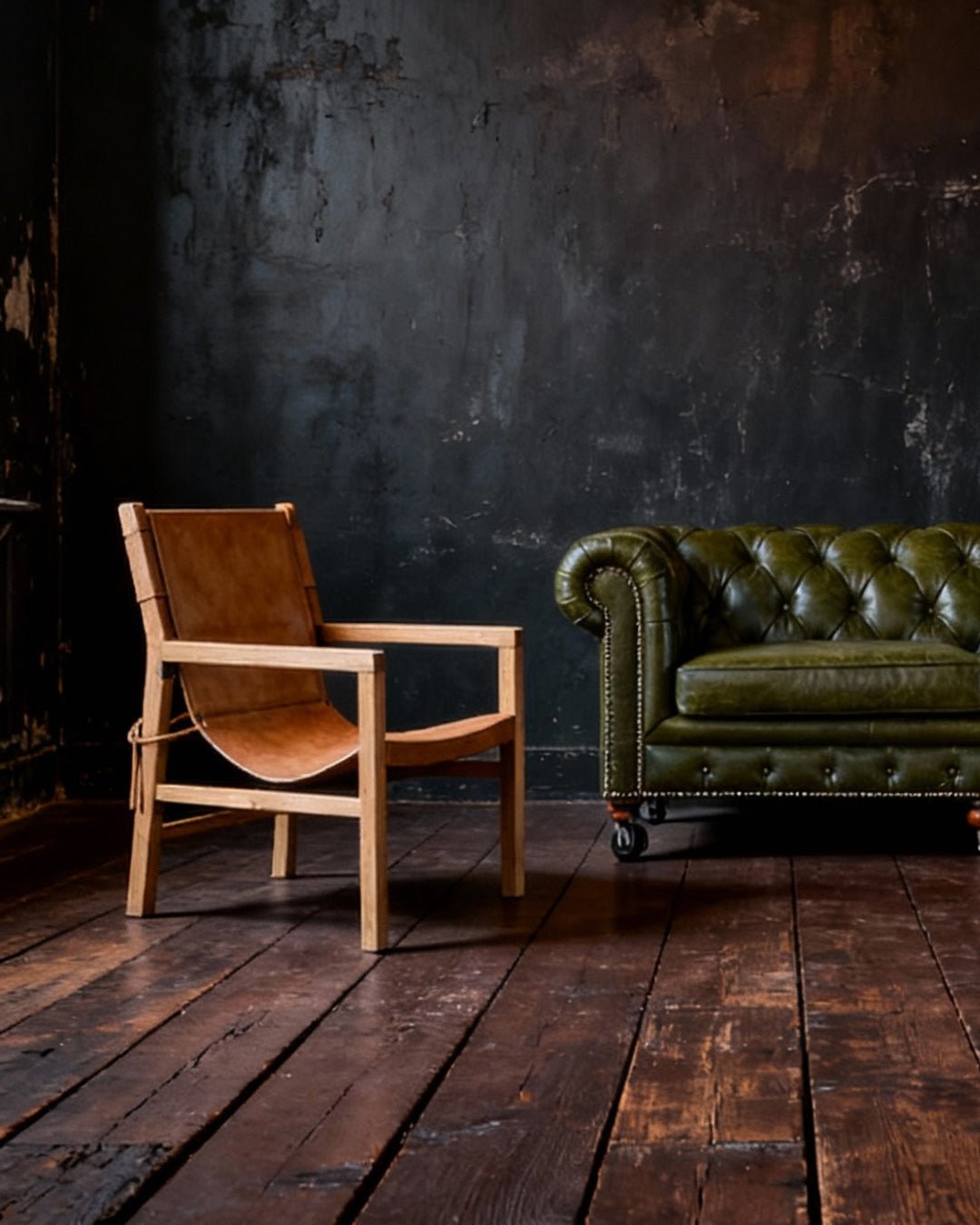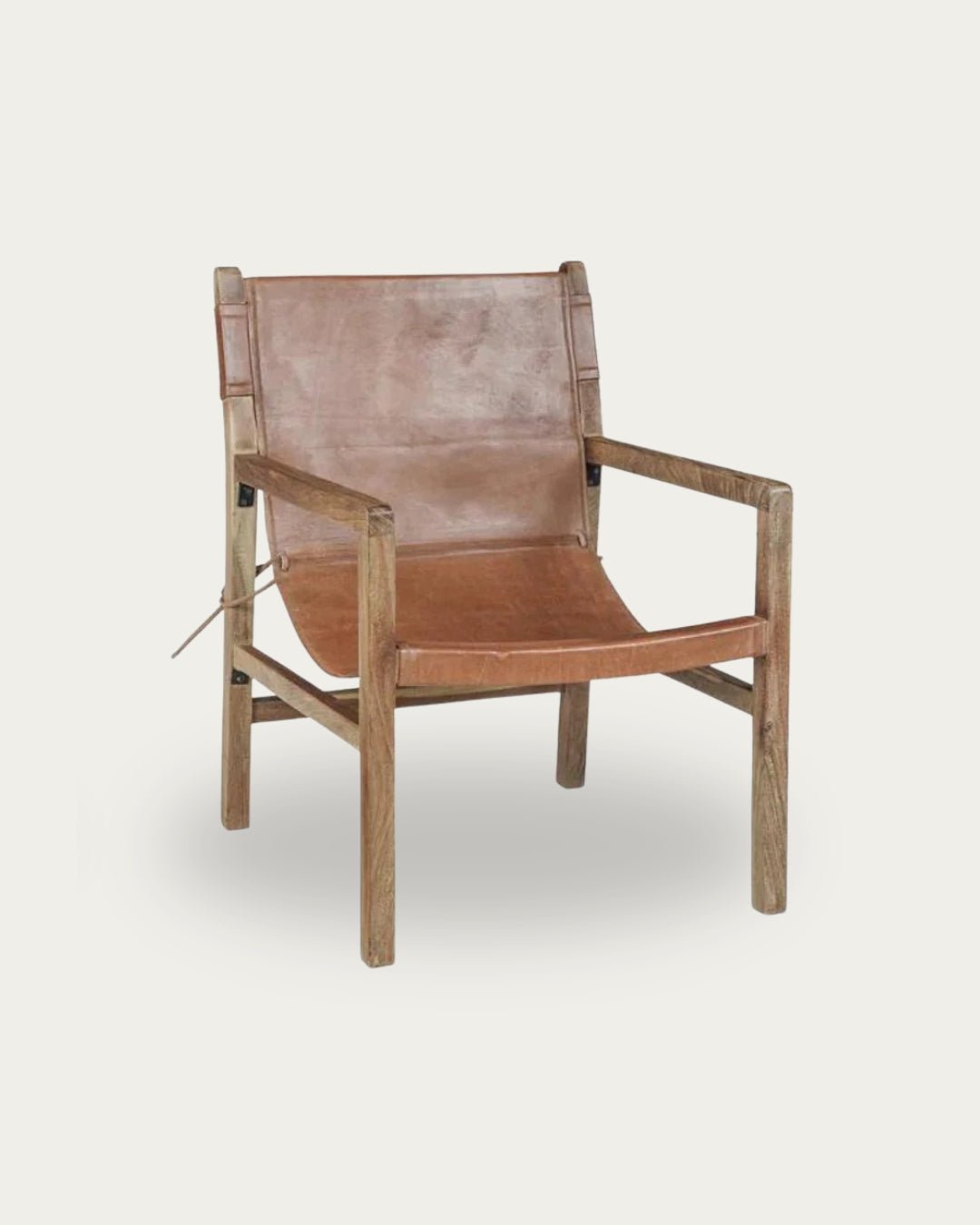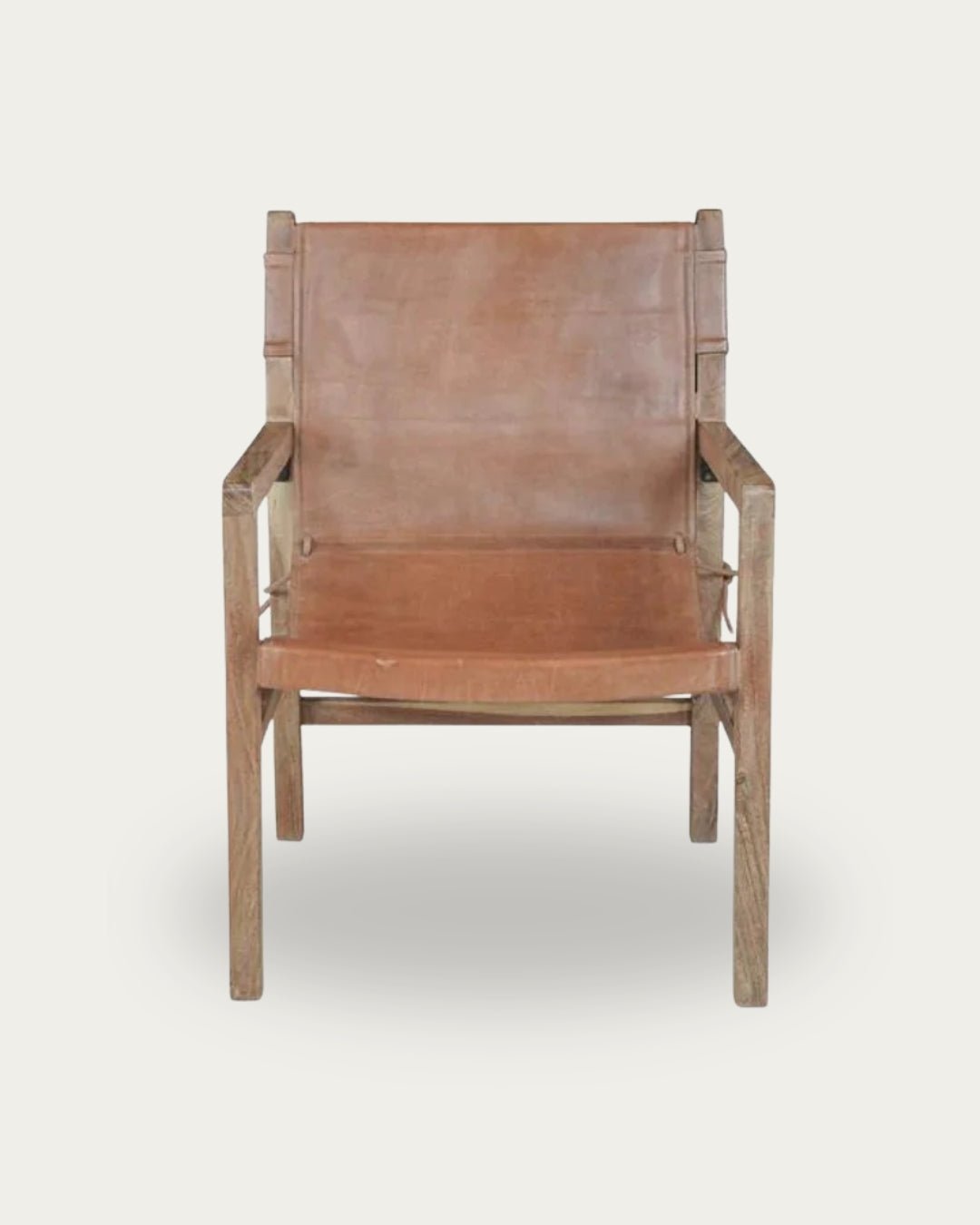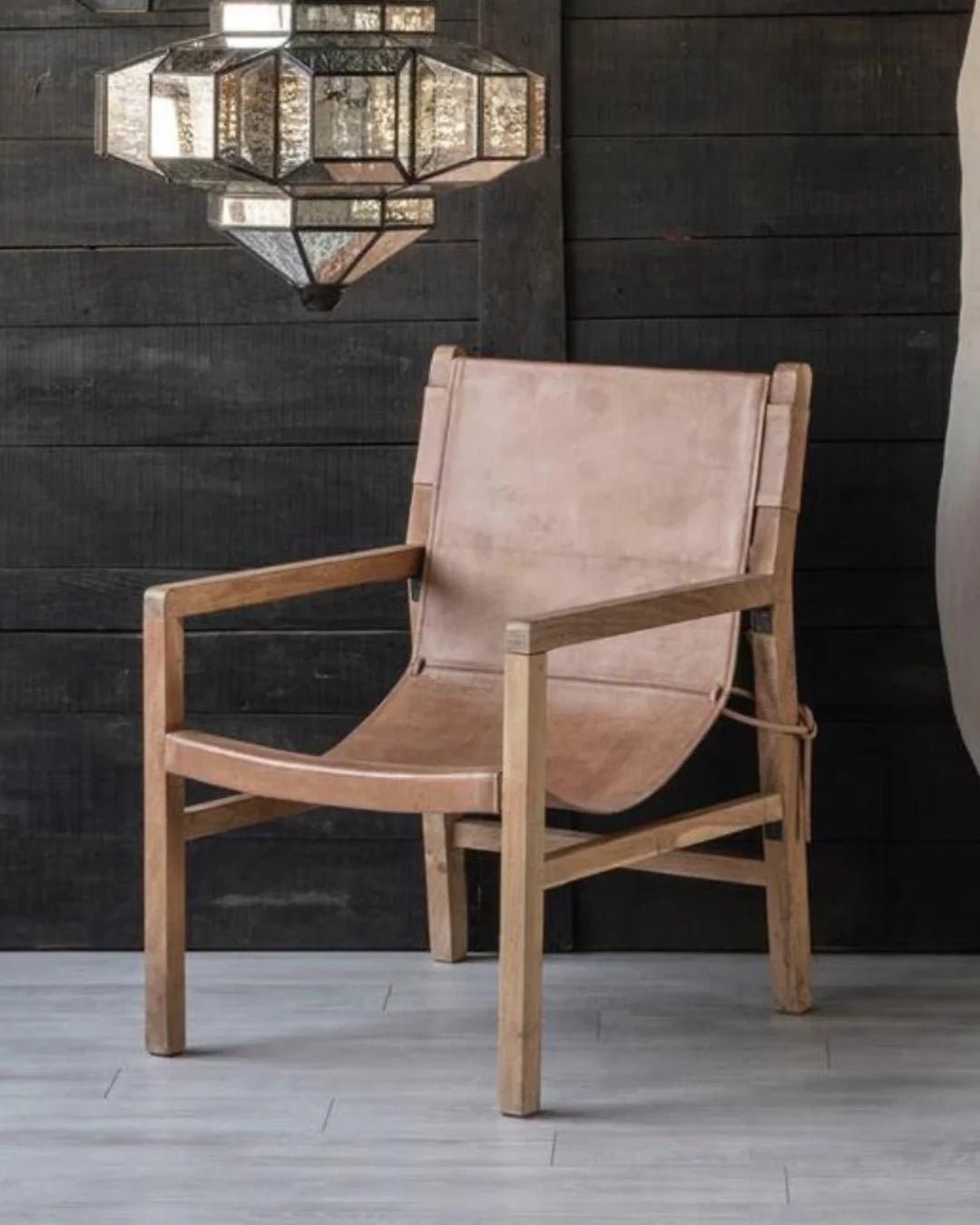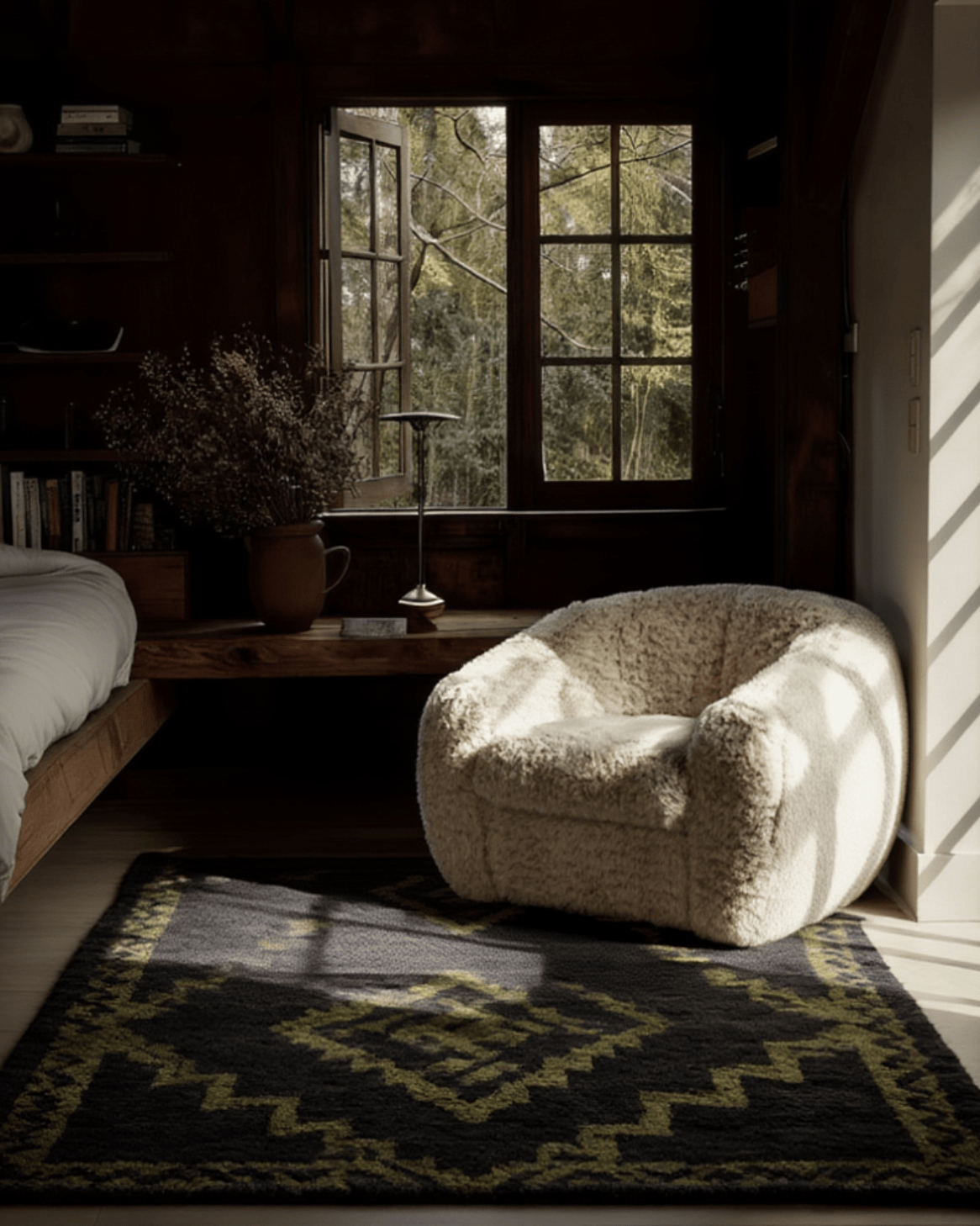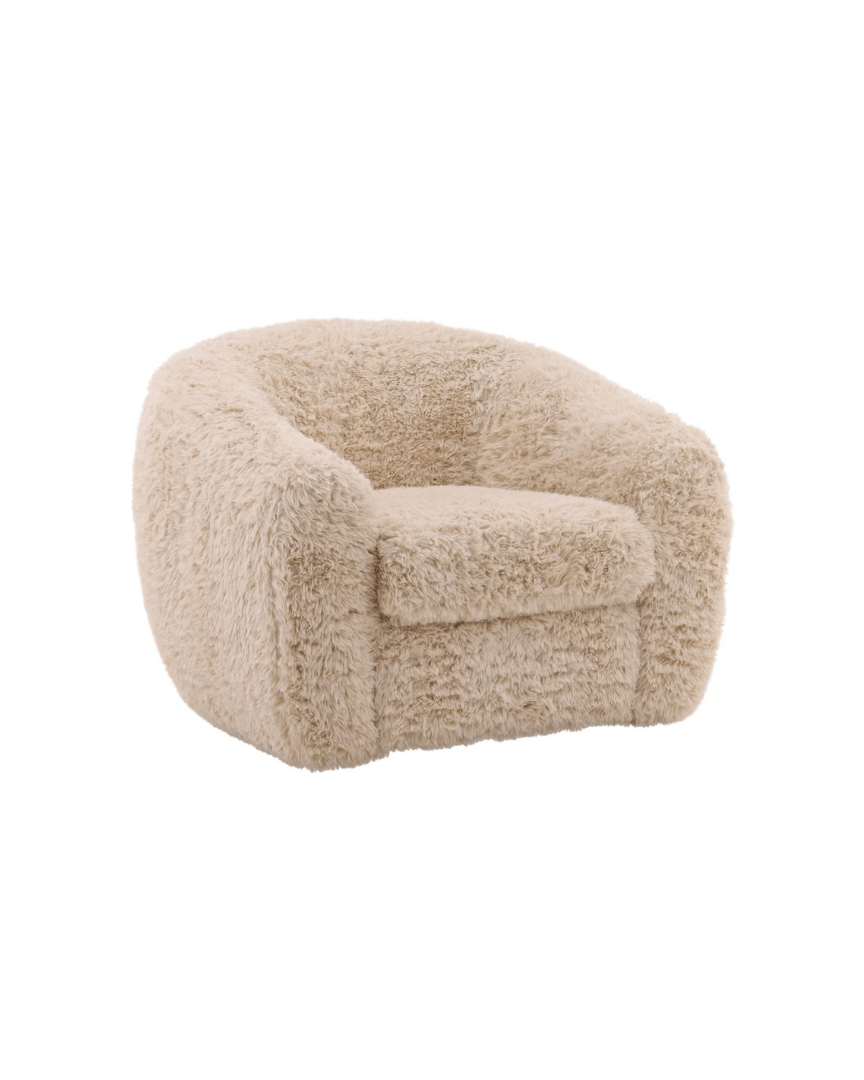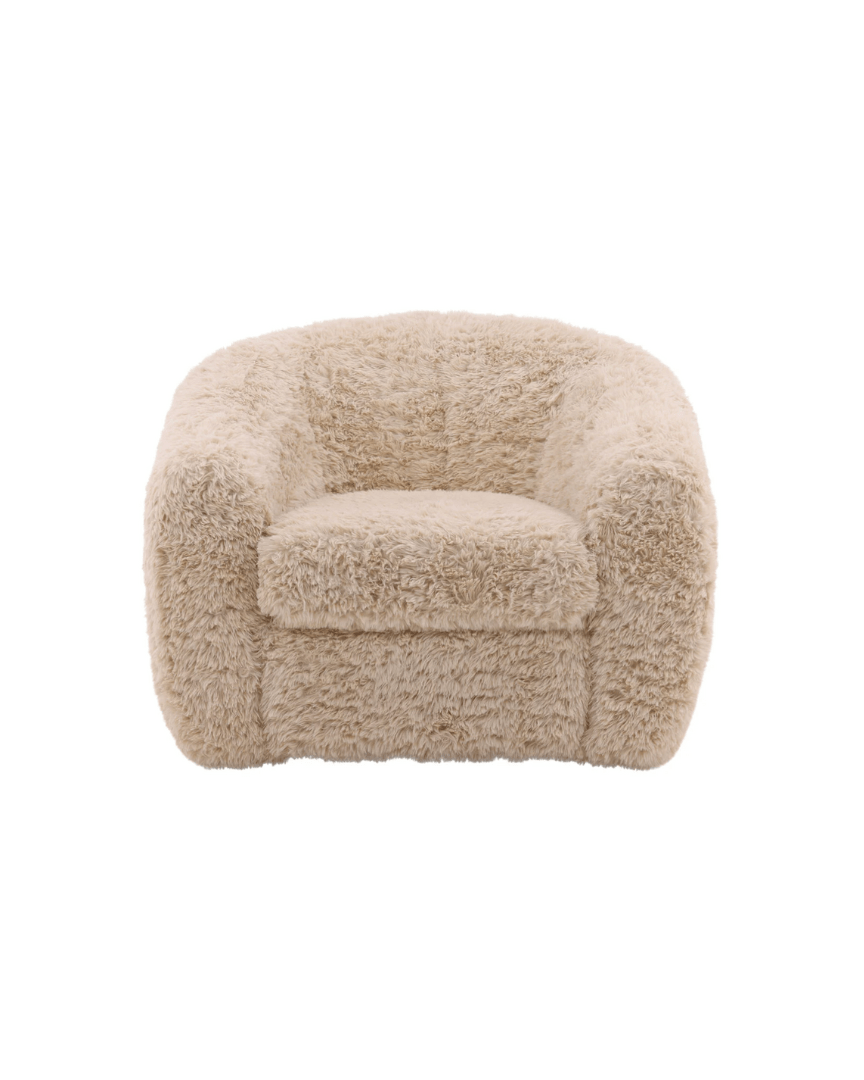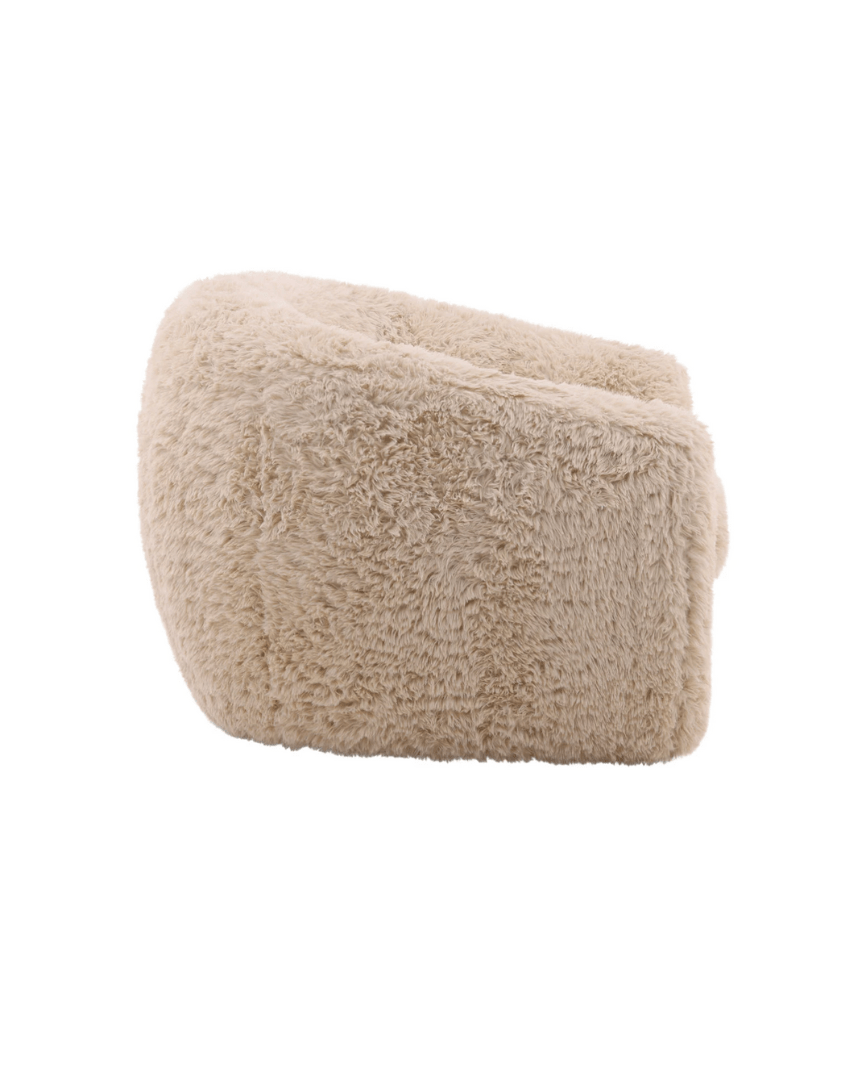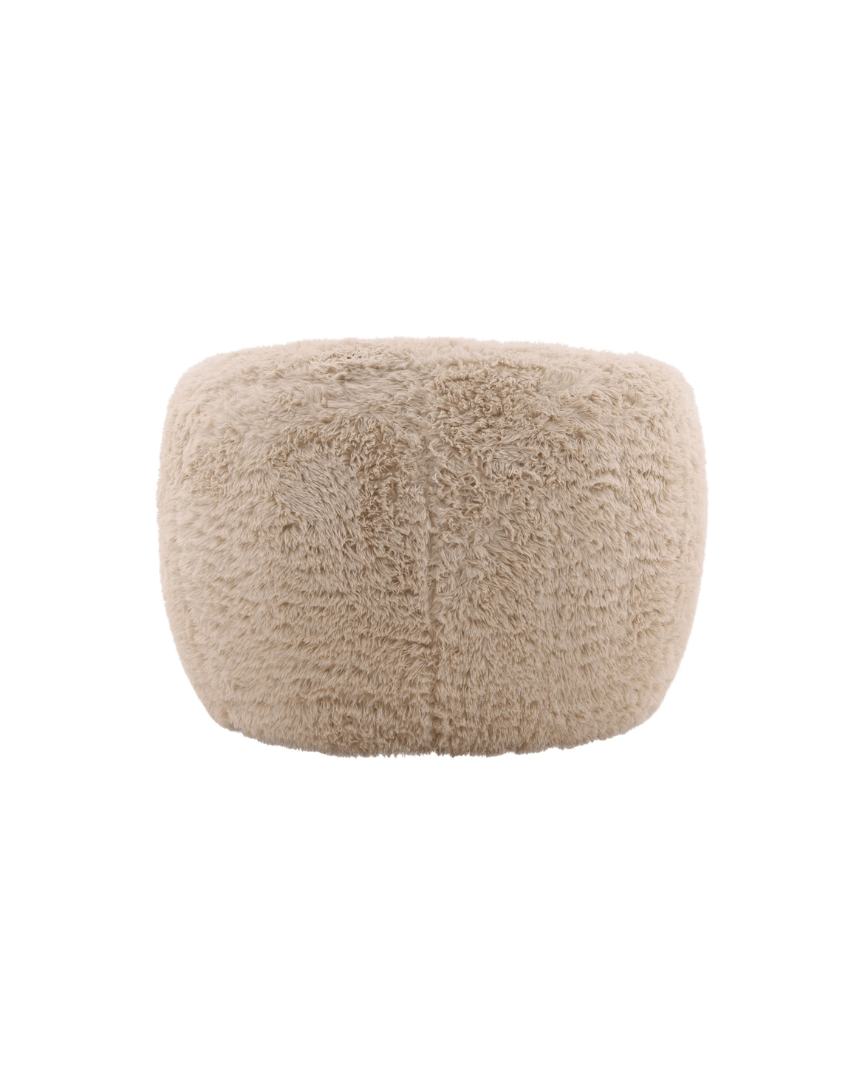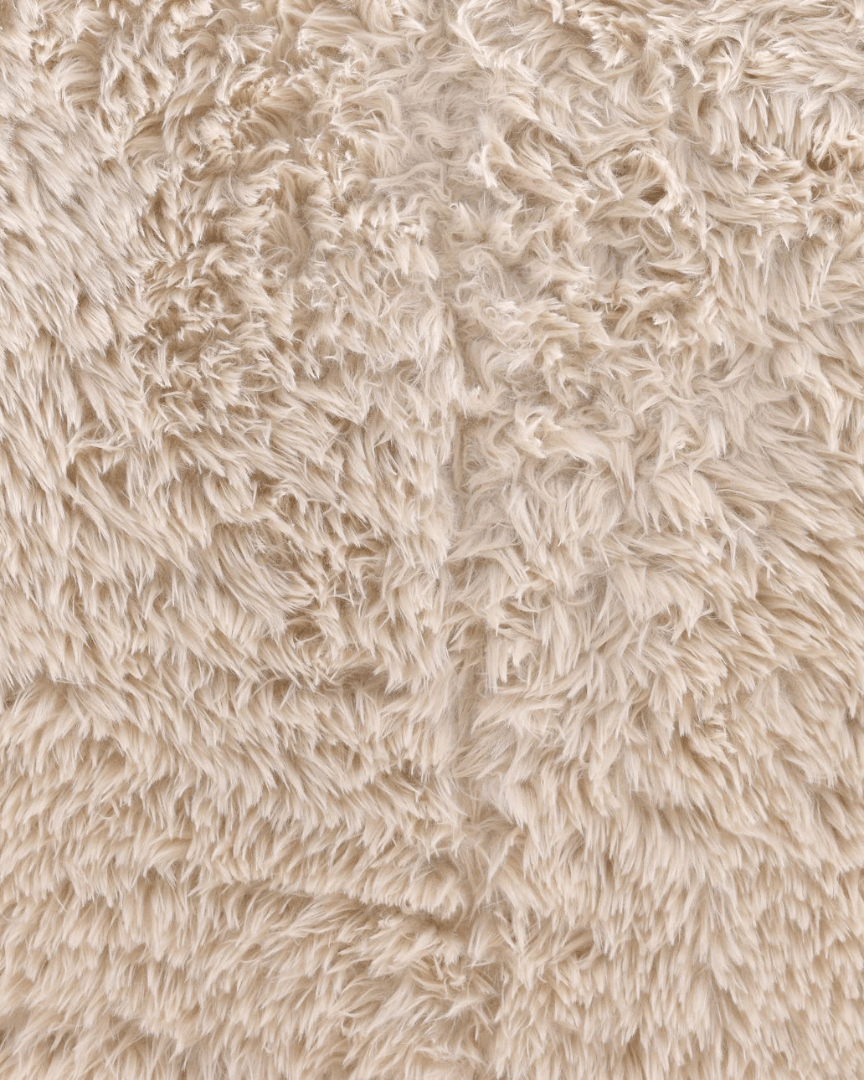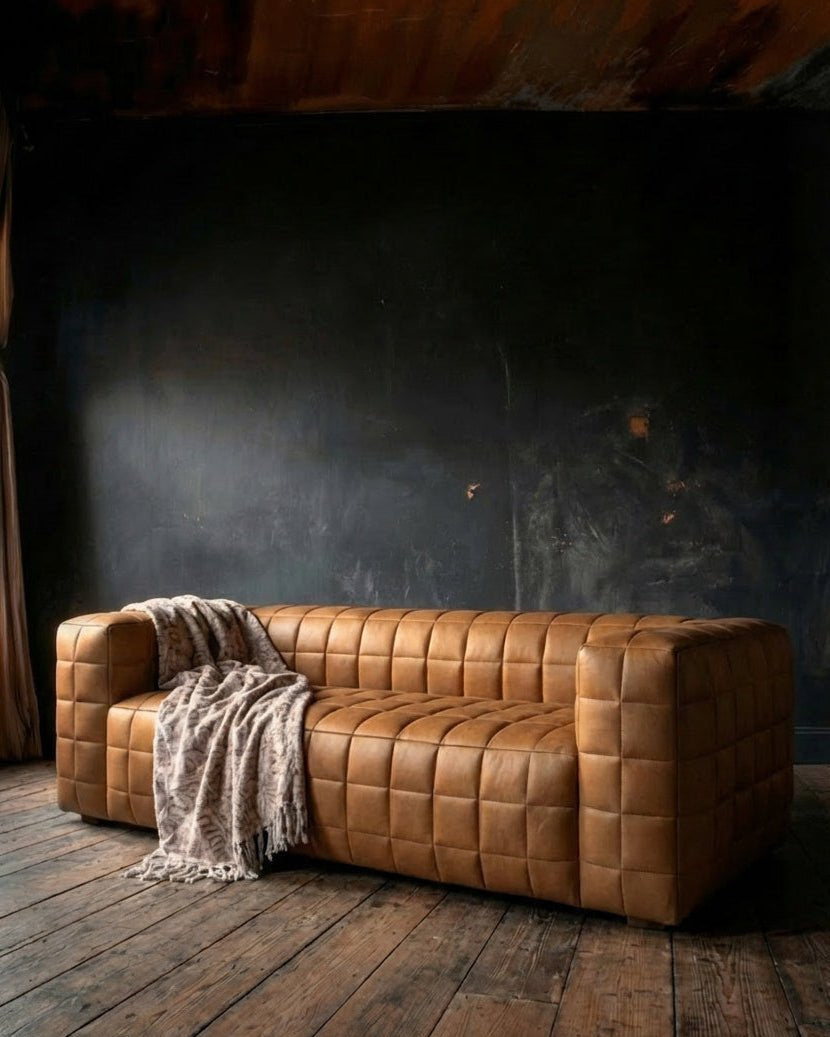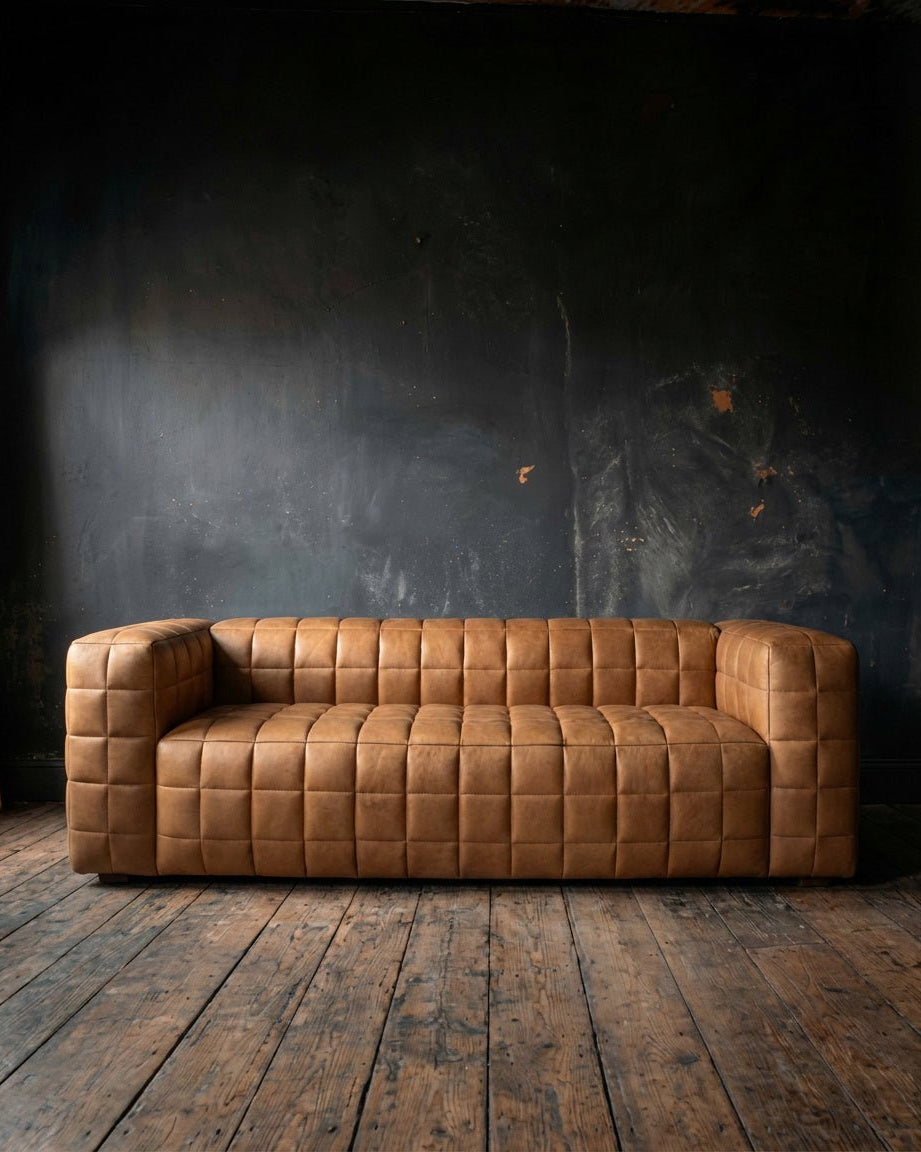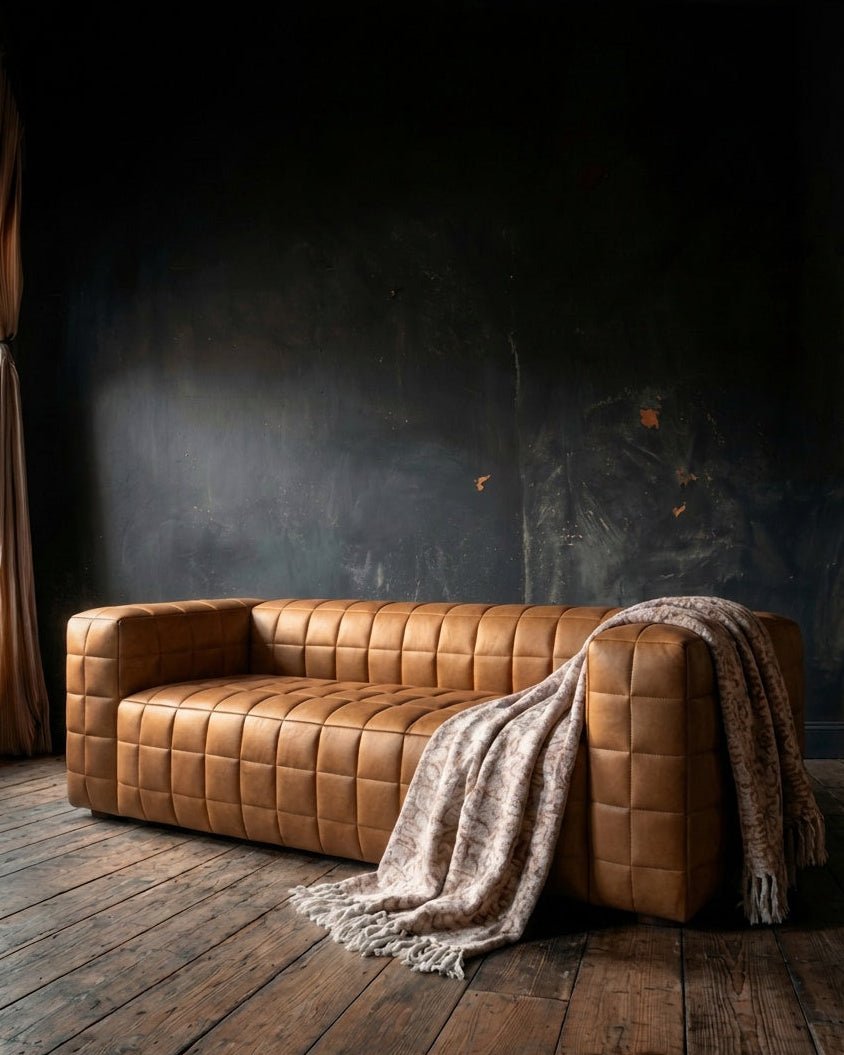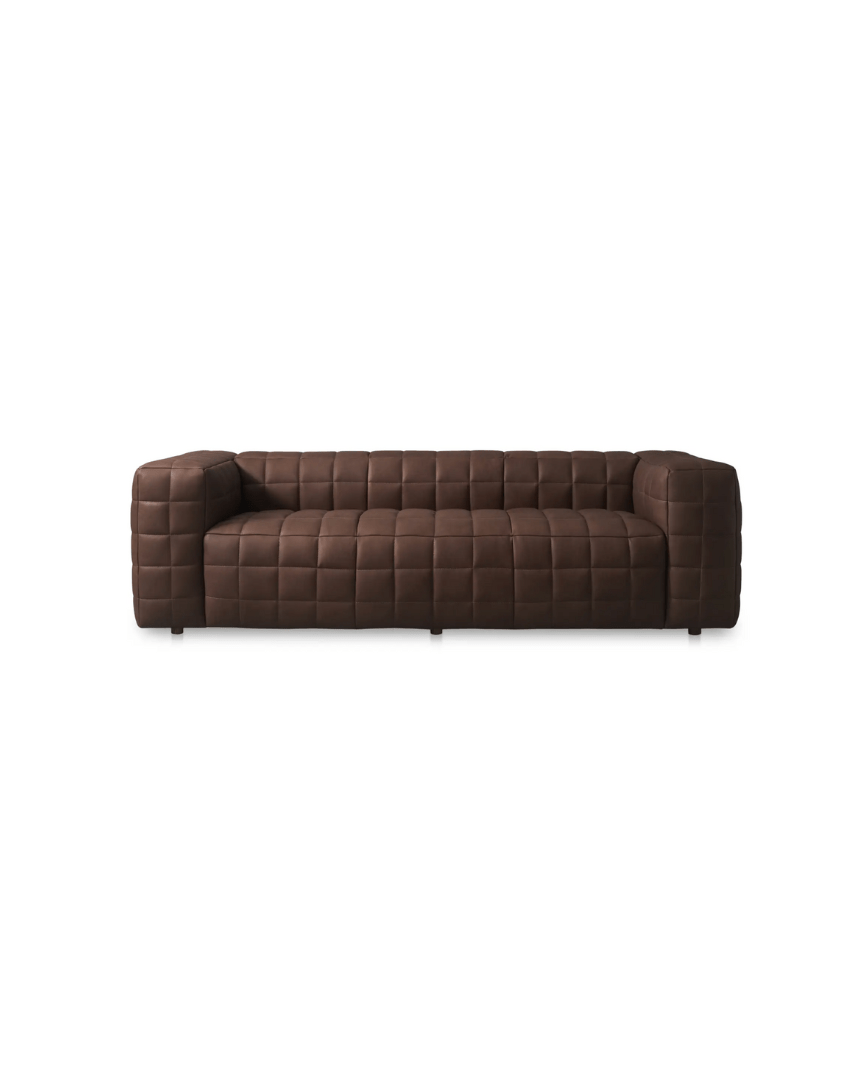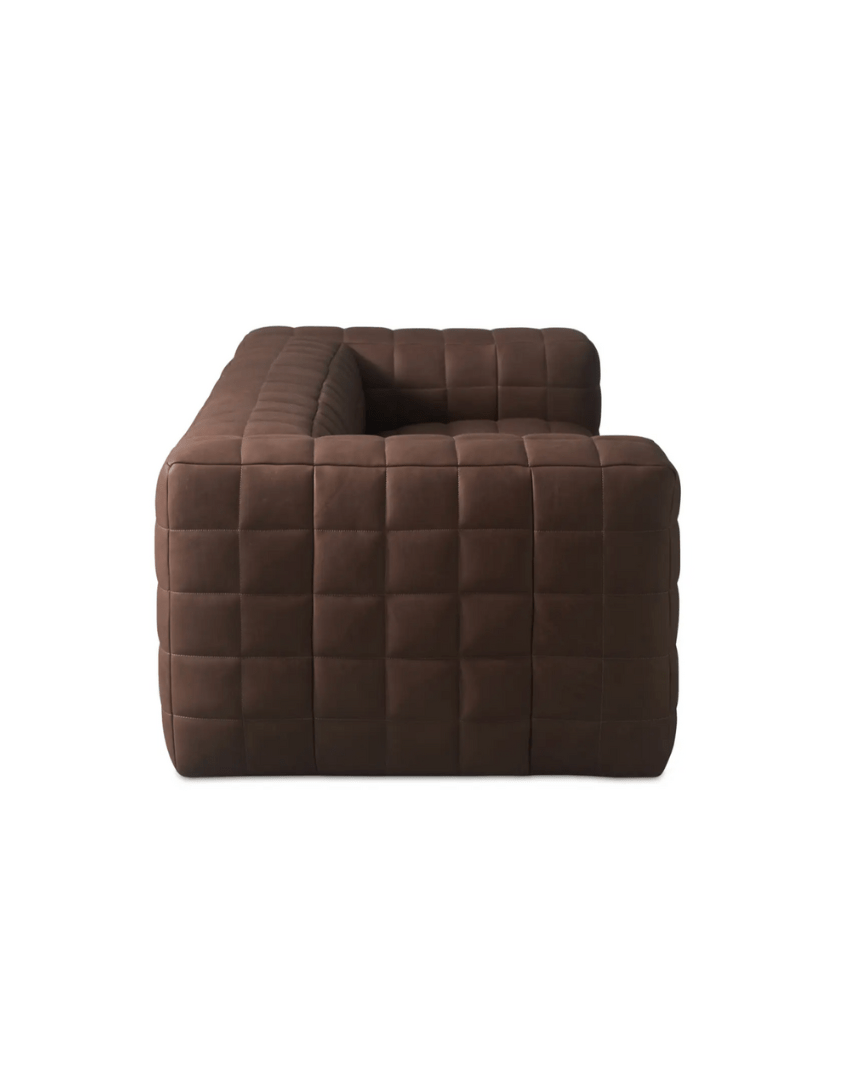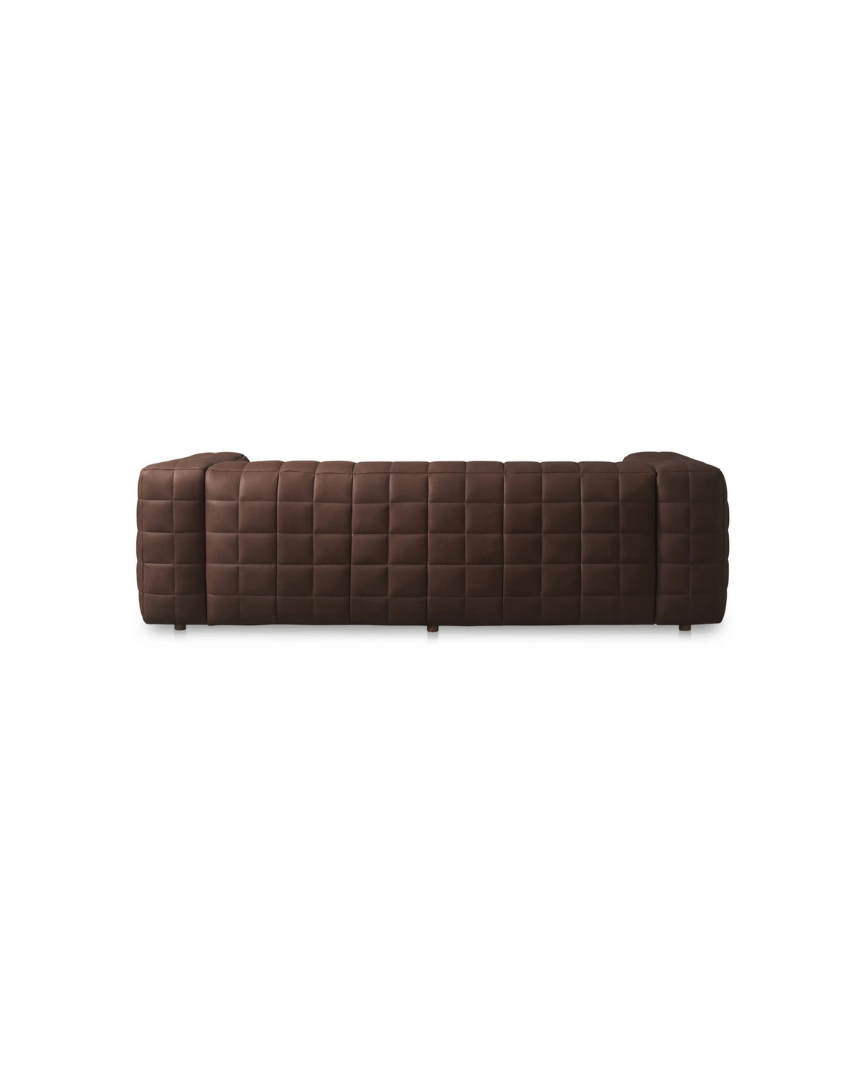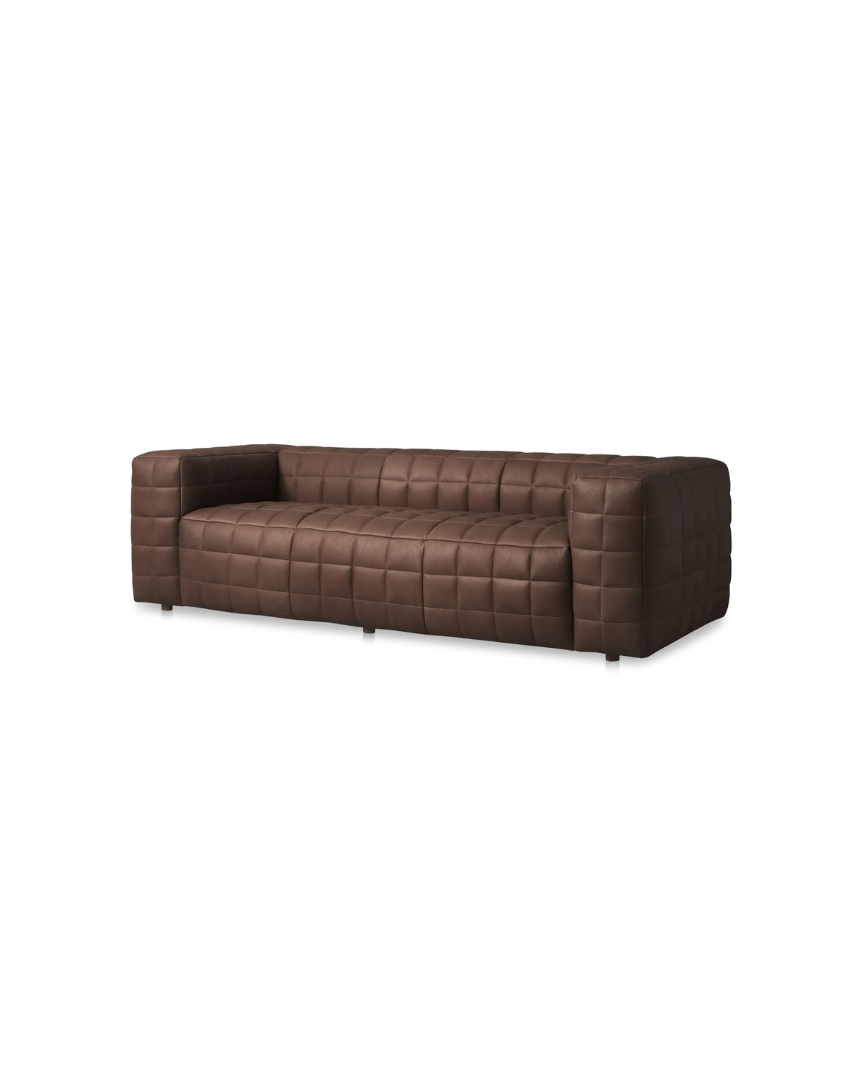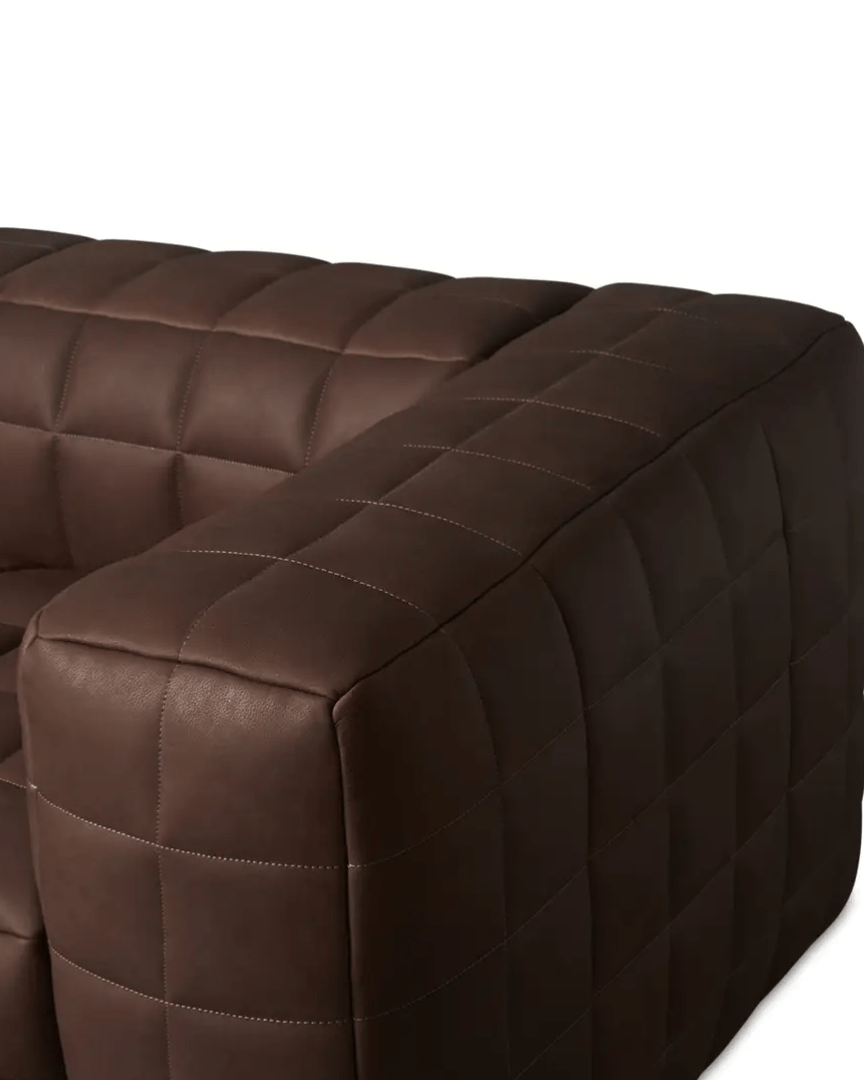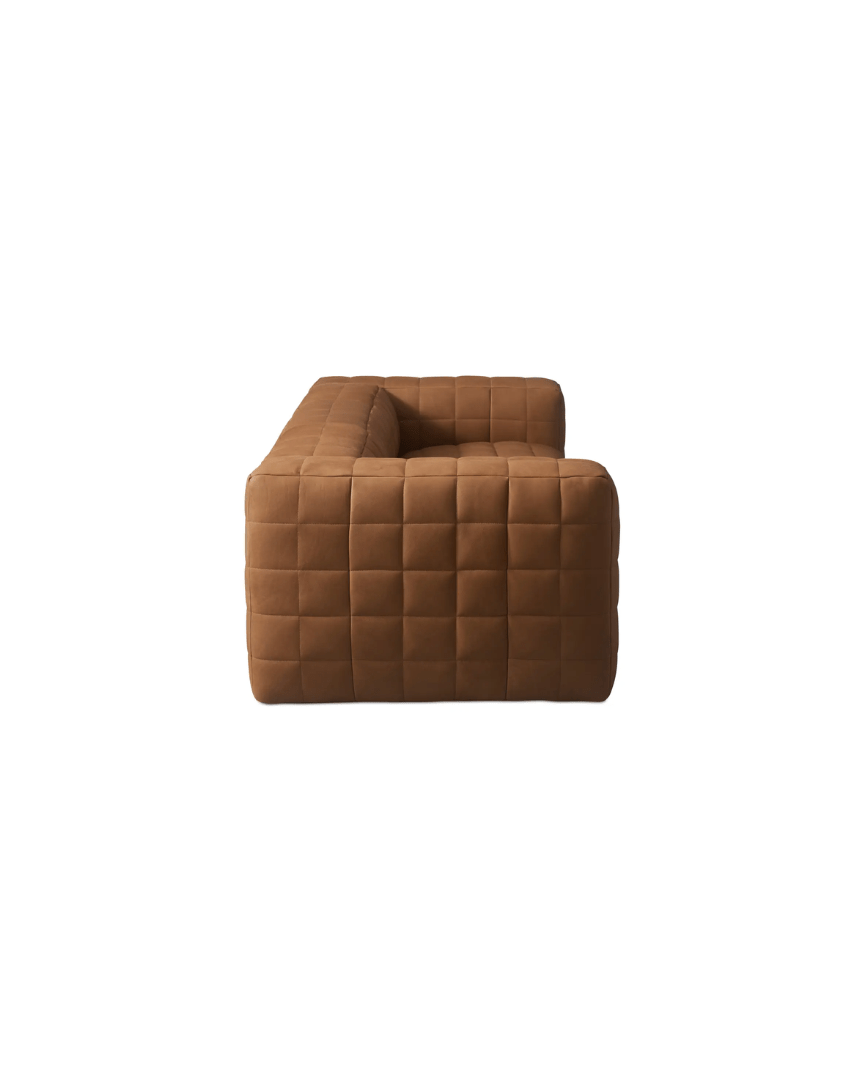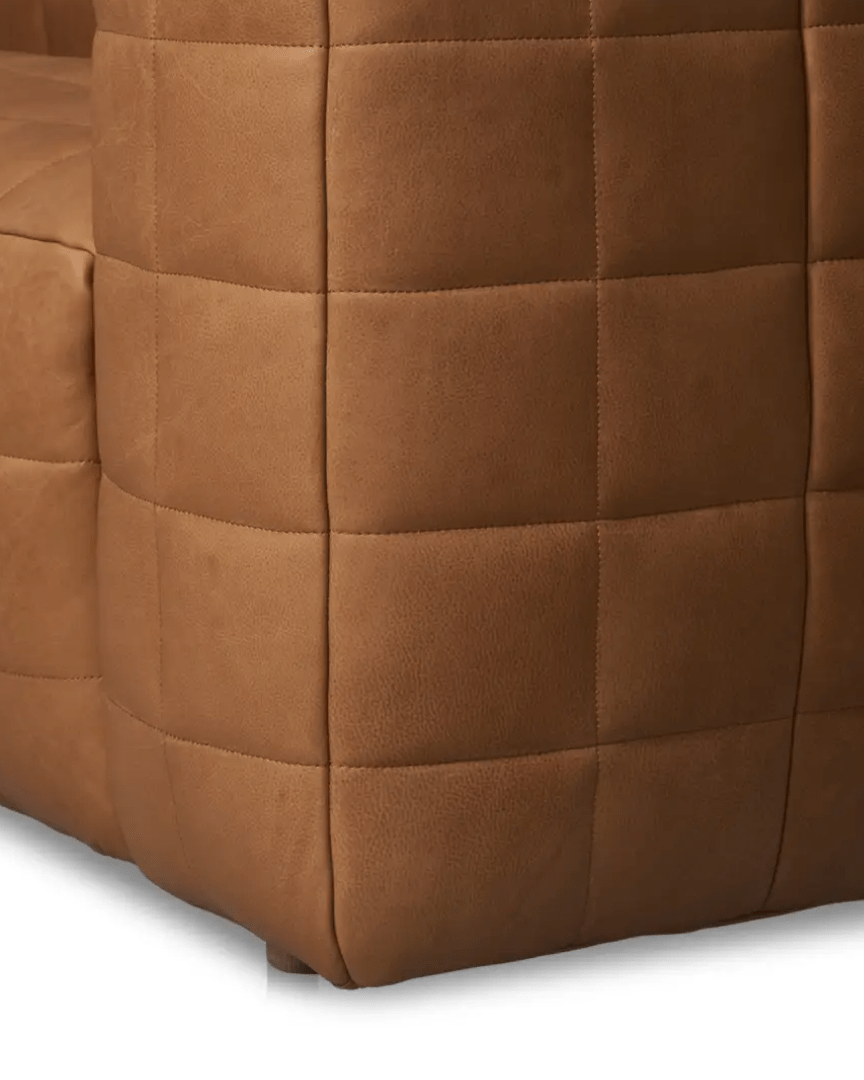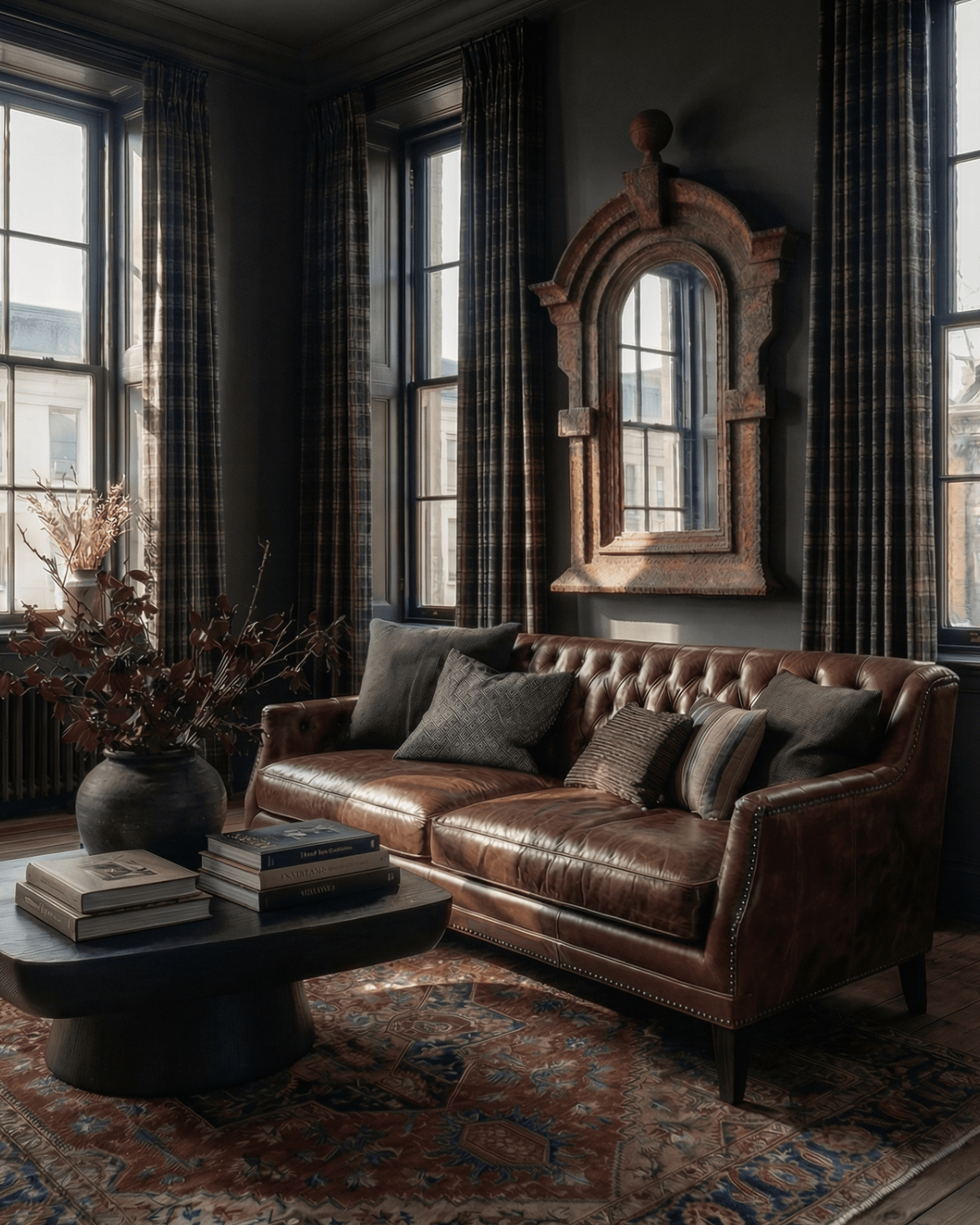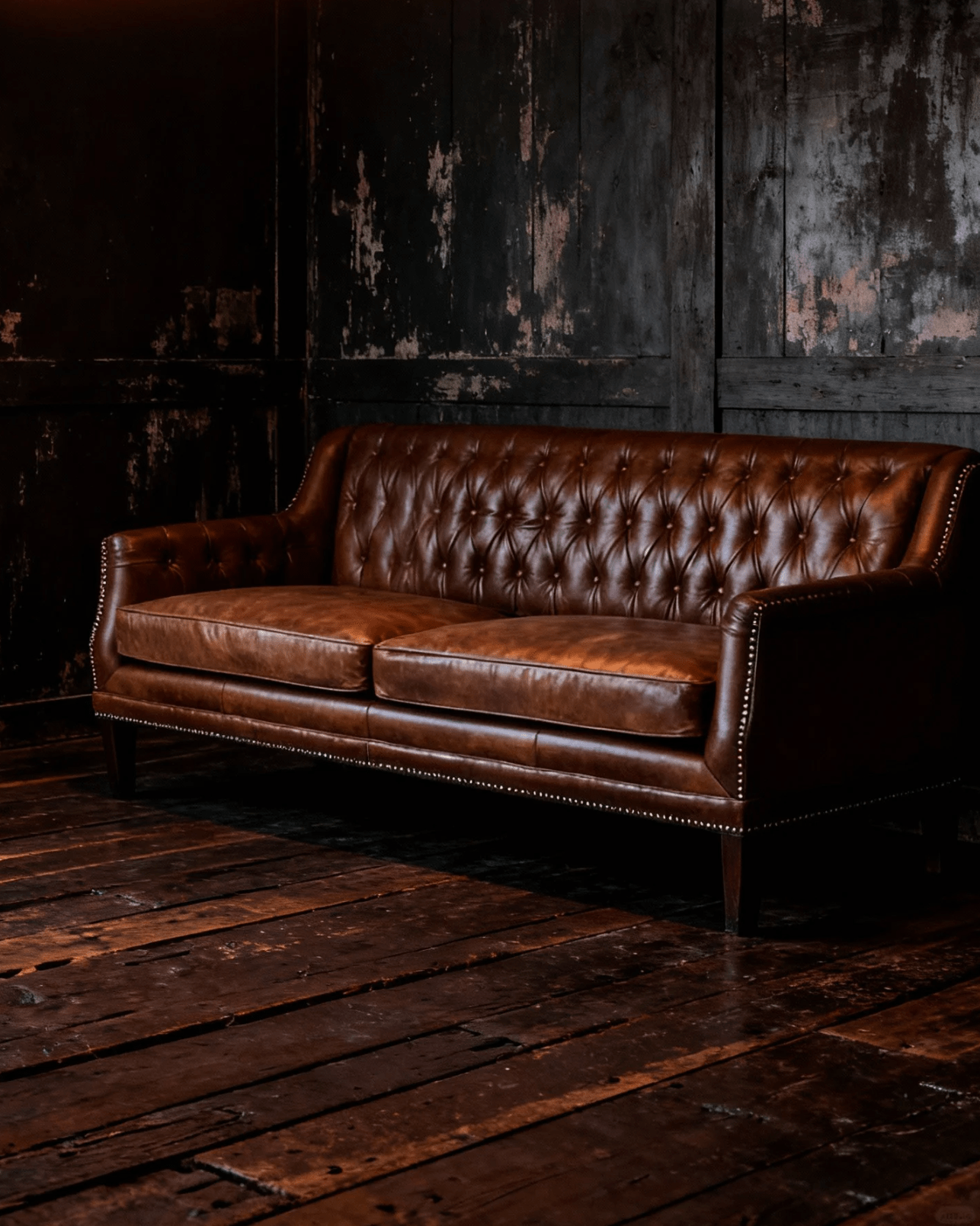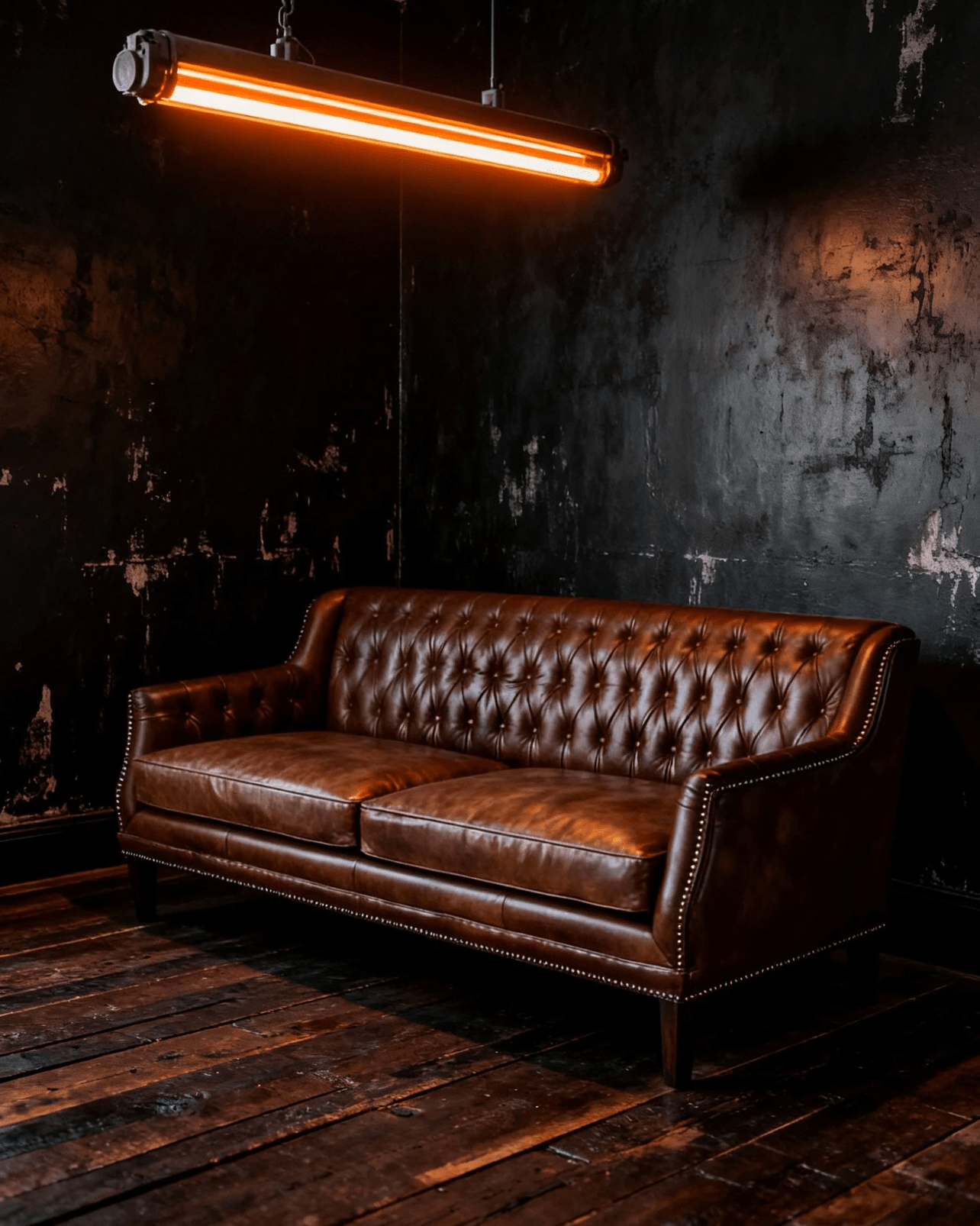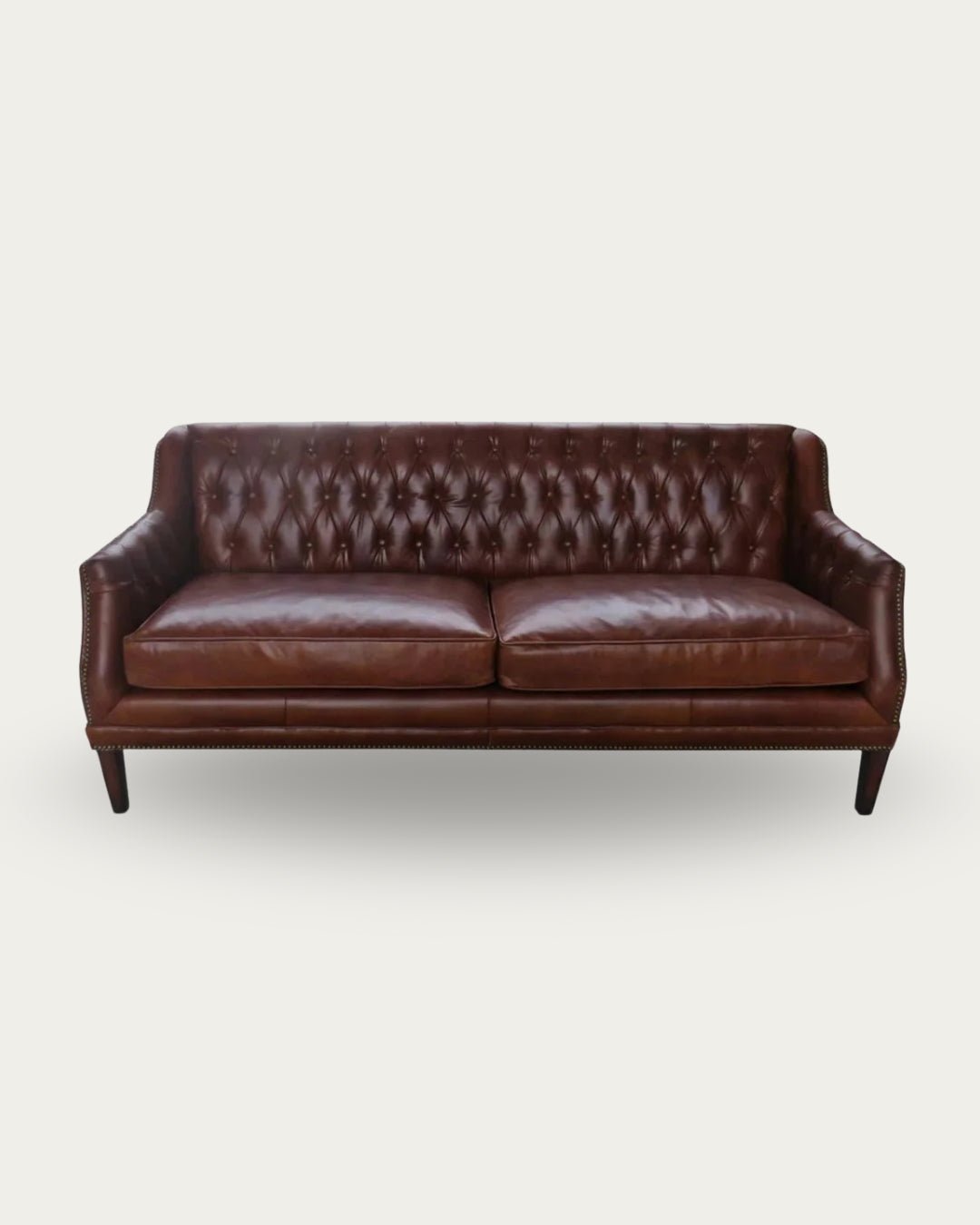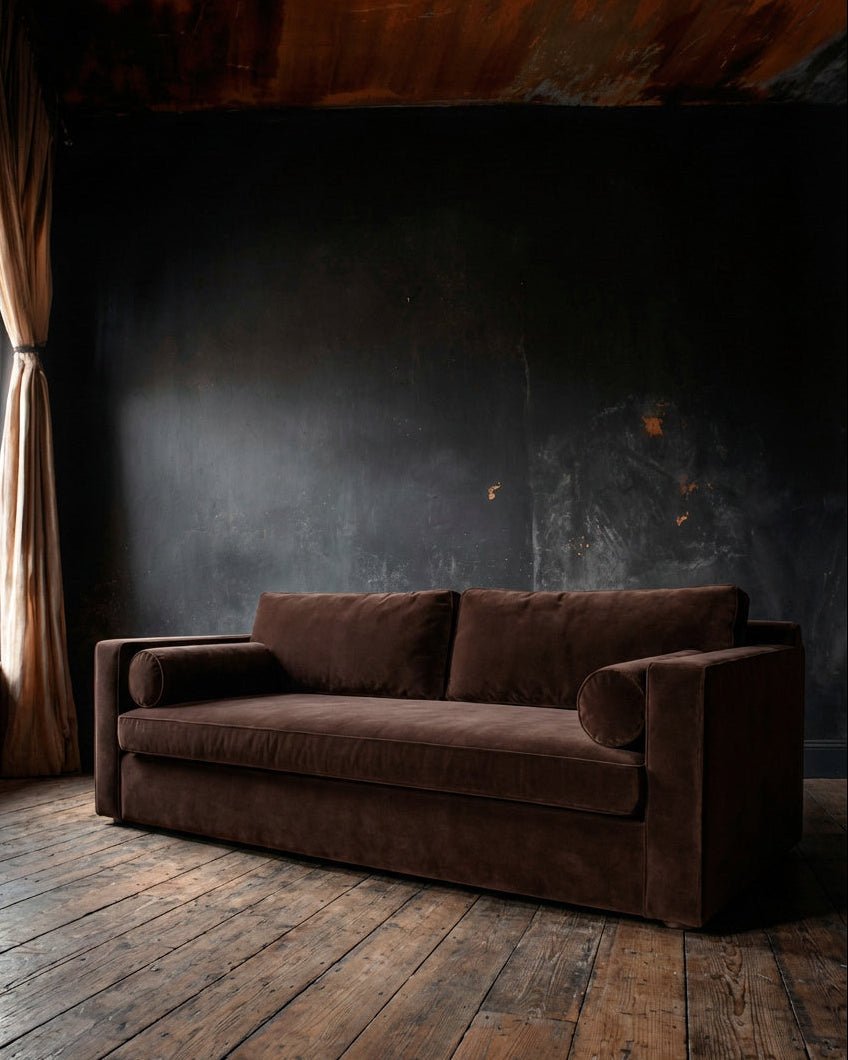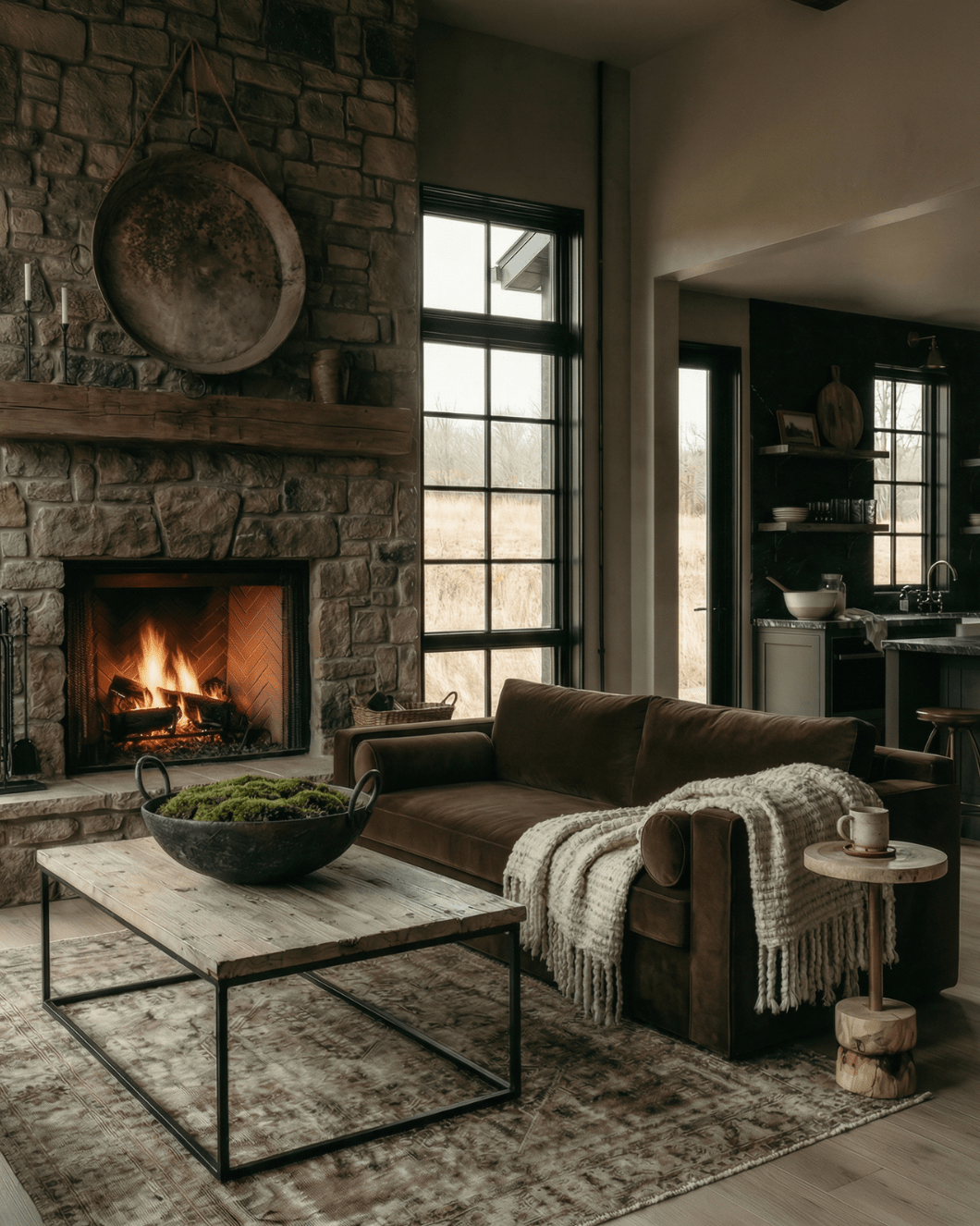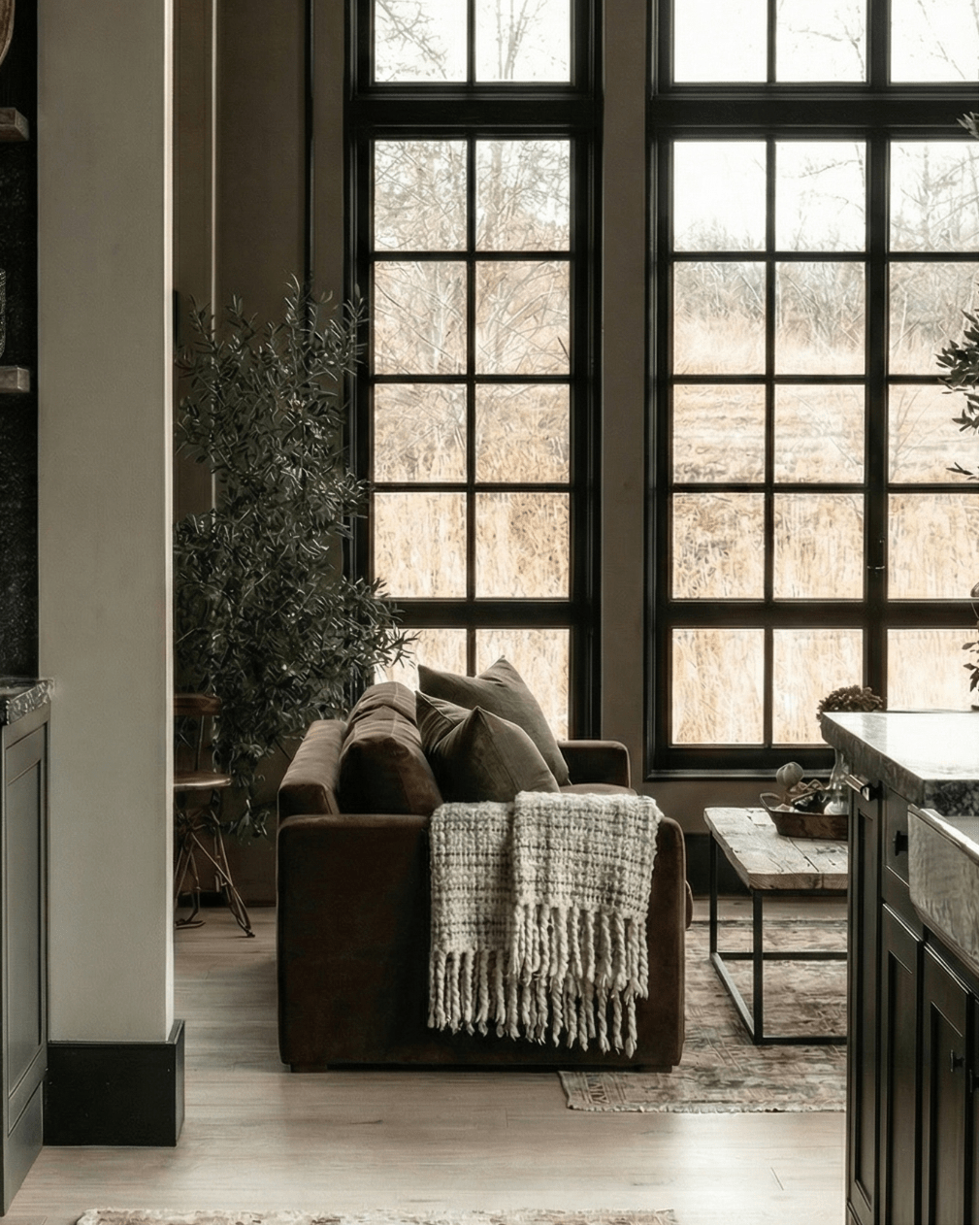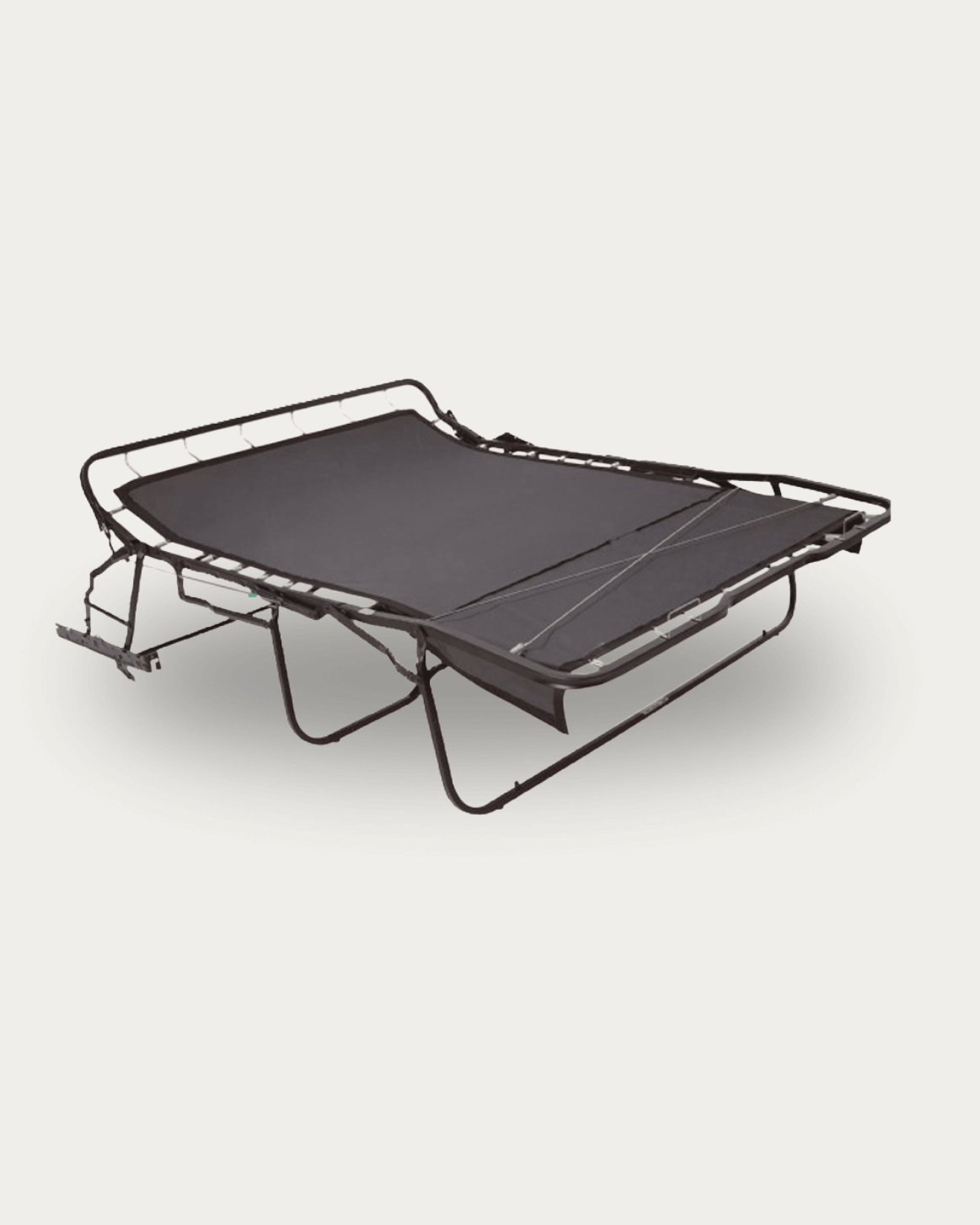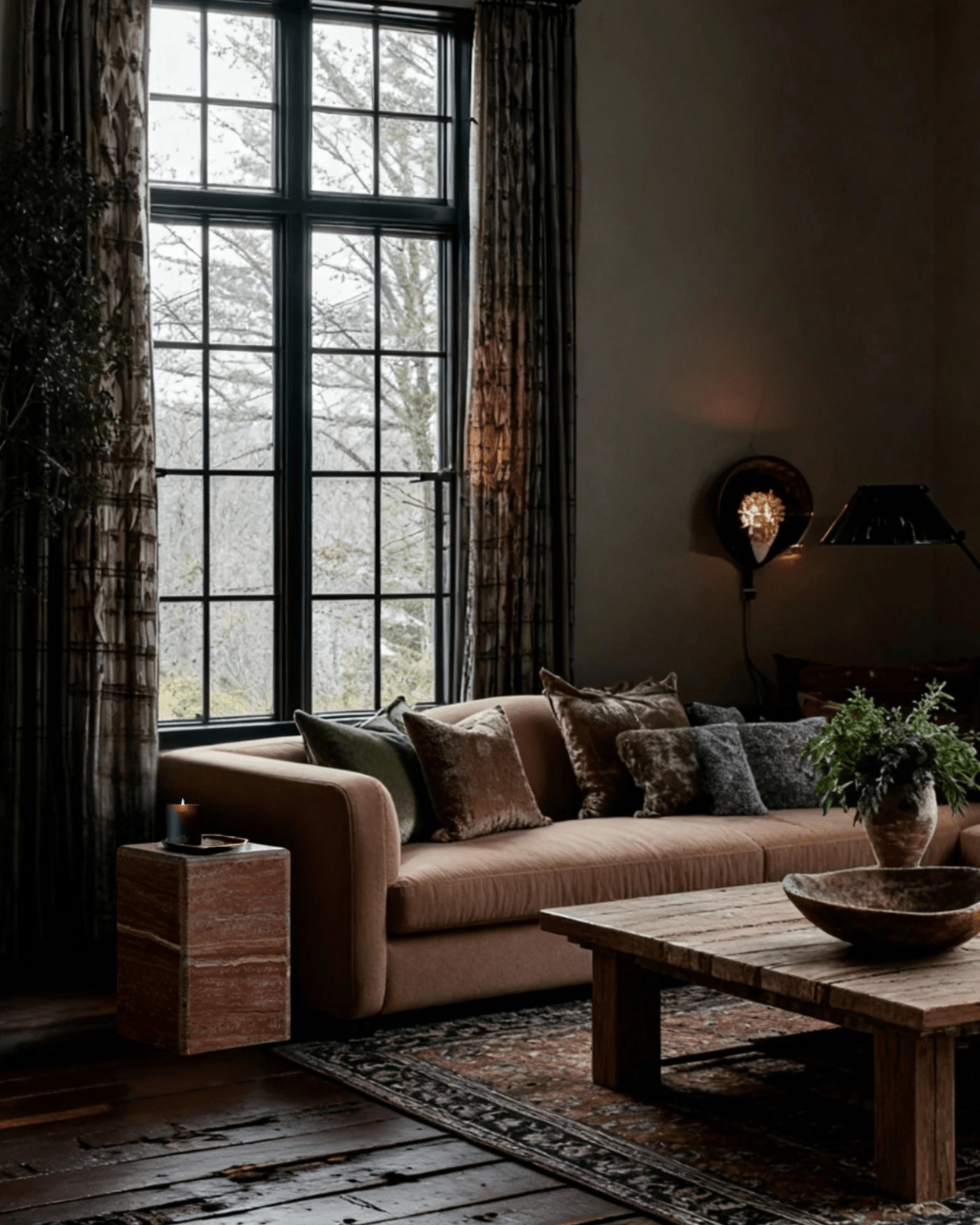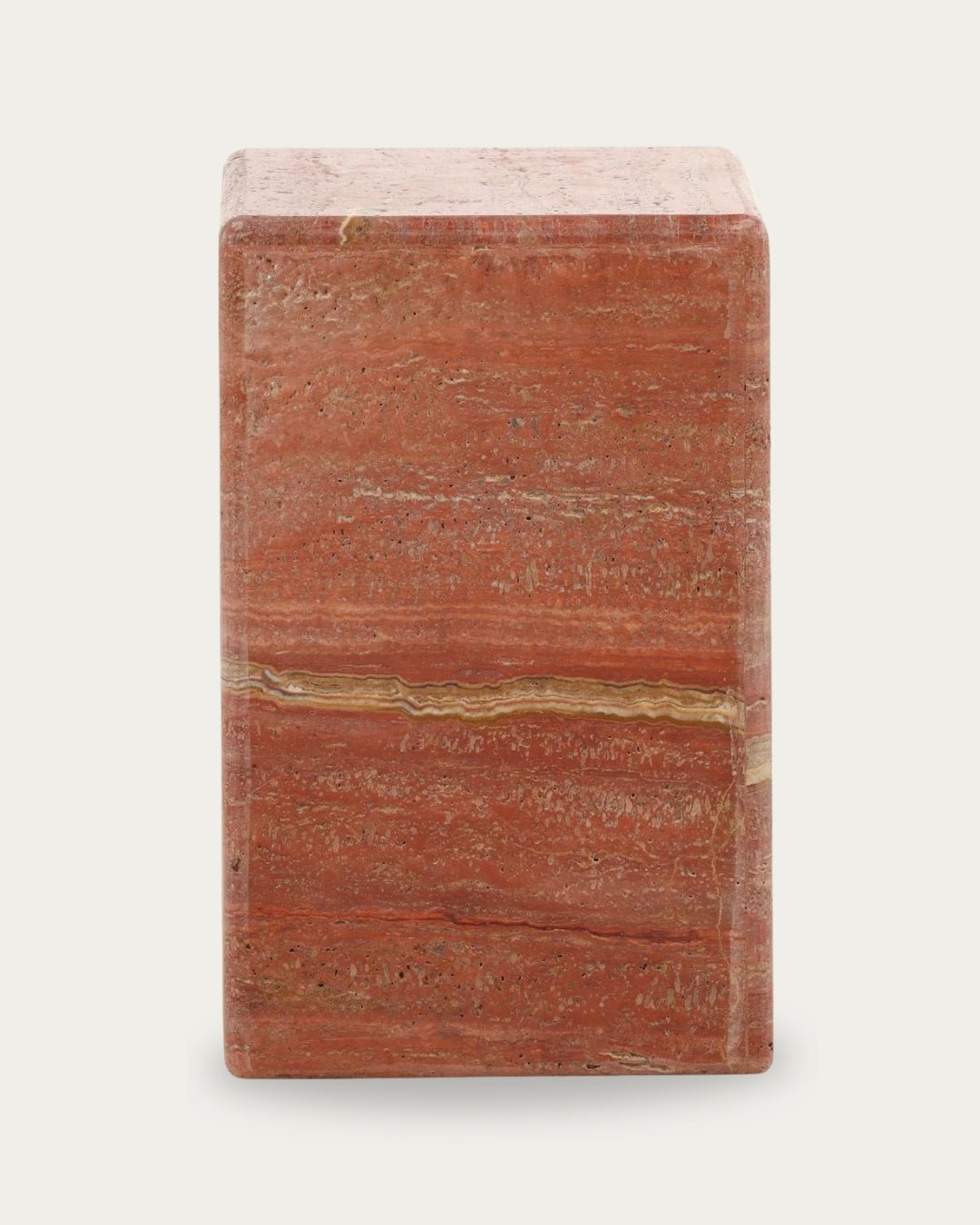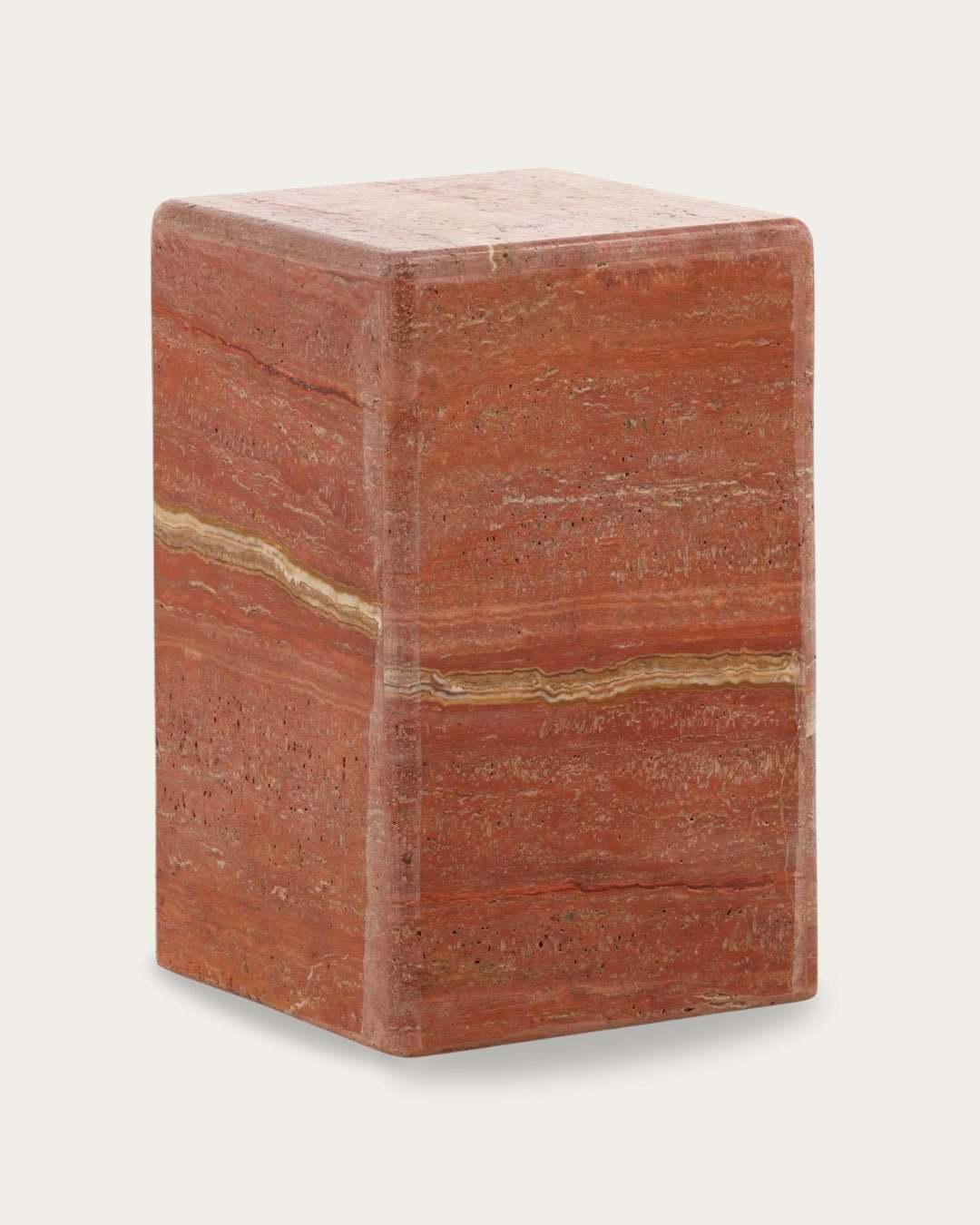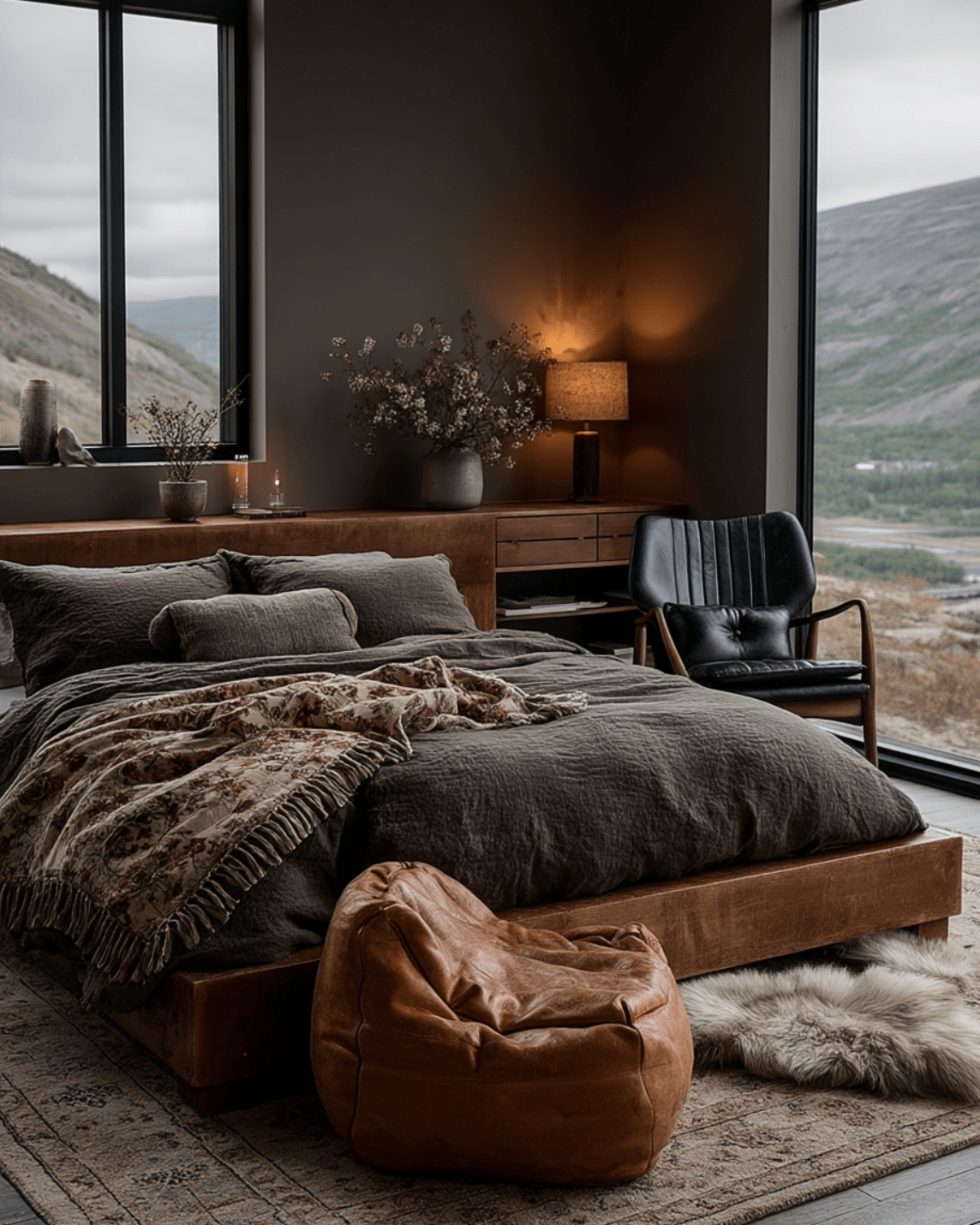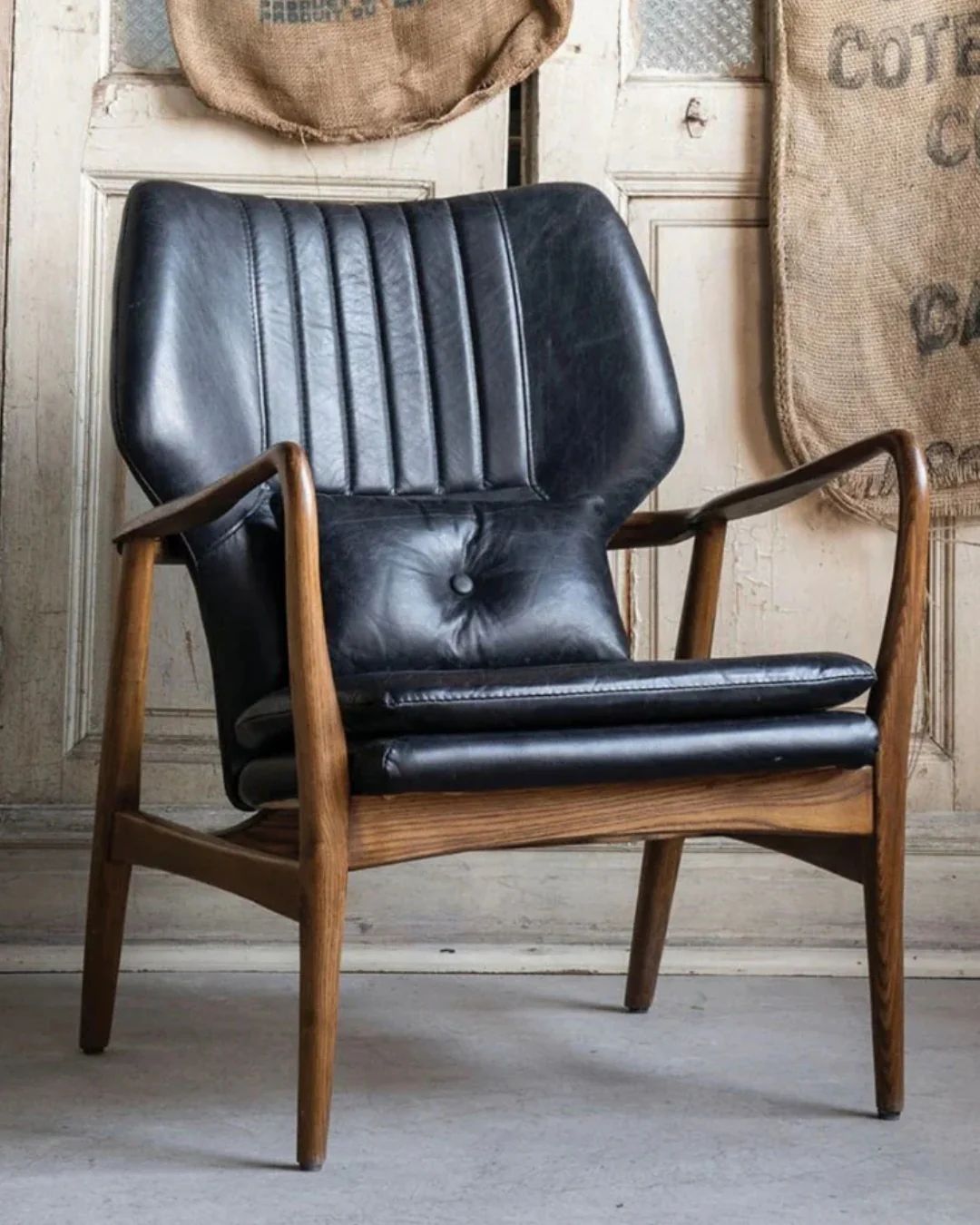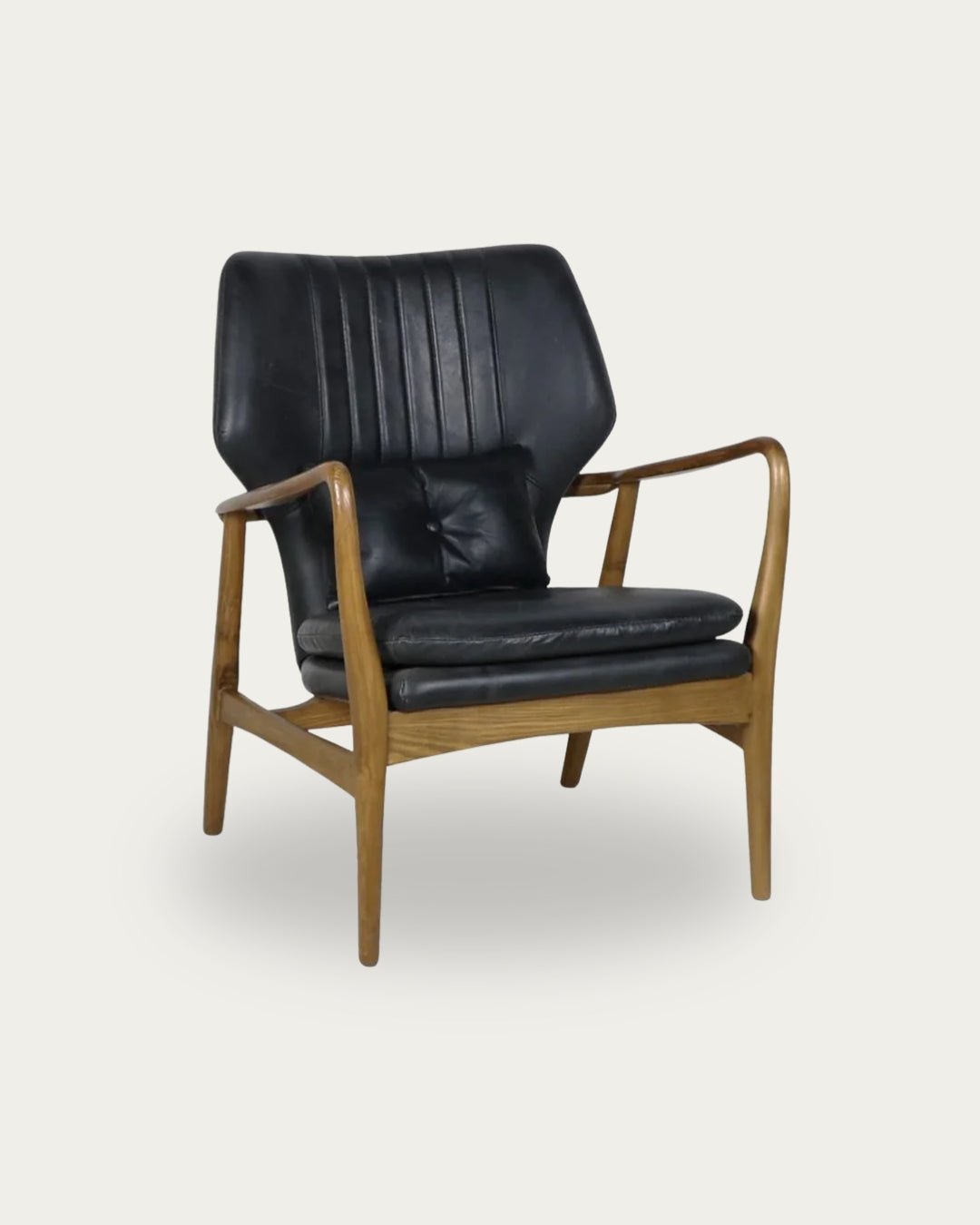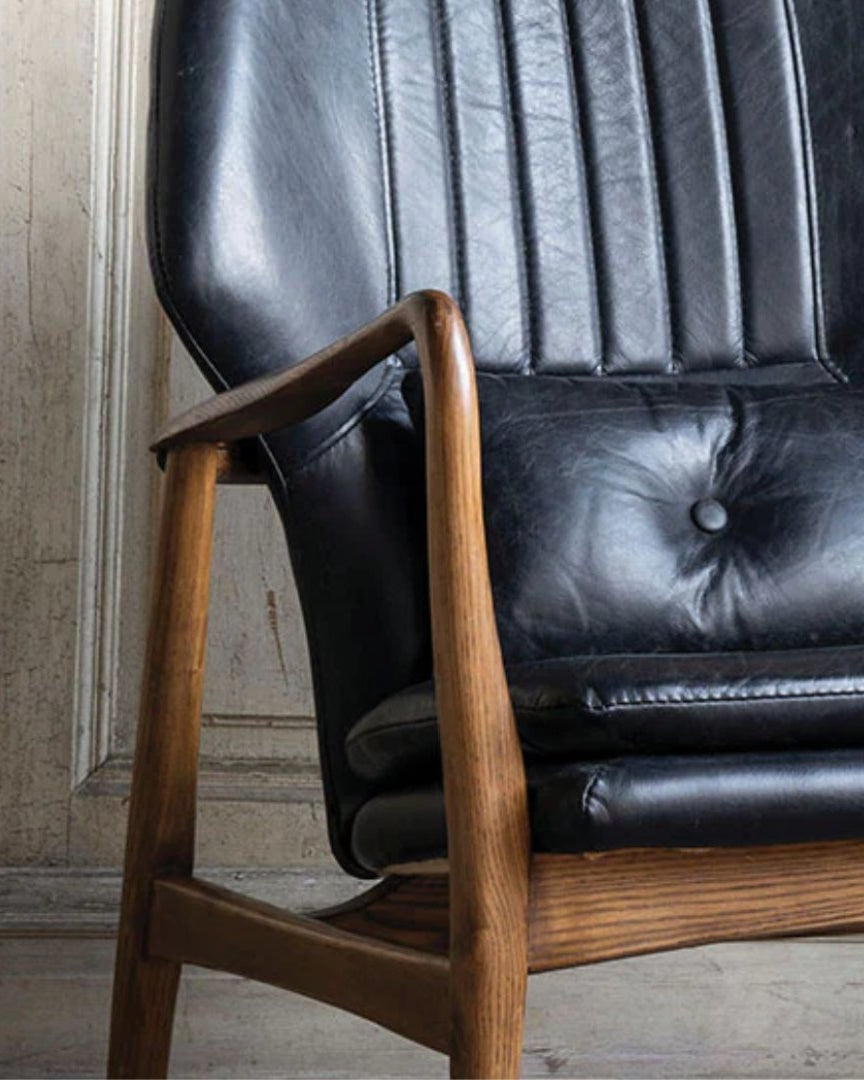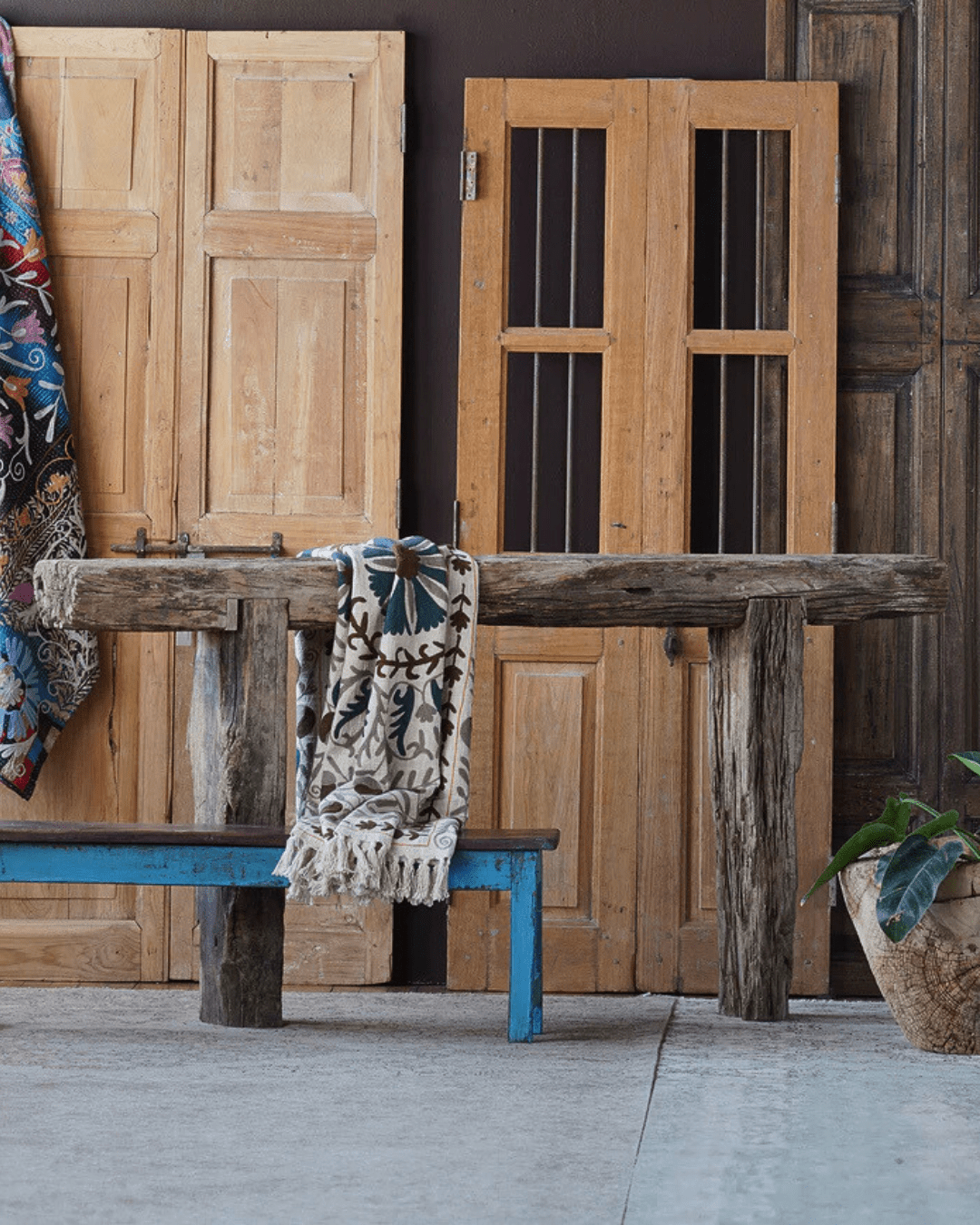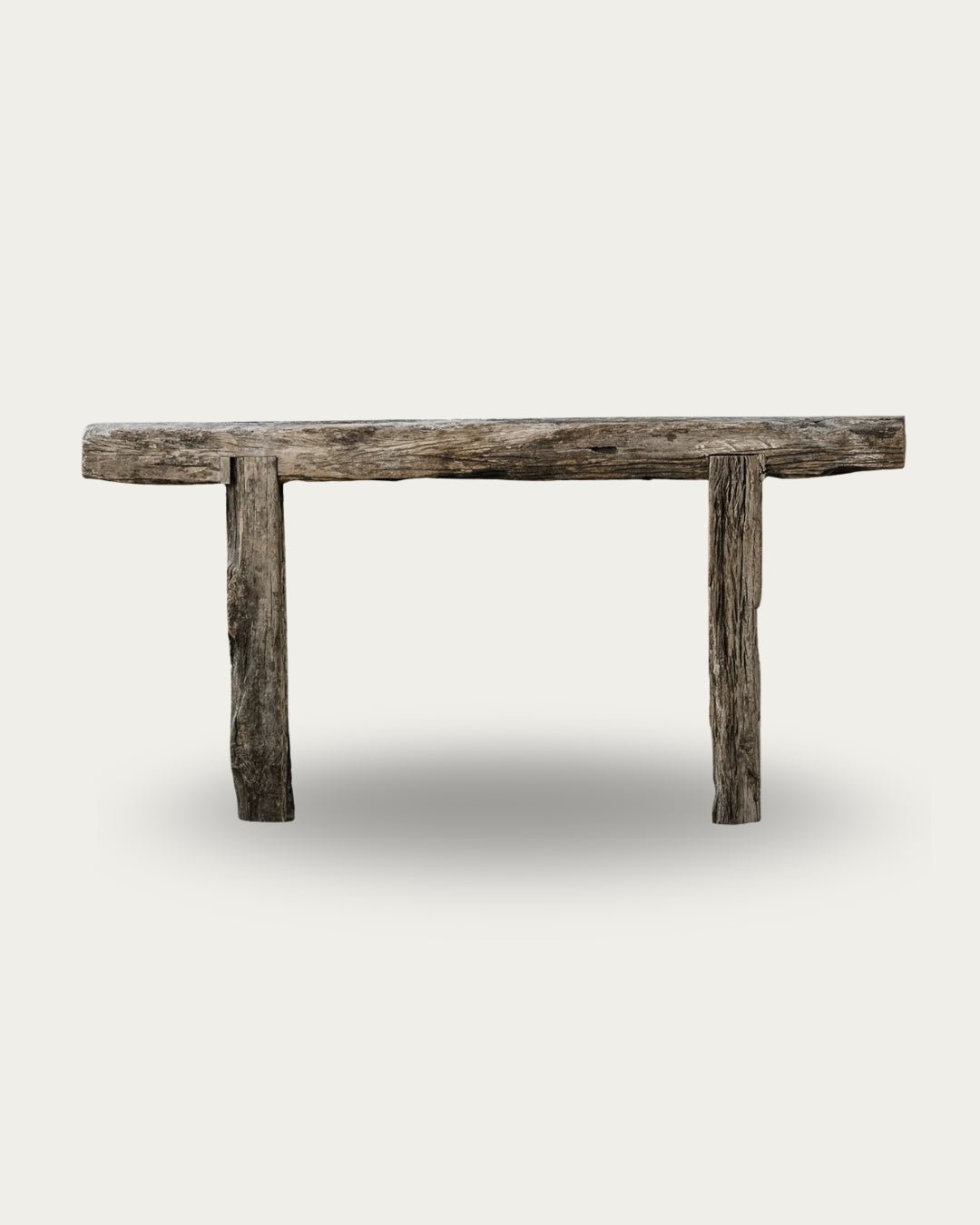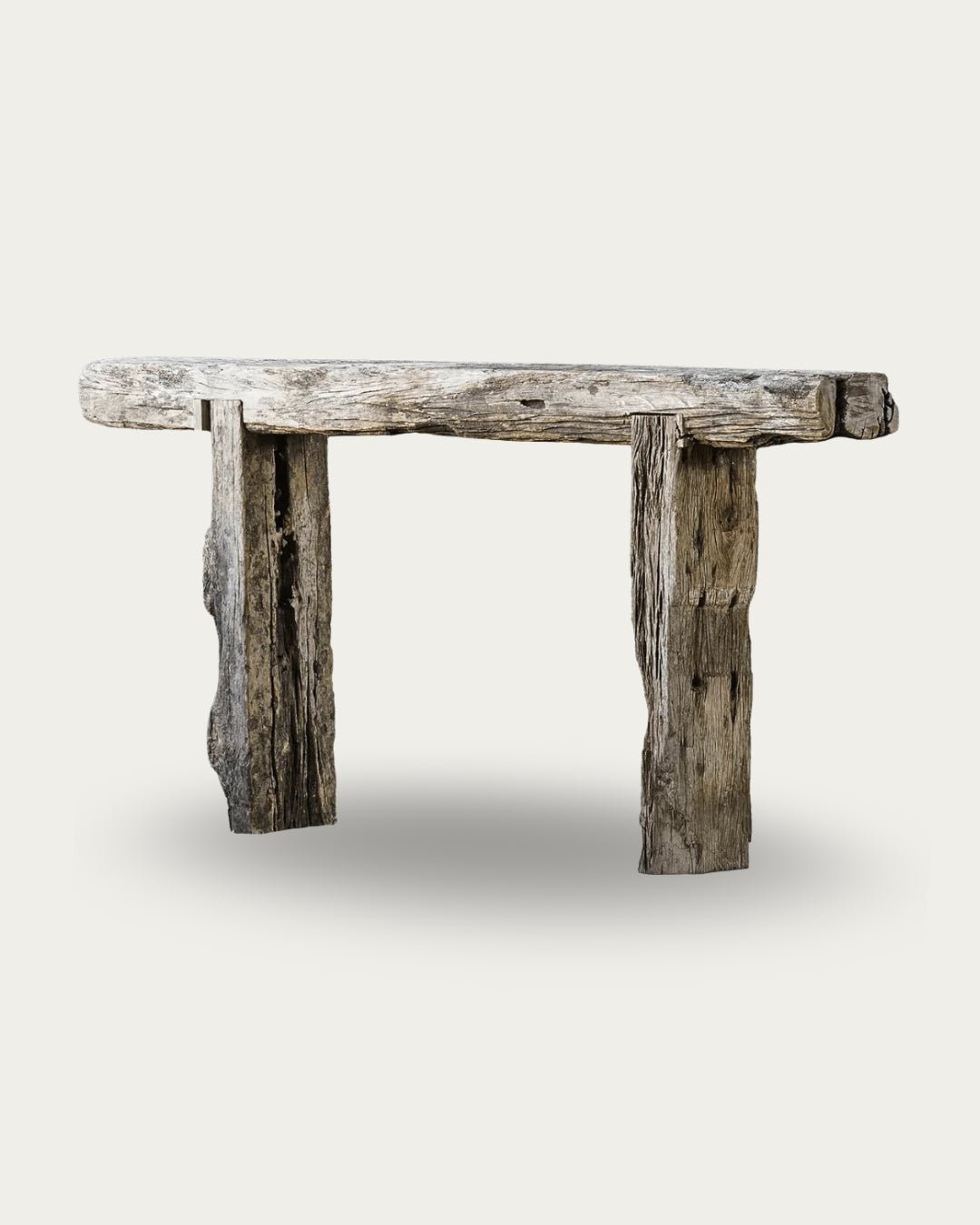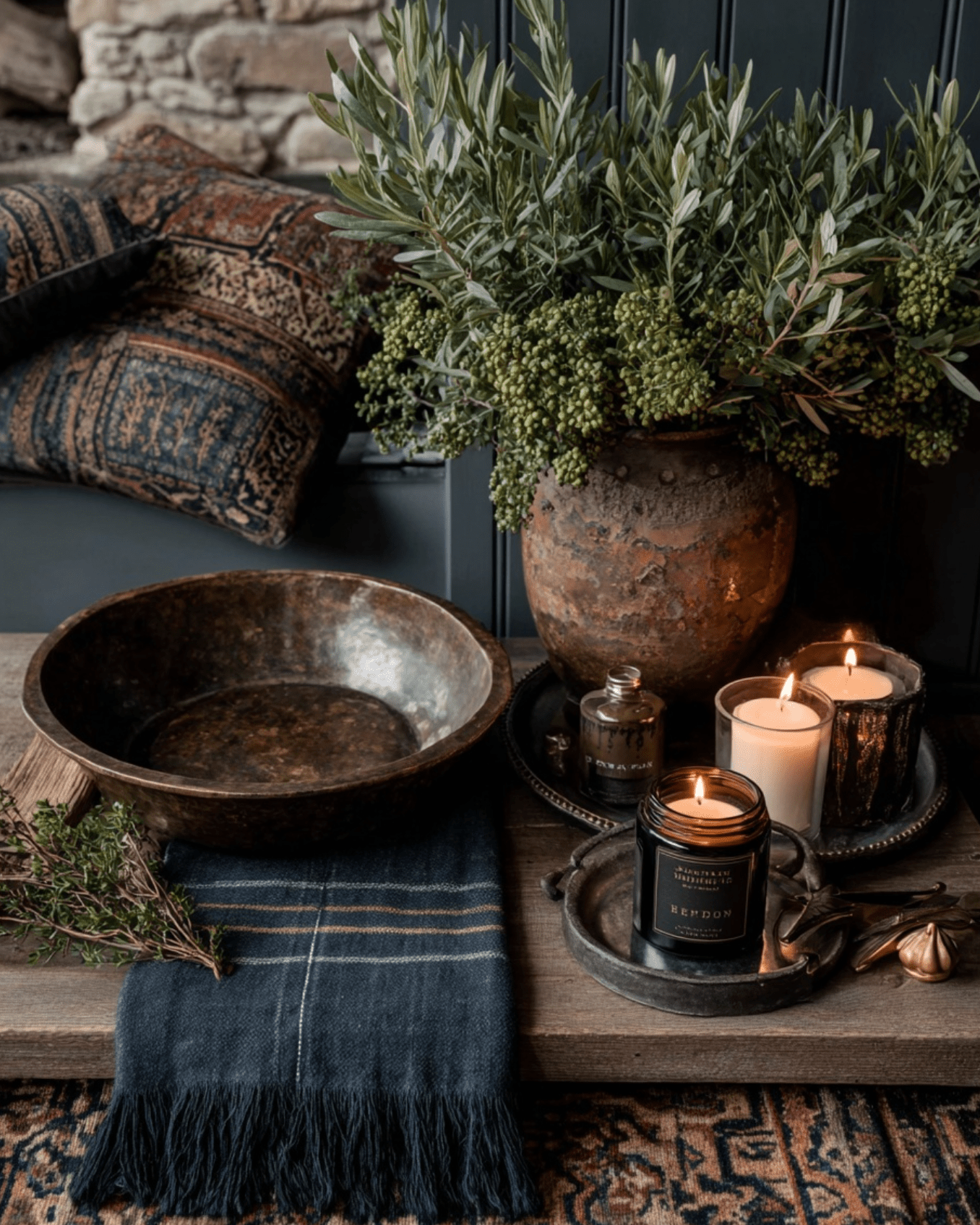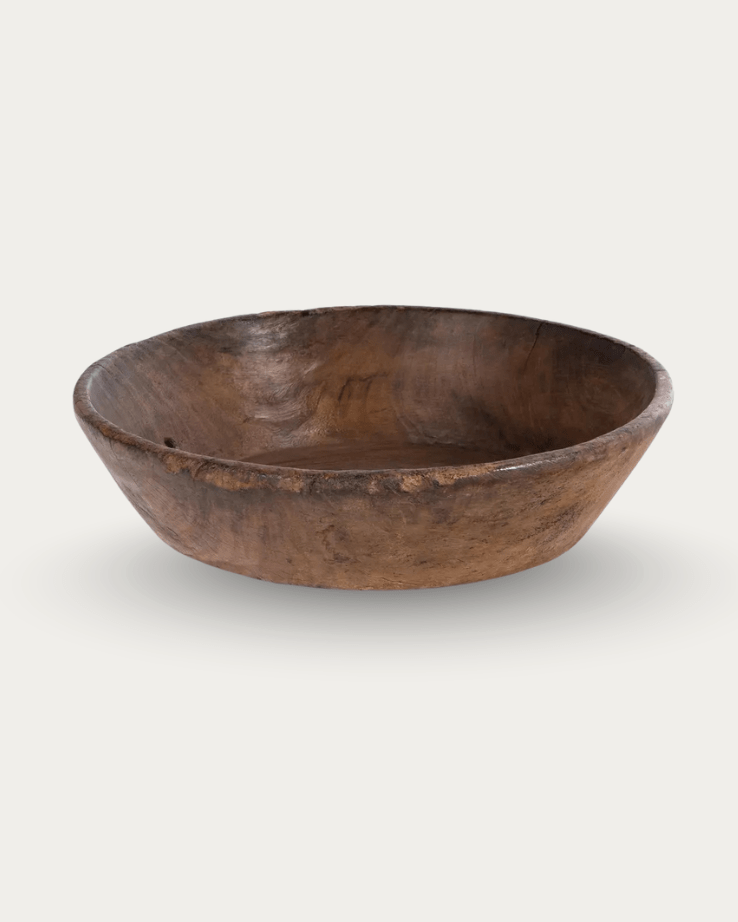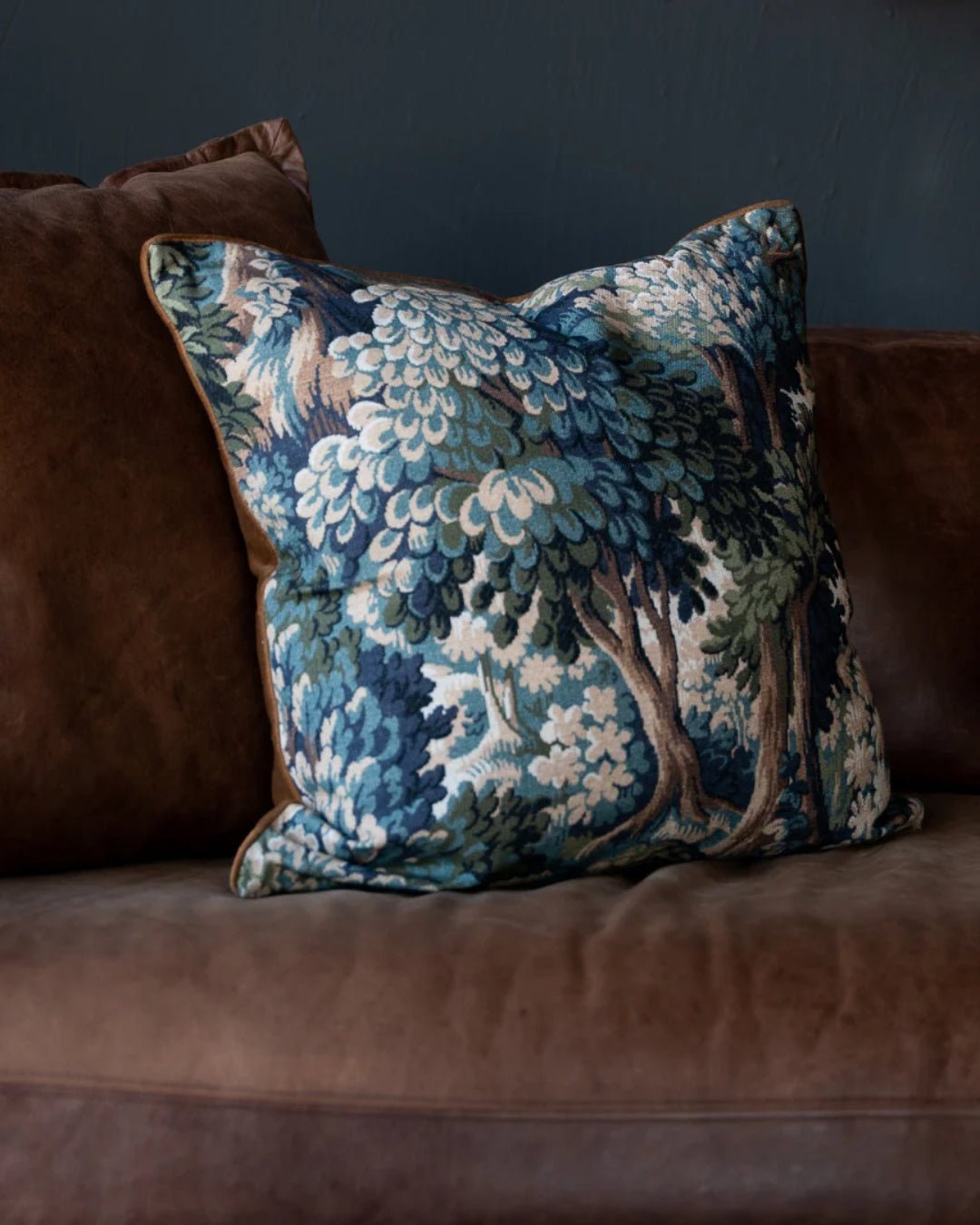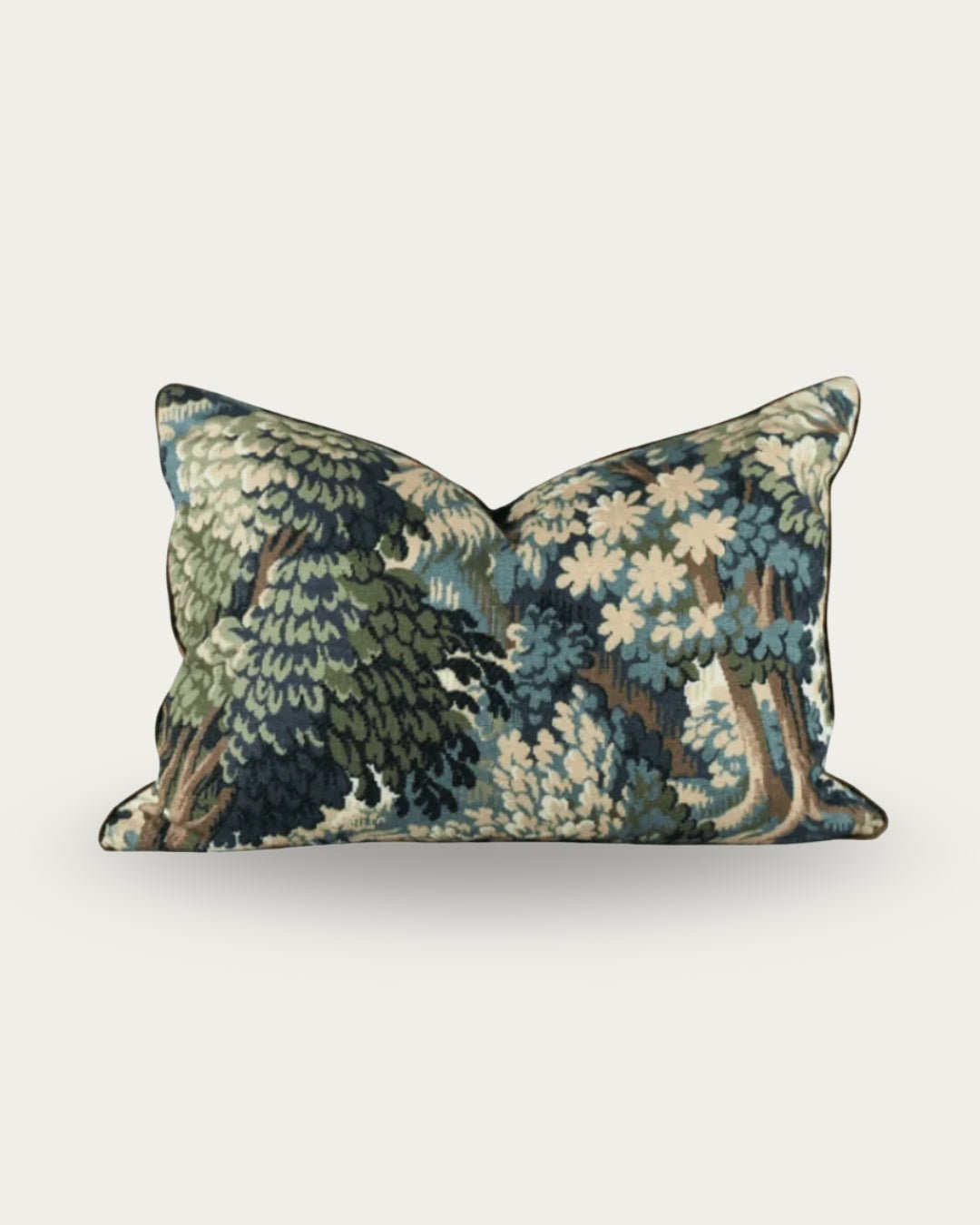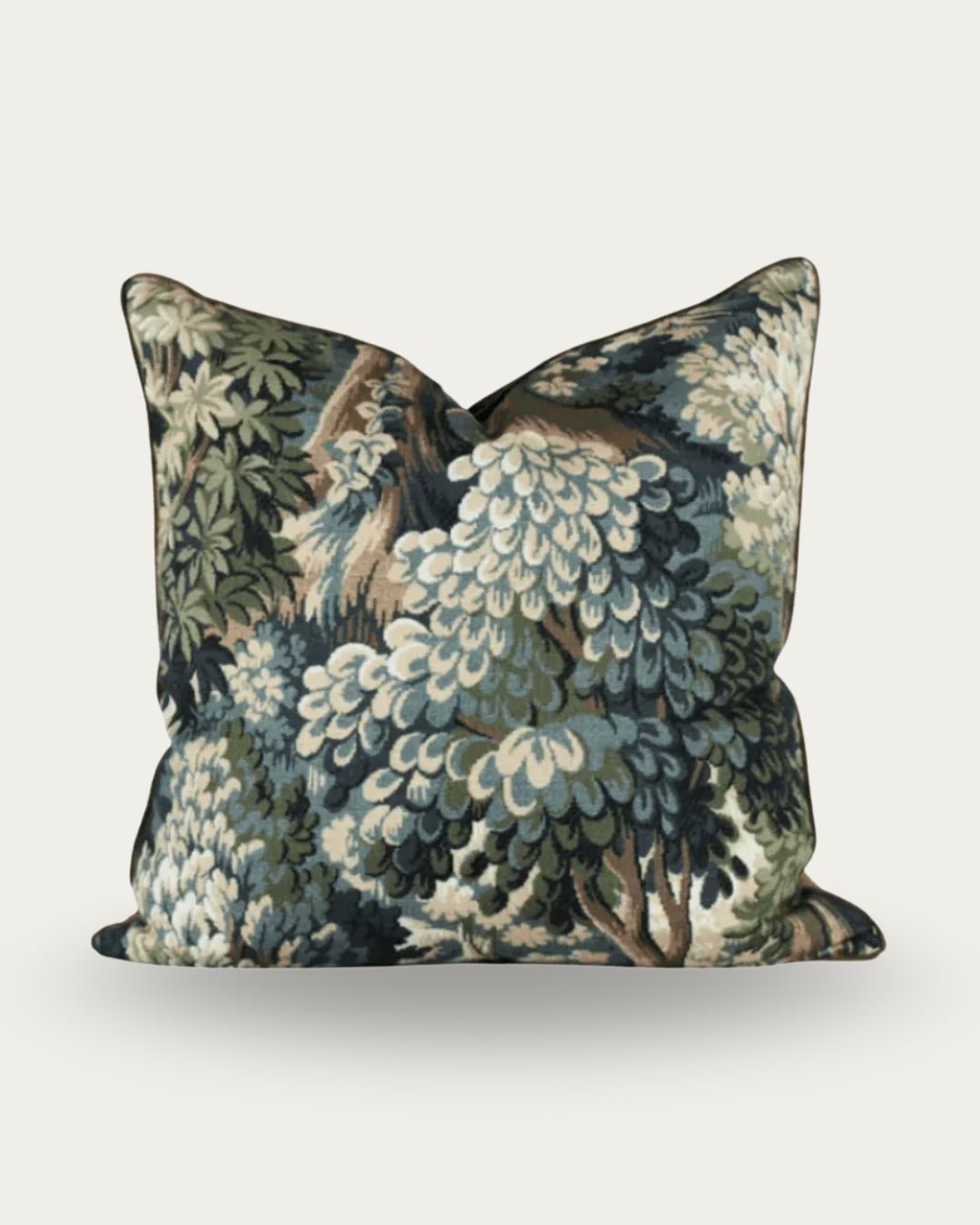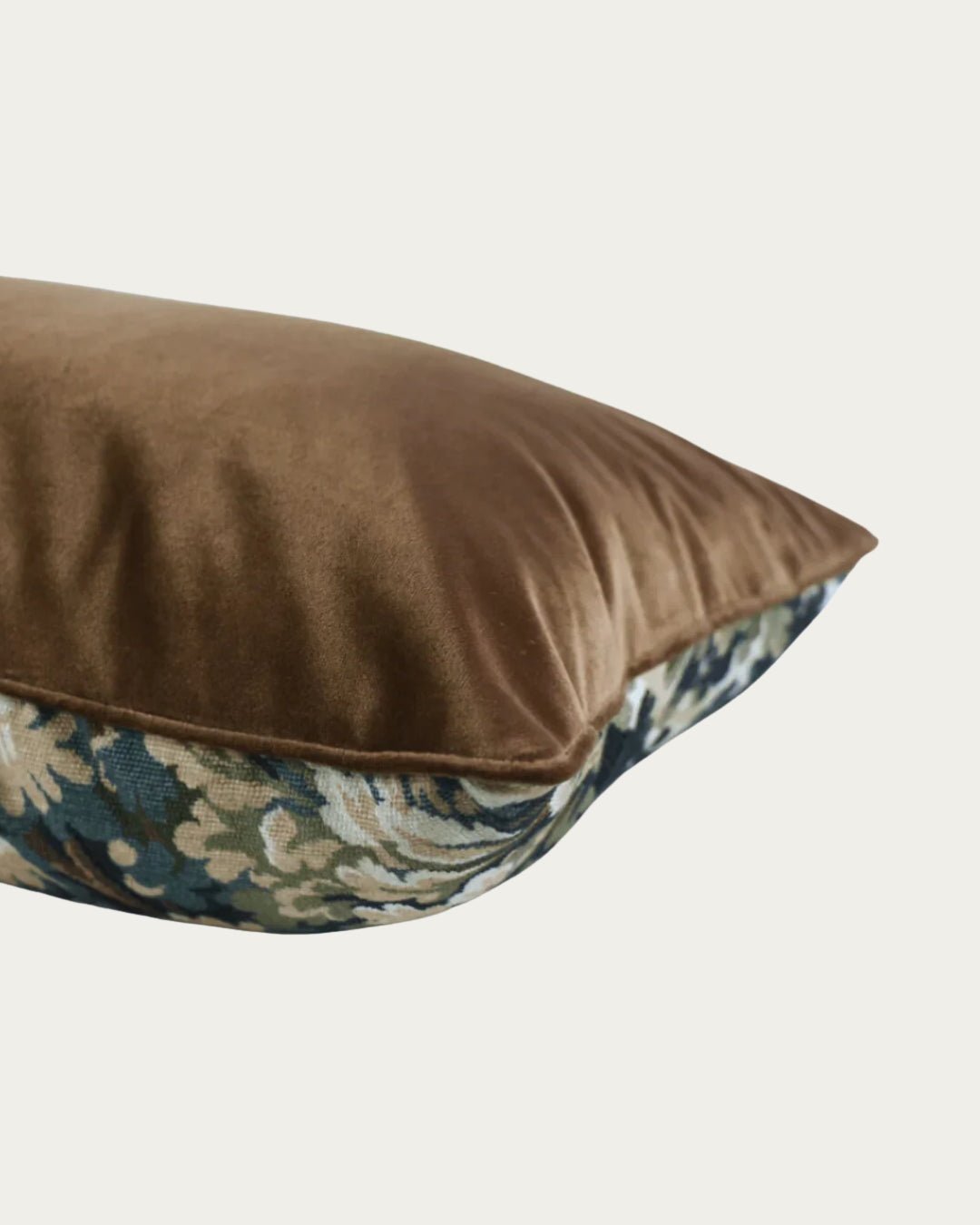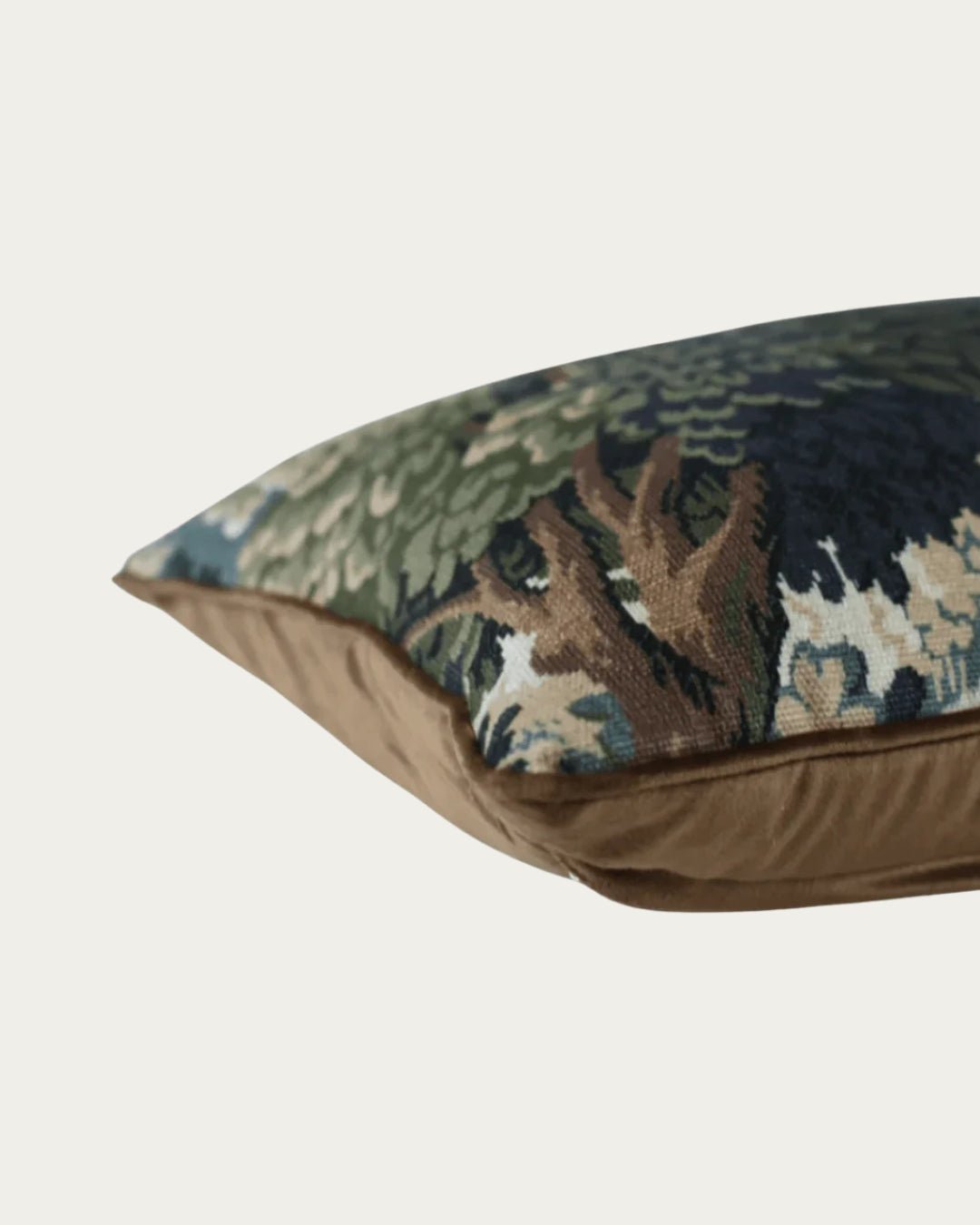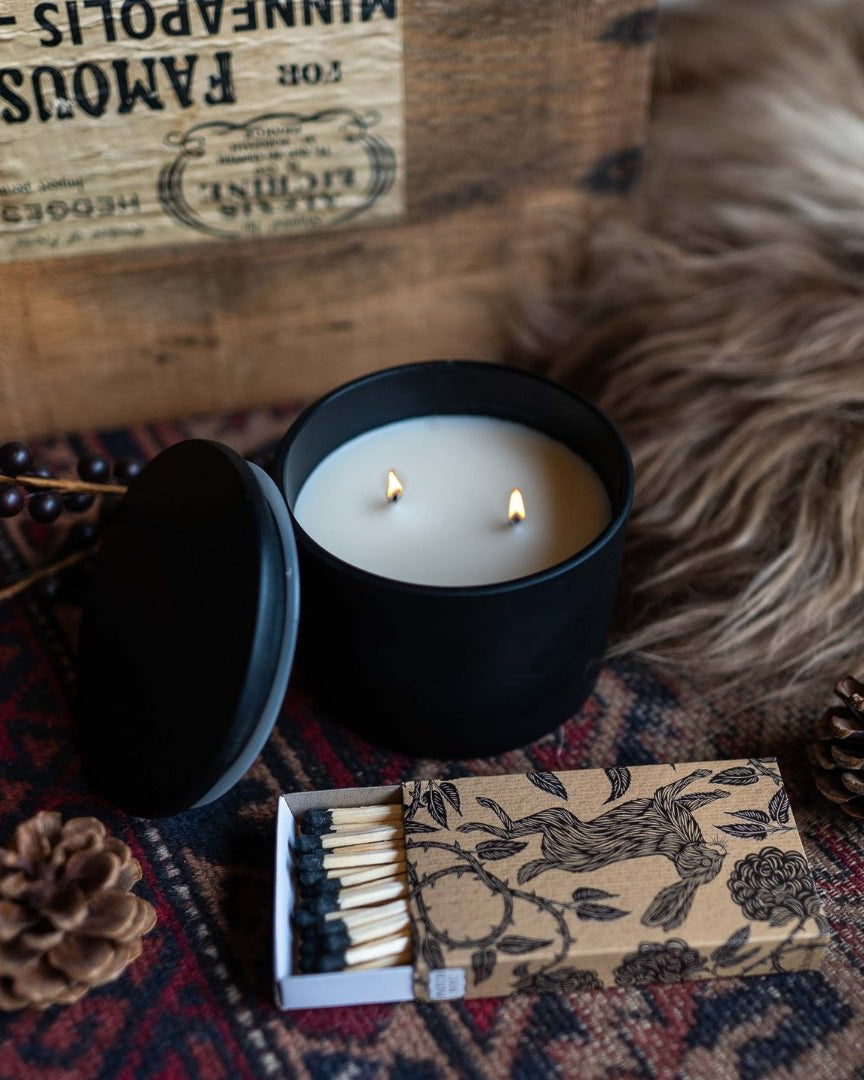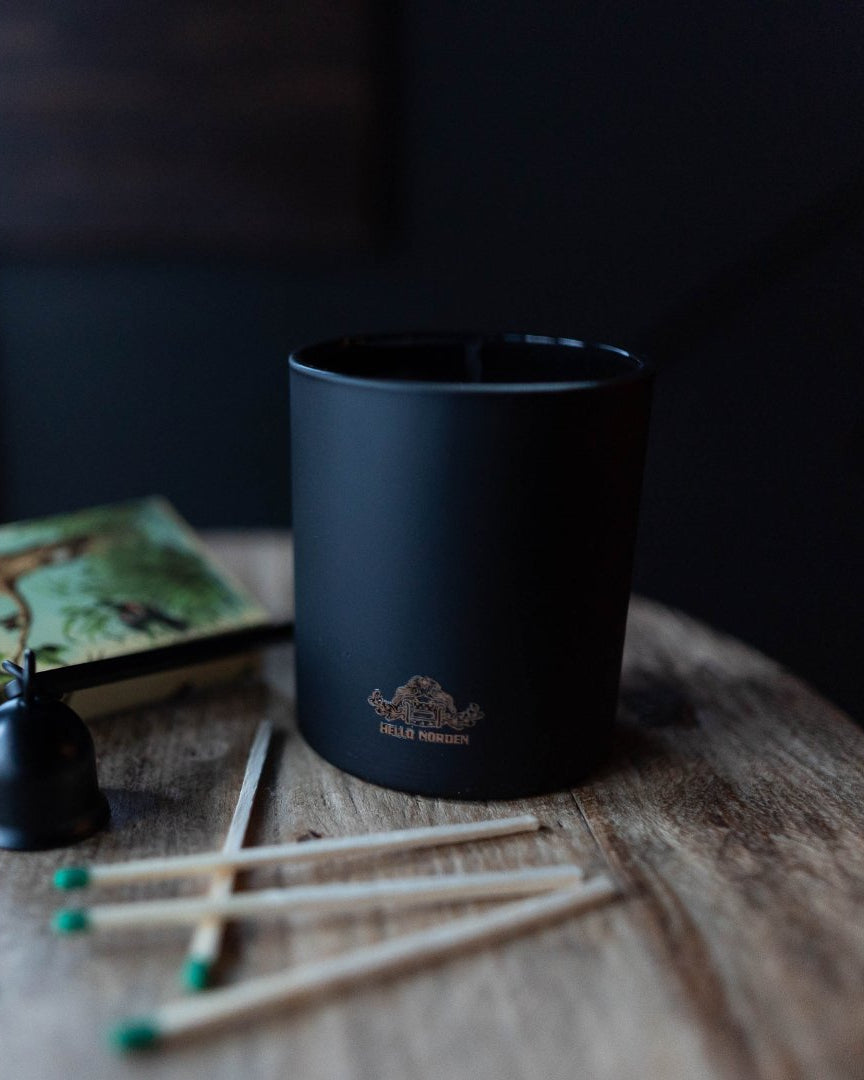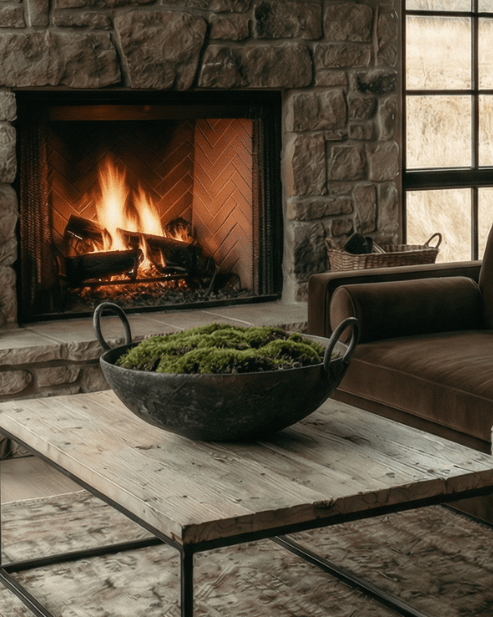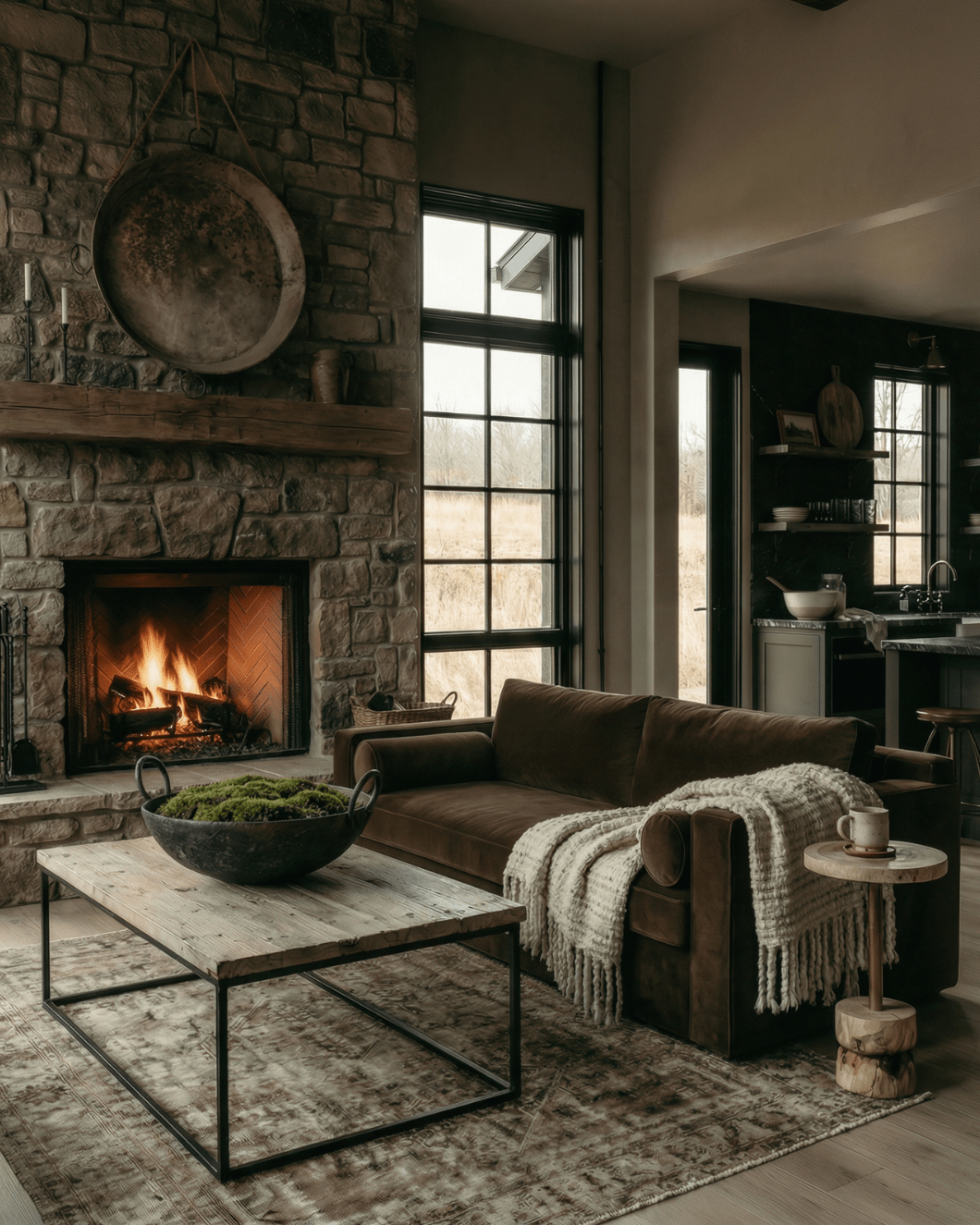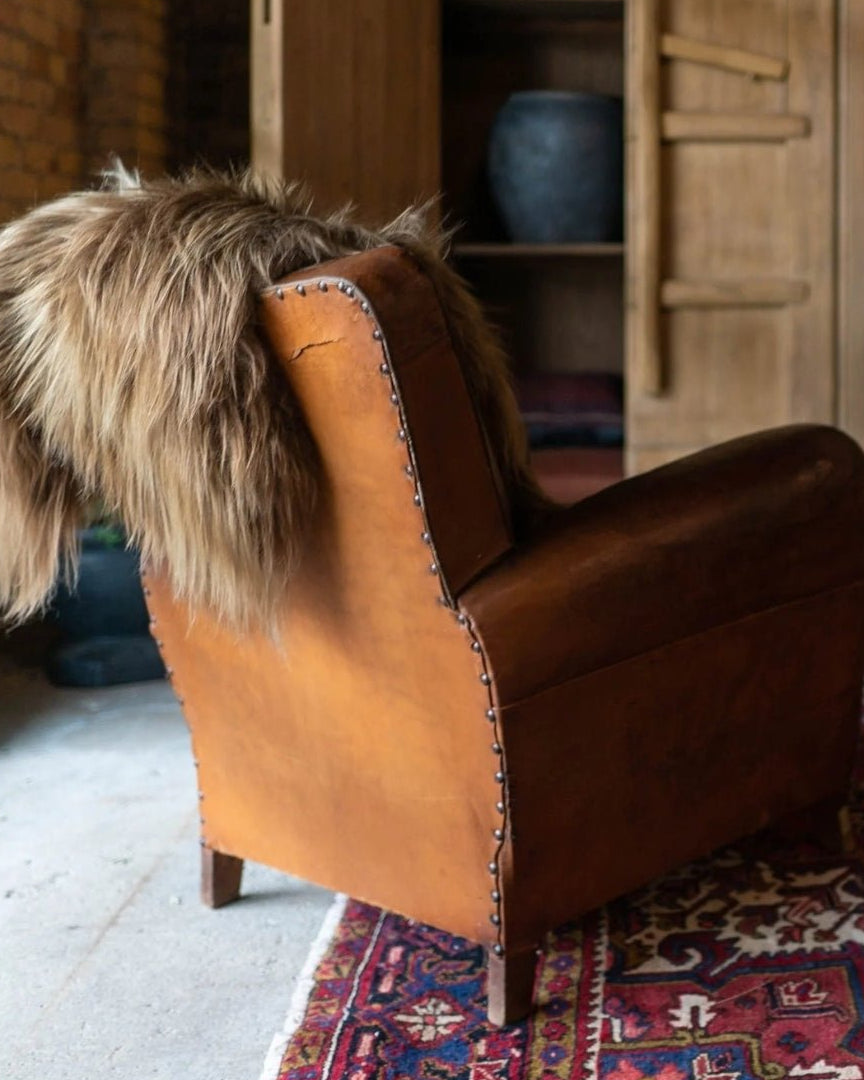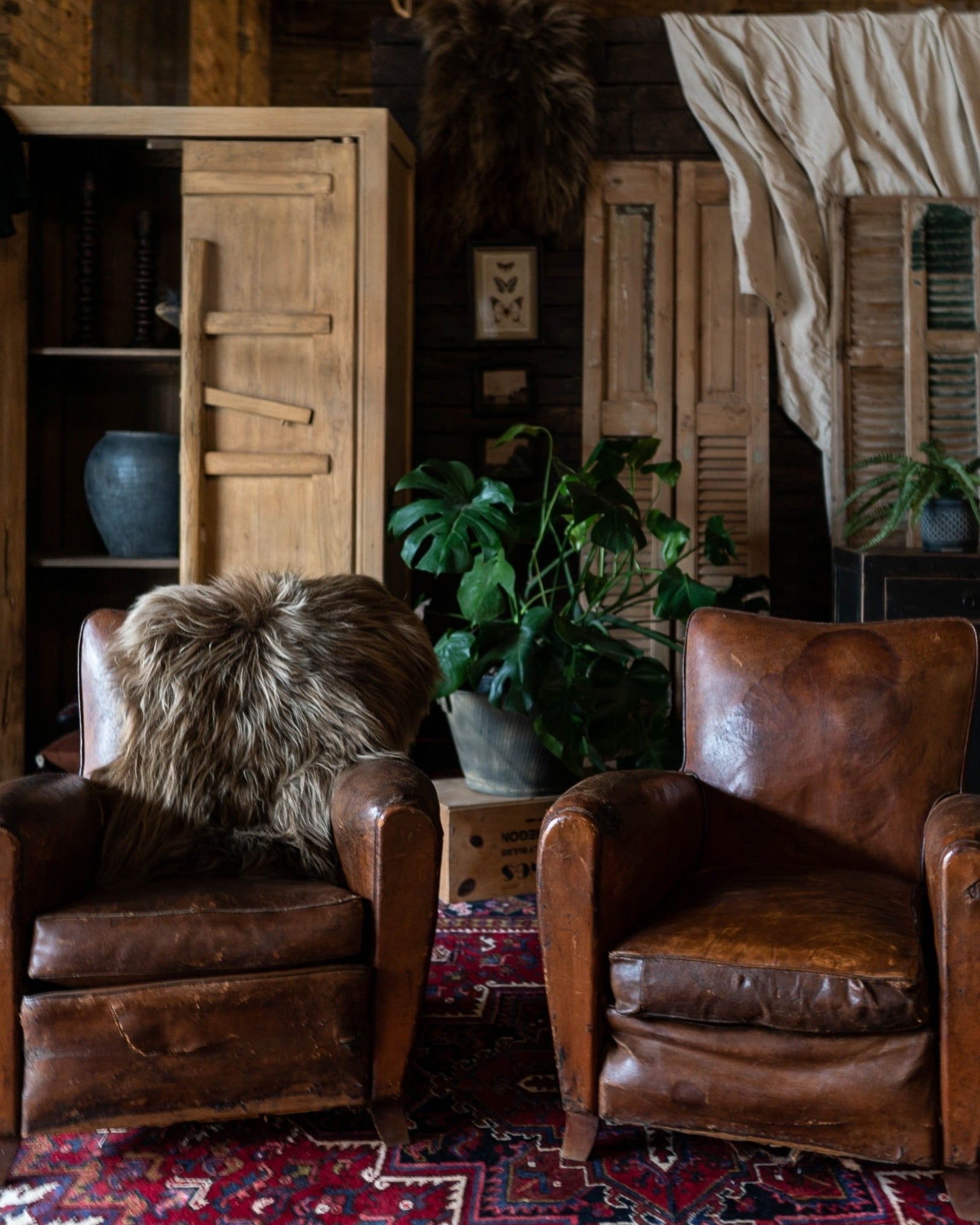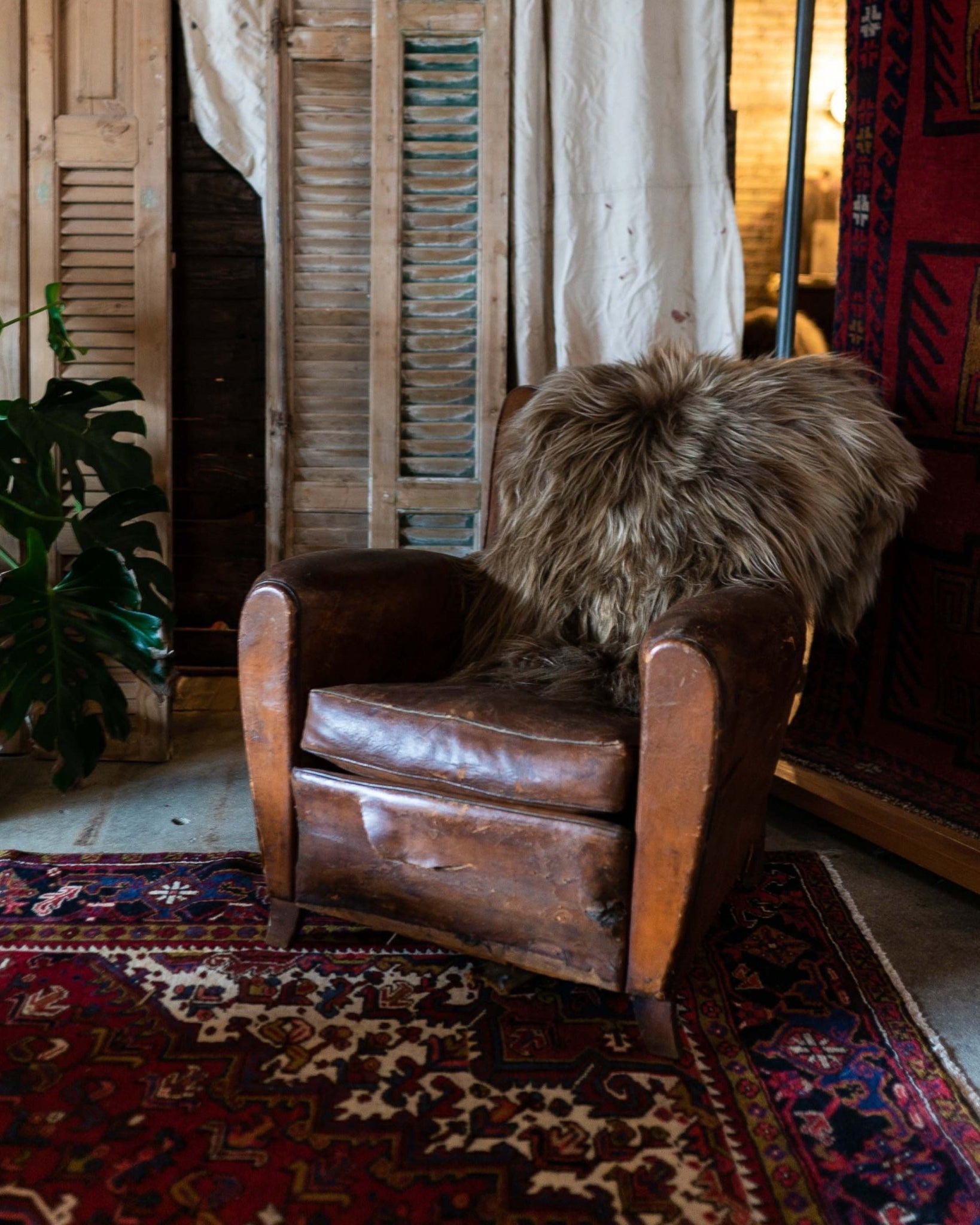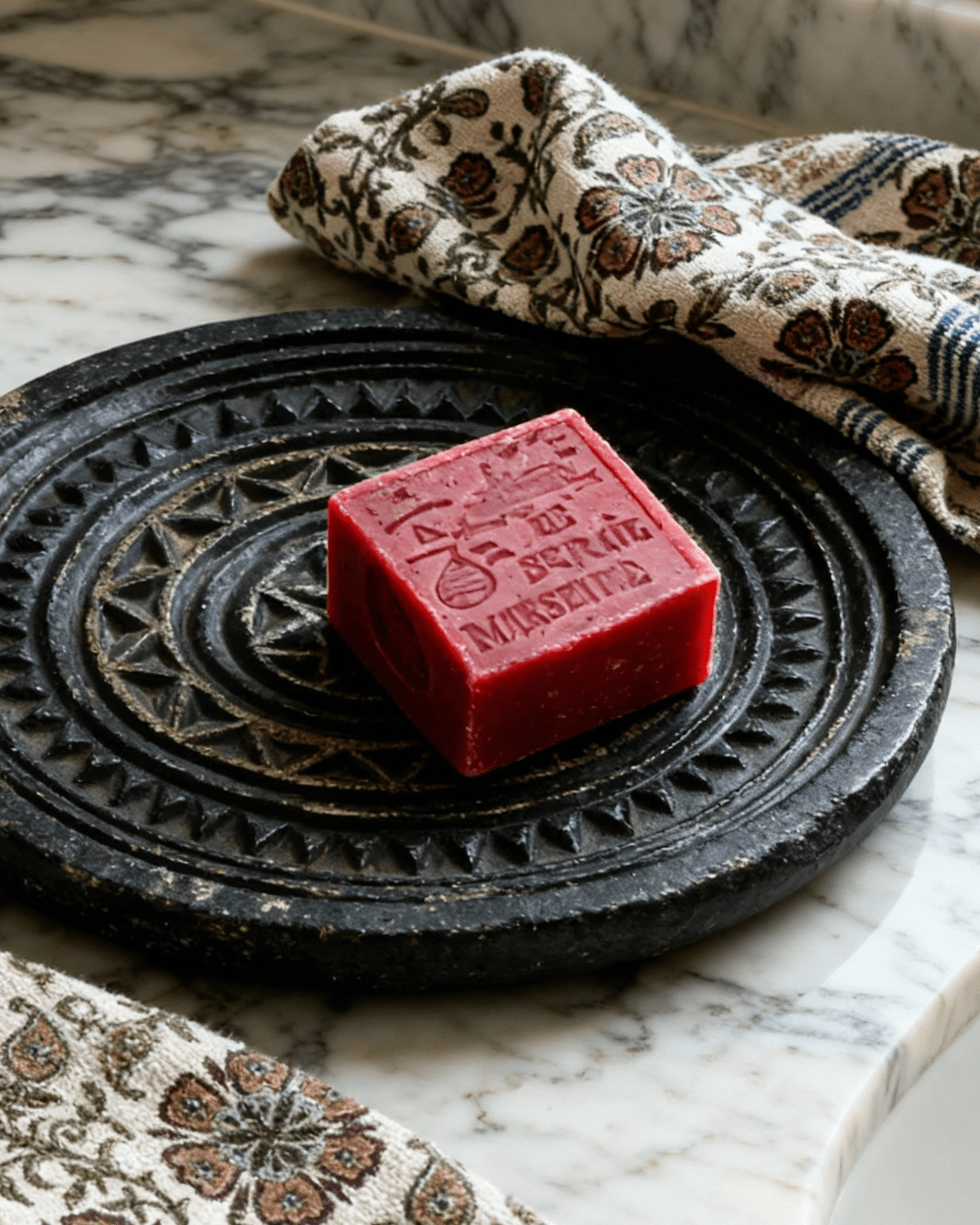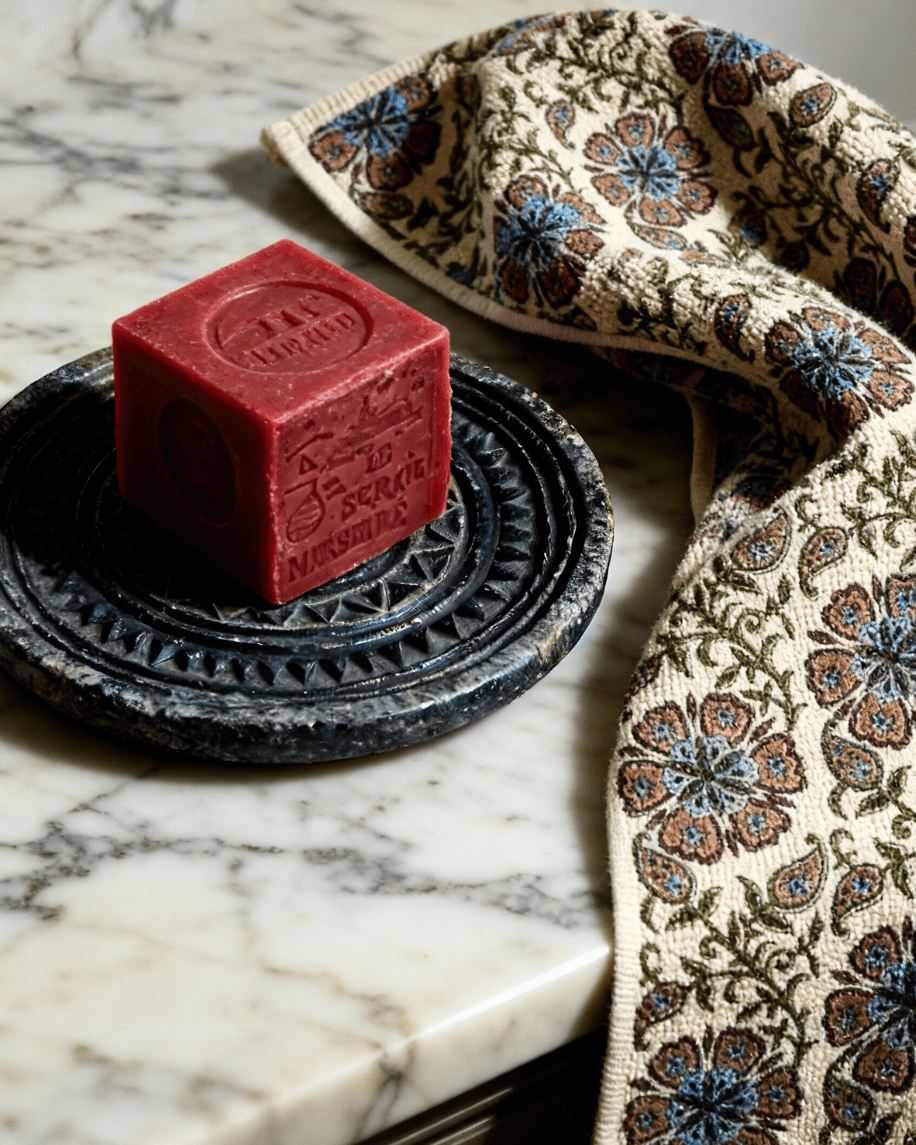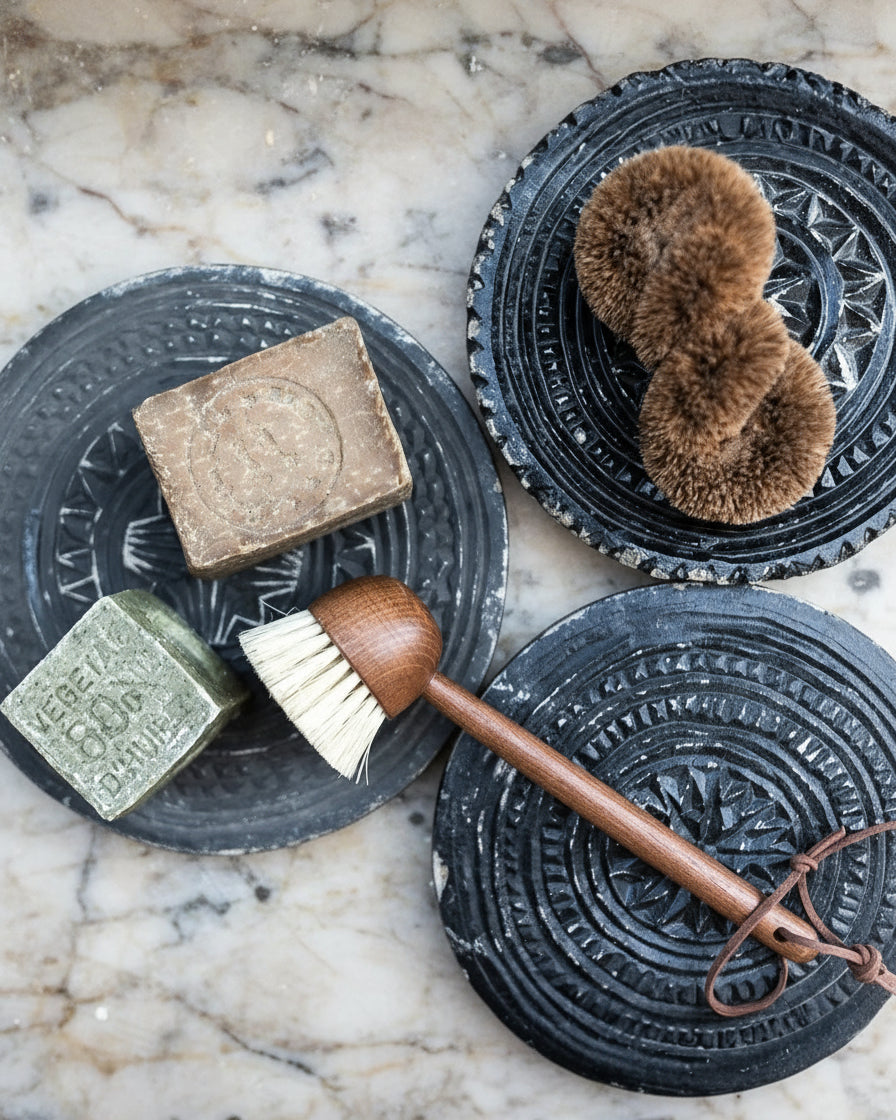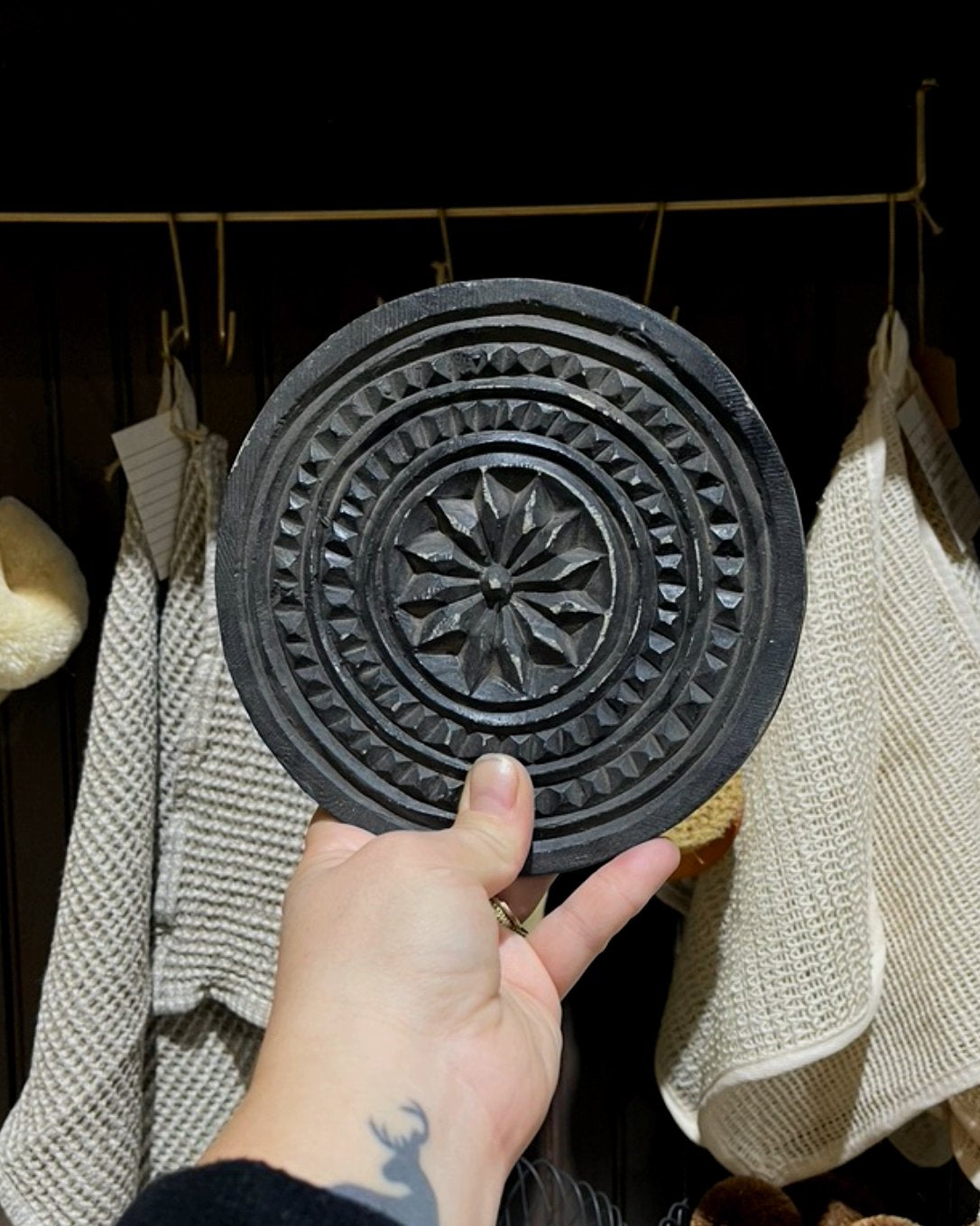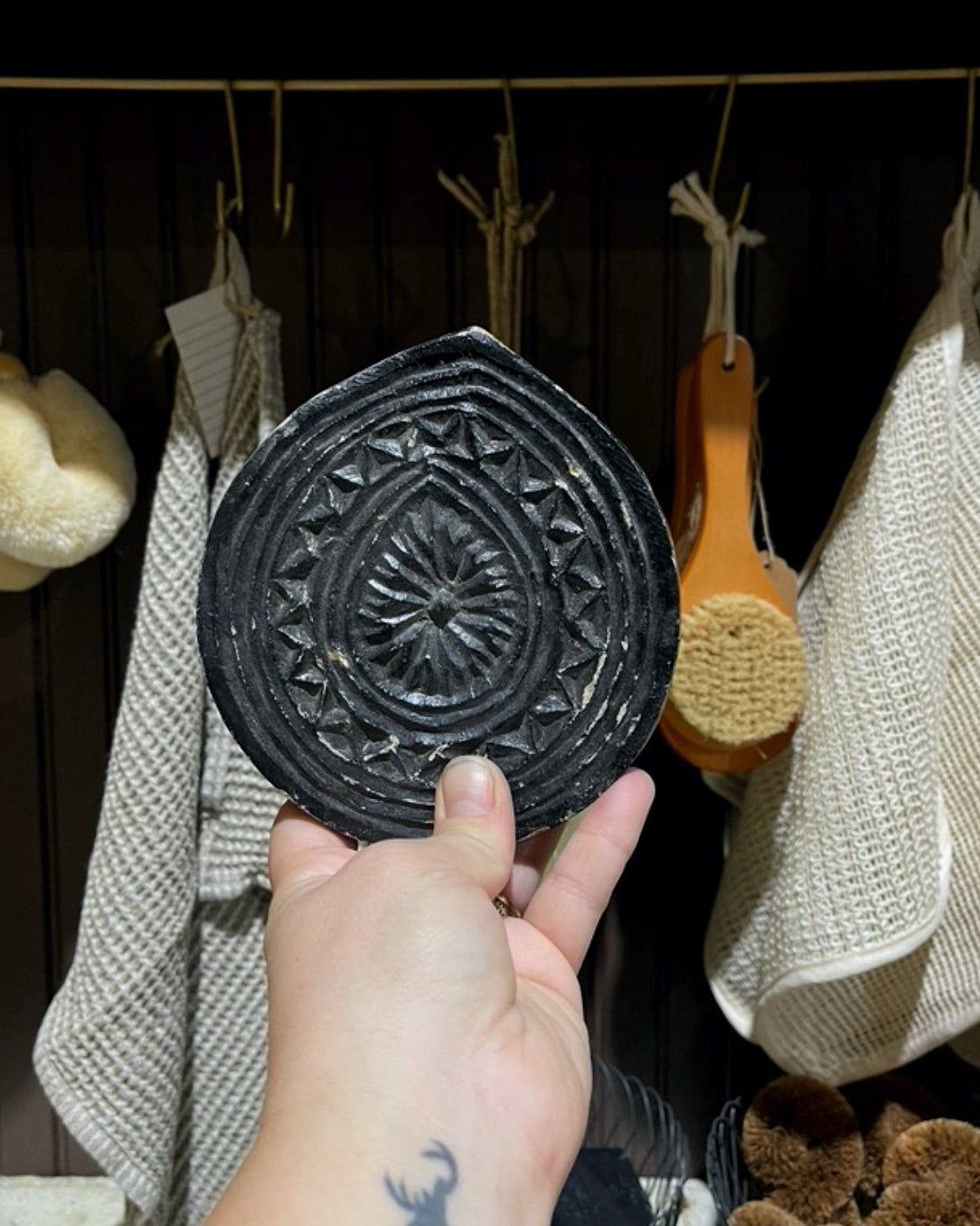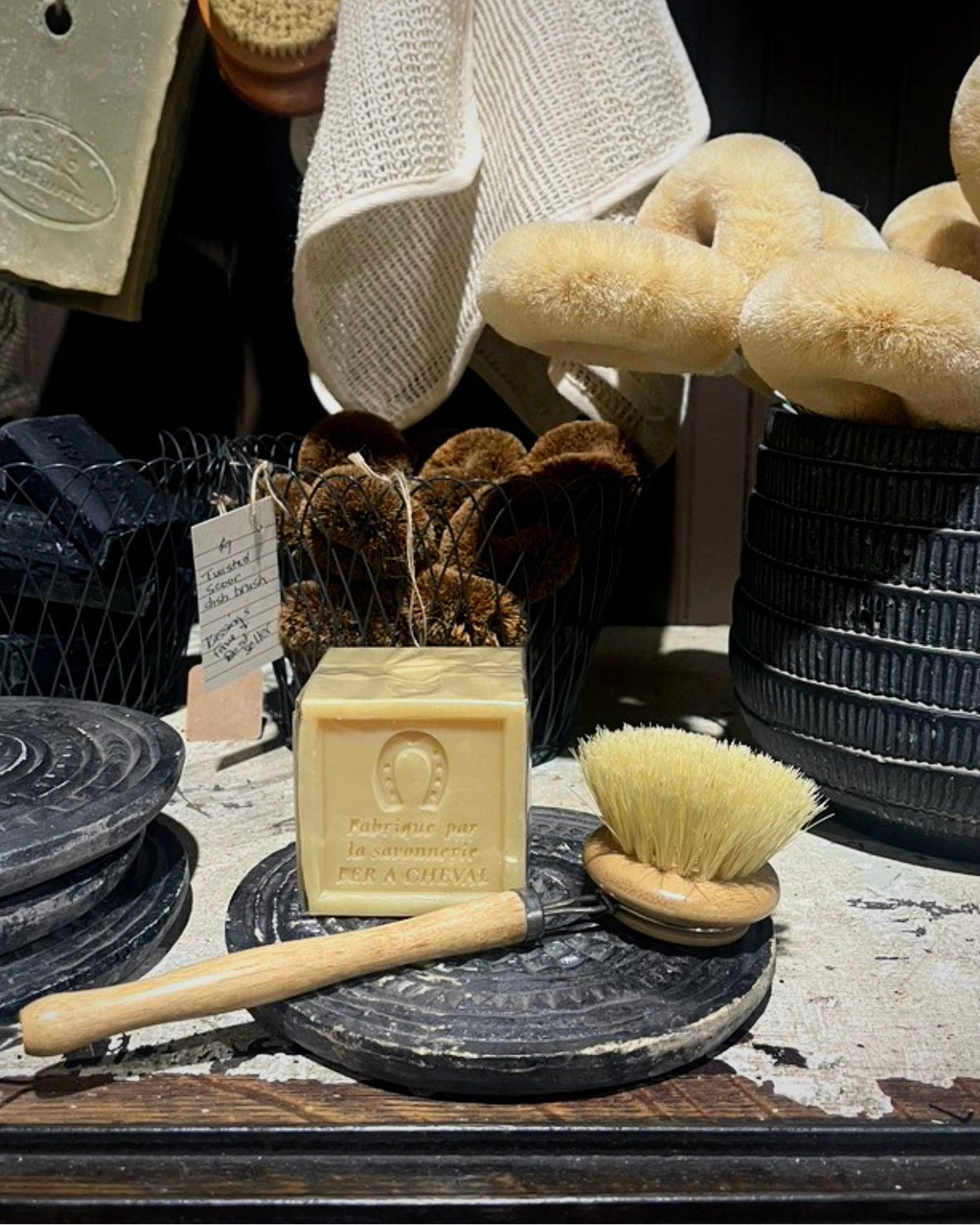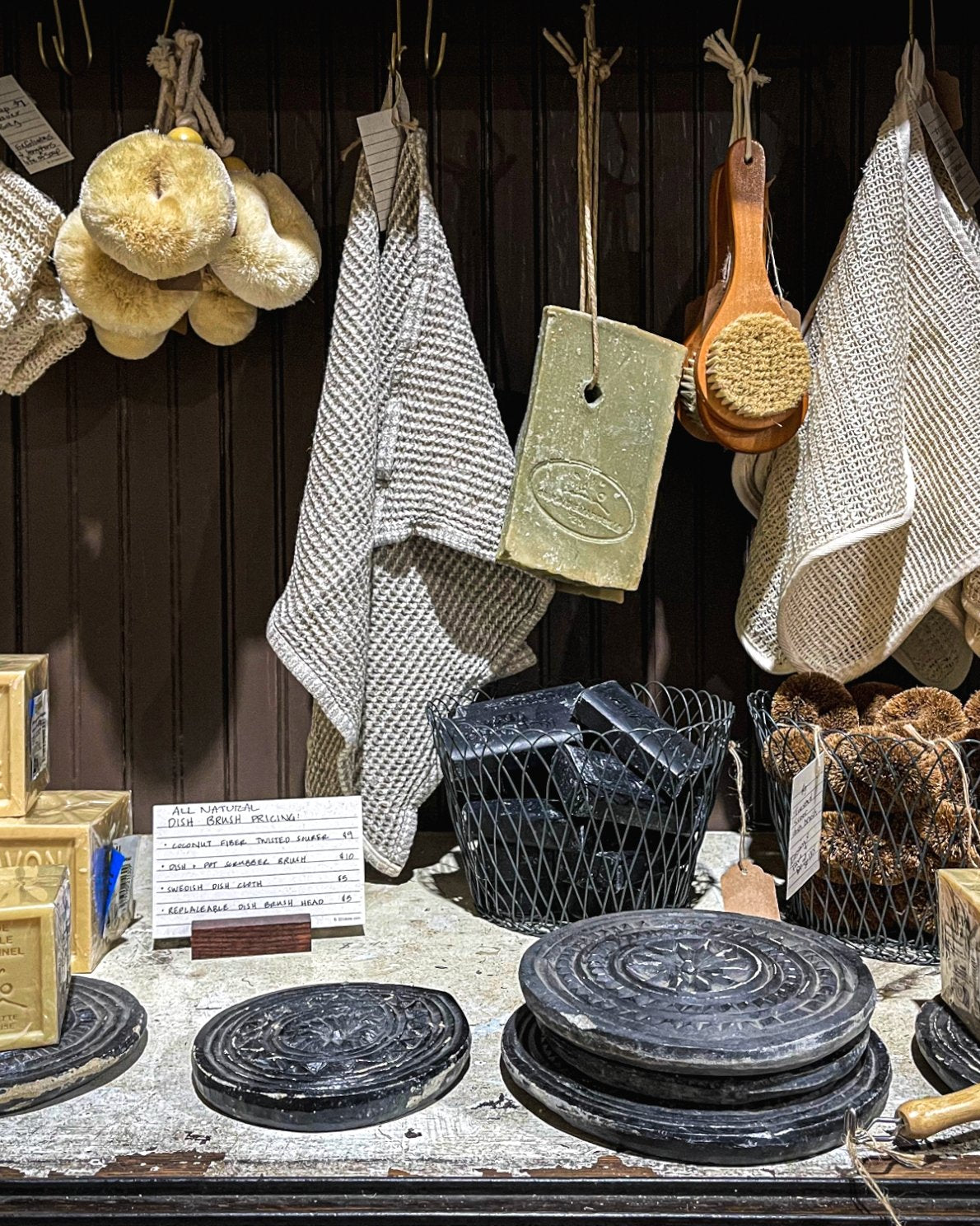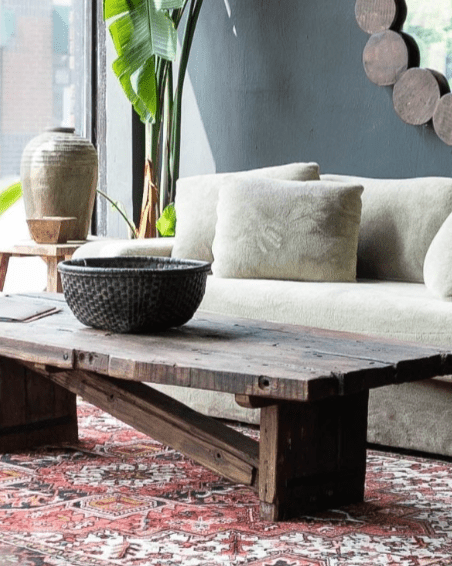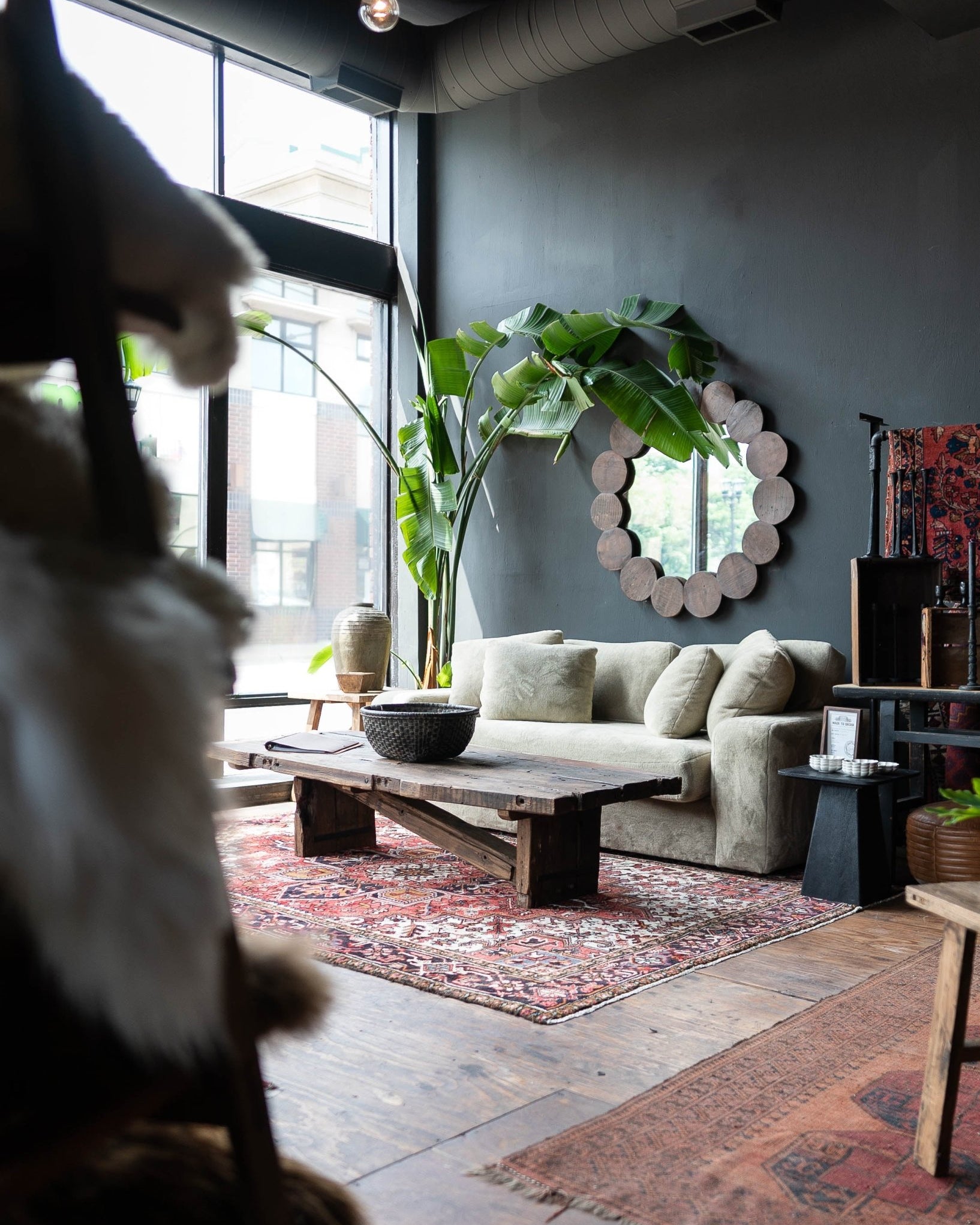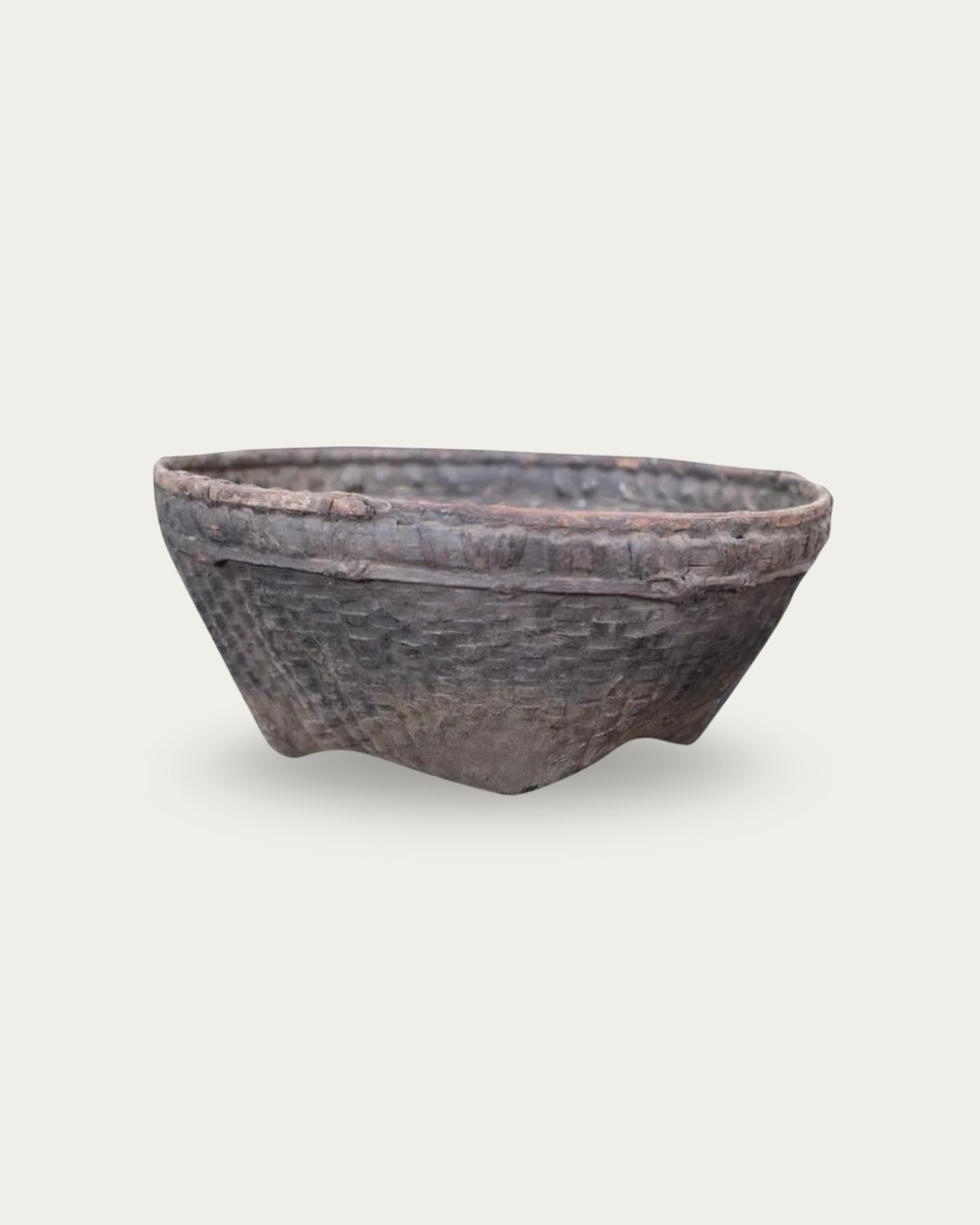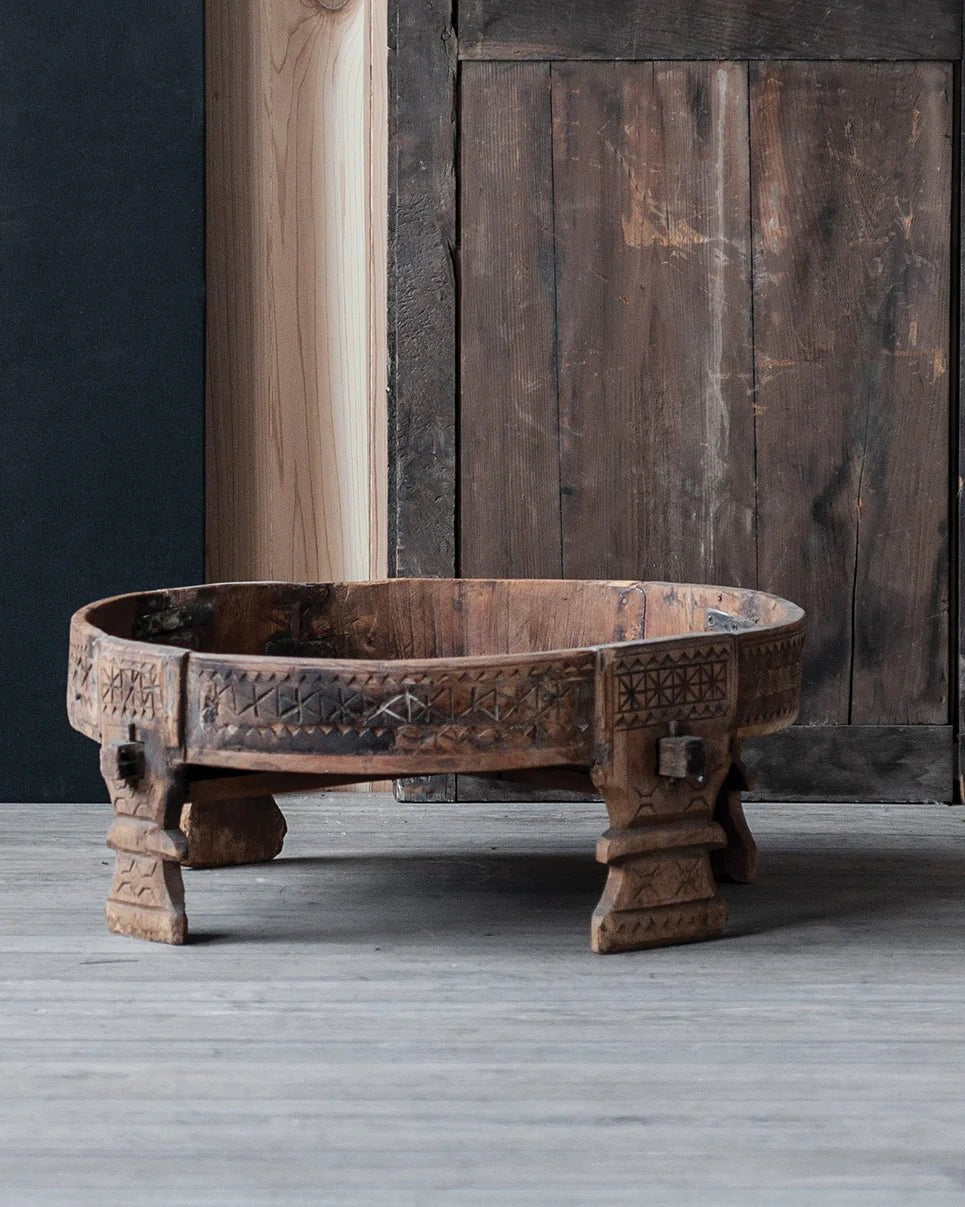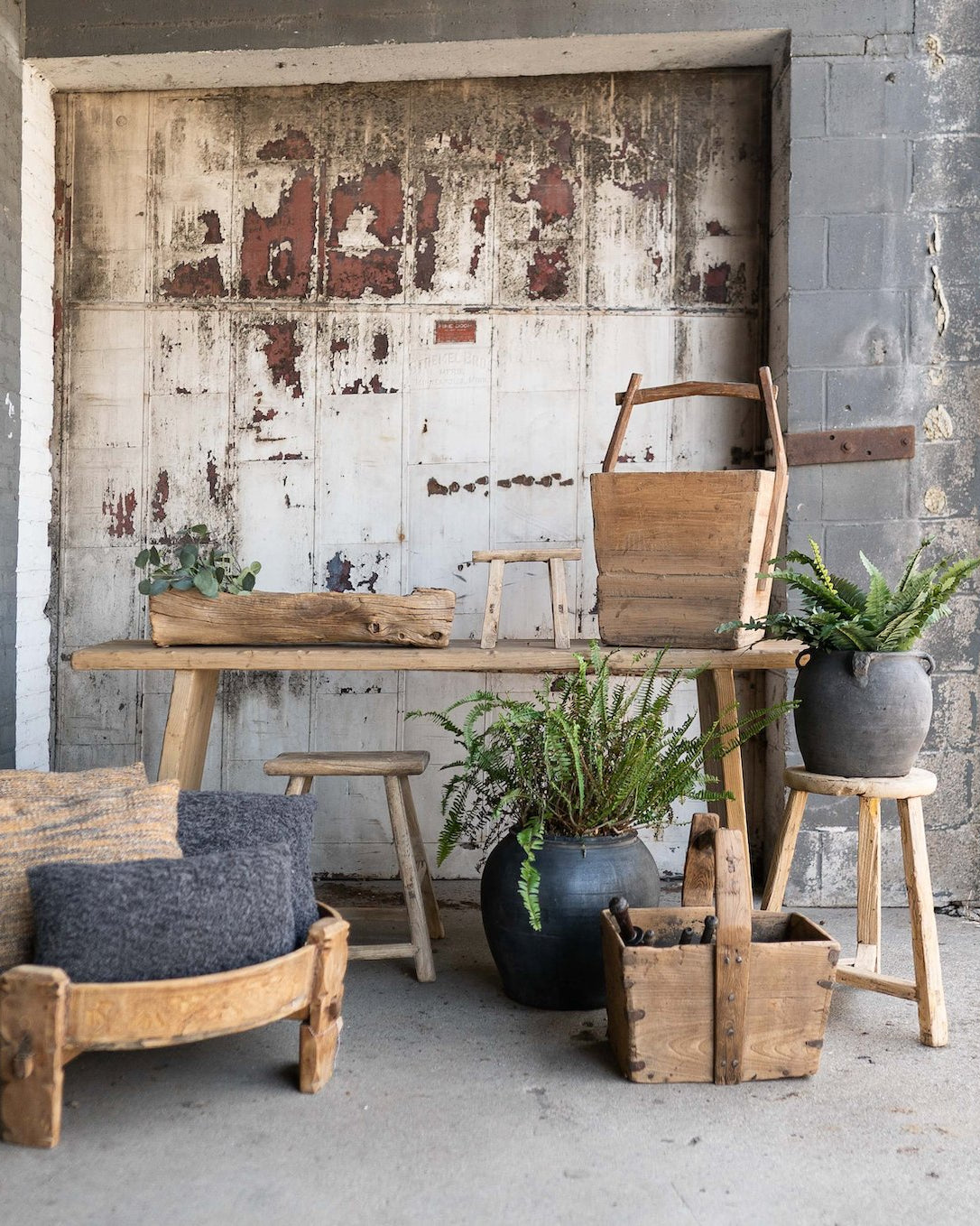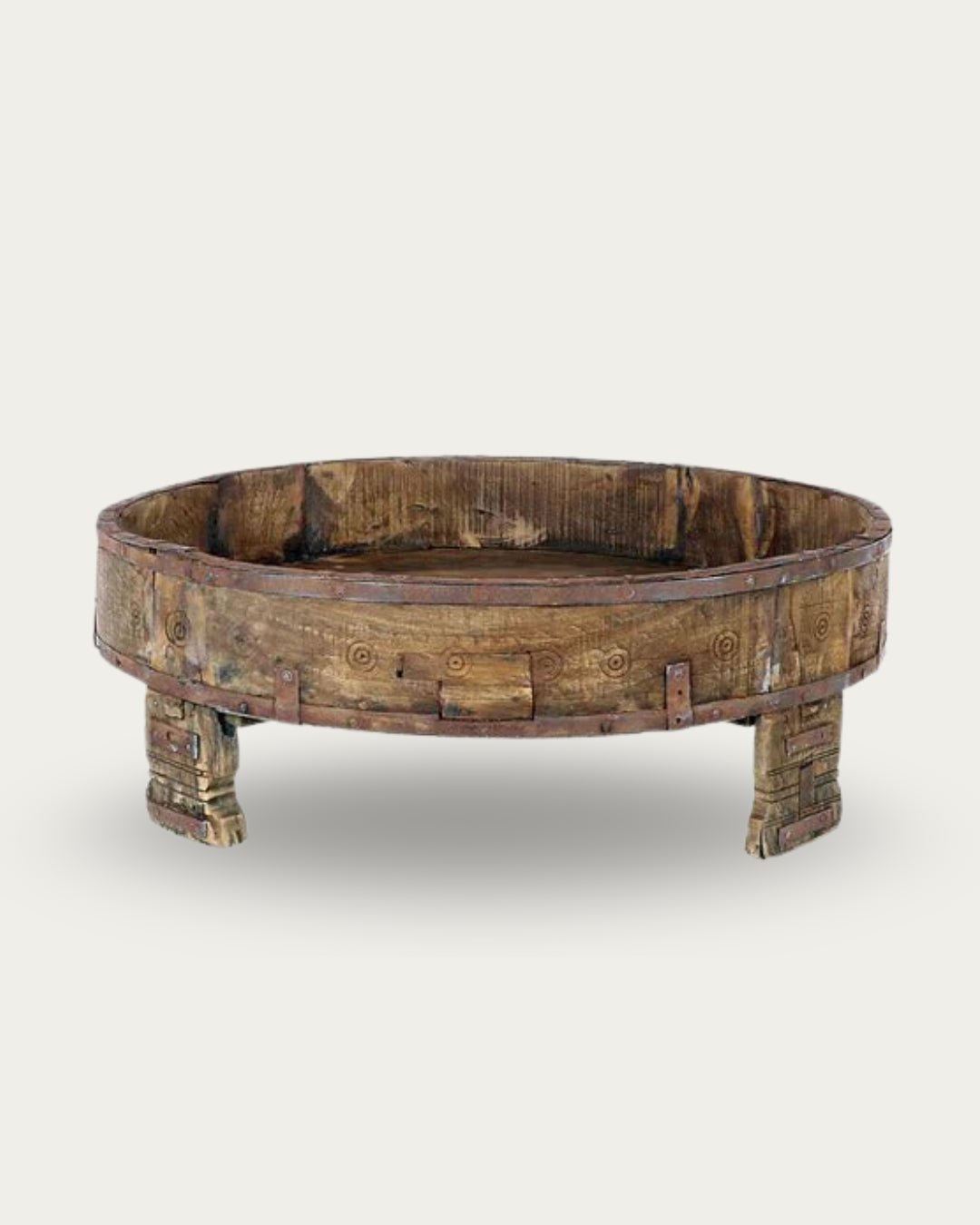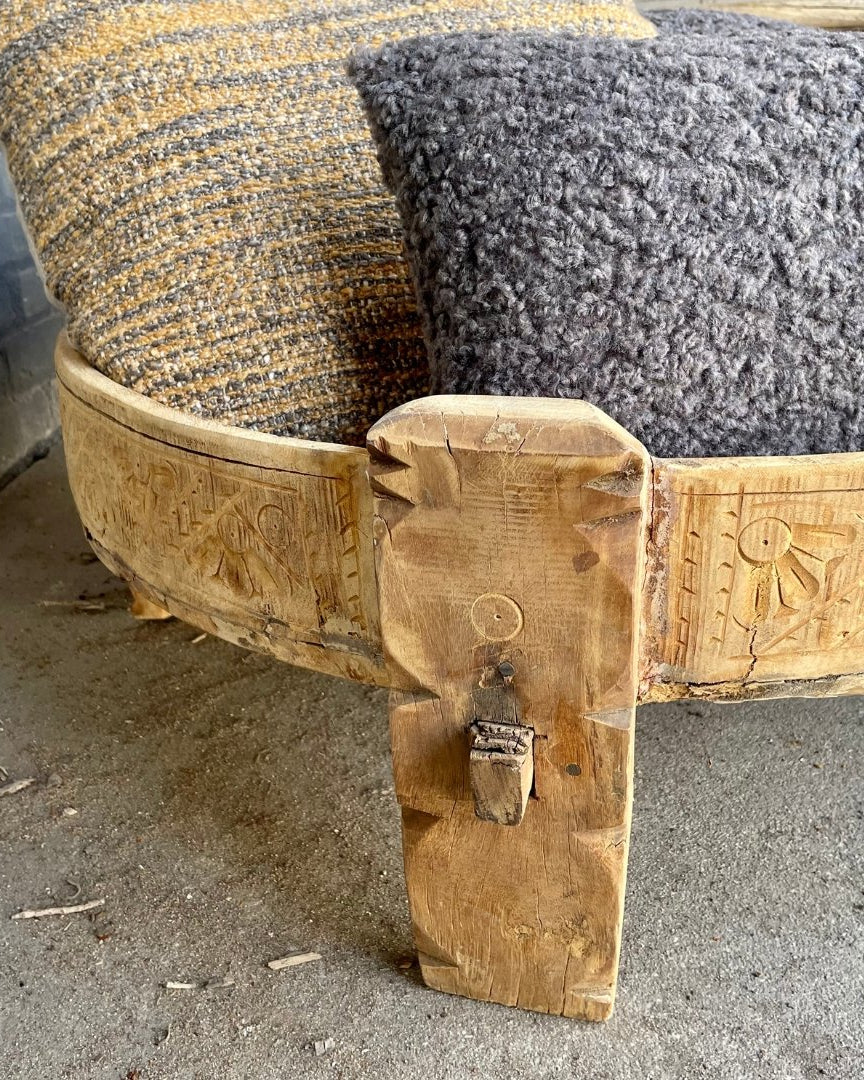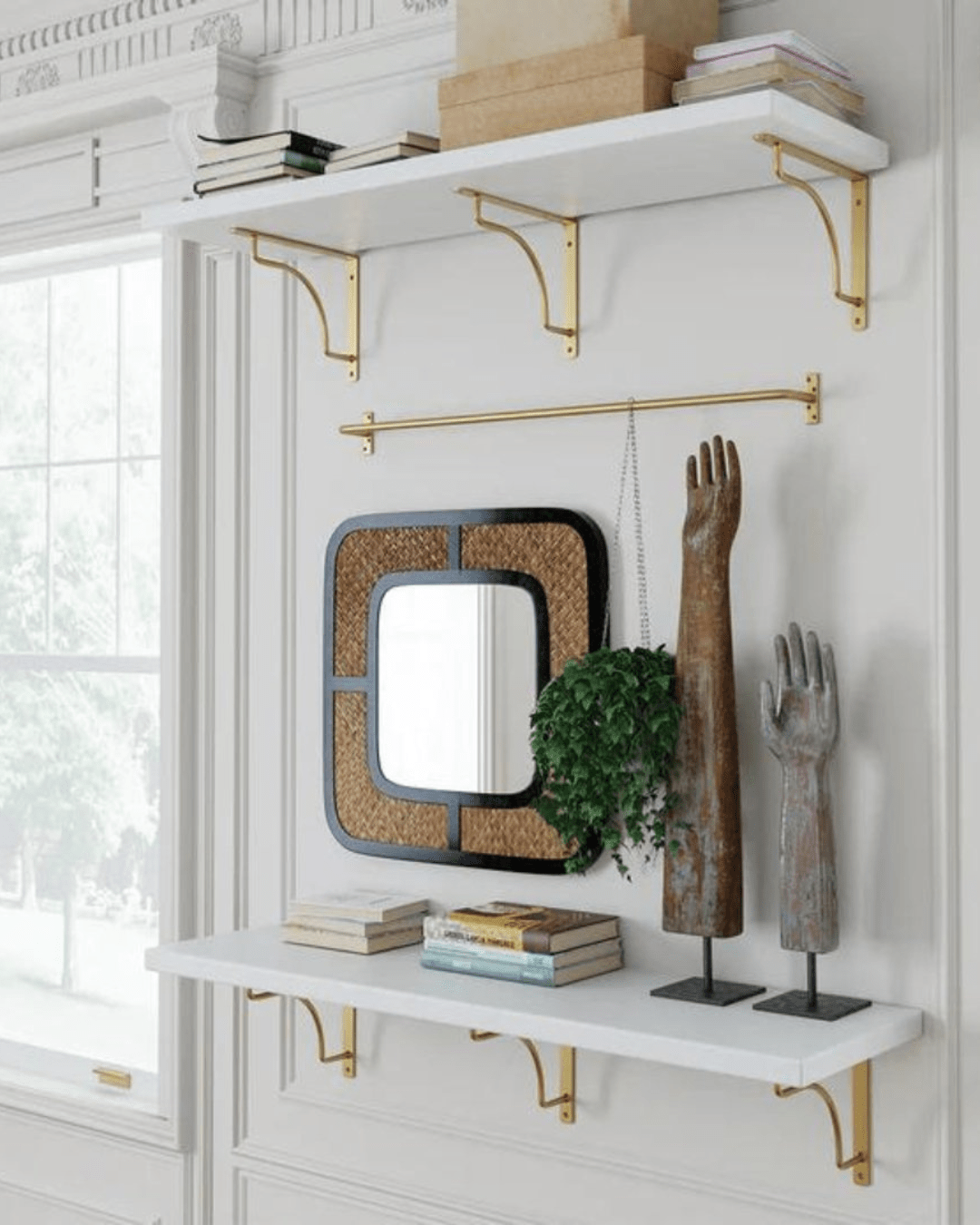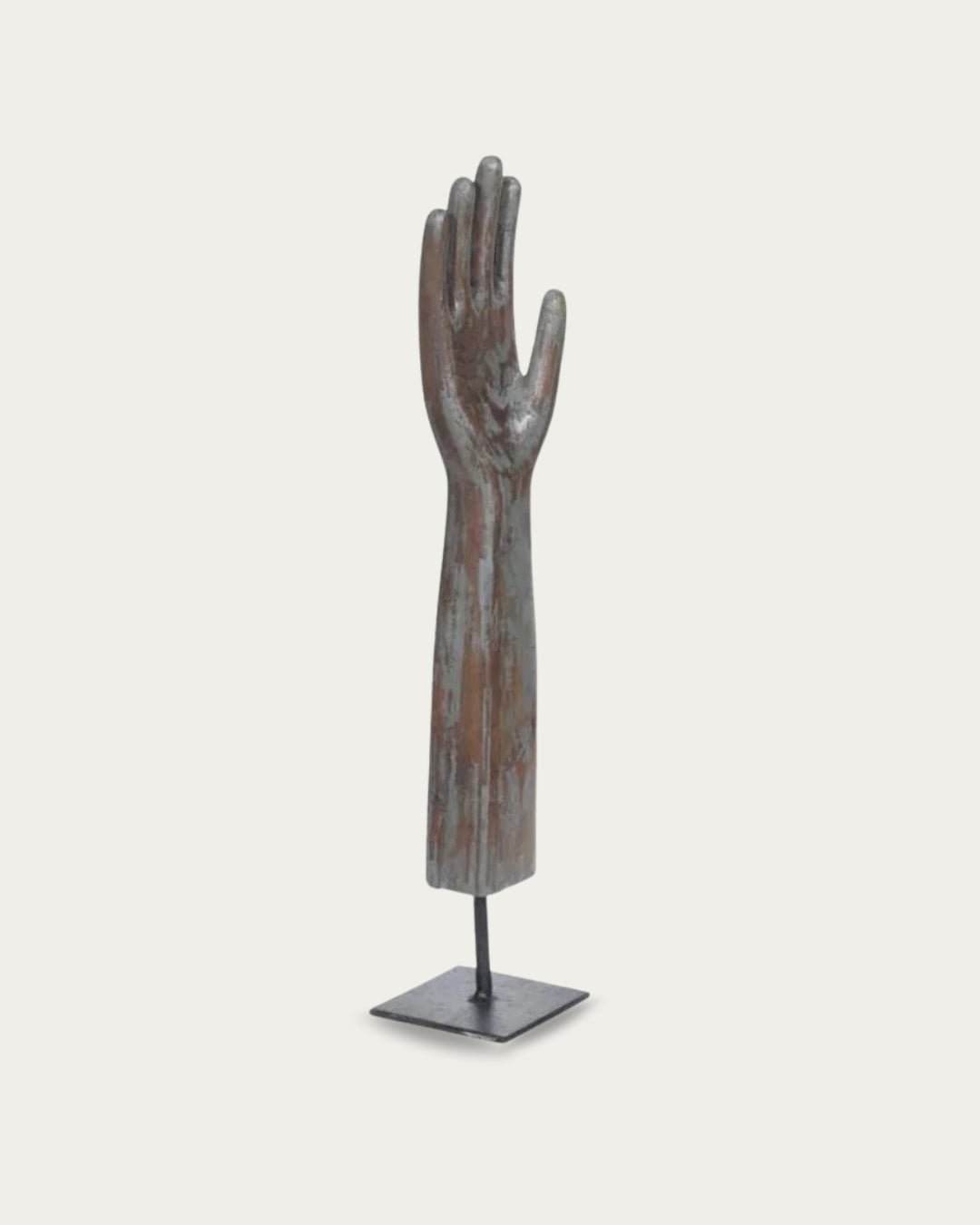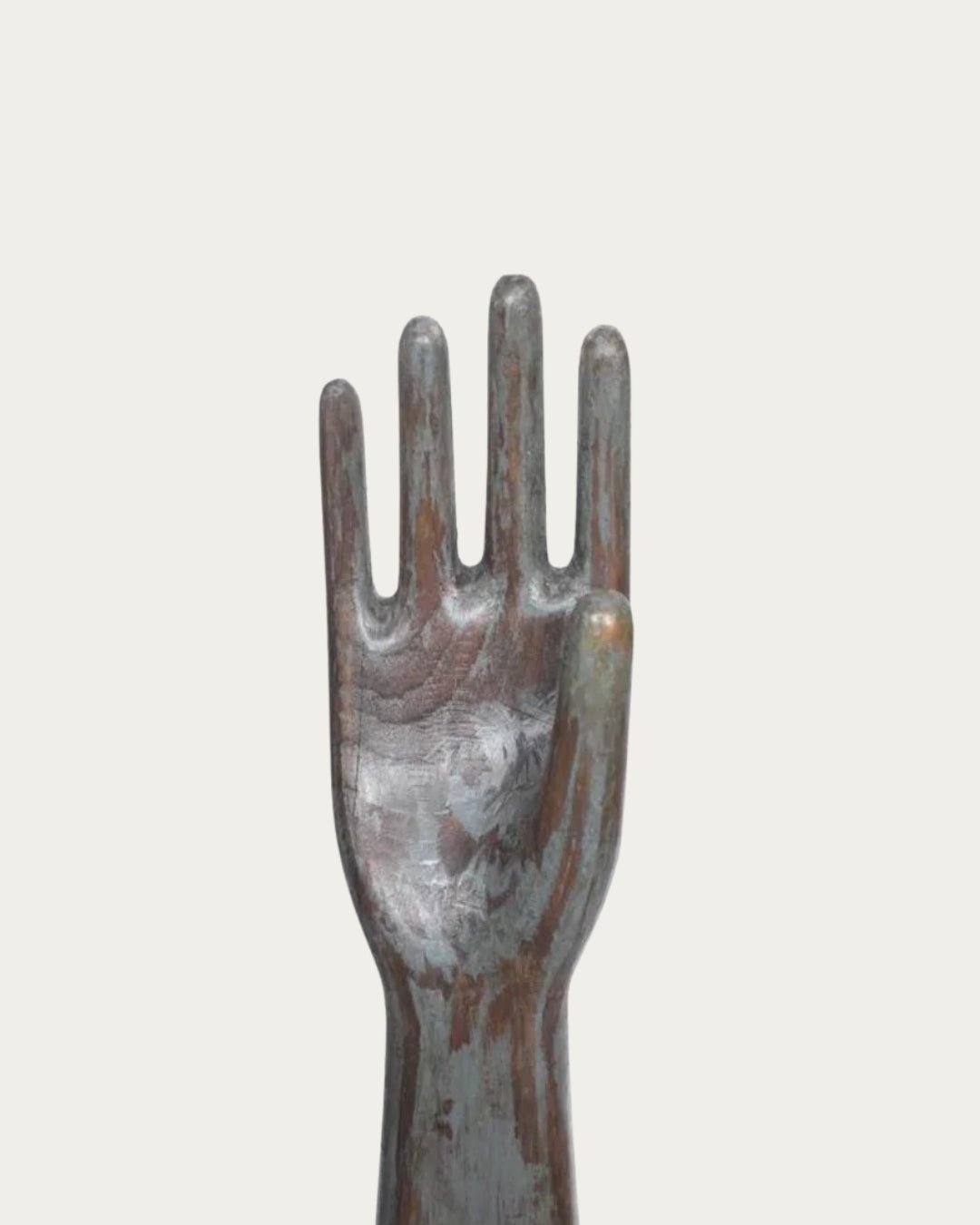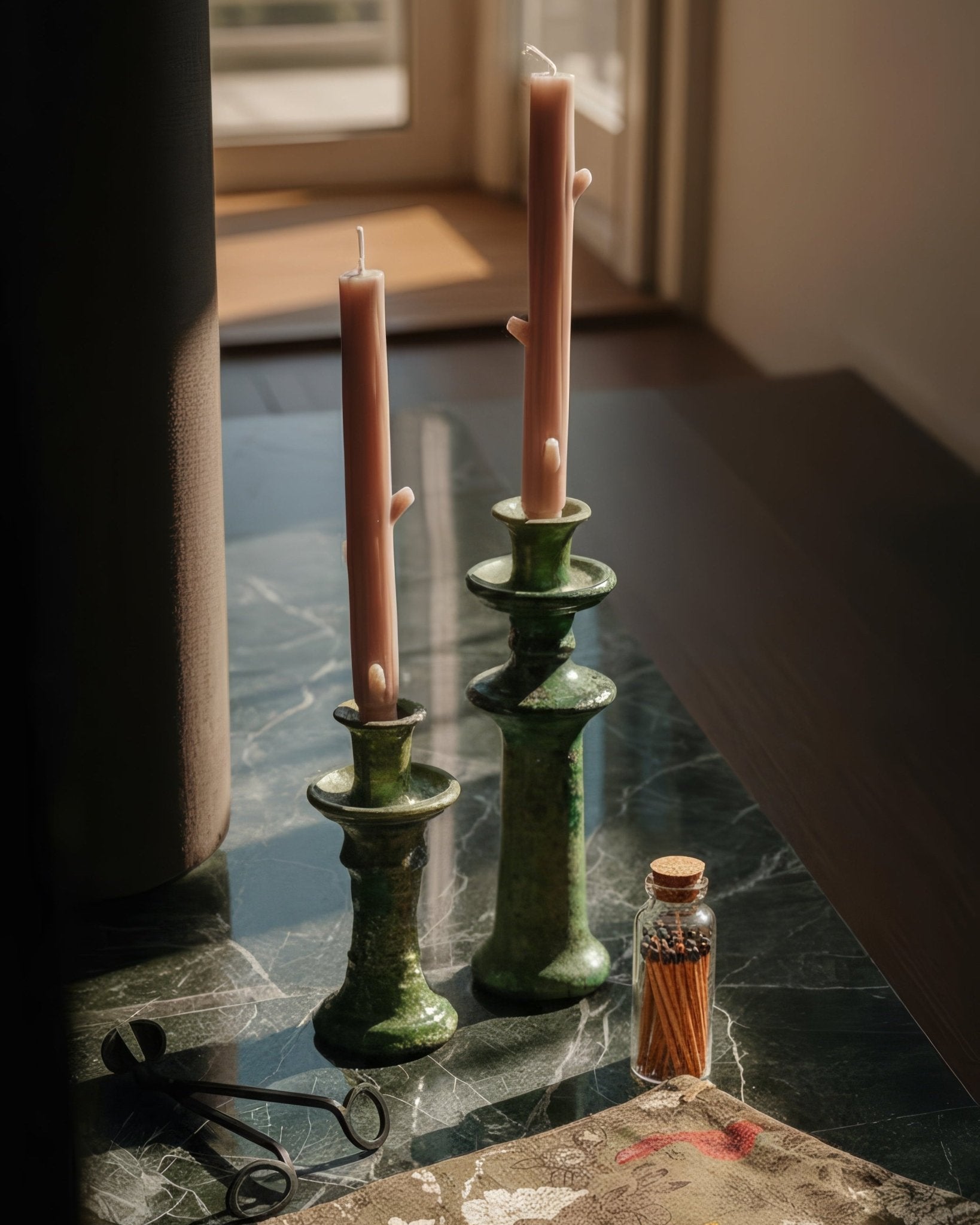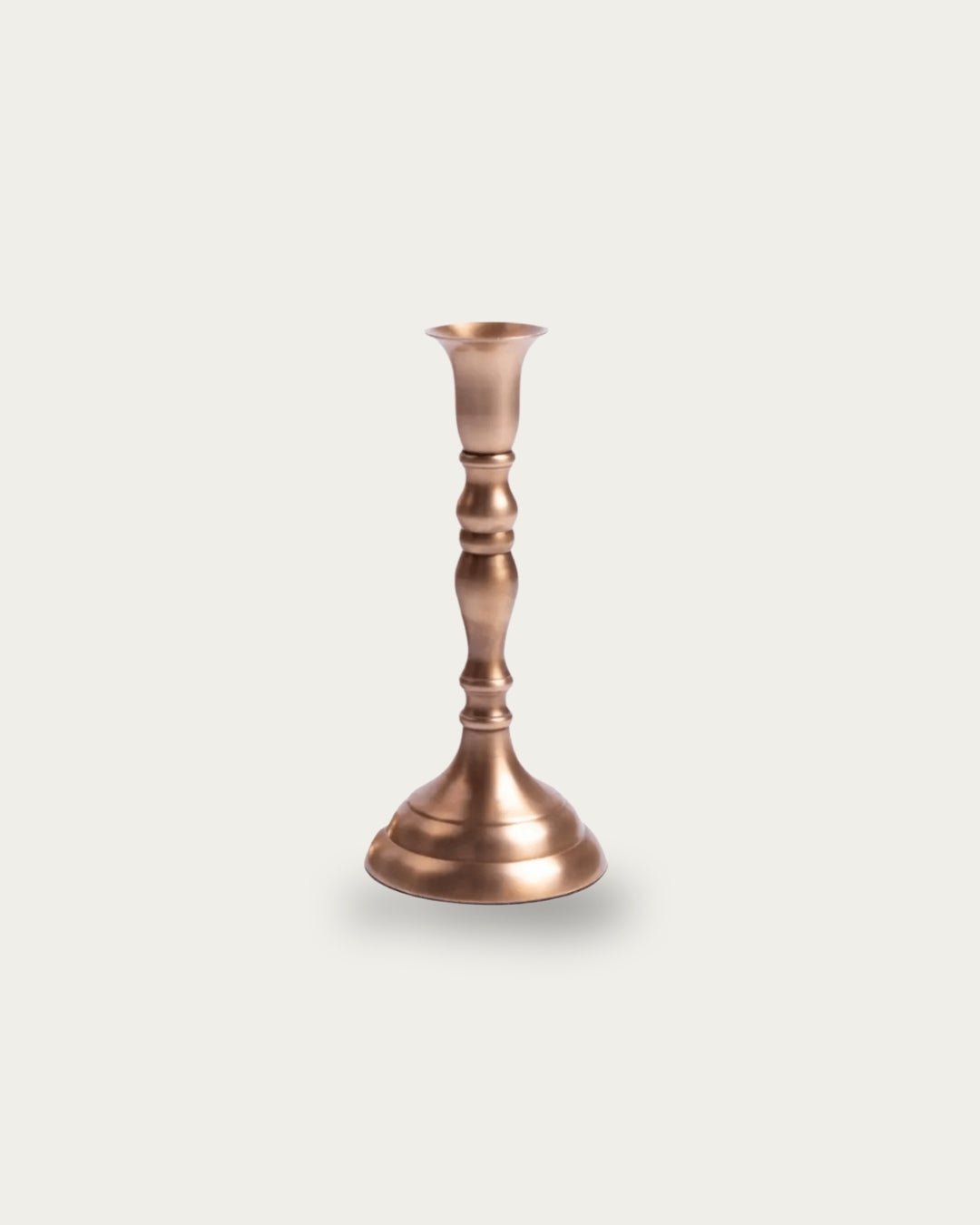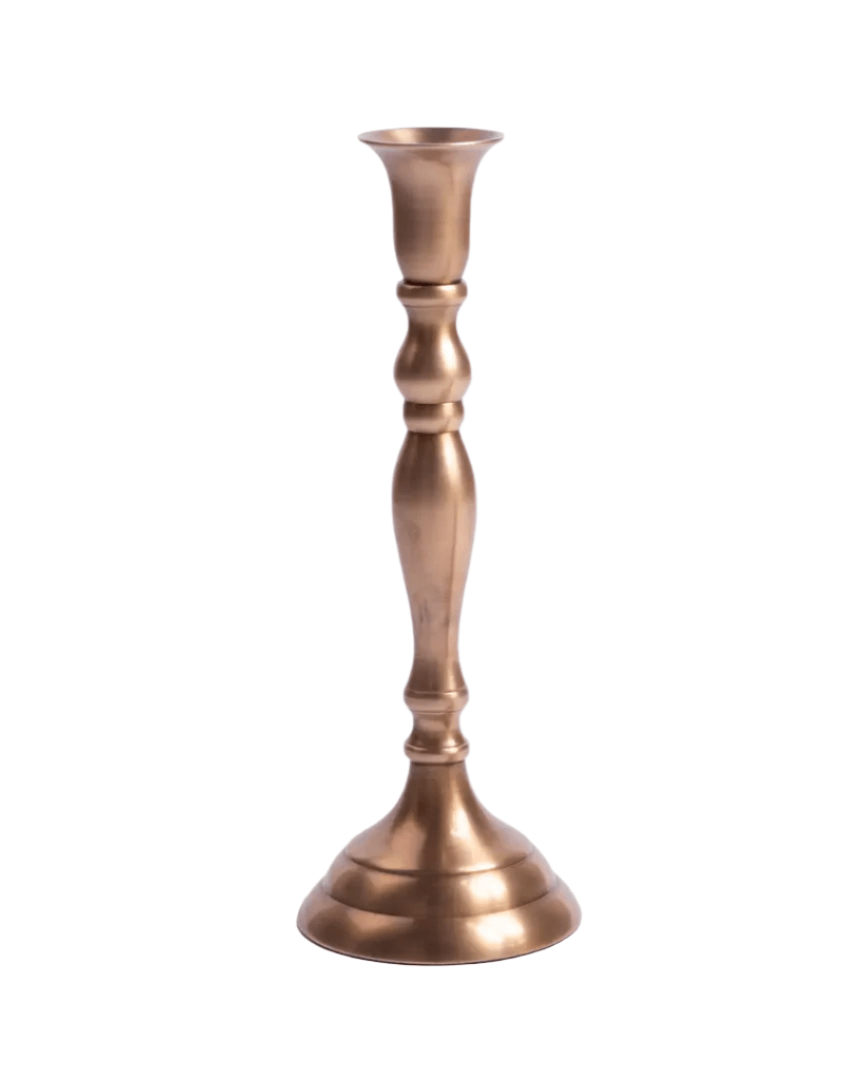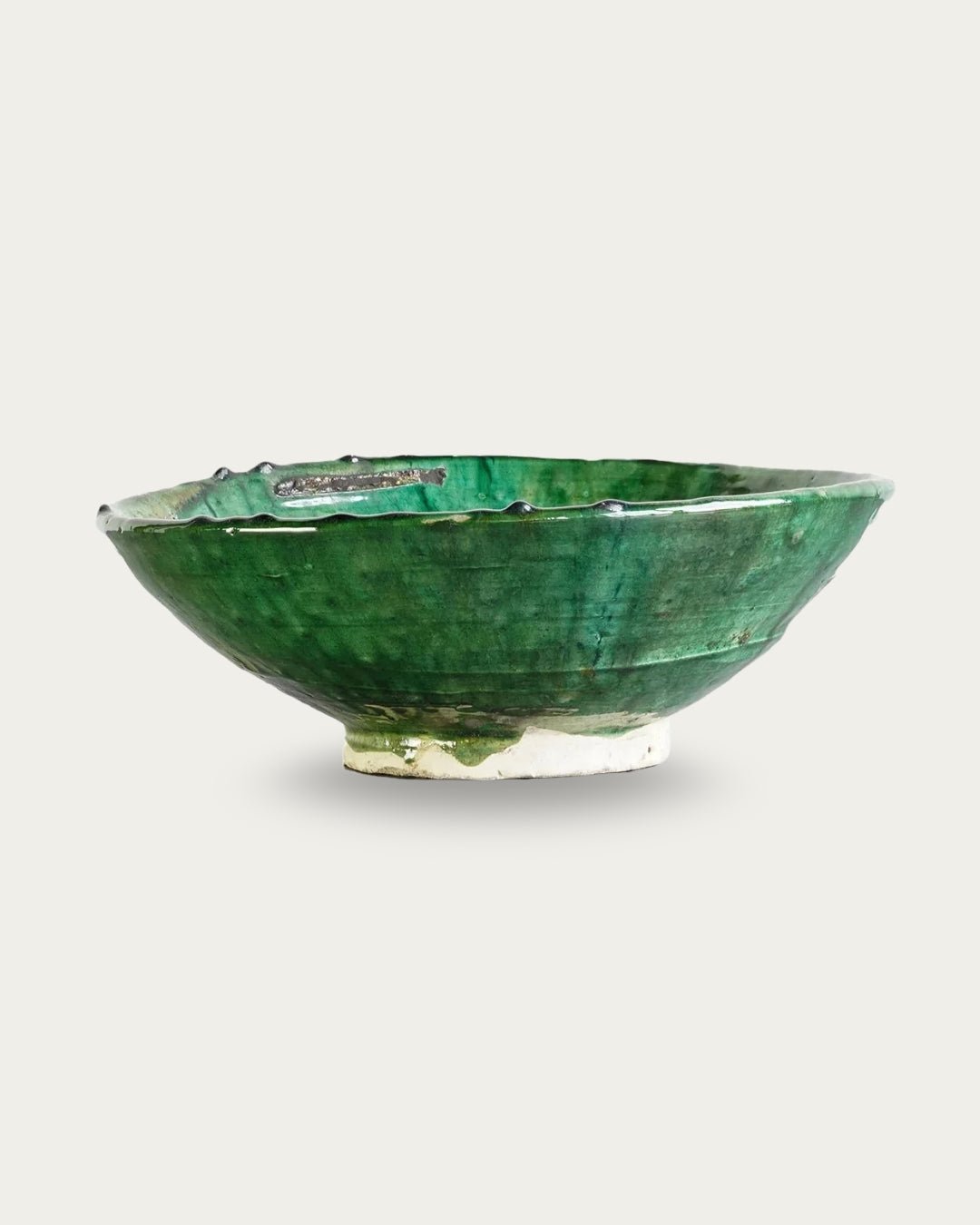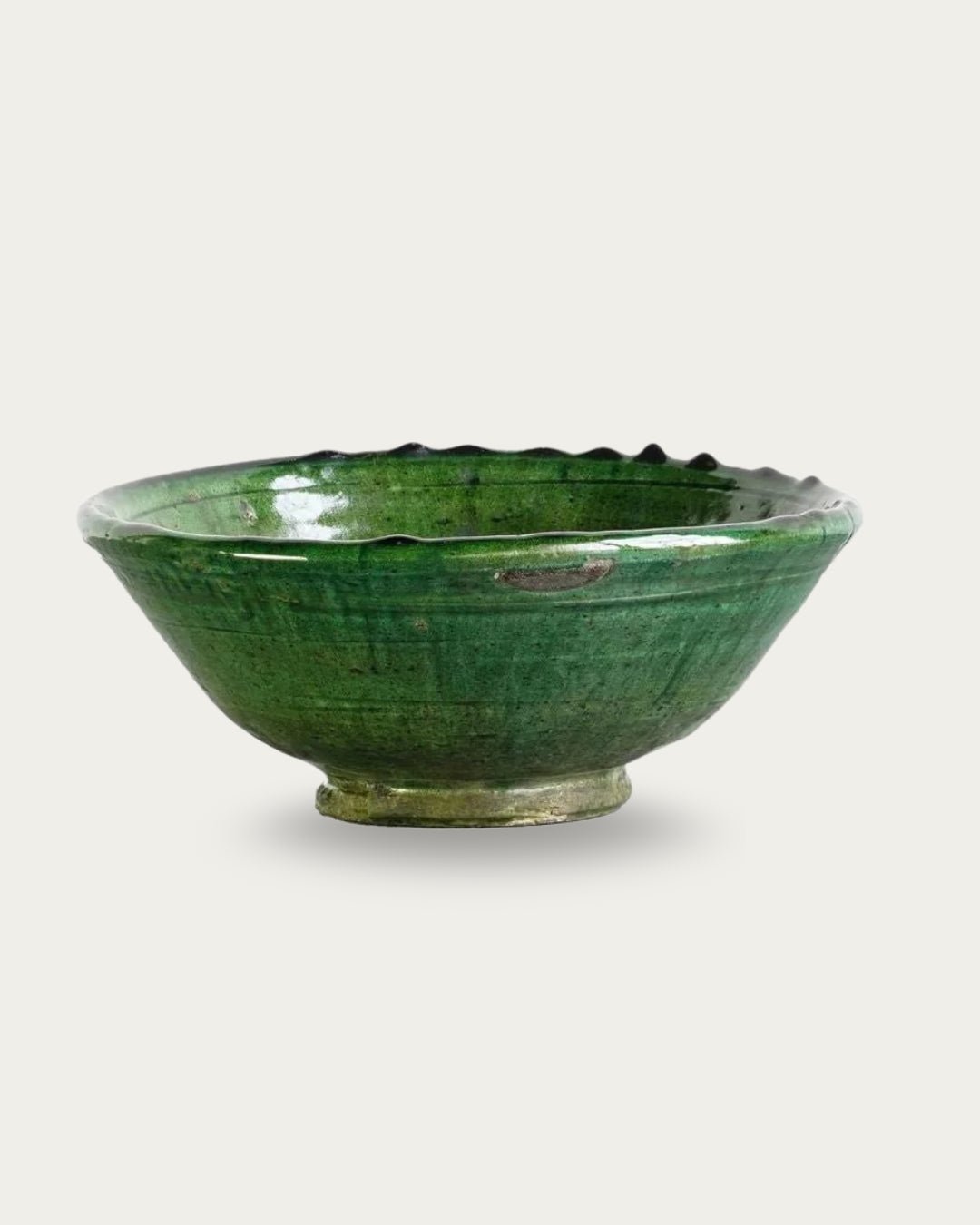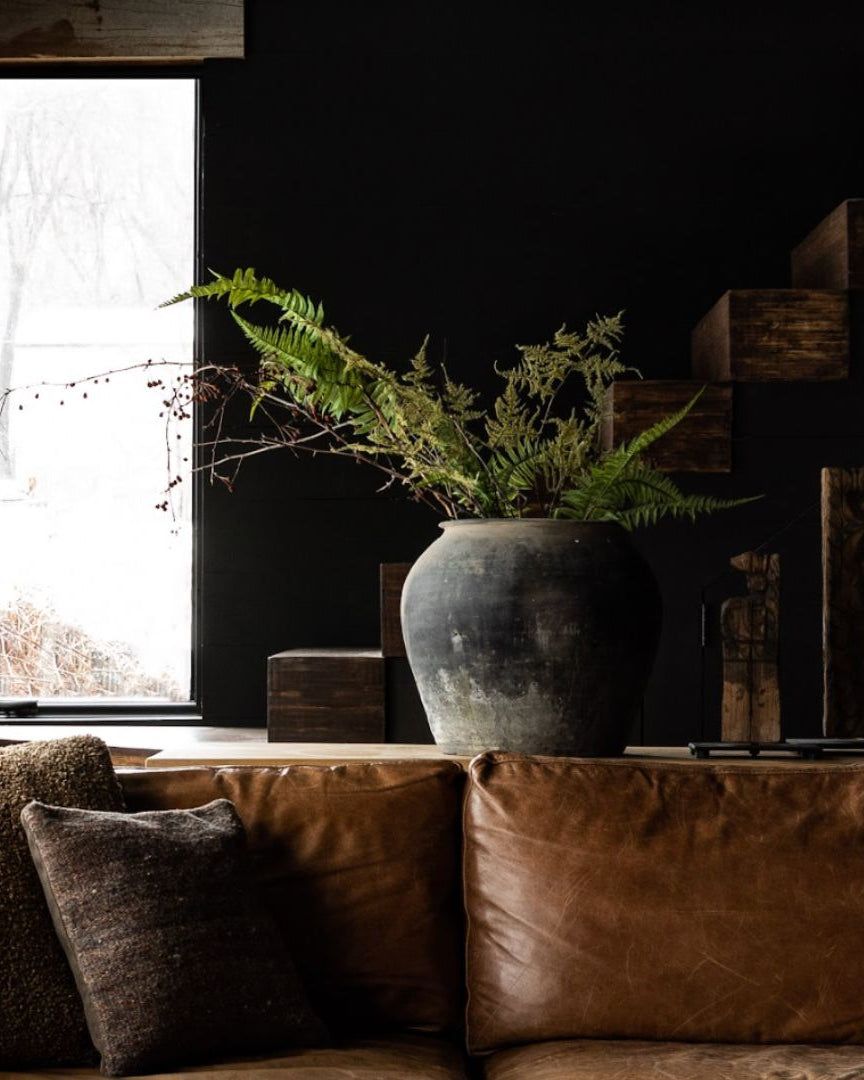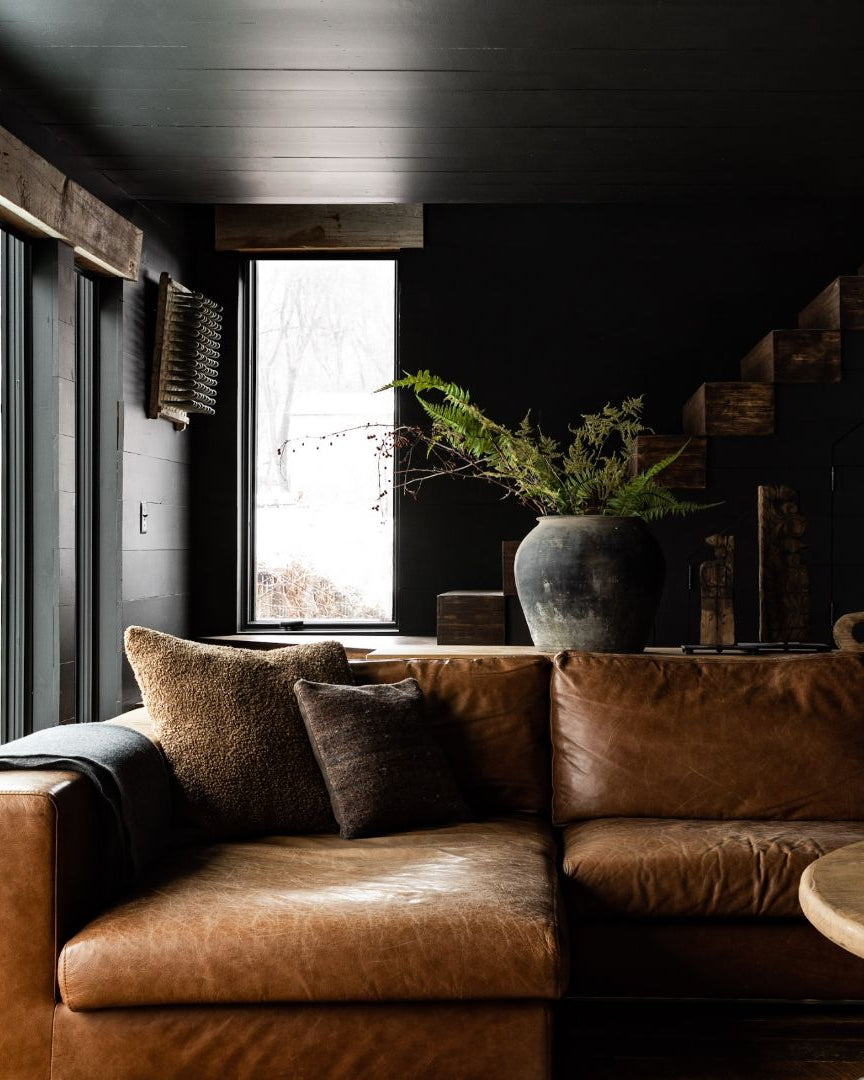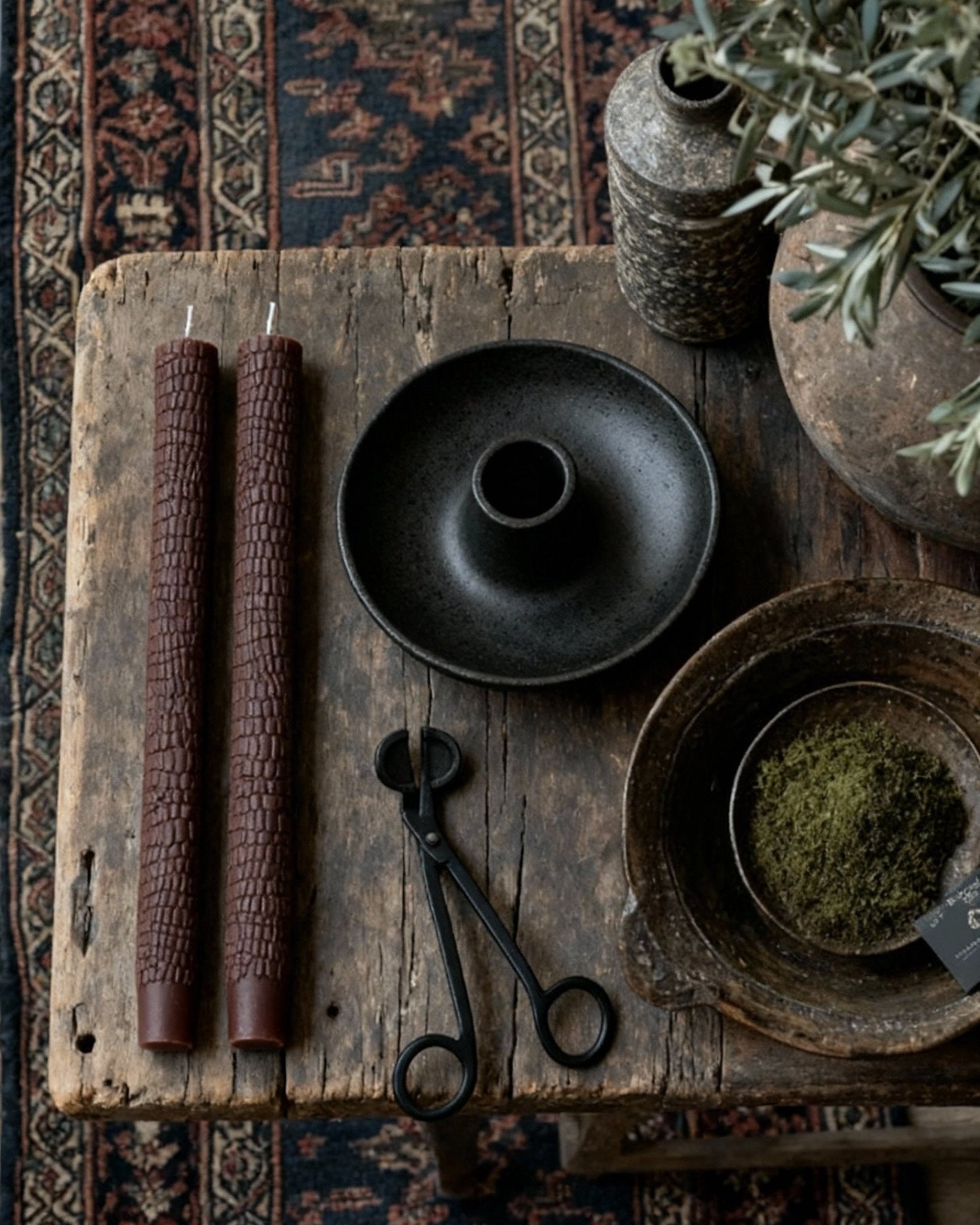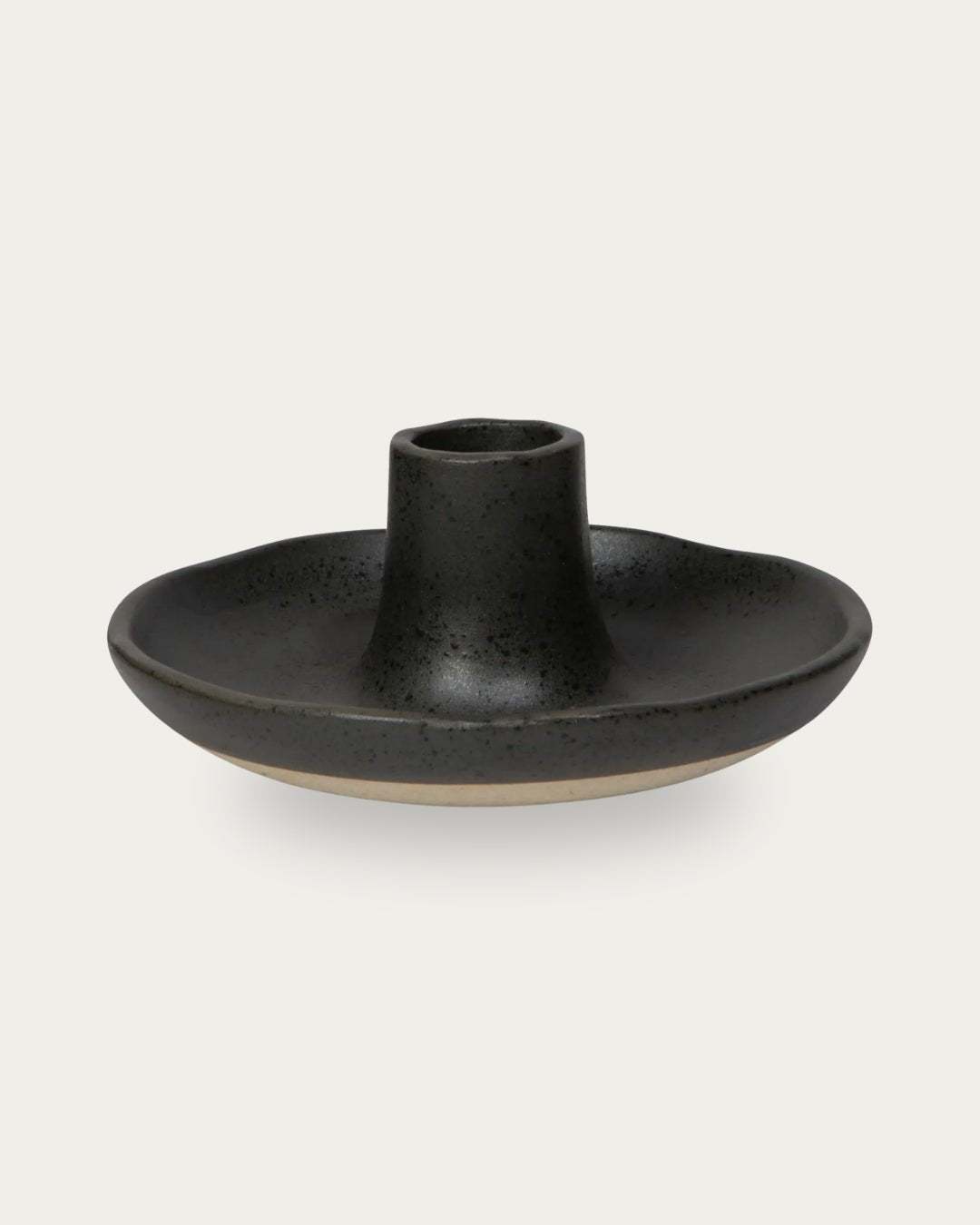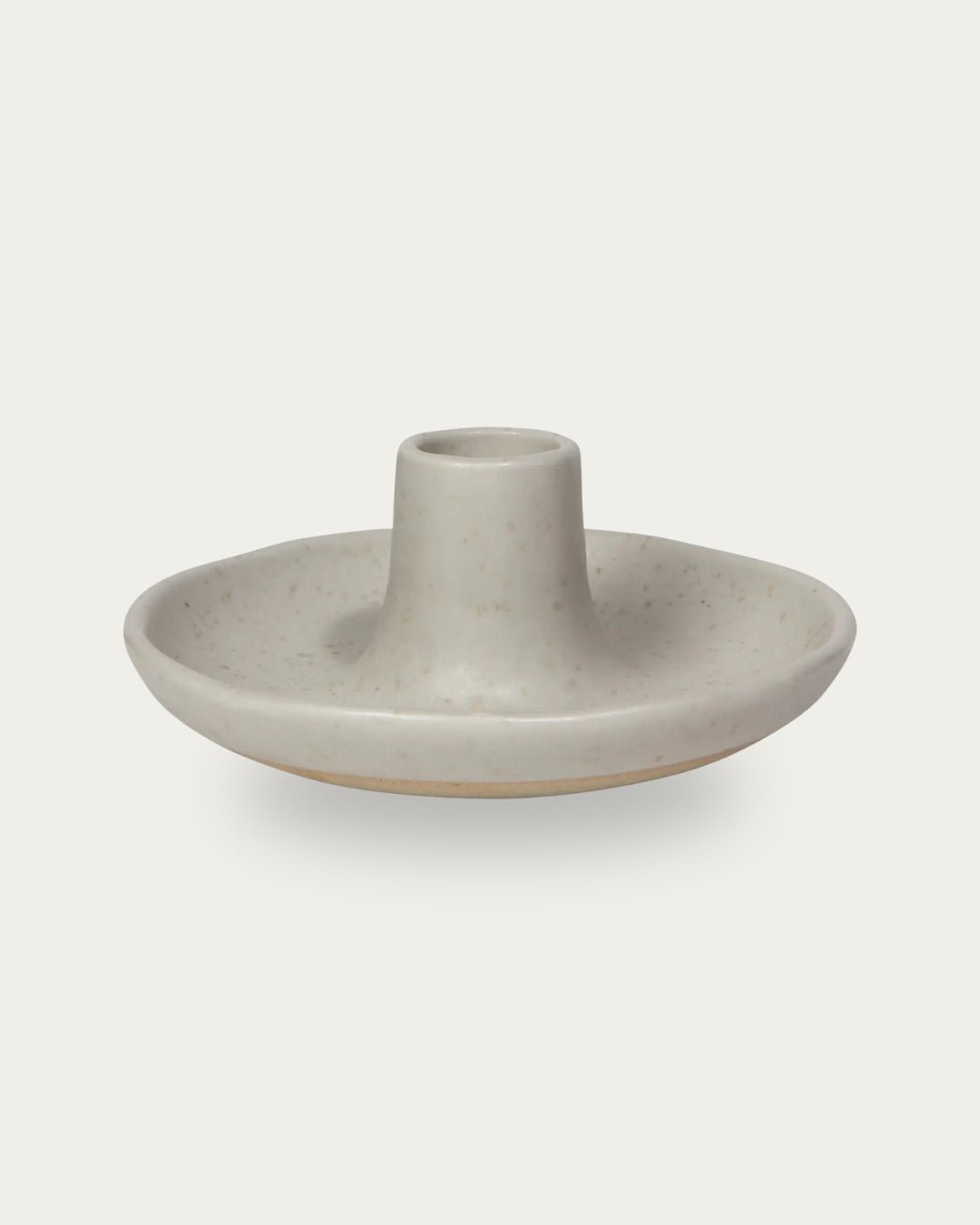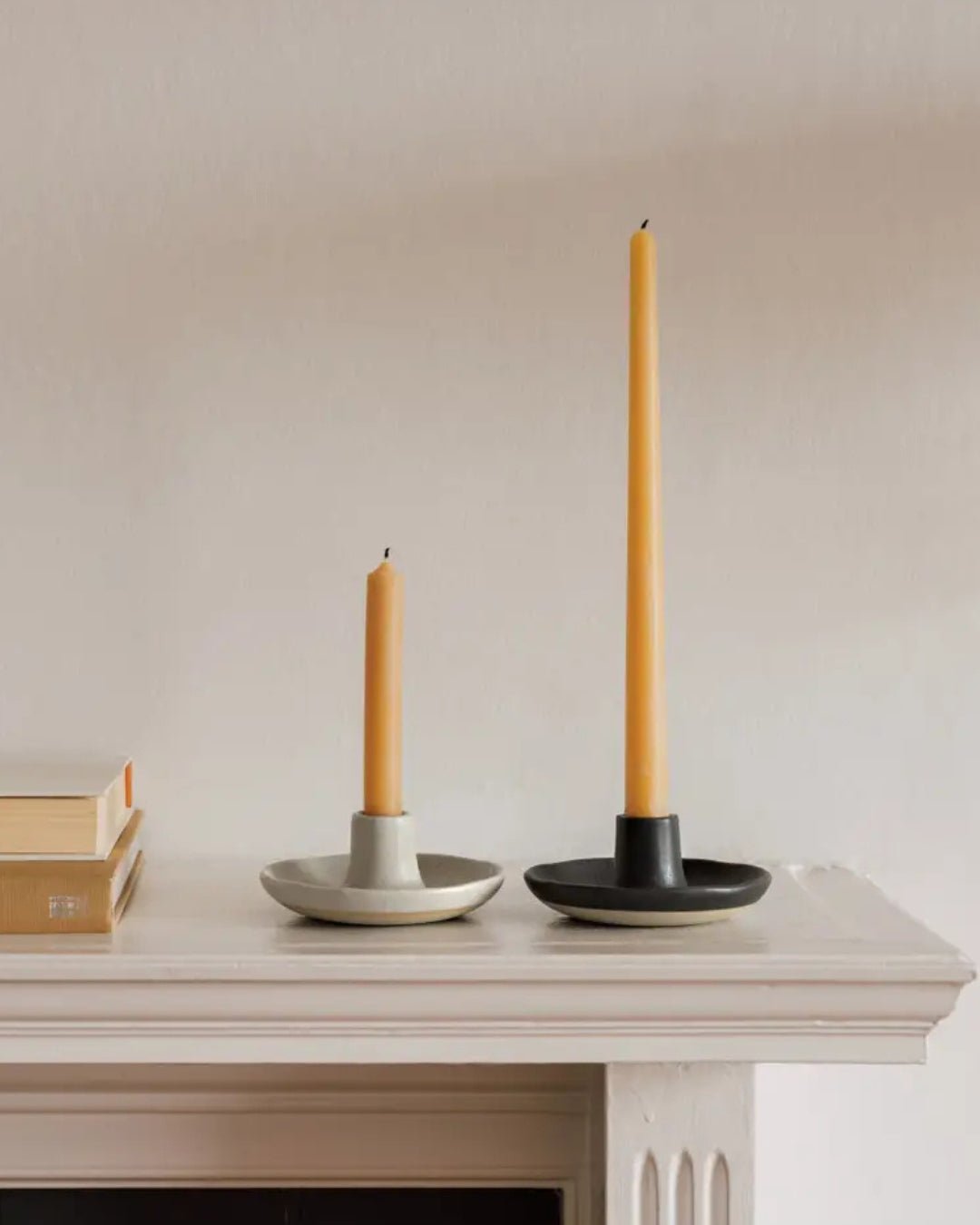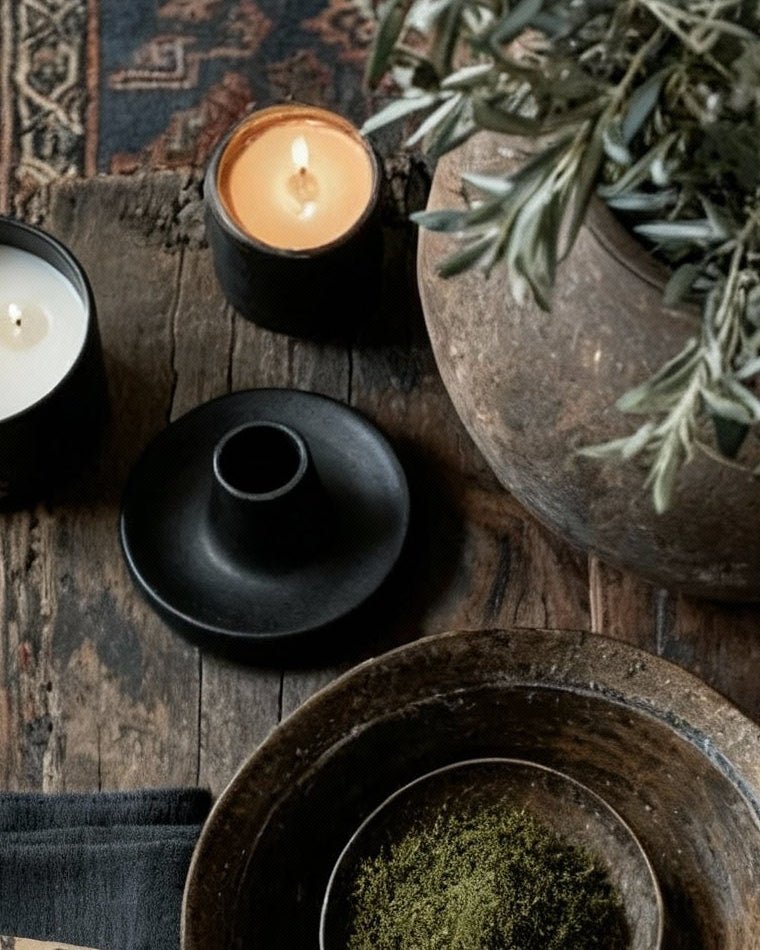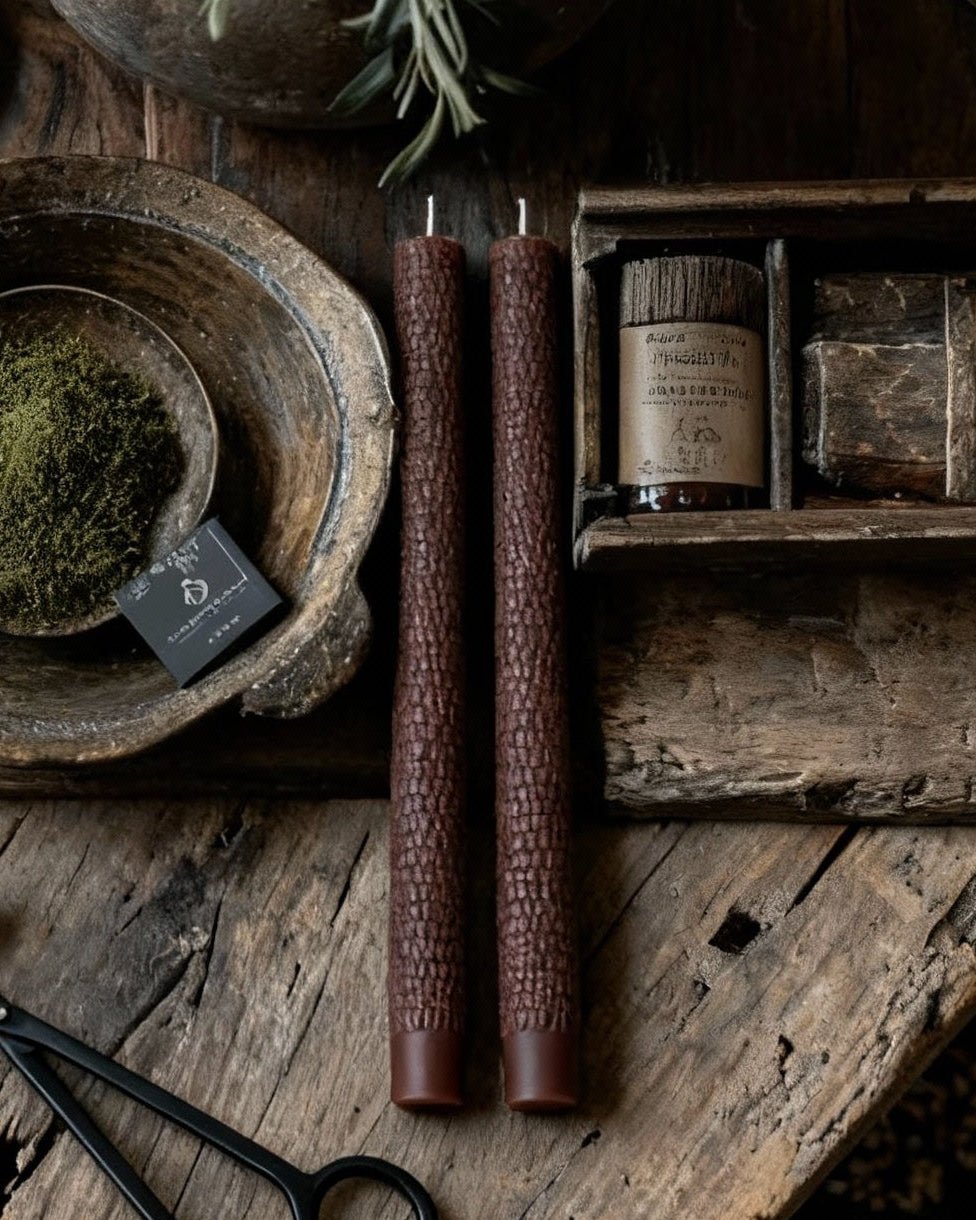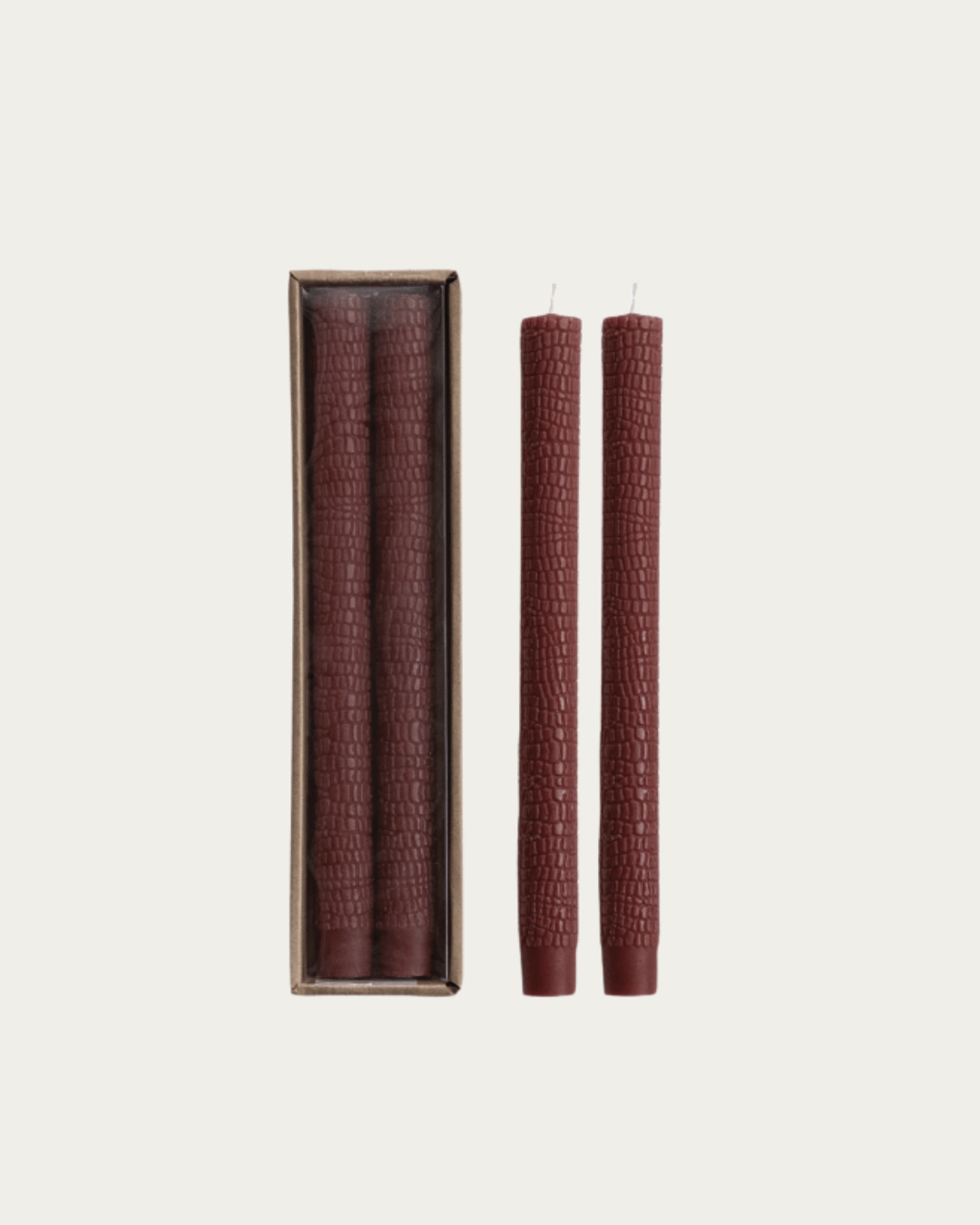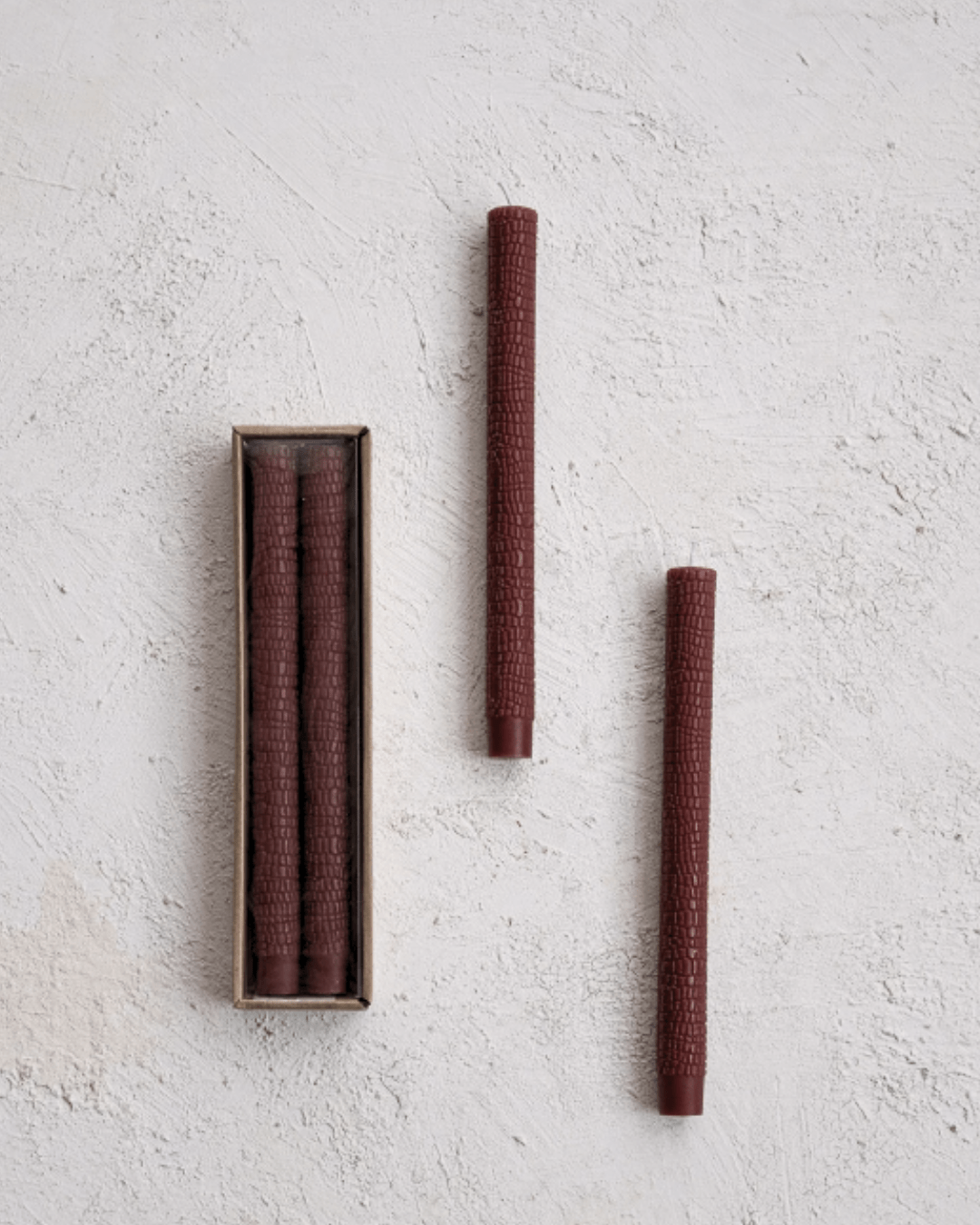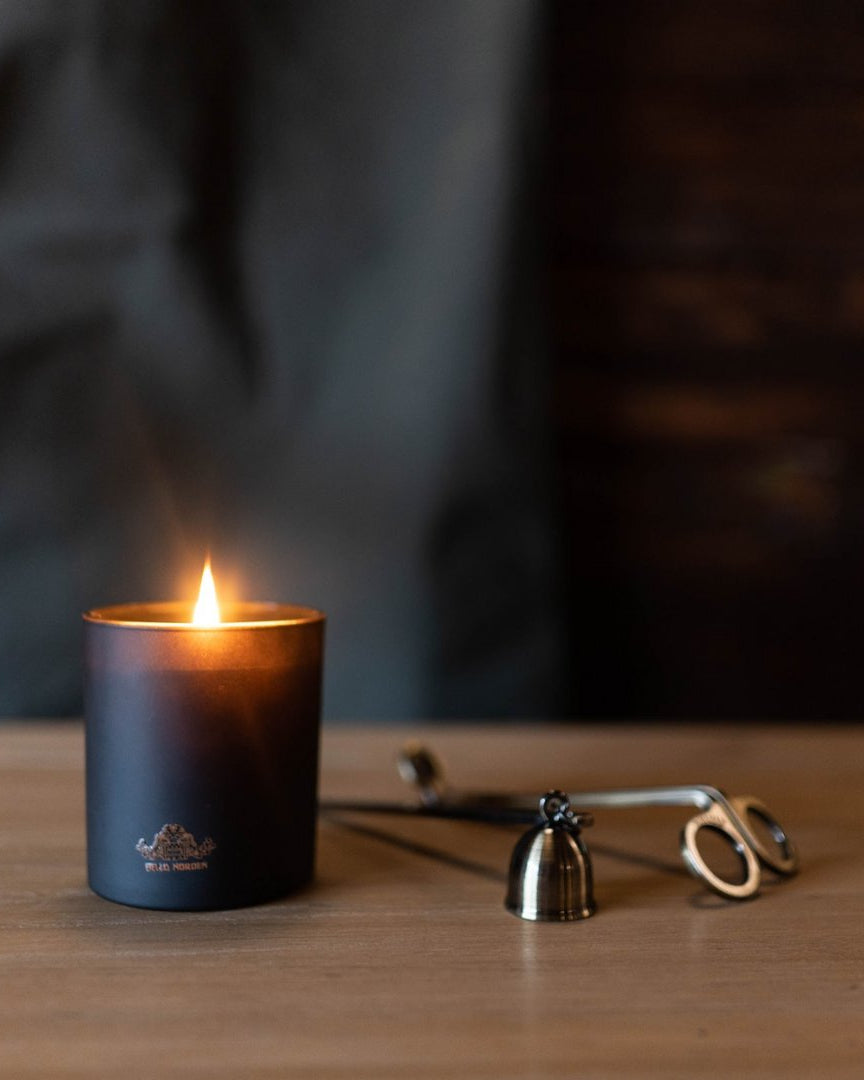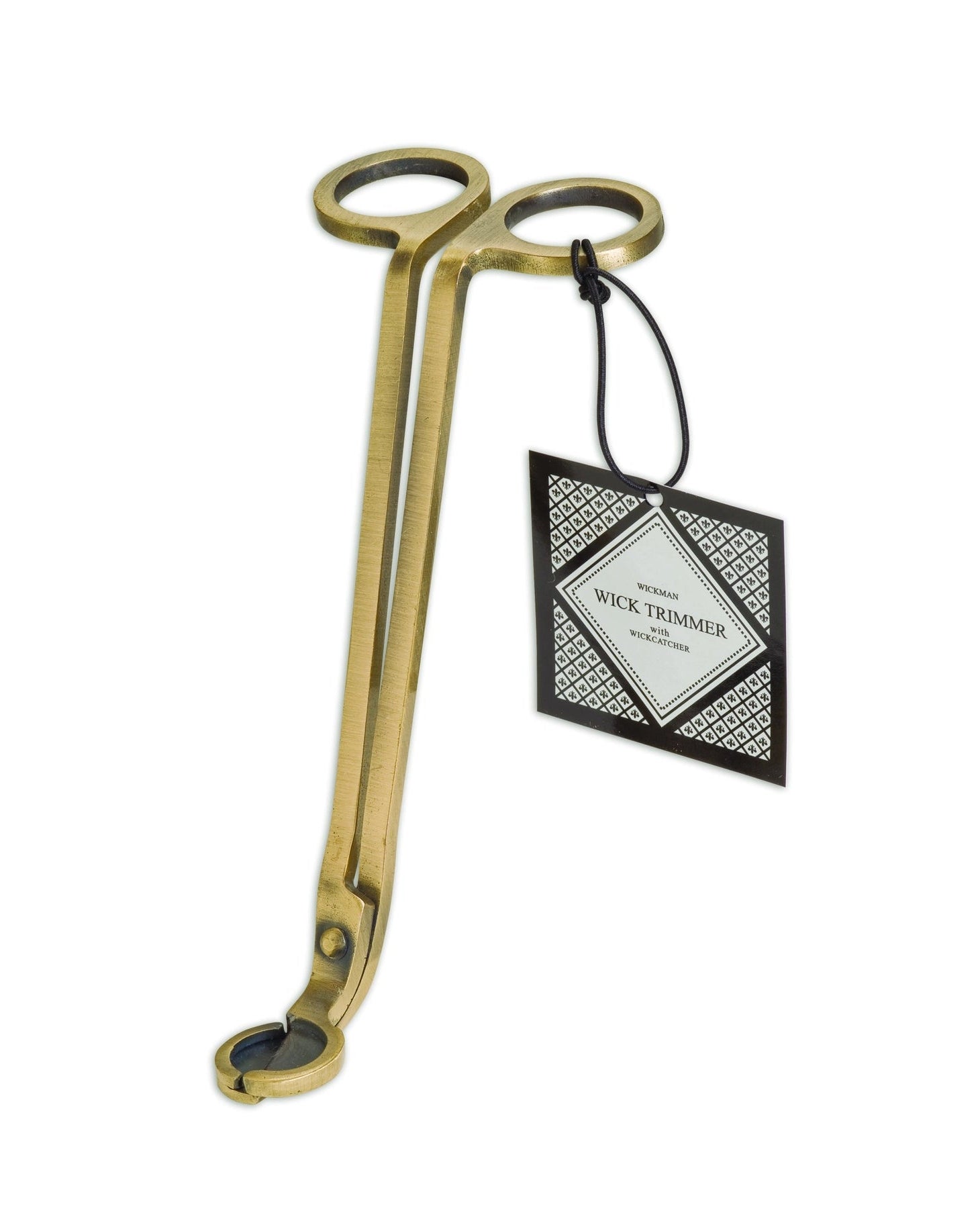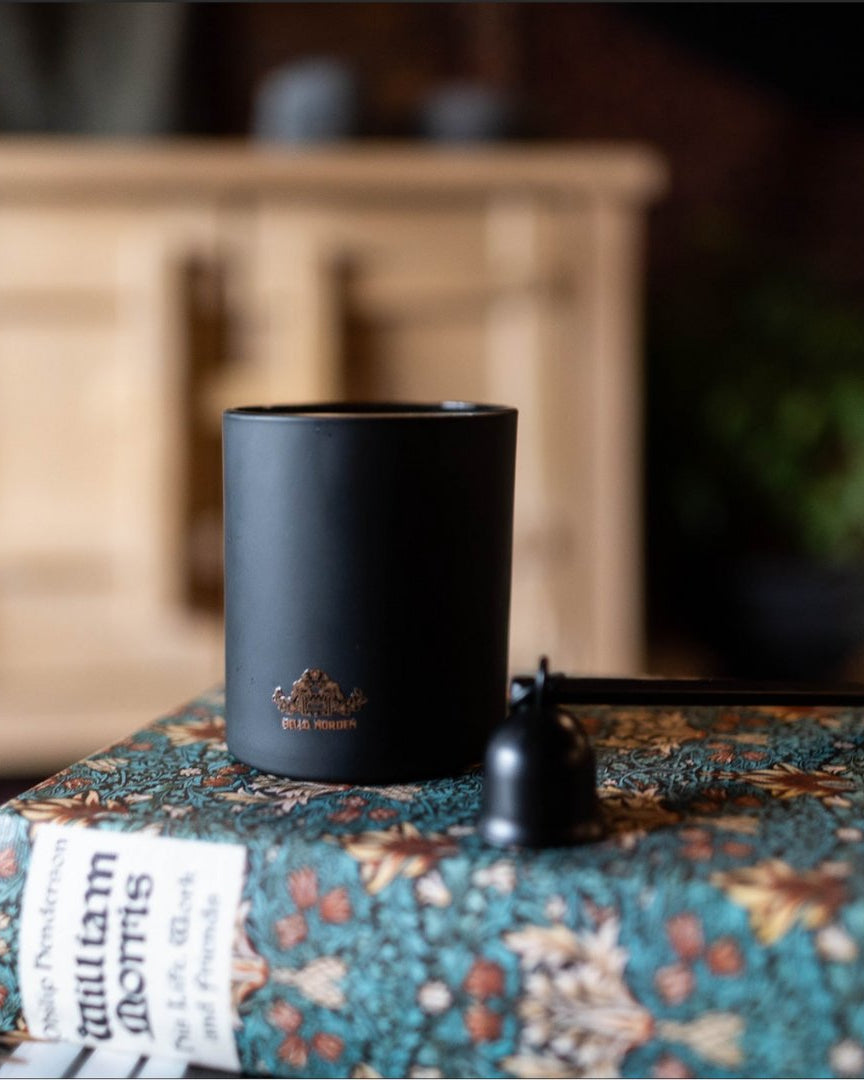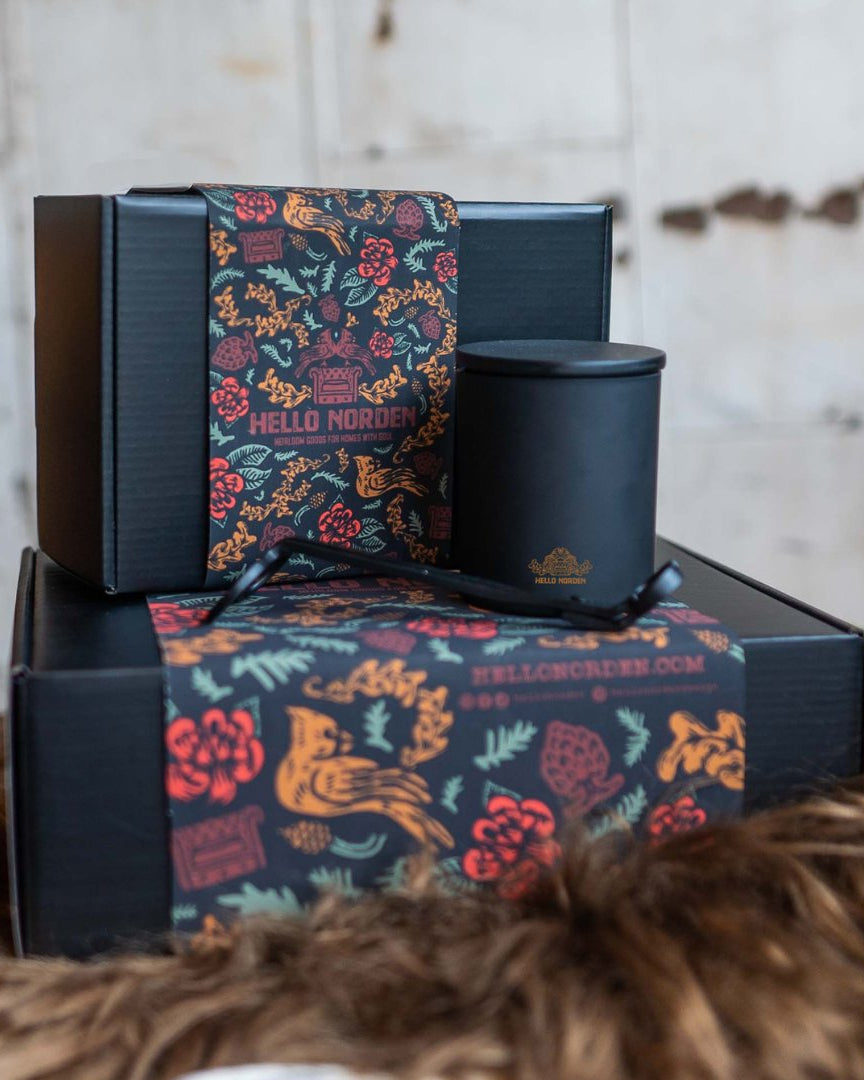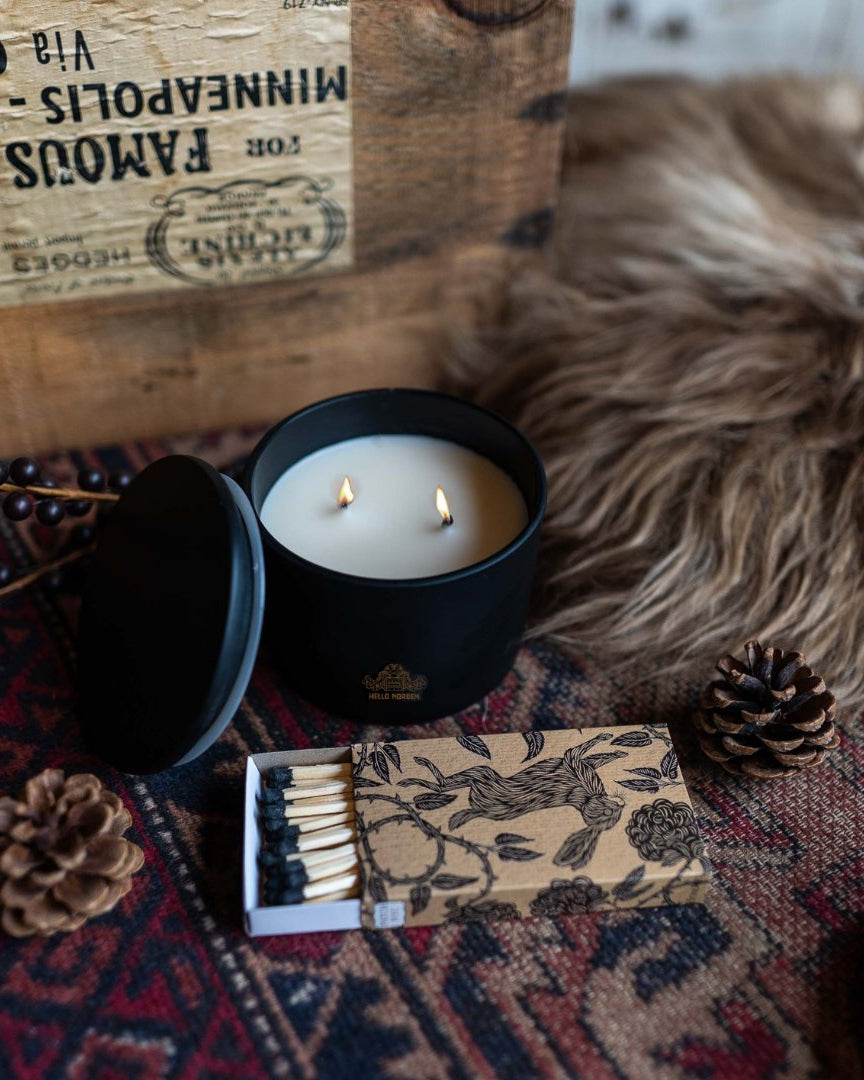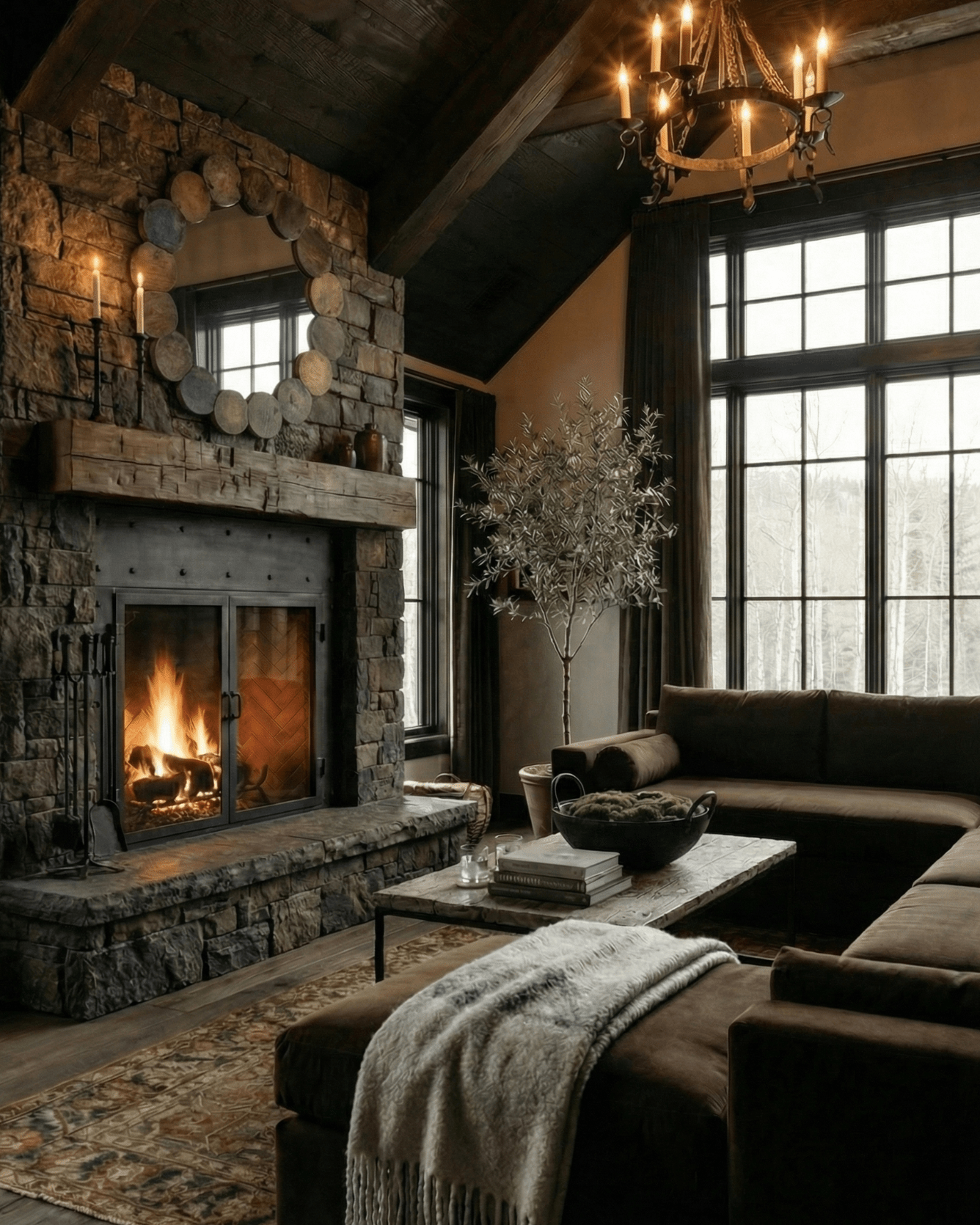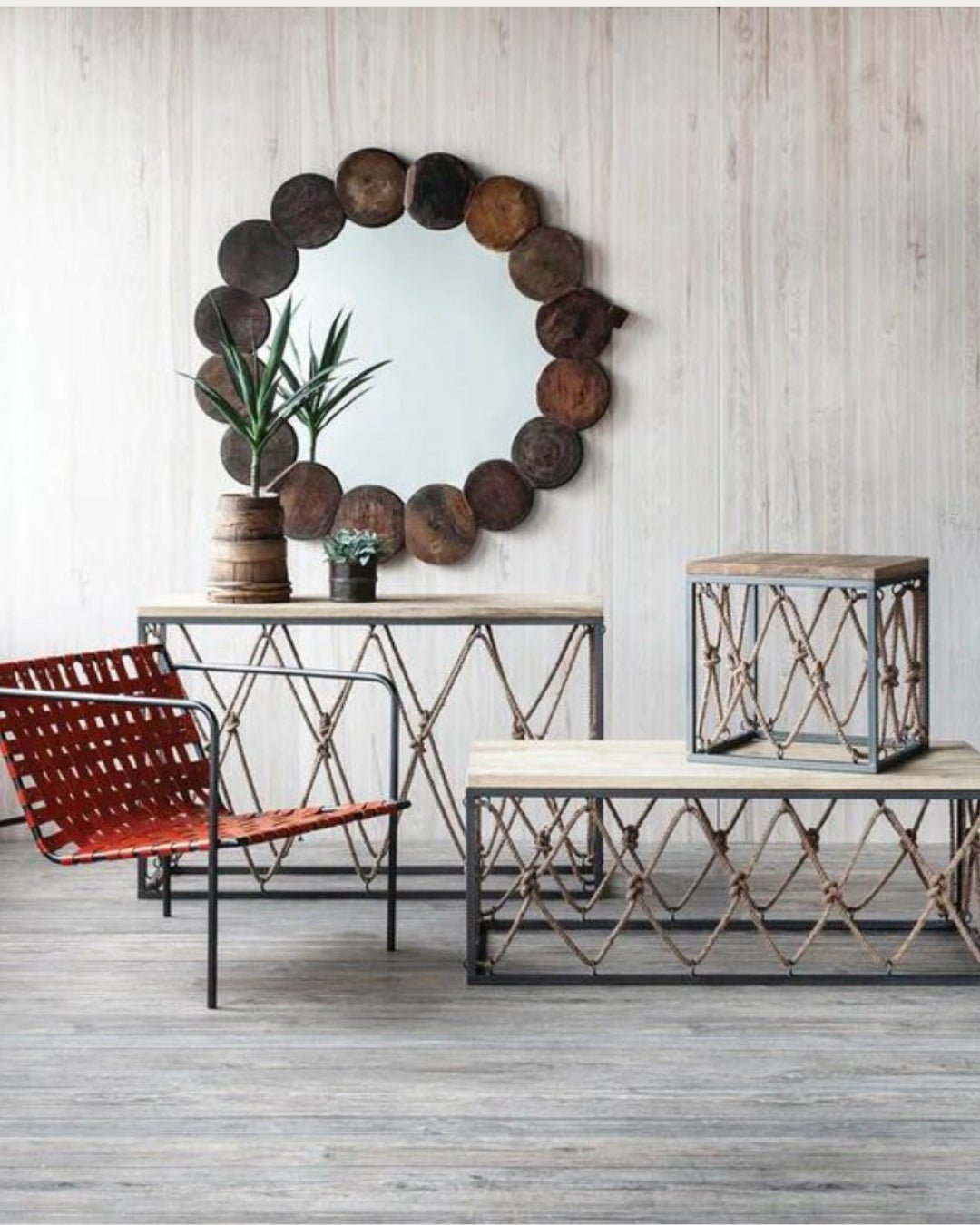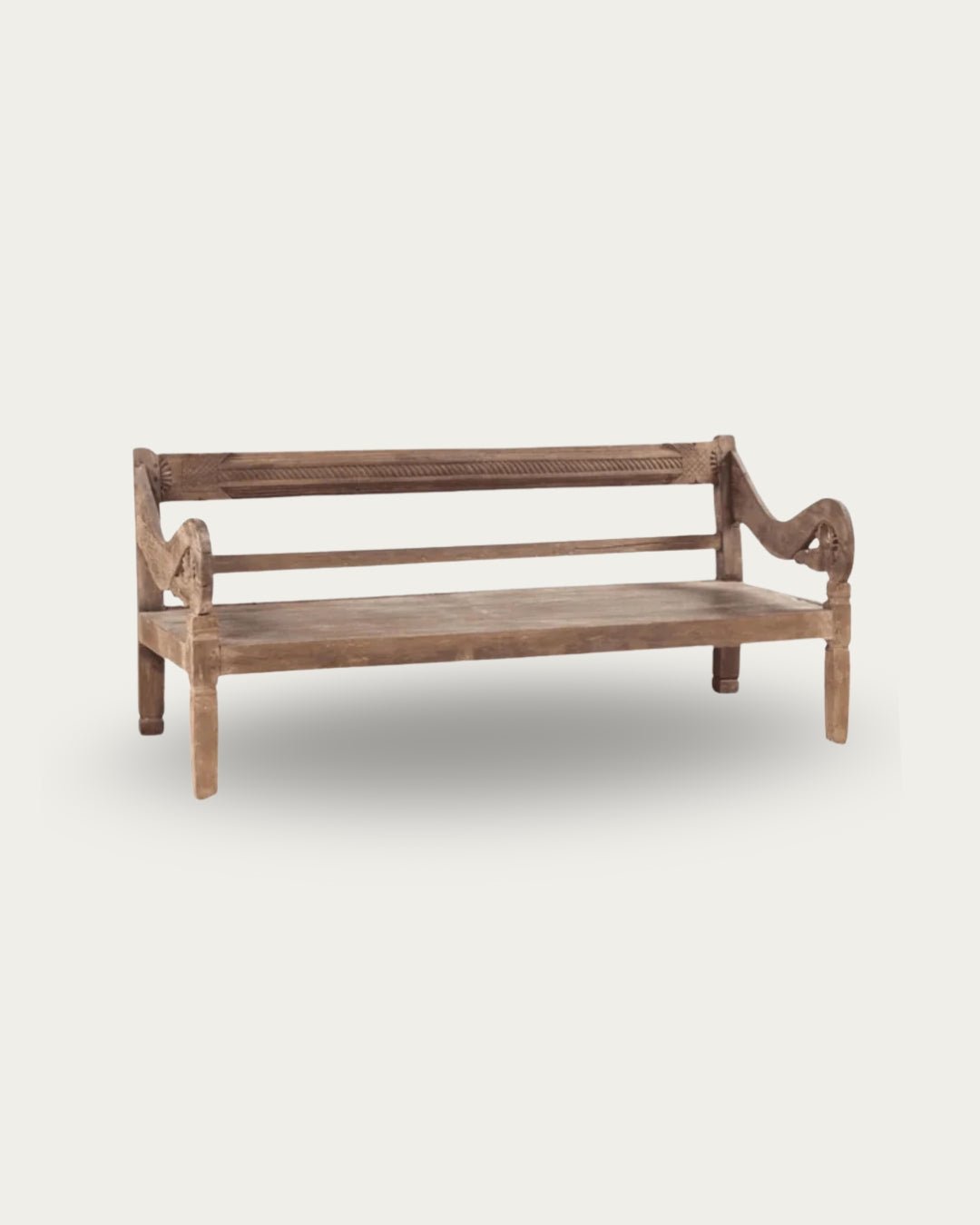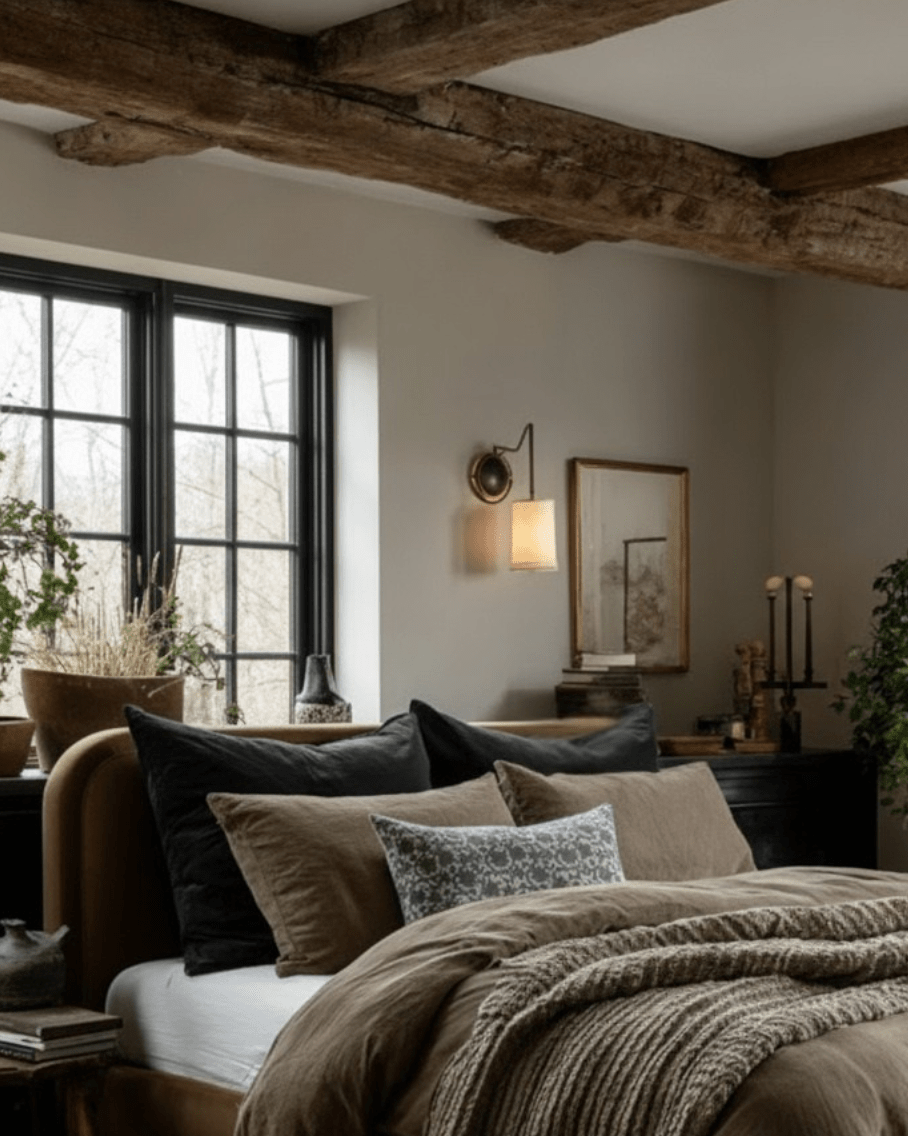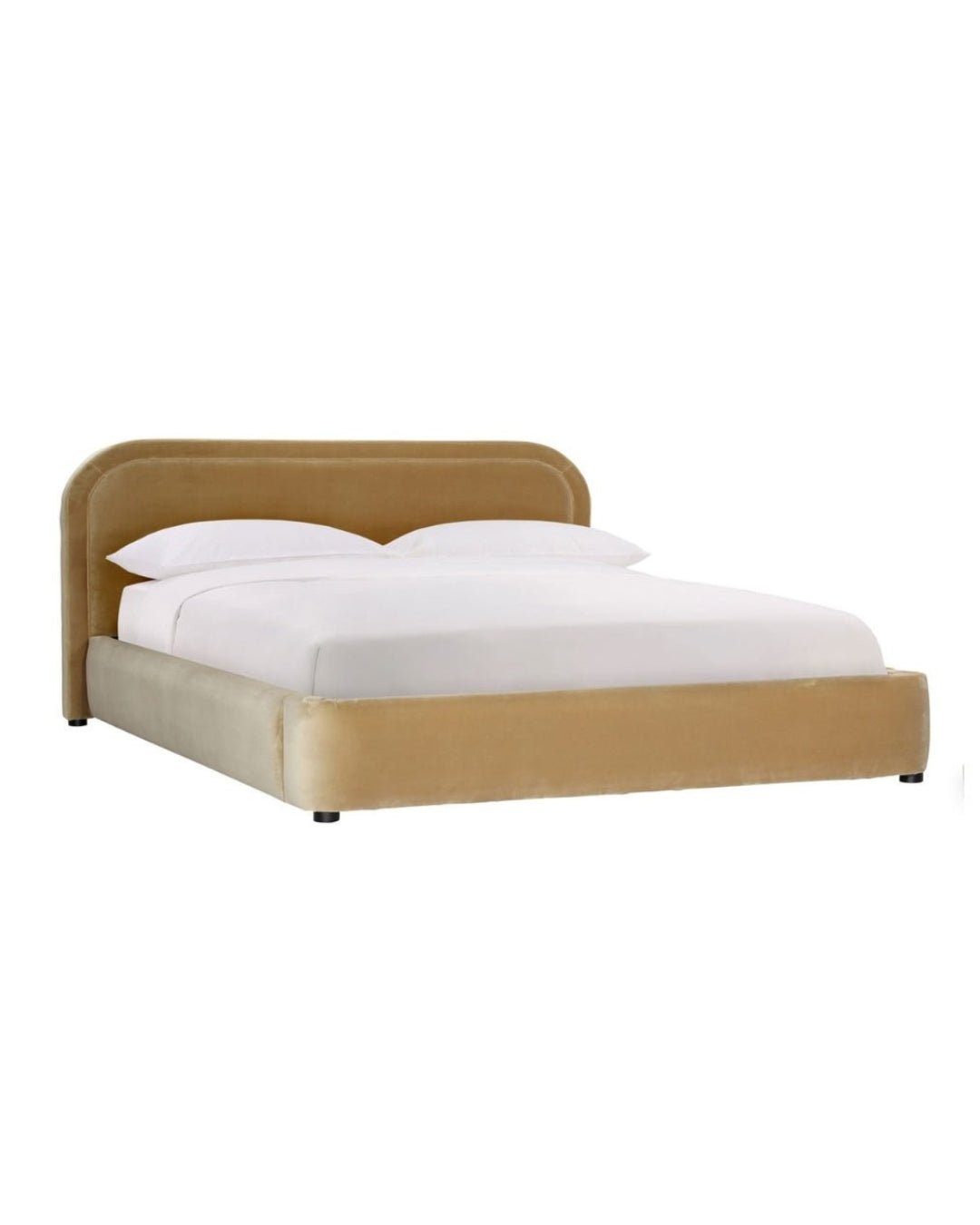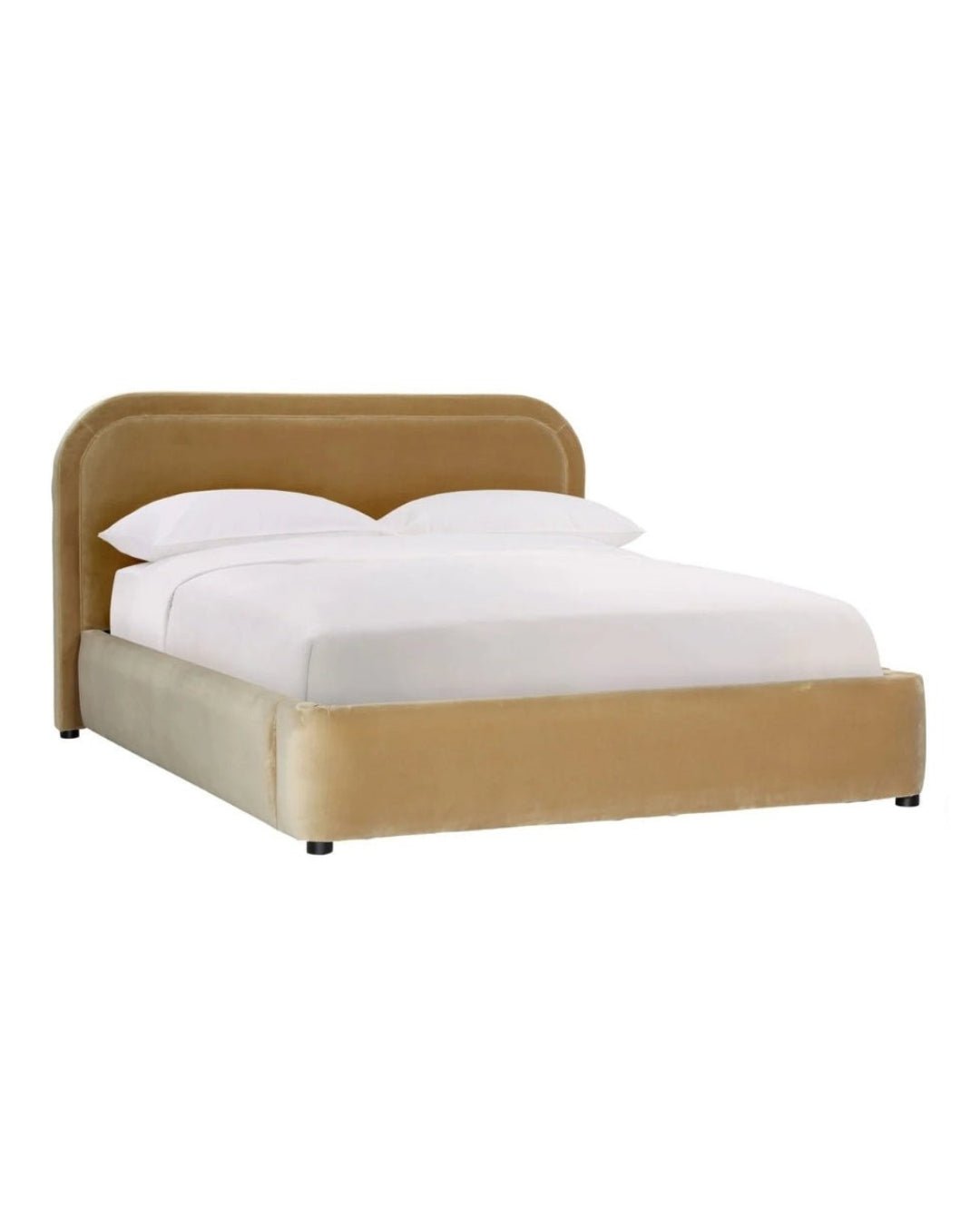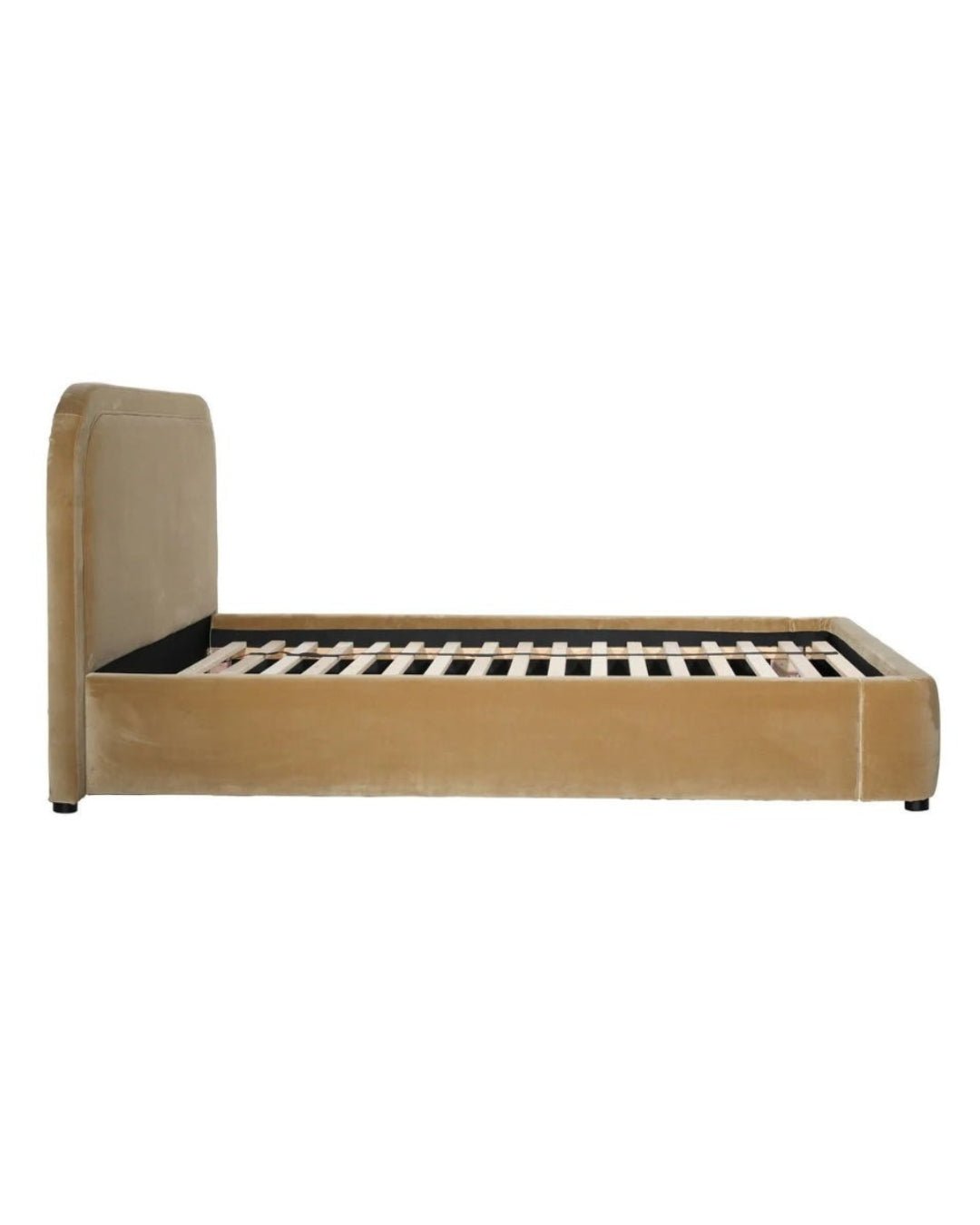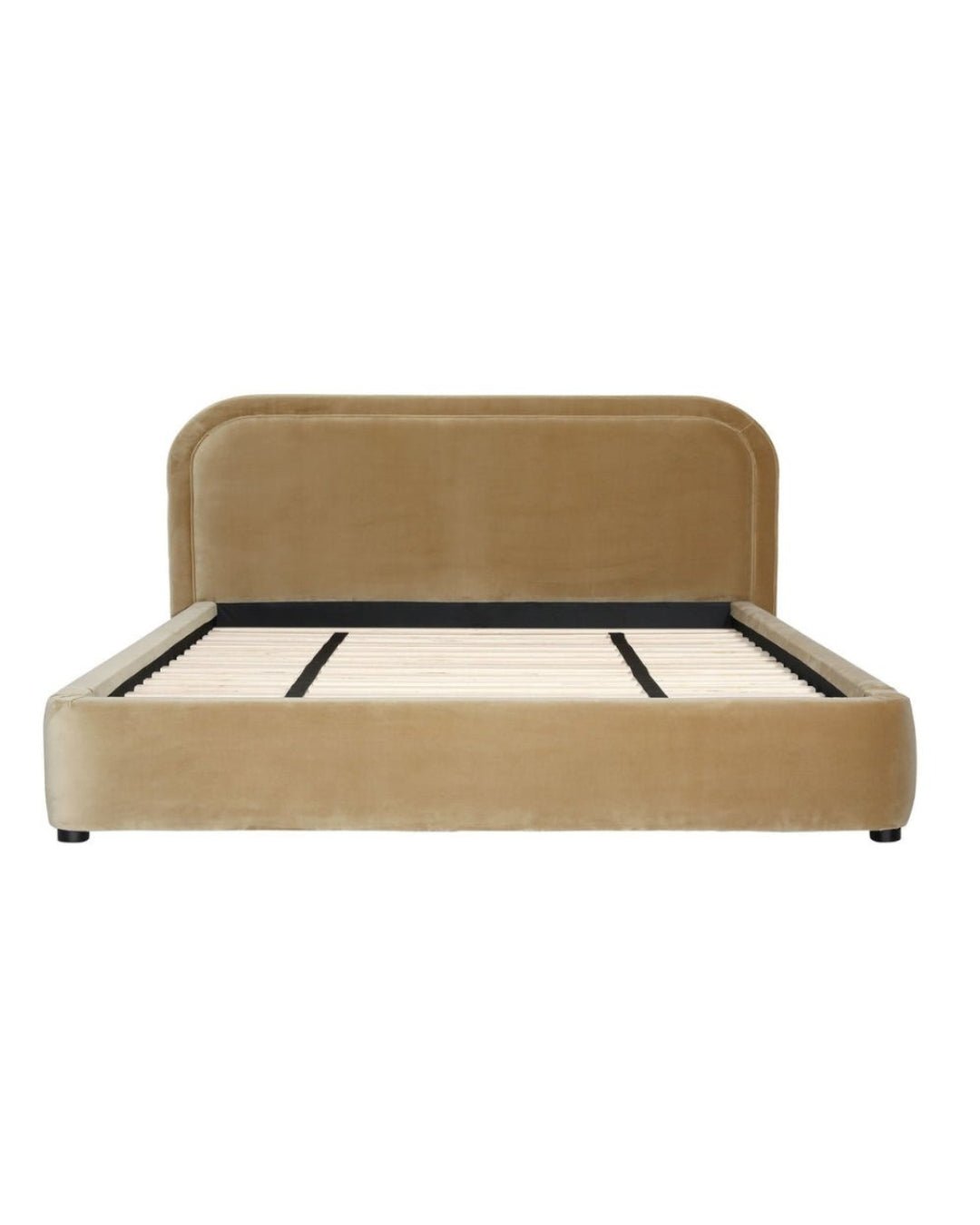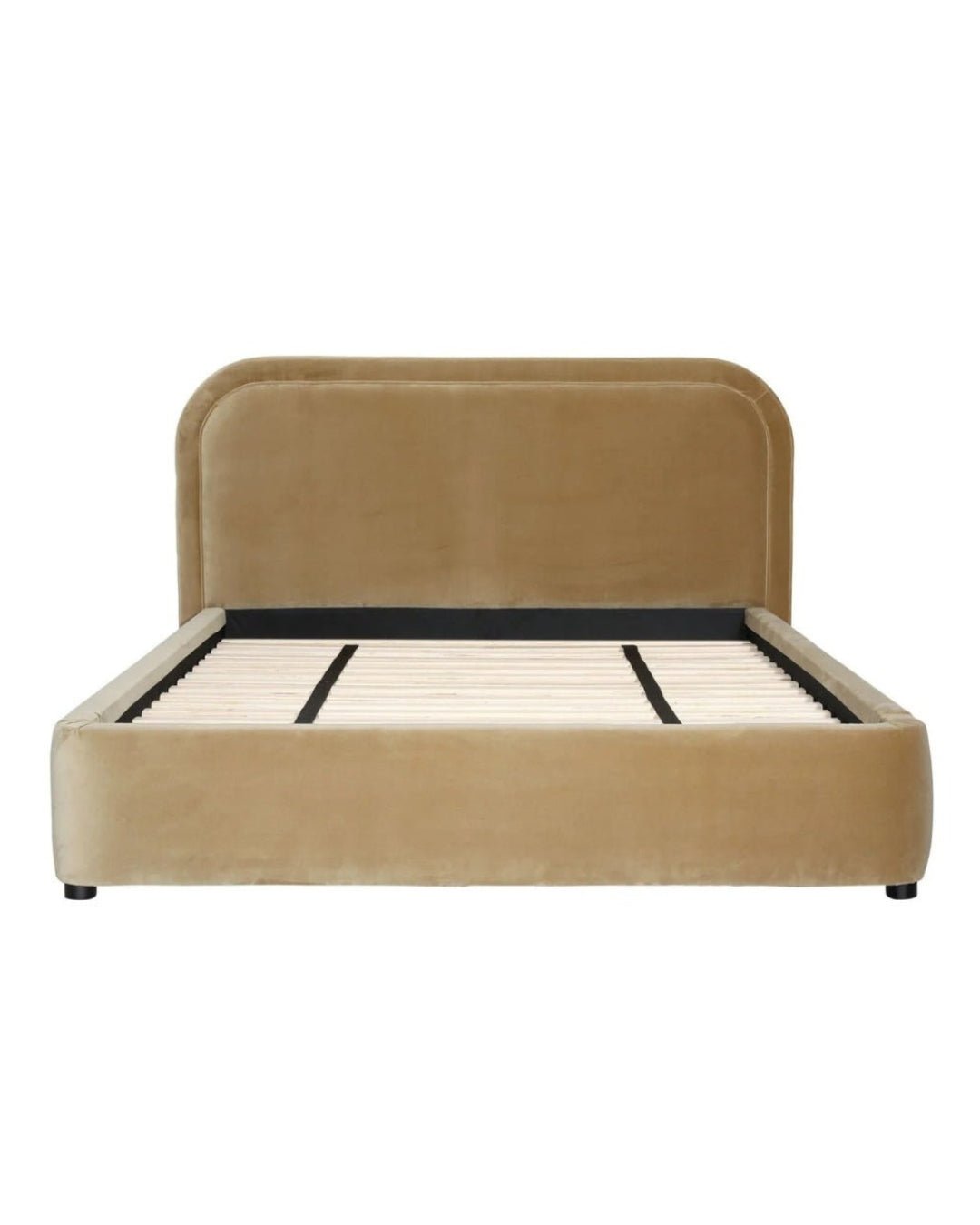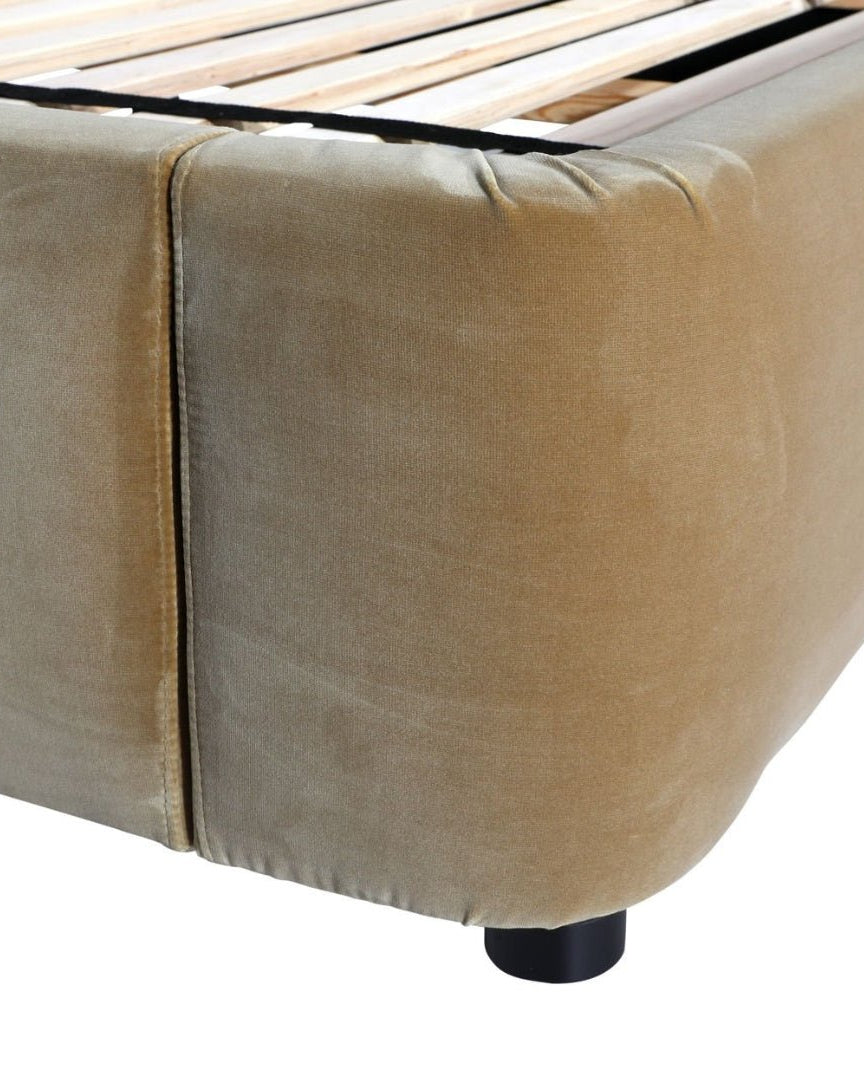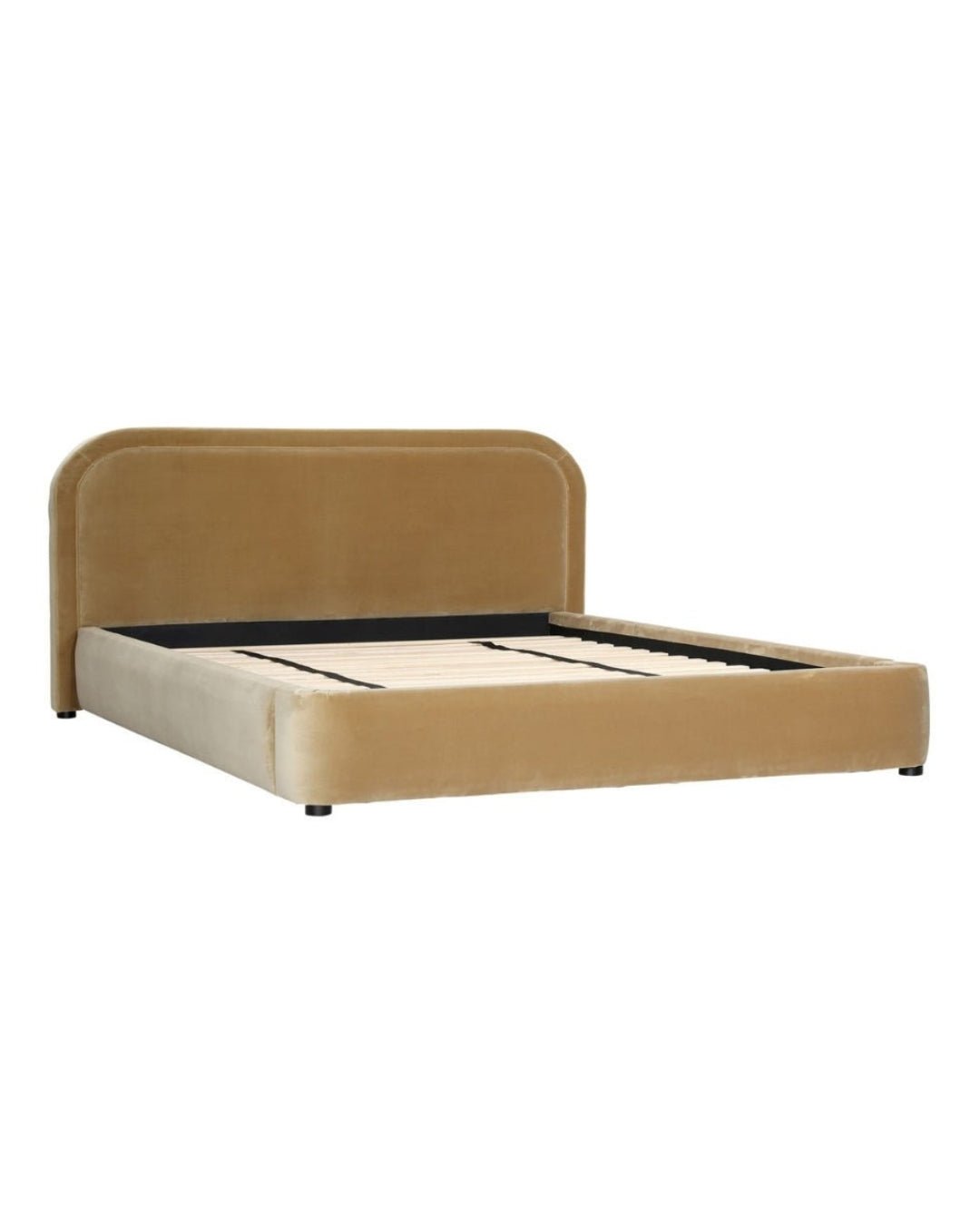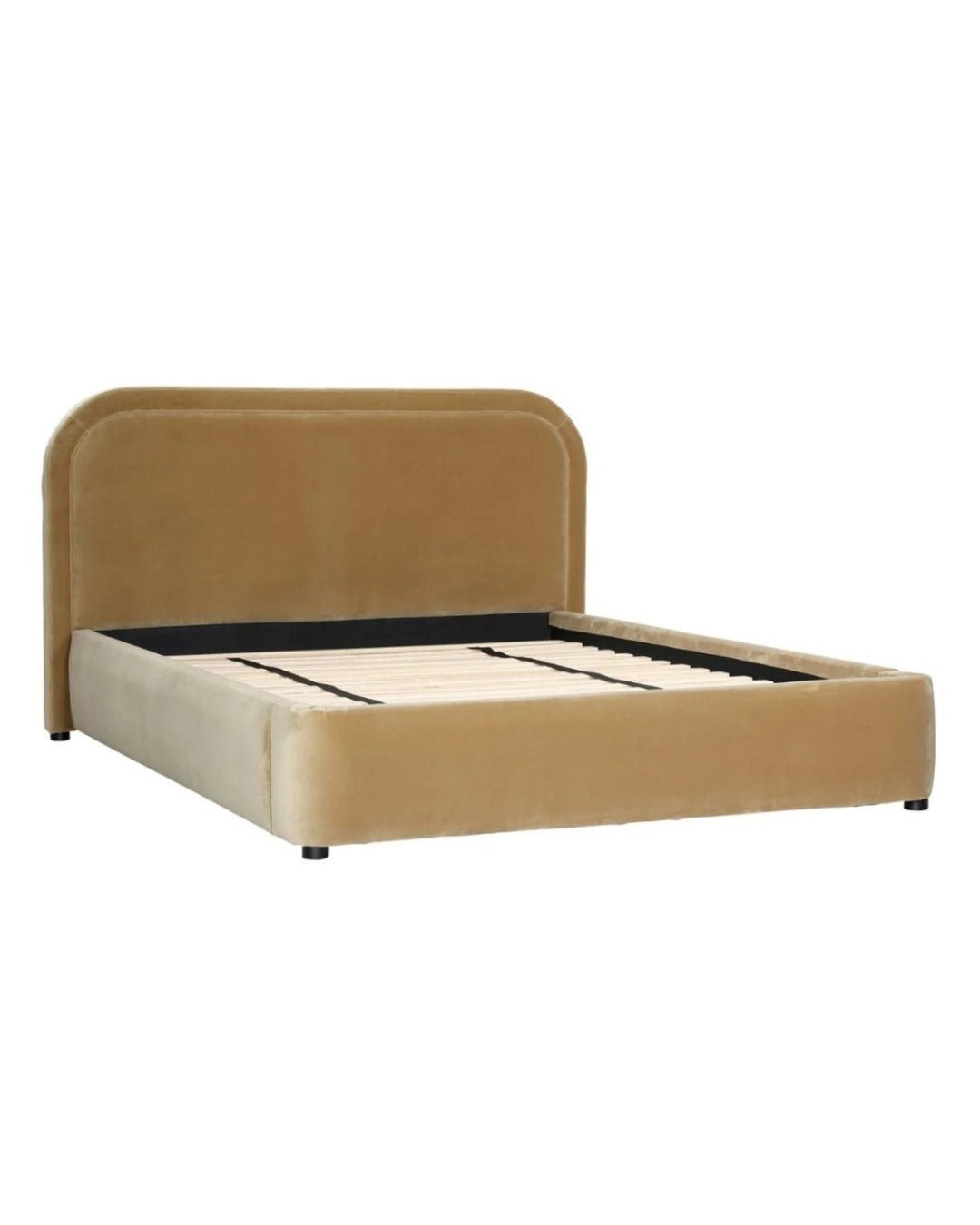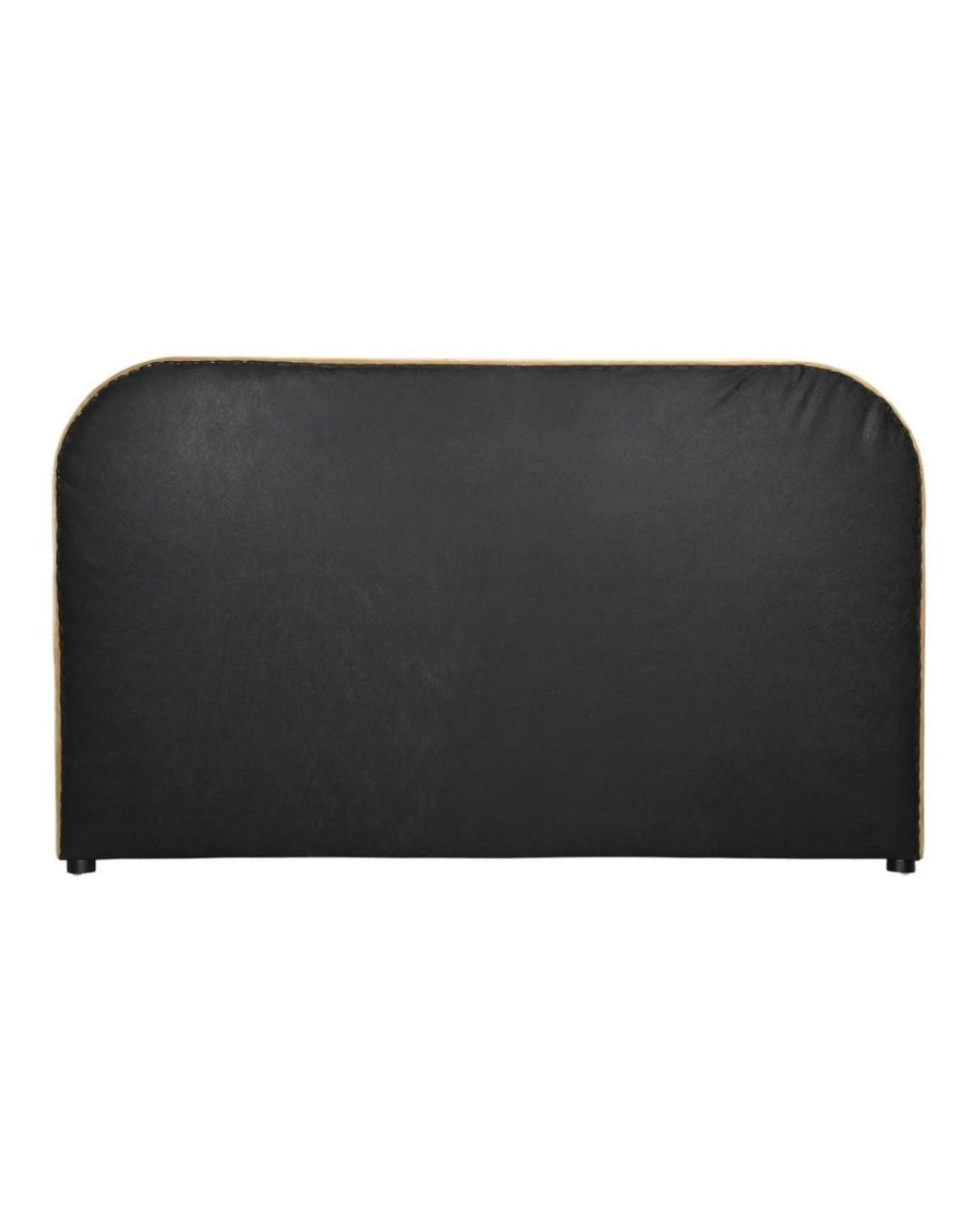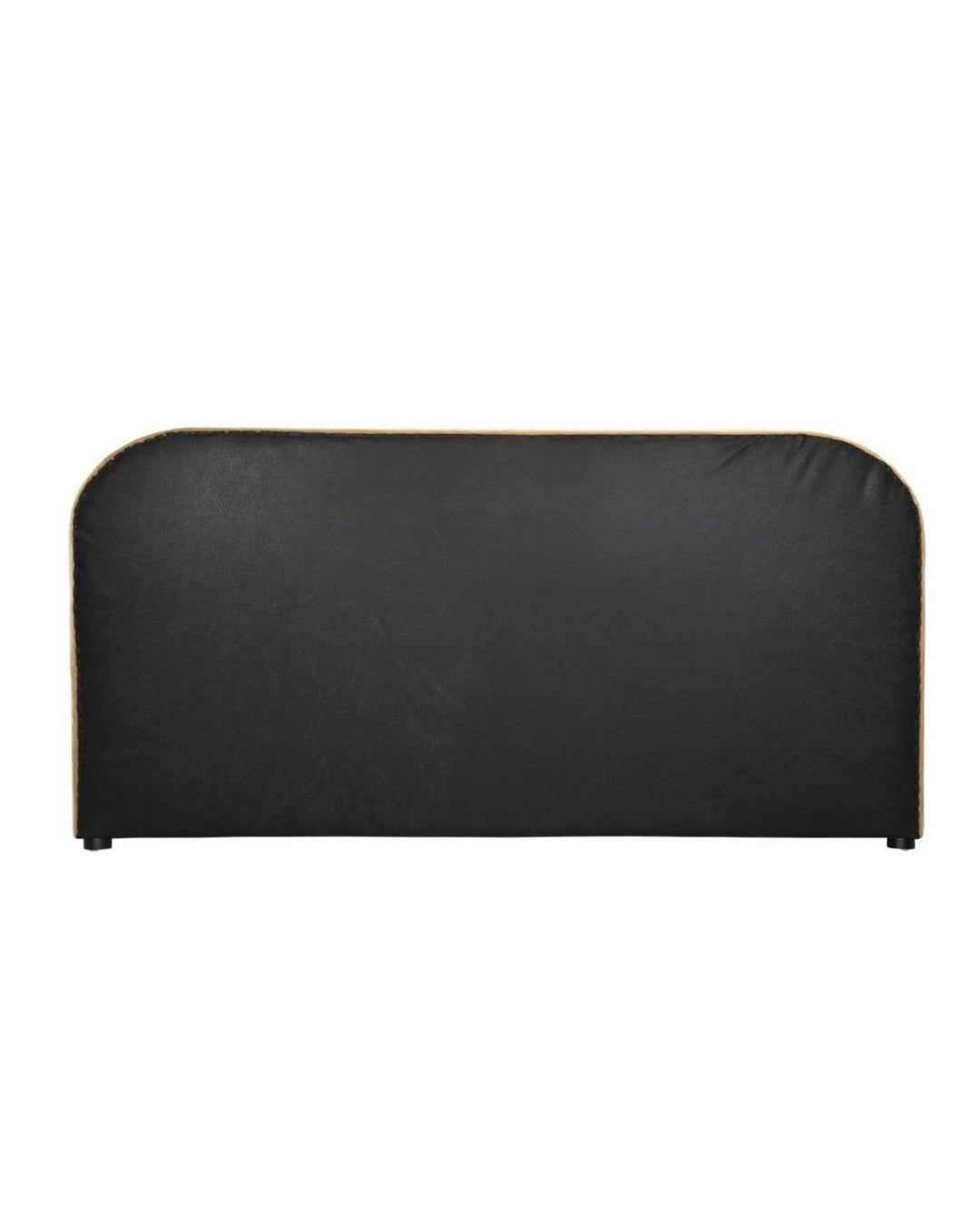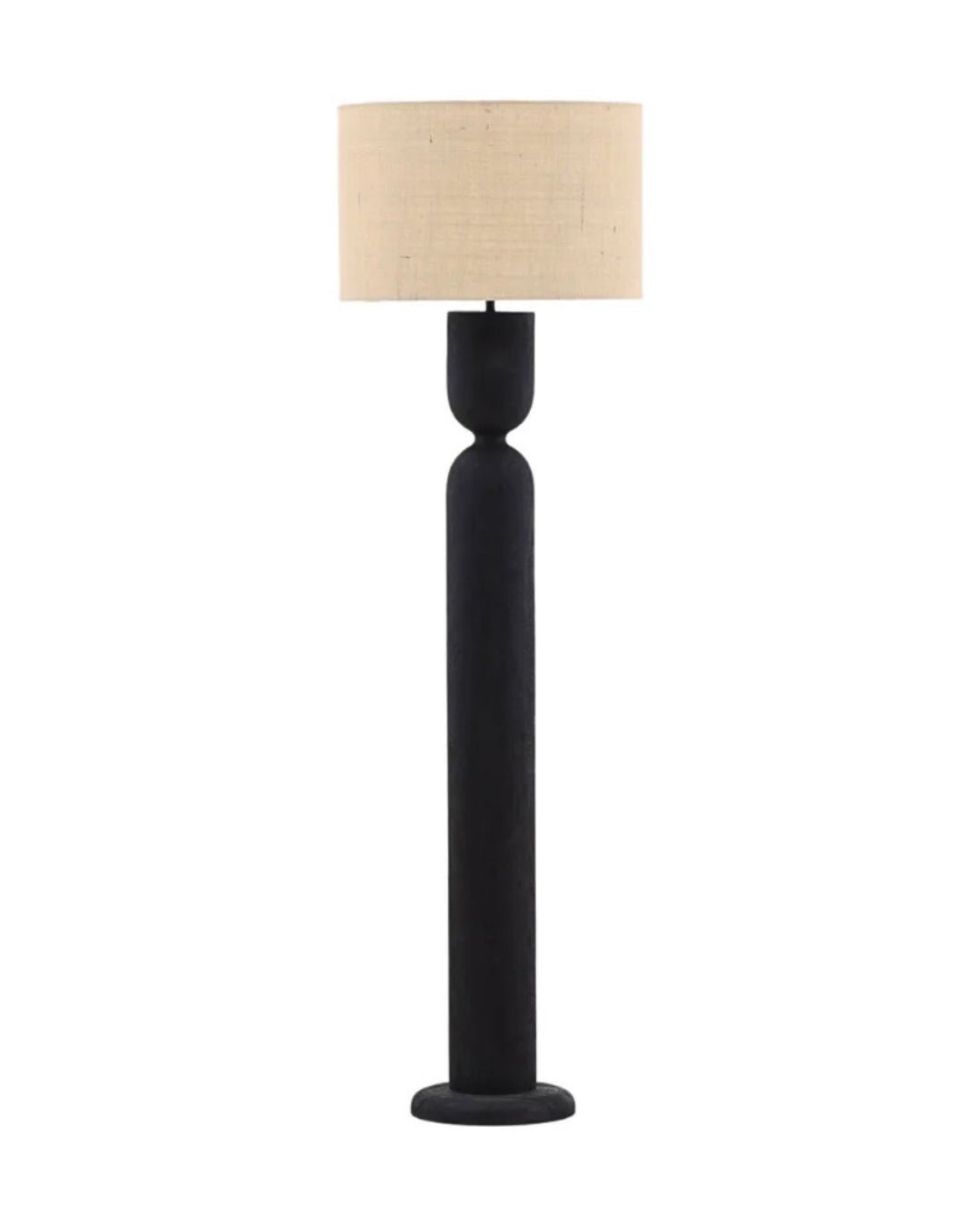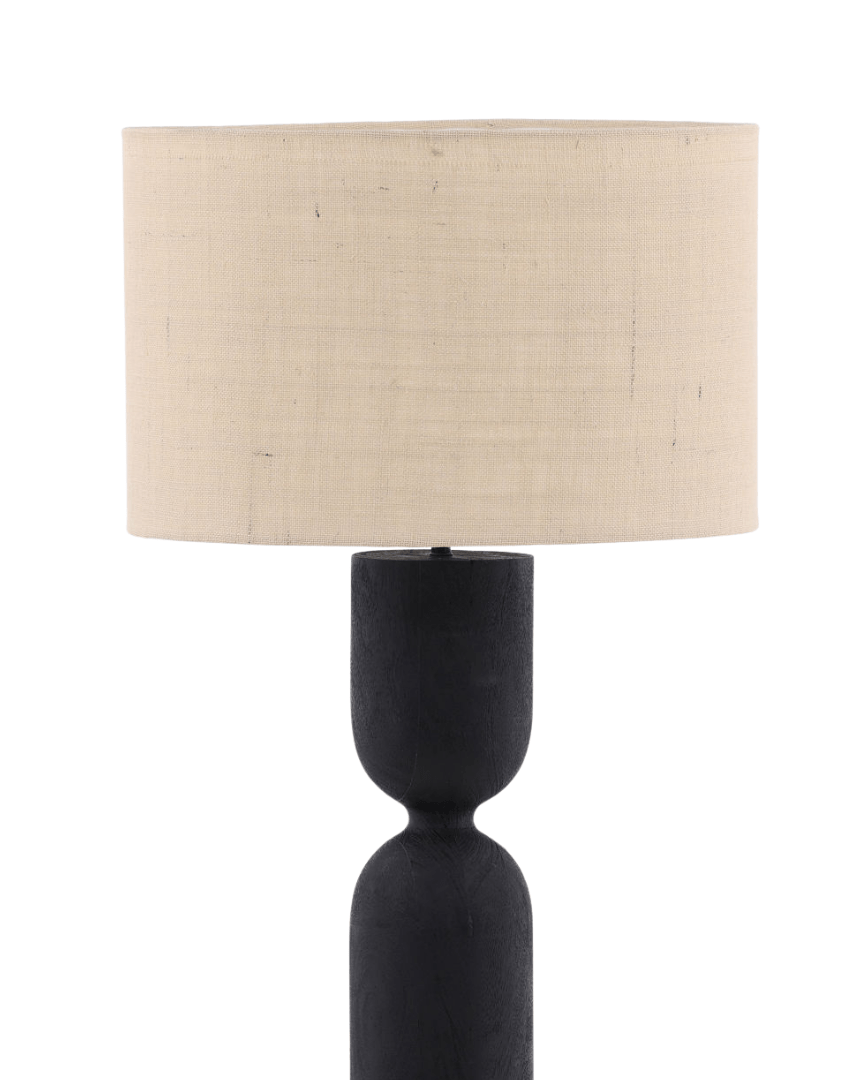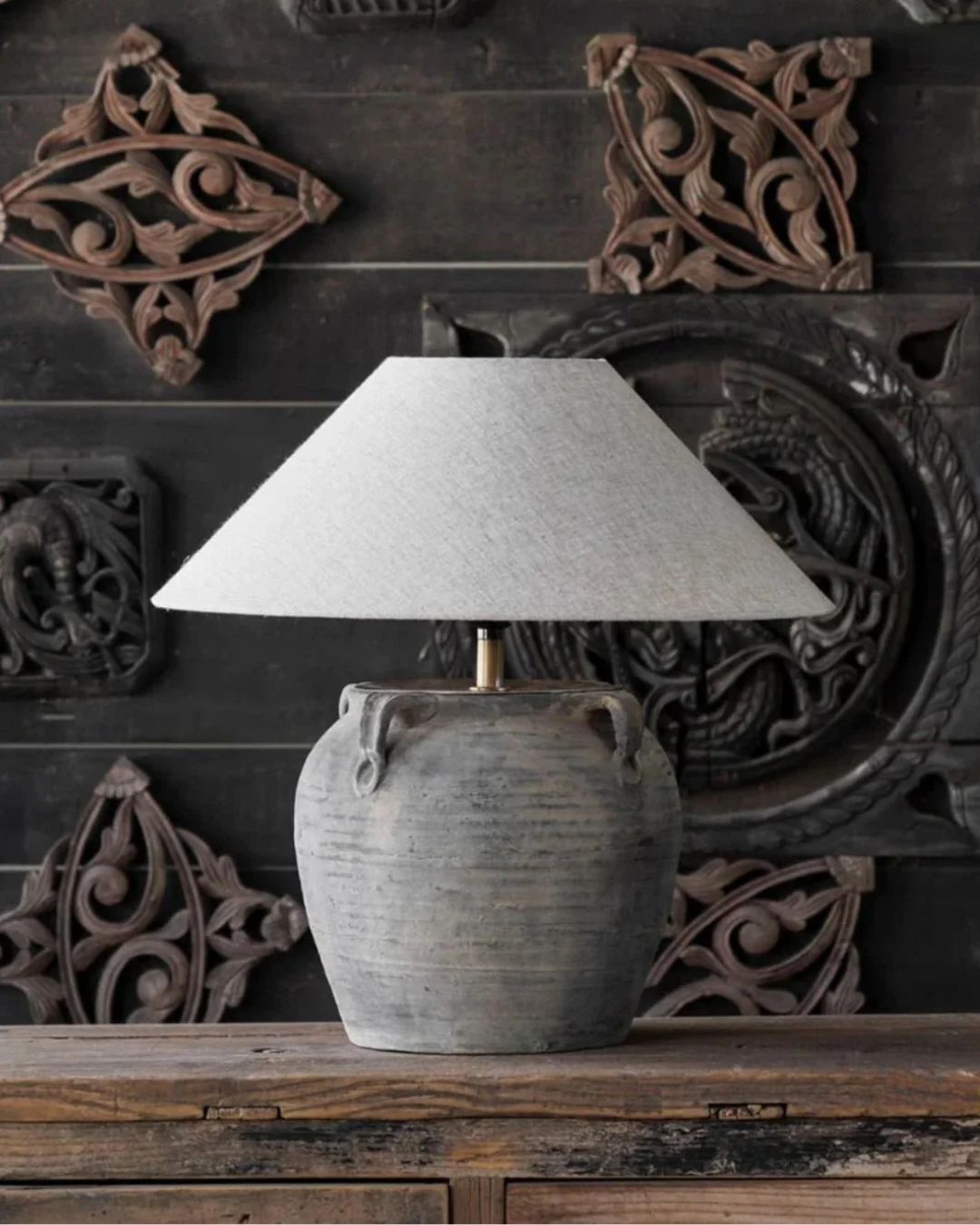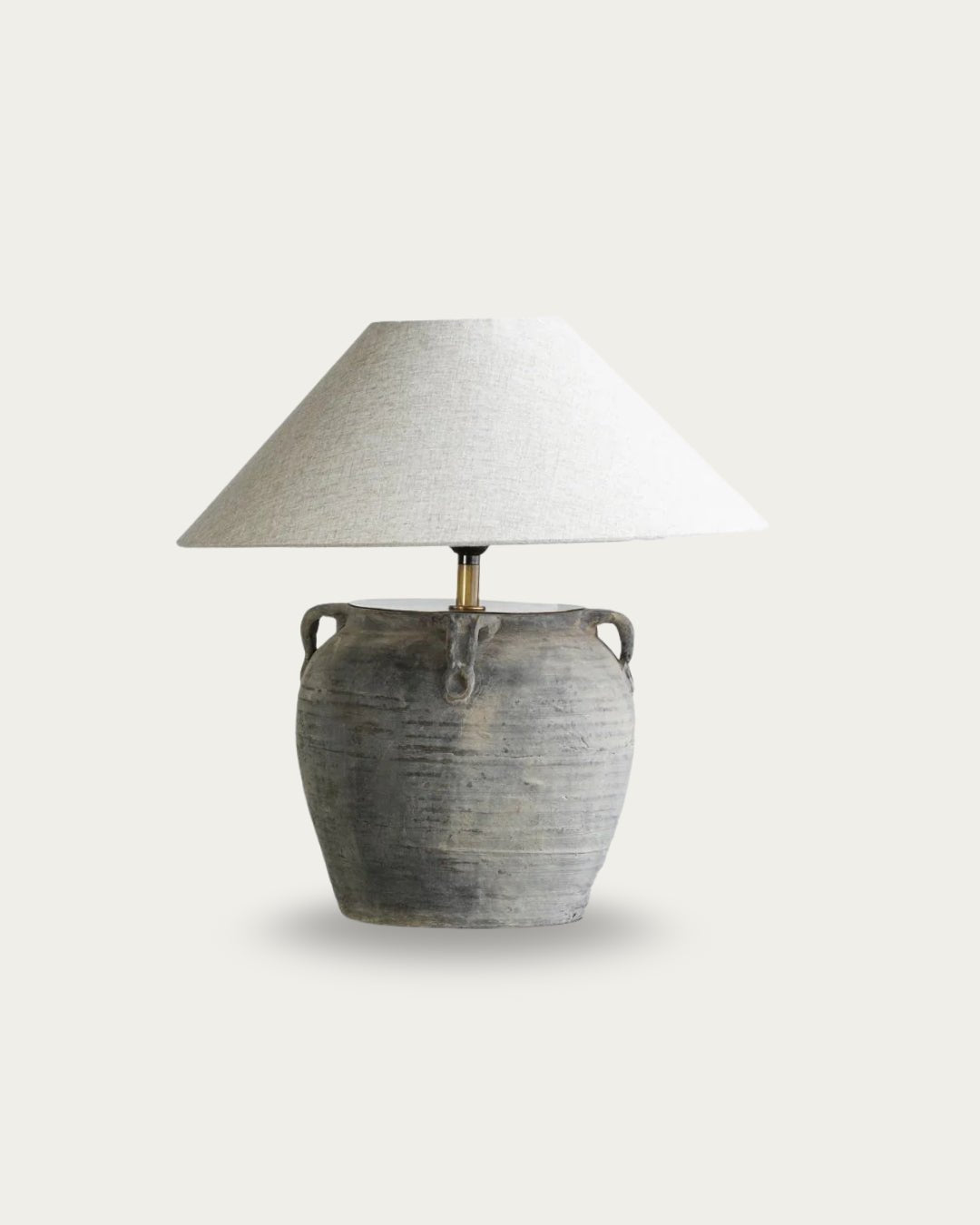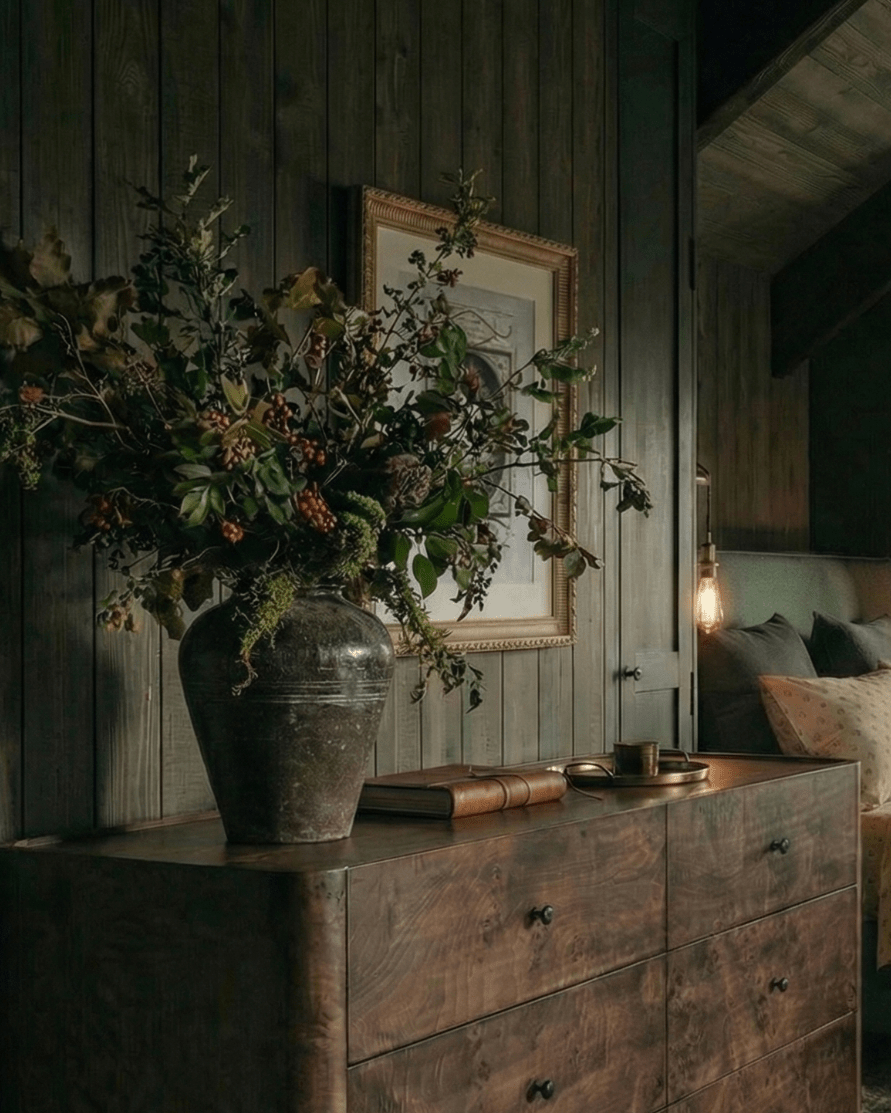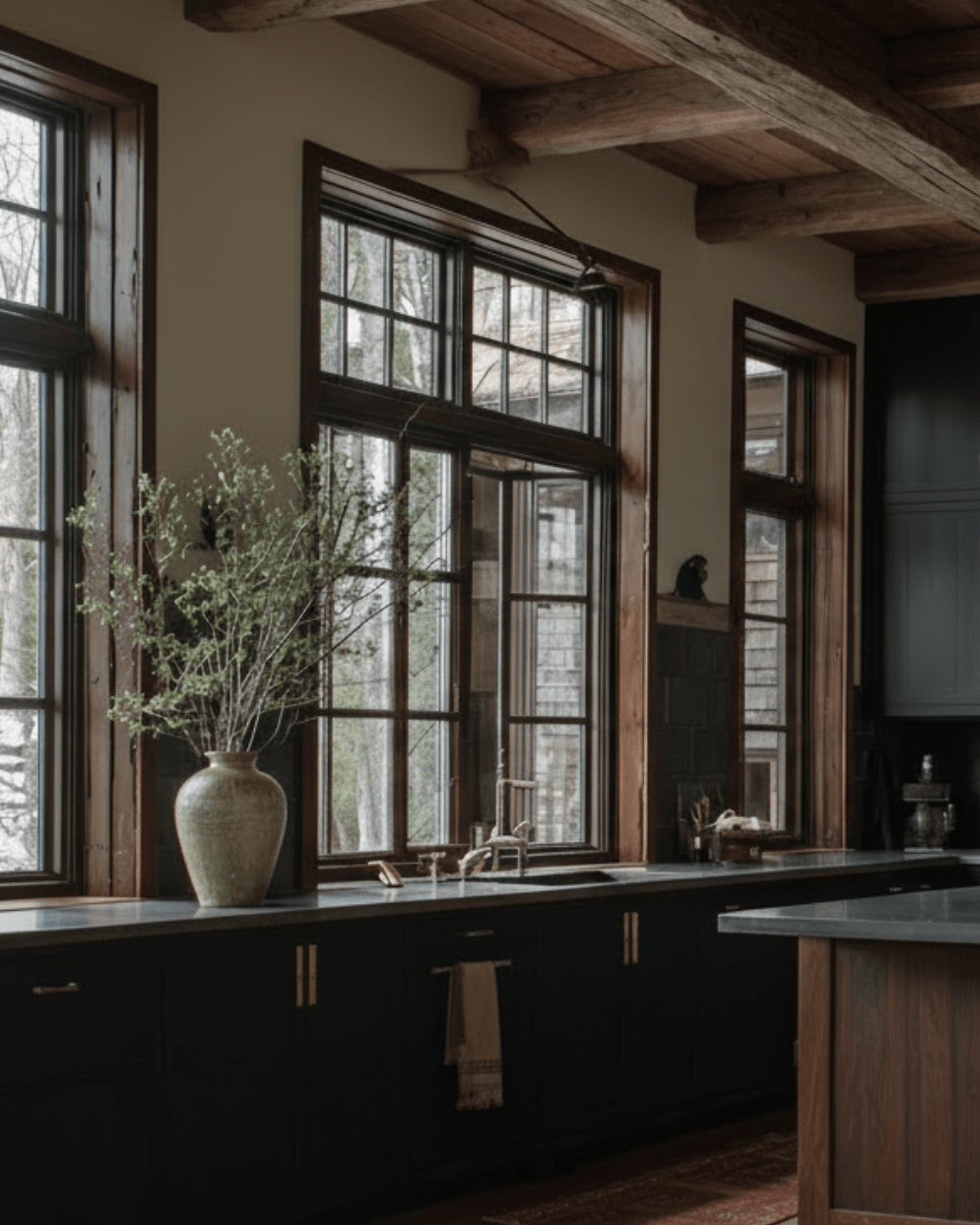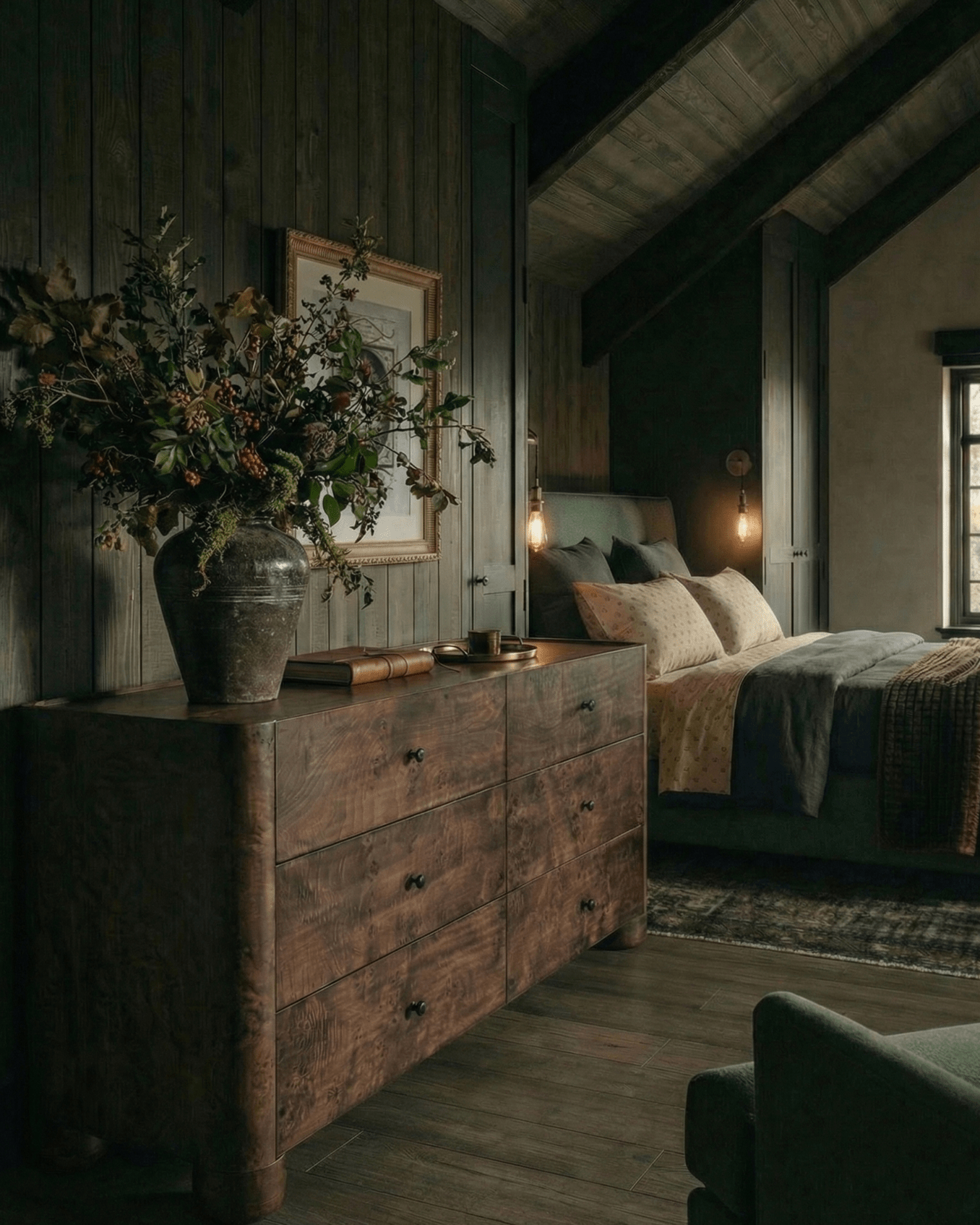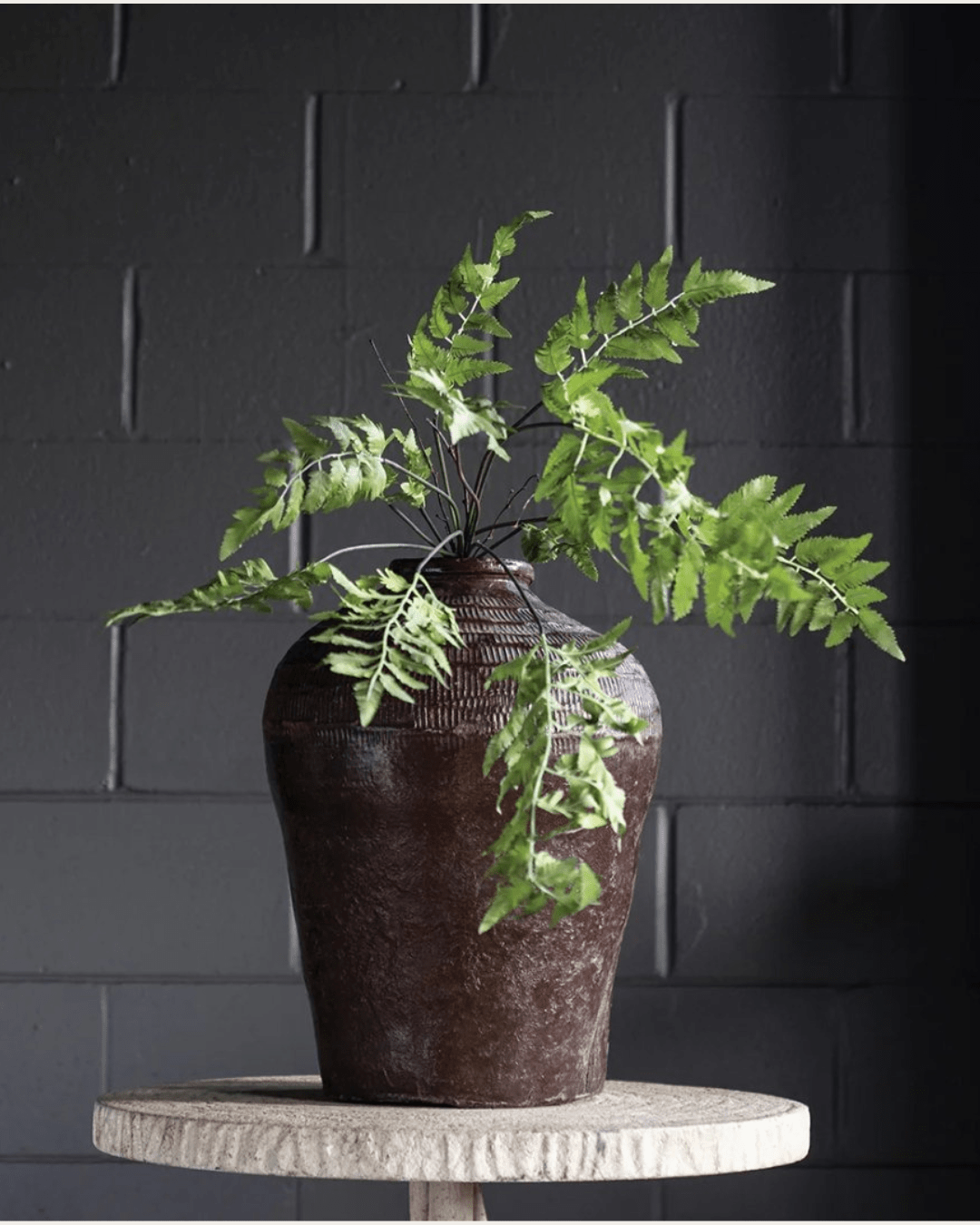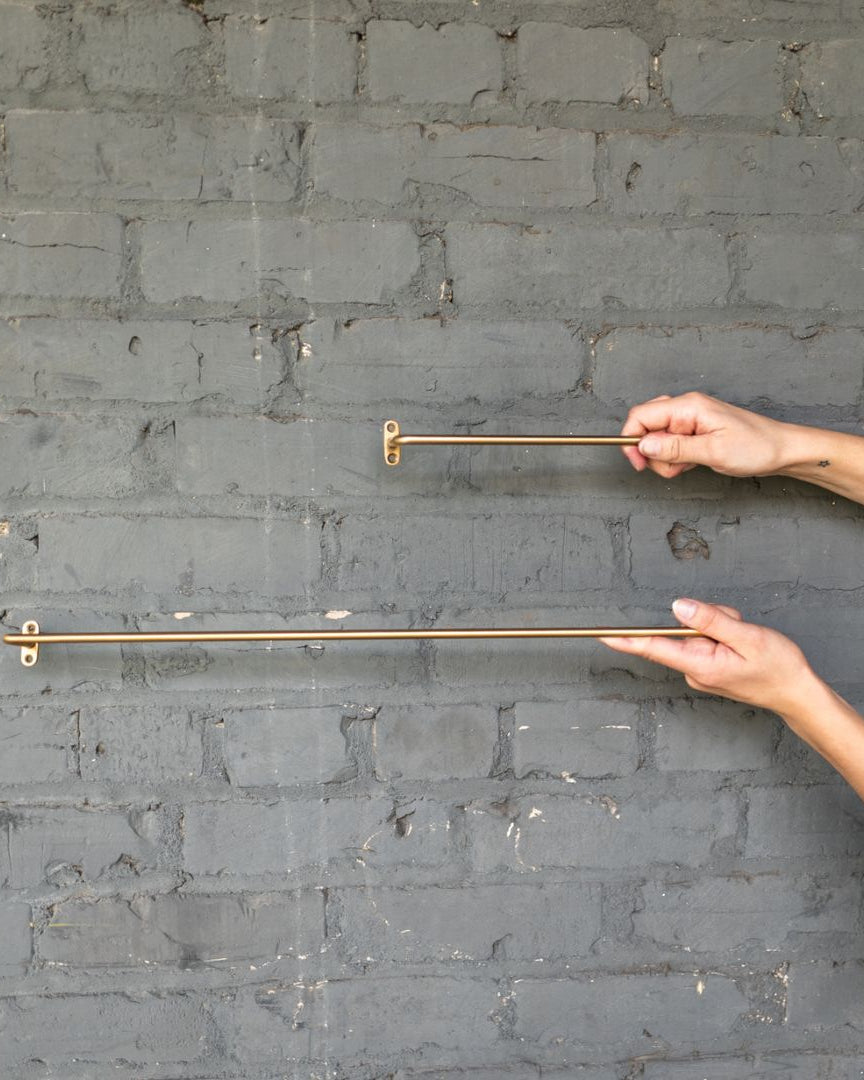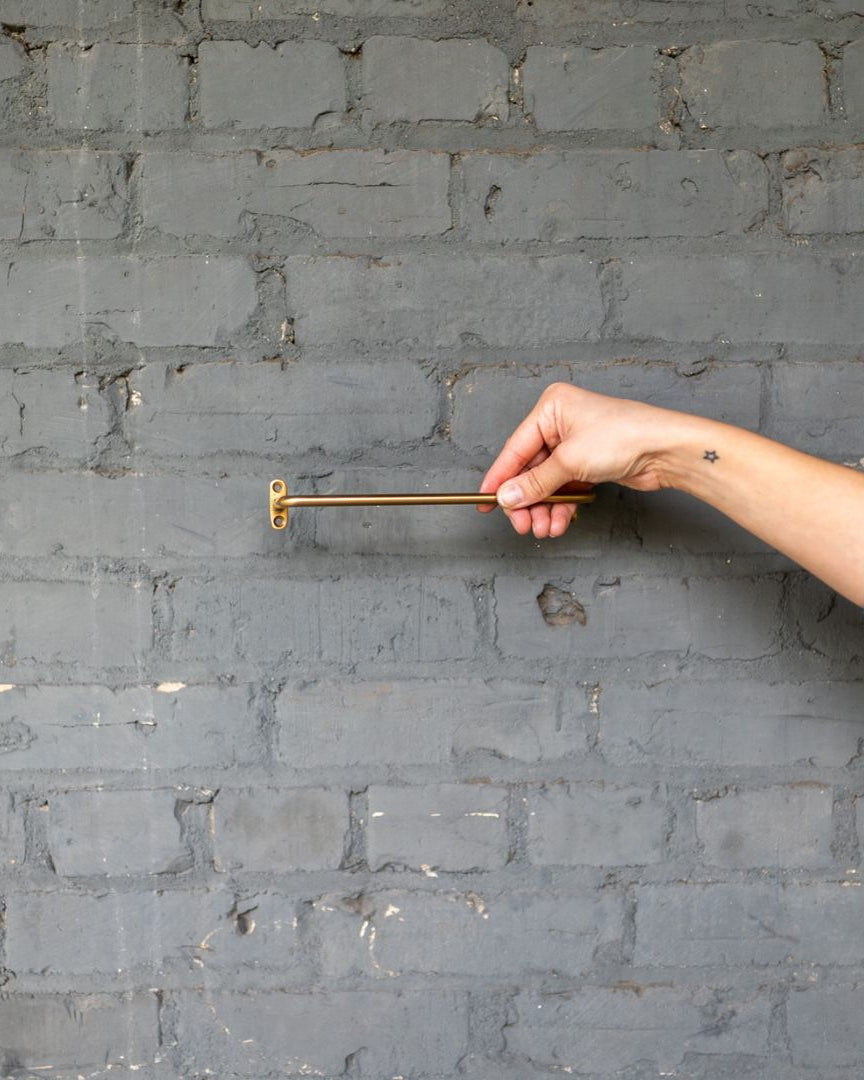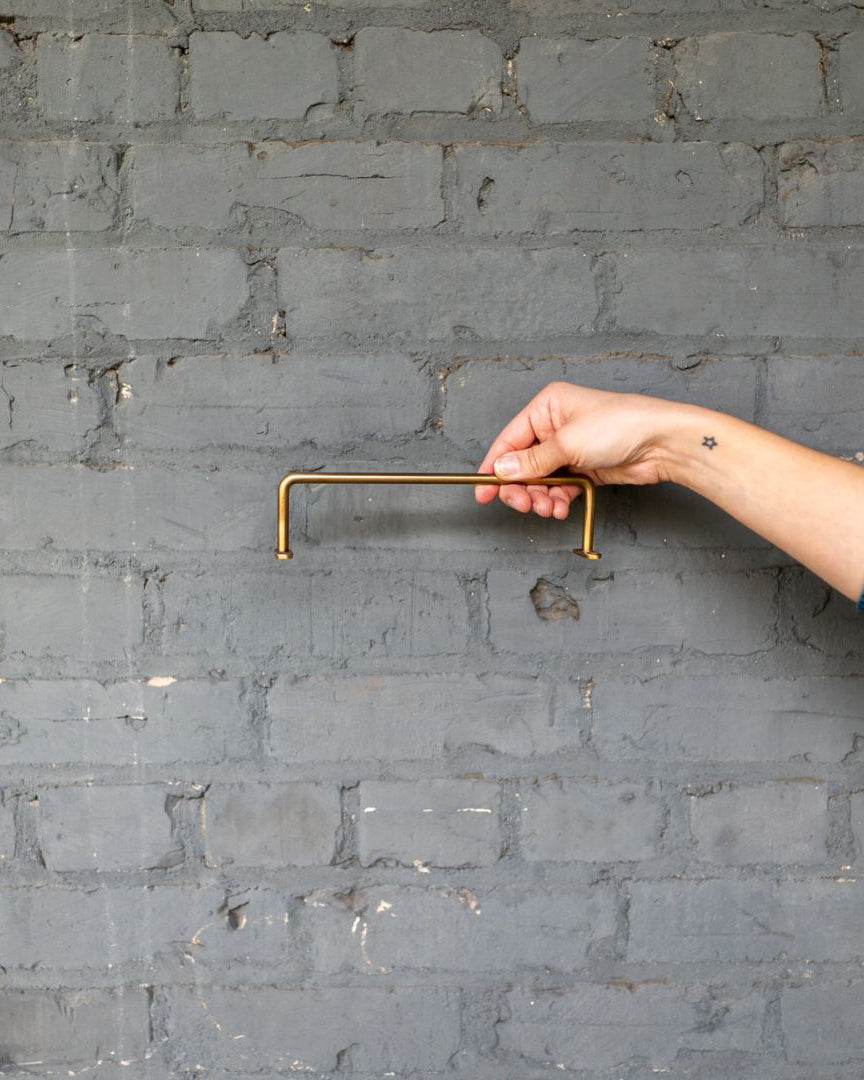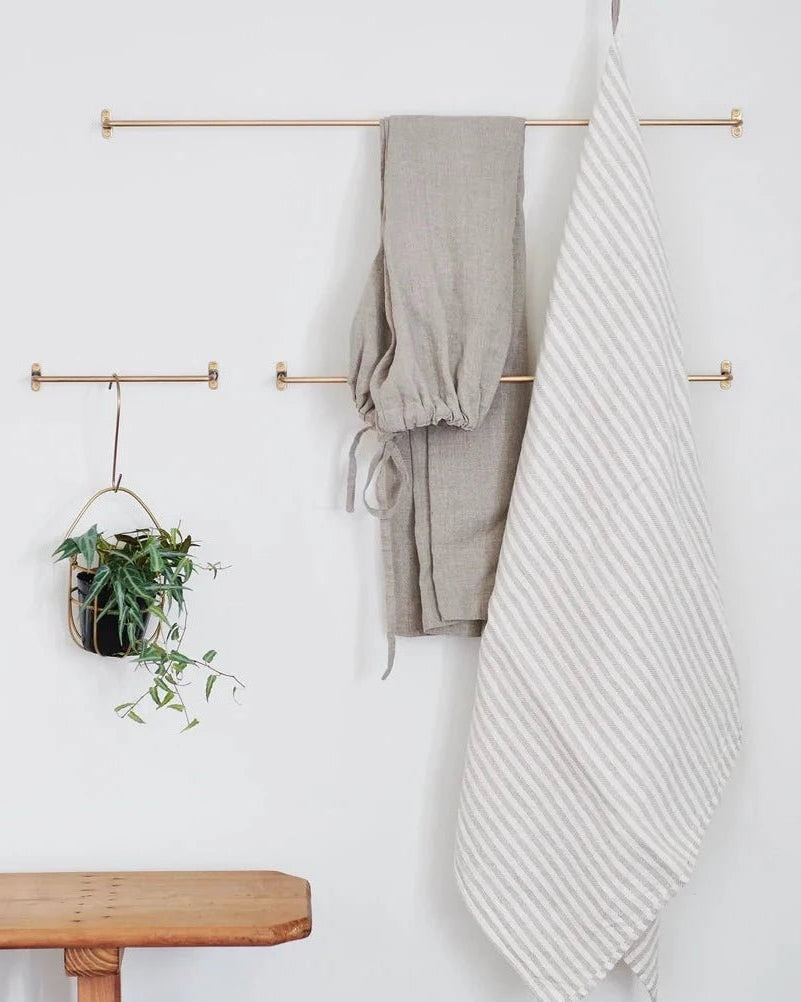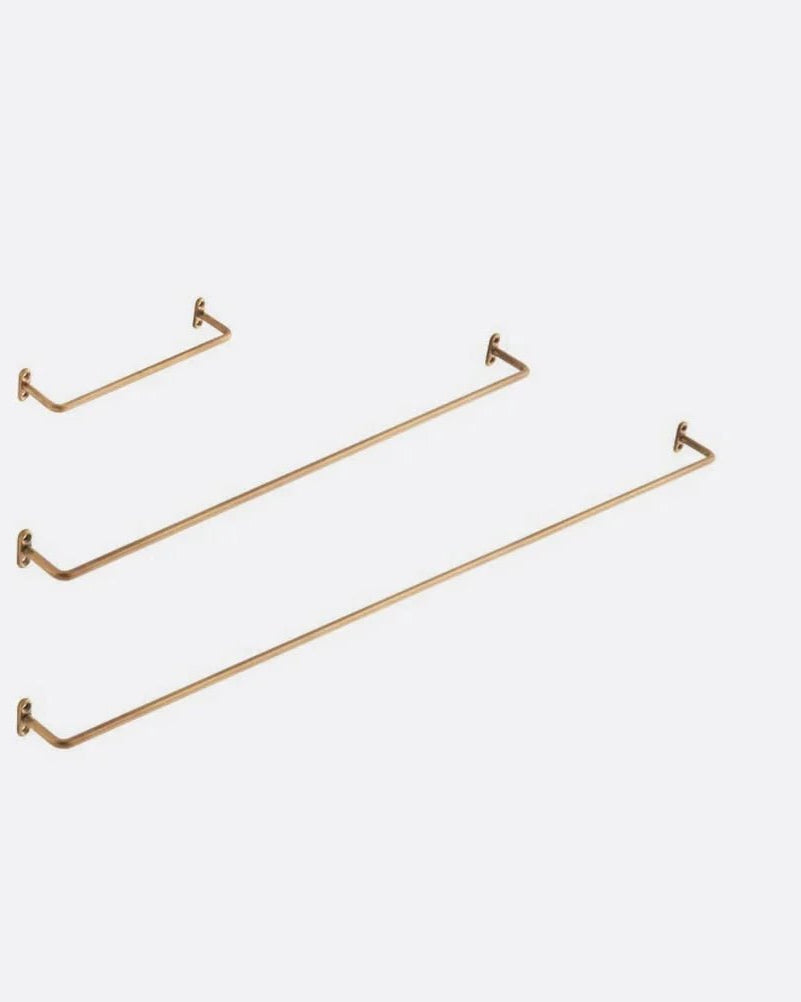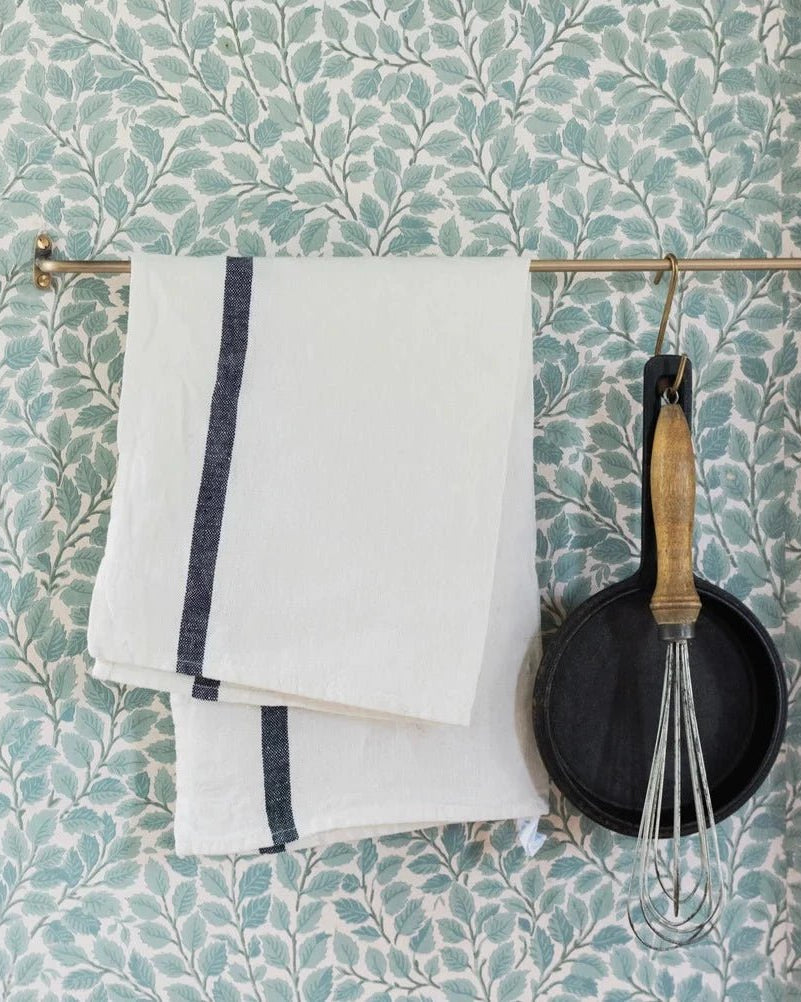The wrong sofa makes the whole room feel off. The right one? It changes how you breathe. From awkward dining chairs to cluttered bedroom setups, home furniture doesn’t just fill space—it shapes how you move, gather, and rest. This guide walks you through the essentials of living room furniture, dining room furniture, and bedroom furniture—offering smart selections, material tips, and styling ideas to help each room feel less chaotic and more like you.
Ready to rework your space? Use this guide to rethink every room—and explore curated pieces from Hello Norden’s Living Room, Dining Room, and Bedroom collections as you go.
What Are the Essential Pieces of Living Room Furniture?
Defining the core living room furniture means zeroing in on seating, surfaces, accent chairs, storage solutions, and durable materials that ground your space and create natural zones for socializing and relaxing. These essential pieces form the backbone of a room built for conversation, media viewing, and decor display. Think sectional sofa paired with a coffee table and media console—comfort, style, and storage all working together.
Before diving into specifics, here are the five must-have living room furniture categories:
Seating that offers comfort and scale for your layout.
Tables that provide surfaces for drinks, décor, and daily tasks.
Accent chairs that introduce style and additional seating.
Storage units that organize books, electronics, and accessories.
Durable materials that stand up to everyday use.
These categories give you a clear starting point for selecting sofas, tables, chairs, and storage that feel cohesive—and actually make your living area work.
Living Room Furniture Essentials
The selection of living room furniture—including seating, tables, accent chairs, and storage—is what turns a room from four walls into a space you actually want to live in. These pieces work together to create a natural foundation for conversation, media viewing, and decor display, all while making your living room feel both functional and effortlessly stylish.
Which Sofas and Sectionals Best Suit Your Living Room Style?
Choosing the right sofa or sectional ensures proportional seating, material longevity, and visual appeal. A well-scaled sofa defines the conversation area, while sectionals adapt to irregular layouts and family needs.
- A three-seater sofa provides balanced proportions for medium to large rooms.
- A modular sectional offers flexibility for L-shaped or open-plan spaces.
- A loveseat creates an intimate pairing with chairs in compact living rooms.
- A sleeper sofa combines daytime seating with overnight guest accommodations.
Each option enhances seating capacity and style cohesion, laying the groundwork for tables and storage solutions.
Browse a few of our current sofa and sectional favorites below.
How to Choose Coffee and End Tables for Functionality and Style?
Coffee and end tables anchor seating groups and serve as practical surface areas. Selecting shape, material, and scale ensures both usability and visual harmony.
| Coffee/End Table Type | Attribute | Value or Use |
|---|---|---|
| Round Coffee Table | Shape | Smooth traffic flow in tight spaces |
| Rectangular Coffee Table | Surface Area | Ample space for books and trays |
| Nesting Tables | Storage Flexibility | Expandable surfaces when needed |
| Side End Table | Scale | Compact spot for lamps and beverages |
Tables with versatile shapes and nesting features adapt to shifting needs while complementing sofa lines and room flow.
Scroll through a selection of coffee tables that balance form and function—designed to work with your space, not against it.
What Accent Chairs and Storage Solutions Enhance Living Room Comfort?
Accent chairs and storage pieces add both function and personality to living spaces. Quality chairs boost seating variety; storage units maintain order.
- Wingback chairs introduce a classic silhouette and structured support.
- Barrel chairs offer a modern rounded profile that encourages conversation.
- Bookcases organize volumes, décor and create vertical visual interest.
- Media consoles conceal electronics and provide display platforms.
These elements layer seating options and storage functionality, reinforcing comfort and style.
Explore our accent chairs that bring in shape, texture, and a bit of personality—small shifts that can change the feel of an entire room.
How Does Living Room Furniture Material Affect Durability and Comfort?
Material selection directly influences longevity, maintenance, and tactile appeal in high-traffic areas. Understanding performance and comfort trade-offs guides smarter investments.
| Material | Durability | Comfort |
|---|---|---|
| Leather | High resistance | Smooth feel, patinas over time |
| Upholstery Fabric | Moderate wear | Soft textures, wide pattern range |
| Solid Wood | Scratch-resistant | Firm support, warm visual tone |
| Metal & Glass | Easy to clean | Sleek finish, cooler surface |
Durable surfaces minimize wear, while material choices shape the living room’s tactile and aesthetic comfort.
How to Design Your Dining Room Furniture for Style and Practicality?

Designing dining room furniture combines table shape, chair comfort, storage and lighting to foster memorable meals. The right pieces elevate gatherings and streamline daily use. For instance, an extendable dining table pairs with upholstered chairs to balance style and adaptability.
What Dining Table Shapes and Sizes Fit Different Dining Spaces?
Dining table shape affects traffic flow, seating capacity, and room proportion. Matching shape to space ensures comfort and visual balance.
| Dining Table Shape | Characteristic | Ideal Use |
|---|---|---|
| Rectangular | Linear footprint | Long rooms or formal dining areas |
| Round | 360° access | Small spaces, intimate gatherings |
| Oval | Softer edges | Transitional rooms or narrow spaces |
| Extendable | Adjustable length | Occasional extra seating |
See how different dining tables work in practice—each one shaped to support flow, conversation, and whatever the day brings.
Dining Room Table Shapes and Sizes
The shape and size of a dining table significantly impact traffic flow, seating capacity, and the overall proportion of the room. Rectangular tables are ideal for long rooms, while round tables suit smaller spaces, and extendable tables offer flexibility for gatherings.
How to Select Comfortable and Stylish Dining Chairs?
Dining chairs must support proper posture and tie into your overall decor. Seat height, backrest angle, and upholstery define comfort levels.
- Upholstered chairs deliver cushioned seating and fabric variety.
- Wooden chairs with contoured seats offer classic sturdiness.
- Side chairs provide a streamlined profile for modern schemes.
- Armchairs at table ends frame head-of-table positions in formal settings.
Selecting a chair set based on ergonomics and style ensures enjoyable meals and cohesive design.
Which Sideboards and Buffets Offer Optimal Storage and Display?
Sideboards and buffets extend dining surfaces and conceal serveware, linens, and bar essentials. Blending storage capacity with display zones simplifies entertaining.
| Storage Unit | Feature | Benefit |
|---|---|---|
| Sideboard | Cabinet Doors | Hidden storage for dishes and linens |
| Buffet | Open Shelves | Easy-access plating and décor showcase |
| Credenza | Sliding Doors | Sleek silhouette for modern interiors |
| Hutch | Glass Fronts | Display glassware and collectibles |
Adding the right storage piece keeps service items organized while contributing to your room’s stylistic narrative. Browse our sideboards and storage pieces—designed to keep things organized without disrupting the flow of the room.
How Does Dining Room Lighting Complement Furniture Choices?
Dining lighting sets mood and highlights furniture finishes. Layered fixtures ensure both function and ambiance.
- A centered chandelier creates a focal alignment above the table.
- Pendant clusters deliver adjustable lighting intensity.
- Wall sconces introduce soft perimeter glow.
- Dimmer switches enable mood control for day-to-night transitions.
Coordinating lighting scale and style with tables and chairs reinforces your dining room’s character and practicality.
What Are the Key Bedroom Furniture Pieces for a Restful Sanctuary?
Bedroom furniture essentials define a sanctuary by combining supportive beds, storage surfaces, and calming materials. A well-chosen bed frame and mattress system supports sleep health, while nightstands and dressers maintain organization. For example, a platform bed with under-bed drawers pairs with a low-profile dresser to maximize space and streamline flow.
How to Choose the Right Bed Frames and Mattresses for Support?
Selecting the right bed frame and mattress fusion ensures spinal alignment and comfort. Frame type, mattress firmness, and headboard style work in tandem for functionality and aesthetics.
| Bed Frame Type | Attribute | Ideal Benefit |
|---|---|---|
| Platform Bed | Low profile | Stable support without box spring |
| Canopy Bed | Overhead frame | Dramatic focal point and drapery option |
| Storage Bed | Built-in drawers | Integrated storage for linens |
| Sleigh Bed | Curved silhouette | Classic elegance and headboard support |
Pairing the frame with a medium-firm mattress balances pressure relief and spinal support, fostering restorative rest. Explore bedroom pieces that support rest, rhythm, and quiet—furniture that helps the space do what it’s meant to.
What Nightstands and Dressers Provide Functional Storage?
Nightstands and dressers define bedside convenience and wardrobe management. Size, drawer count, and surface area dictate storage efficiency.
- Single-drawer nightstands hold nighttime essentials within arm’s reach.
- Two-drawer units blend open shelf and hidden storage.
- Six-drawer dressers organize folded garments and accessories.
- Chest of drawers optimizes vertical storage in tight footprints.
Choosing pieces scaled to room dimensions ensures both aesthetic consistency and practical organization.
How Do Wardrobes and Bedroom Seating Enhance Organization and Comfort?
Wardrobes and seating pieces streamline routines and create cozy niches. Wardrobe style, bench placement, and chair form influence flow.
- Freestanding wardrobes offer flexible placement without renovation.
- Built-in closets maximize unused alcoves and wall space.
- Bedroom benches at the foot of the bed invite dressing and relaxation.
- Accent chairs provide a reading corner or dressing companion.
These diversified solutions integrate storage and seating to promote a clutter-free, restful atmosphere.
What Bedroom Furniture Materials and Styles Promote Relaxation?
Material choices and styles shape a bedroom’s mood, from warm woods to soft upholstery. Calm palettes and tactile surfaces soothe the senses.
| Material | Style Influence | Relaxation Benefit |
|---|---|---|
| Natural Wood | Scandinavian | Light tones and minimal warmth |
| Velvet Upholstery | Modern Glam | Soft texture and refined elegance |
| Woven Rattan | Bohemian | Organic feel and breathability |
| Matte Metal | Industrial | Understated edge and cool restraint |
Selecting materials and styles that evoke tranquillity ensures your bedroom functions as a serene retreat.
How to Match Furniture Styles and Materials Across Your Home?
Creating cohesion across rooms means aligning primary styles, harmonizing materials, and blending accents to form a unified aesthetic. Consistency in scale, finish, and texture weaves individual spaces into a coherent design narrative.
What Are Popular Furniture Styles for Living, Dining, and Bedroom Rooms?
Major style categories span modern, traditional, Scandinavian, and industrial—each defined by form, finish, and ornamentation.
- Modern emphasizes clean lines, neutral palettes, and minimal hardware.
- Traditional favors carved details, rich woods, and formal silhouettes.
- Scandinavian combines light woods, functional simplicity, and cozy textiles.
- Industrial showcases metal frames, reclaimed timber, and exposed hardware.
Choosing one dominant style and layering complementary accents creates clarity and flow.
How Do Materials Like Wood, Leather, and Upholstery Influence Style?
Material properties—grain, sheen, texture—anchor style definitions and tactile experiences. Pairing materials thoughtfully sustains harmony across rooms.
- Oak and ash woods suit Scandinavian and traditional schemes.
- Leather upholstery complements industrial and modern contexts.
- Linen and velvet textiles add softness to contemporary or classic settings.
Material selections reinforce each style’s core attributes and inter-room connectivity.
How to Create a Harmonious Look with Mixed Materials and Styles?
Blending styles and materials requires attention to balance, scale, and color continuity. Introducing an accent piece in shared finish ties rooms together.
- Mirror a metal finish (e.g., black steel) across lighting and furniture legs.
- Repeat a wood tone in dining chairs and bedroom nightstands.
- Anchor transitions with area rugs that echo palette and texture.
Strategic repetition of materials and style cues transforms disparate pieces into a unified whole.
What Furniture Features Enhance Functionality and Lifestyle Needs?
Functionality-driven furniture addresses space constraints, family dynamics, and emerging smart trends to deliver solutions beyond basic form and style.
Which Space-Saving Furniture Solutions Work Best for Small Homes?
Space-saving furniture maximizes utility without sacrificing design. Foldable, multi-purpose, and integrated storage pieces adapt to tight footprints.
- Wall-mounted desks fold away when not in use.
- Extendable dining tables slide open for extra guests.
- Storage ottomans conceal blankets and trinkets.
- Murphy beds retract to free floor space by day.
These innovations maintain visual openness while supporting diverse activities.
How to Choose Pet-Friendly and Family-Friendly Furniture?
Durable fabrics, robust frames, and stain-resistant finishes endure active households. Prioritizing performance textiles and solid construction ensures longevity.
- Microfiber upholstery resists stains and pet hair.
- Removable slipcovers simplify cleaning and updates.
- Rounded table edges reduce injury risks for children.
- Hardwoods with protective coatings withstand daily wear.
Selecting family-proof finishes and forms promotes a harmonious living environment for all members.
What Are the Benefits of Smart and Customizable Furniture?
Smart furniture integrates technology—wireless charging, adjustable heights, modular configurations—to meet evolving needs. Customizable pieces adapt to personal tastes and spatial requirements.
- Desks with built-in USB ports streamline work setups.
- Adjustable sofas convert between seating and sleeping modes.
- Configurable shelving lets you modify layout as needs shift.
- App-controlled lighting tables adjust intensity for mood.
These features future-proof investments and deliver enhanced convenience.
How to Budget and Invest Wisely in Home Furniture?
Balancing quality, style, and cost demands clear priorities and phased purchasing to maximize value without overspending.
What Are the Top Factors to Consider When Buying Furniture?
Key considerations include style compatibility, material durability, comfort, and long-term value. Evaluating these factors prevents regret and extra costs.
- Align pieces with your home’s dominant aesthetic.
- Inspect materials for wear resistance and maintenance needs.
- Test seating and mattress firmness for personal comfort.
- Compare price points against expected lifespan and warranty coverage.
Weighing these criteria yields purchases that satisfy both budget and lifestyle.
How to Prioritize Furniture Purchases for Each Room?
Staging purchases by use frequency and visual impact helps allocate budget strategically. Invest first in pieces used daily or featured prominently.
- Living Room – Sofa or sectional anchors daily relaxation and socializing.
- Bedroom – Bed frame and mattress support nightly rest.
- Dining Room – Table and chairs enable meals and gatherings.
Prioritized buying ensures high-usage items meet quality and comfort requirements before accessory purchases.
What Are Tips for Balancing Quality and Affordability?
Mix investment pieces with cost-effective accents to maintain both durability and variety. Shop sales, consider open-box options, and layer in accessories over time.
- Choose an enduring sofa or bed frame, then rotate trend-driven pillows or side tables.
- Look for clearance lines or floor models for deep discounts on quality brands.
- Combine high-end and budget materials for balanced visual interest.
Adopting a hybrid approach preserves design integrity while controlling overall spend.
Where to Find Trusted Resources and Further Guides on Home Furniture?
Discover in-depth insights, product recommendations, and buying checklists through Hello Norden’s dedicated room guides and full collection. Each link expands on the essentials covered here and highlights curated selections.
What Can You Learn from the Living Room Furniture Guide?
Explore detailed breakdowns of sofas, coffee tables, accent chairs, and storage solutions to refine your living space. Visit our living room furniture guide for style galleries, dimension tips, and material comparisons.
How Does the Dining Room Furniture Guide Help with Selection?
Delve into table shapes, chair ergonomics, sideboard functions, and lighting pairings to design memorable dining experiences. See our dining room furniture guide for layout templates and buying checklists.
Why Explore the Bedroom Furniture Guide for Restful Design?
Uncover mattress firmness charts, bed frame options, nightstand scales, and wardrobe configurations that support restorative sleep. Check the bedroom furniture guide for room-by-room inspiration and product recommendations.
How to Browse the Complete Home Furniture Collection?
Access the full spectrum of styles, materials, and price ranges in our home furniture collection, where you can filter by room, style, and functionality to discover pieces that bring your vision to life.
Thoughtful home furniture selection transforms each room into a cohesive retreat tailored to comfort, style, and daily needs. By prioritizing essential pieces, matching materials across spaces, and integrating functionality features, you can create a home that supports both life’s routines and its most memorable moments. Use the linked guides to dive deeper into room-specific insights and explore Hello Norden’s full collection to complete your design journey.
Frequently Asked Questions
What are the best tips for arranging furniture in a small living room?
Arranging furniture in a small living room requires strategic planning to maximize space and functionality. Start by selecting a focal point, such as a fireplace or a TV, and arrange seating around it to encourage conversation. Use multi-functional furniture, like ottomans with storage or a coffee table that doubles as a workspace. Keep pathways clear and avoid overcrowding by choosing appropriately sized pieces. Mirrors can also create an illusion of space, making the room feel larger and more open.
How can I incorporate personal style into my home furniture choices?
Incorporating personal style into your home furniture choices begins with identifying your aesthetic preferences. Consider elements like color, texture, and form that resonate with you. Mix and match different styles, such as modern and vintage, to create a unique look. Use accessories like throw pillows, art, and rugs to add personality without overwhelming the space. Additionally, selecting statement pieces that reflect your interests can serve as conversation starters and enhance the overall ambiance of your home.
What are some eco-friendly furniture options available today?
Eco-friendly furniture options are increasingly popular, focusing on sustainability and responsible sourcing. Look for pieces made from reclaimed wood, which reduces waste and gives new life to materials. Bamboo is another sustainable choice due to its rapid growth and renewability. Additionally, consider furniture made with non-toxic finishes and organic fabrics, which are better for indoor air quality. Brands that prioritize ethical manufacturing practices and transparency in their supply chains also contribute to a more sustainable home environment.
How can I maintain and care for my furniture to ensure longevity?
Maintaining and caring for your furniture is essential for ensuring its longevity. Regularly dust surfaces with a soft cloth to prevent buildup and use coasters to protect against water rings. For upholstered pieces, vacuuming can help remove dirt and allergens. Avoid direct sunlight to prevent fading and consider using fabric protectors for added durability. For wooden furniture, periodic polishing with appropriate products can enhance shine and protect against scratches. Following manufacturer care instructions is also crucial for preserving your investment.
What are the benefits of investing in high-quality furniture?
Investing in high-quality furniture offers numerous benefits, including durability, comfort, and aesthetic appeal. High-quality pieces are often crafted from superior materials, ensuring they withstand daily use and last longer than cheaper alternatives. They typically feature better construction, which enhances stability and comfort. Additionally, well-designed furniture can elevate the overall look of your home, adding value and sophistication. While the initial cost may be higher, the long-term savings on replacements and repairs make it a wise investment.
How do I choose the right color scheme for my furniture?
Choosing the right color scheme for your furniture involves considering the overall mood you want to create in your space. Start by selecting a base color that reflects your style, then build around it with complementary or contrasting hues. Use color theory principles, such as analogous or triadic color schemes, to create harmony. Consider the size and lighting of the room, as lighter colors can make spaces feel larger, while darker shades add warmth and coziness. Test paint samples and fabric swatches to visualize how colors work together.
Conclusion
Thoughtful home furniture selection transforms each room into a cohesive retreat tailored to comfort, style, and daily needs. By prioritizing essential pieces, matching materials across spaces, and integrating functionality features, you can create a home that supports both life’s routines and its most memorable moments. Use the linked guides to dive deeper into room-specific insights and explore Hello Norden’s full collection to complete your design journey. Start enhancing your living spaces today by discovering the perfect furniture that reflects your unique style and meets your practical needs.

